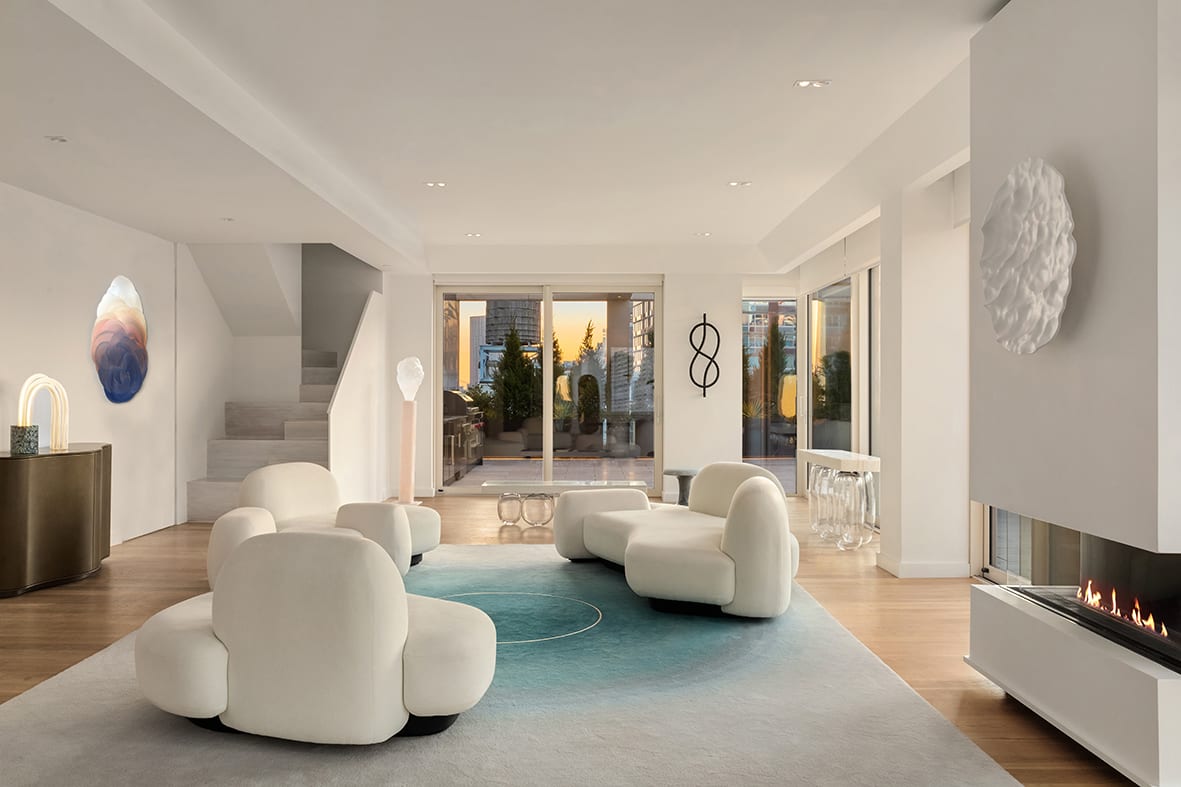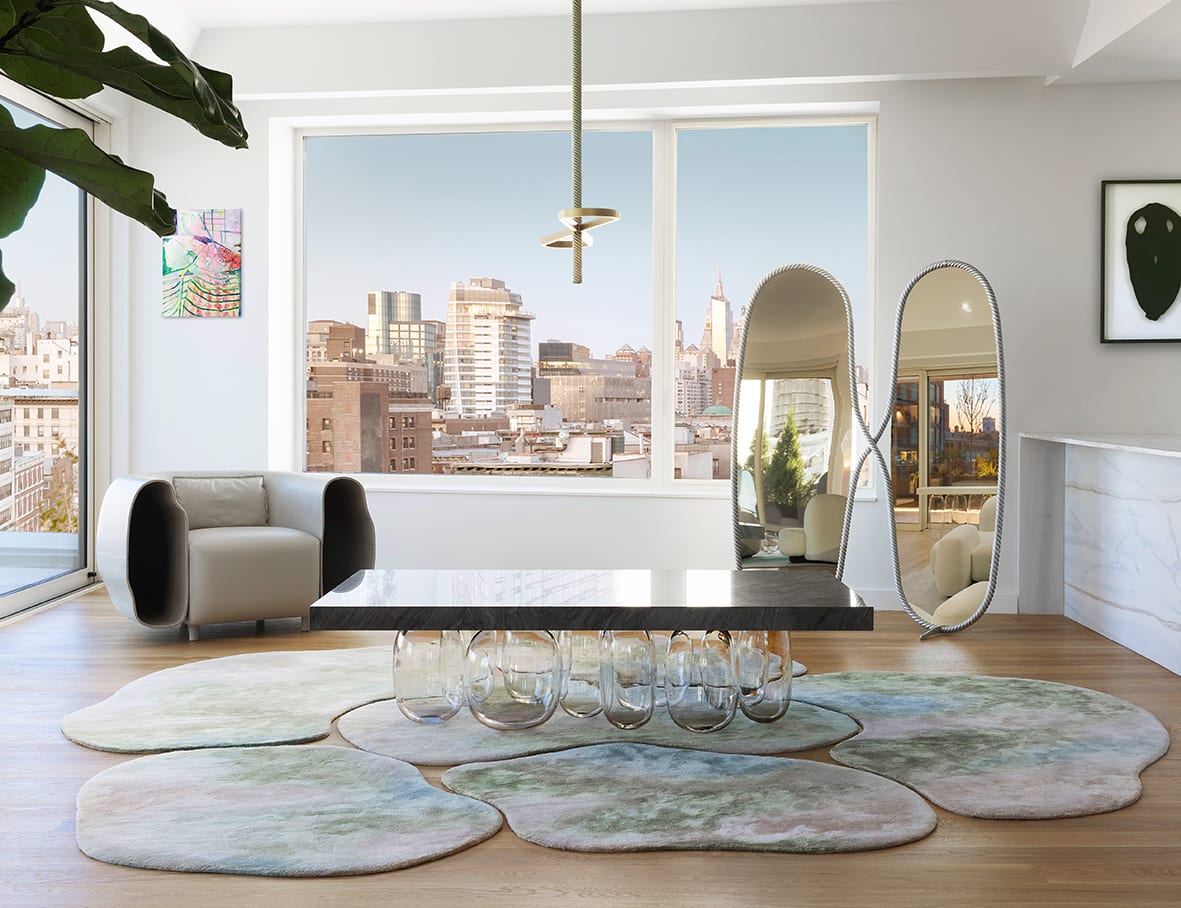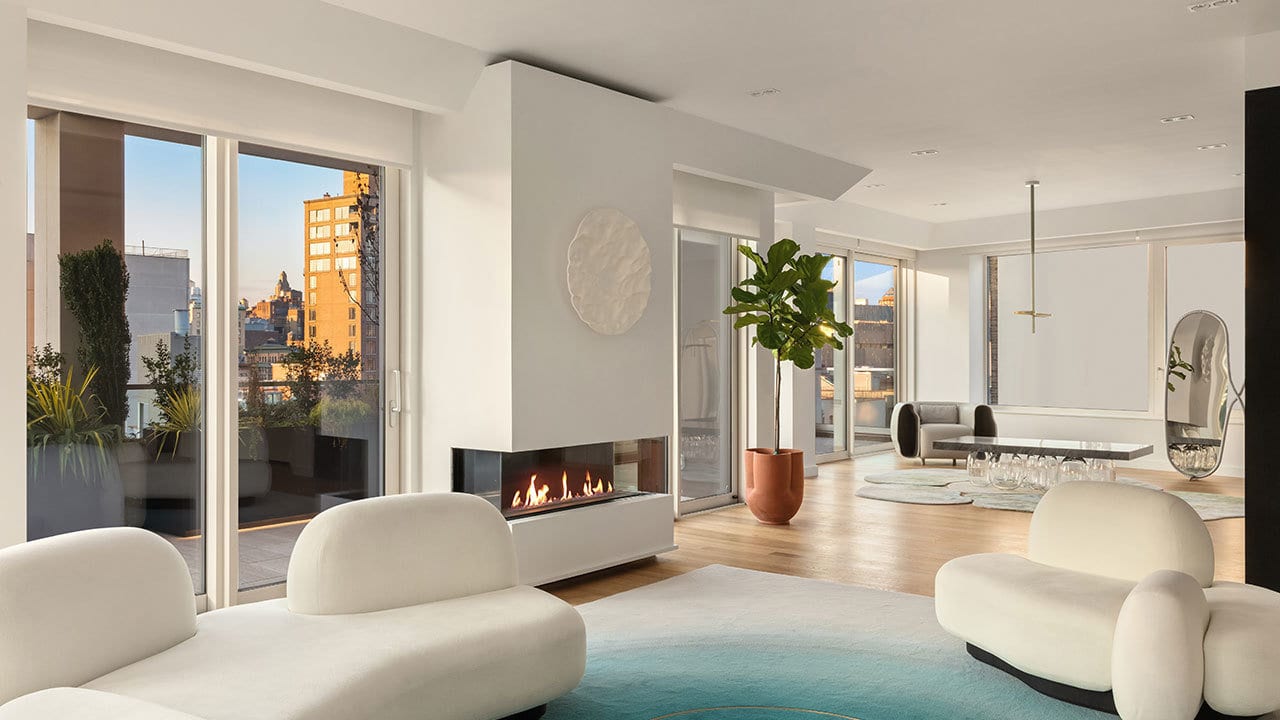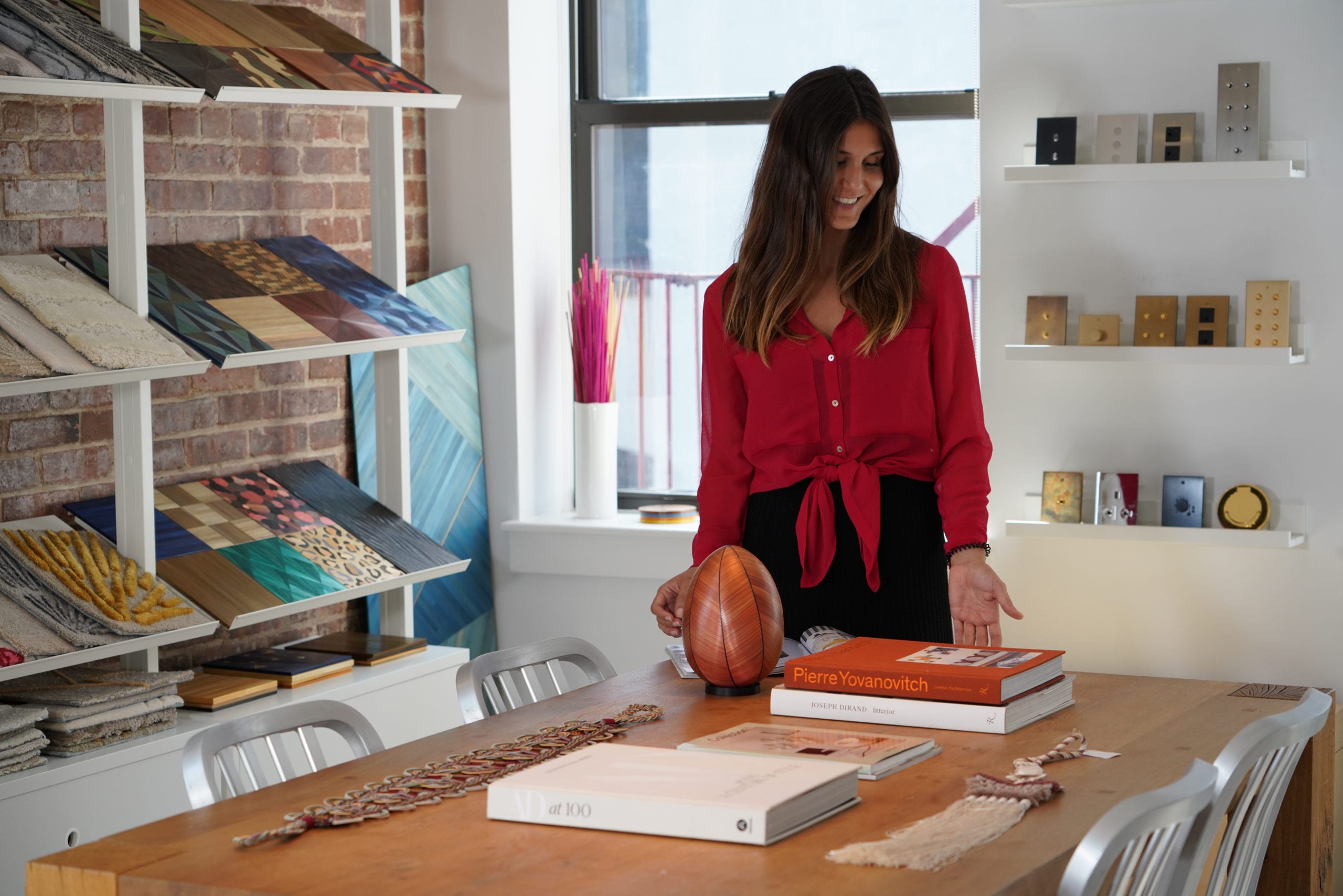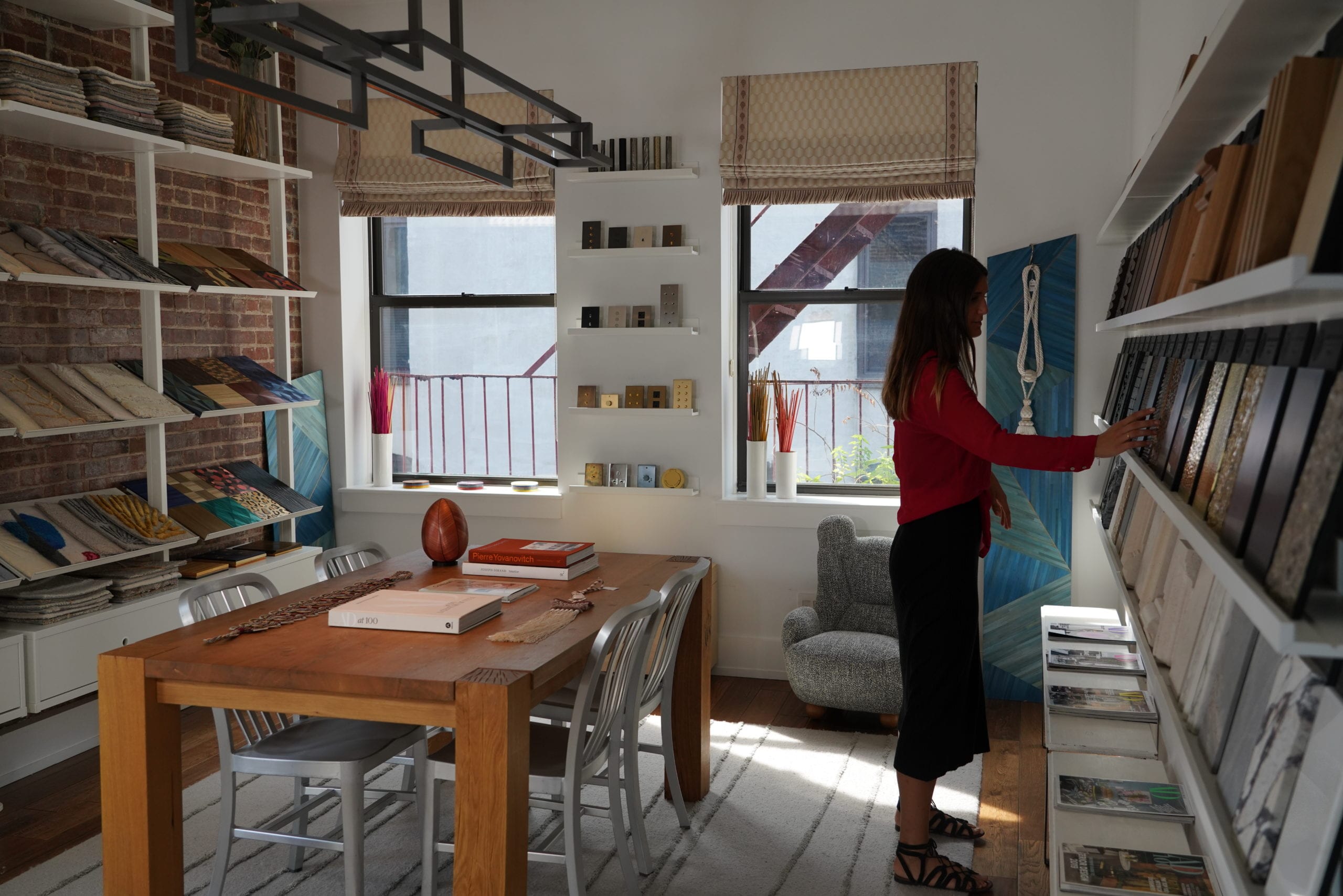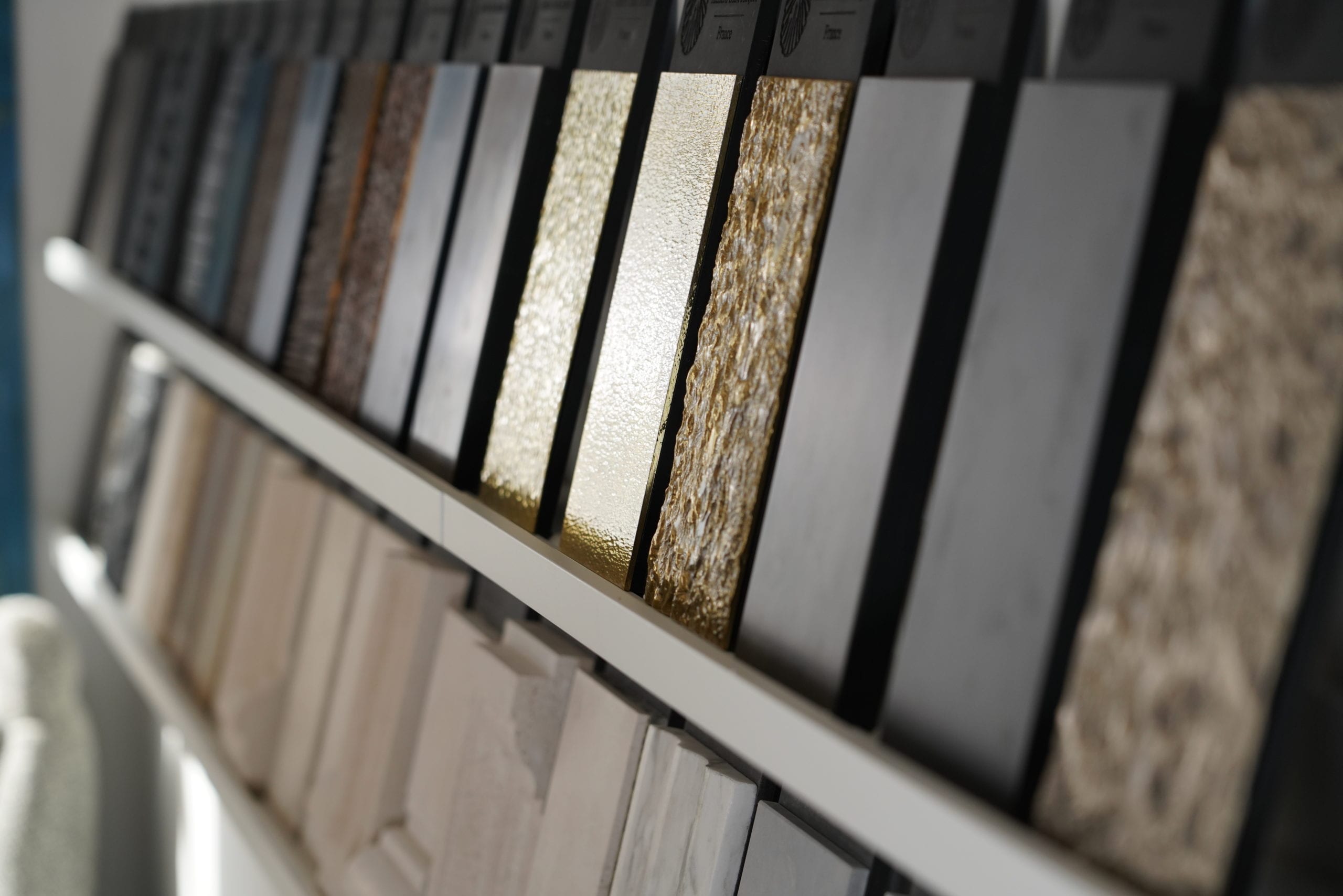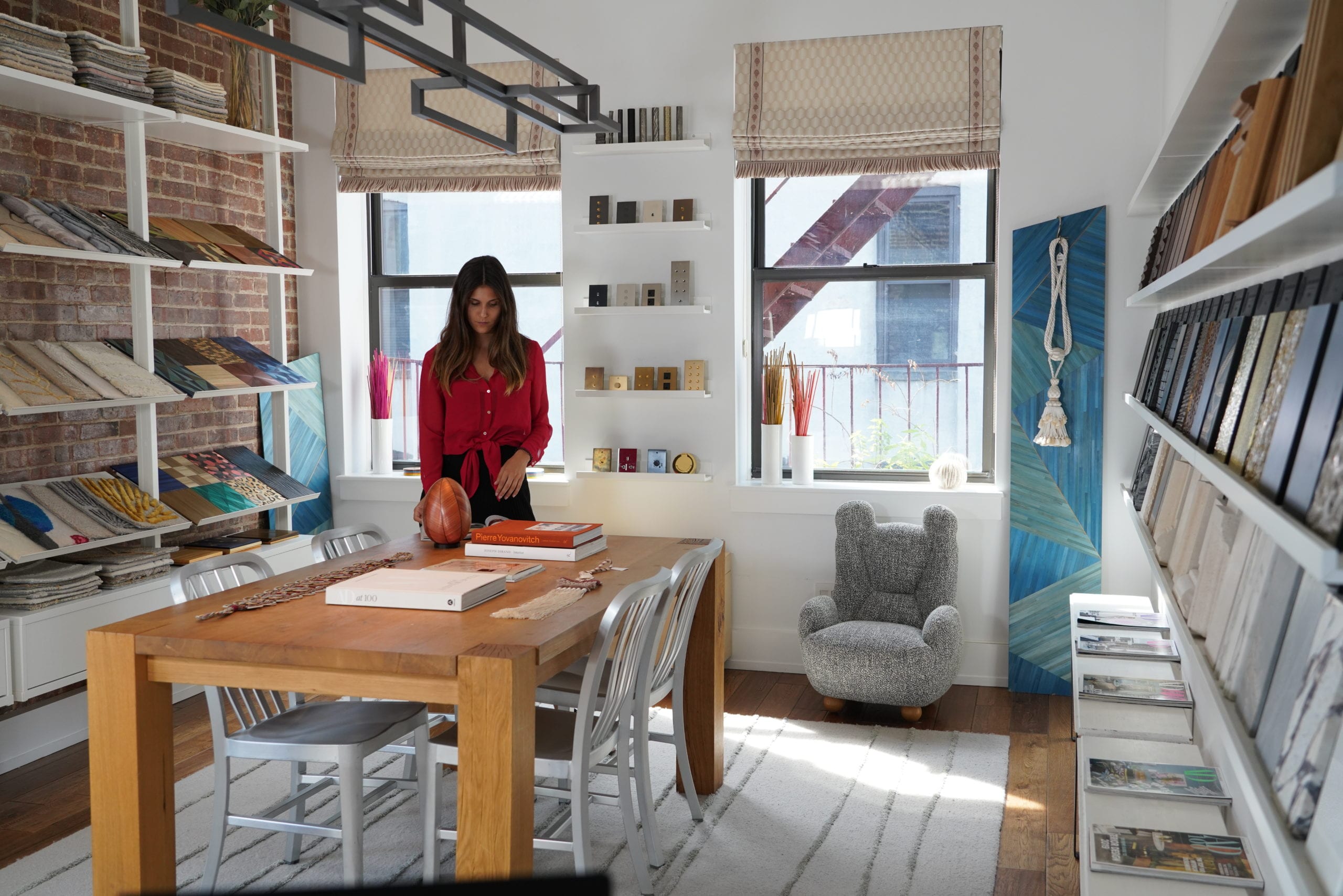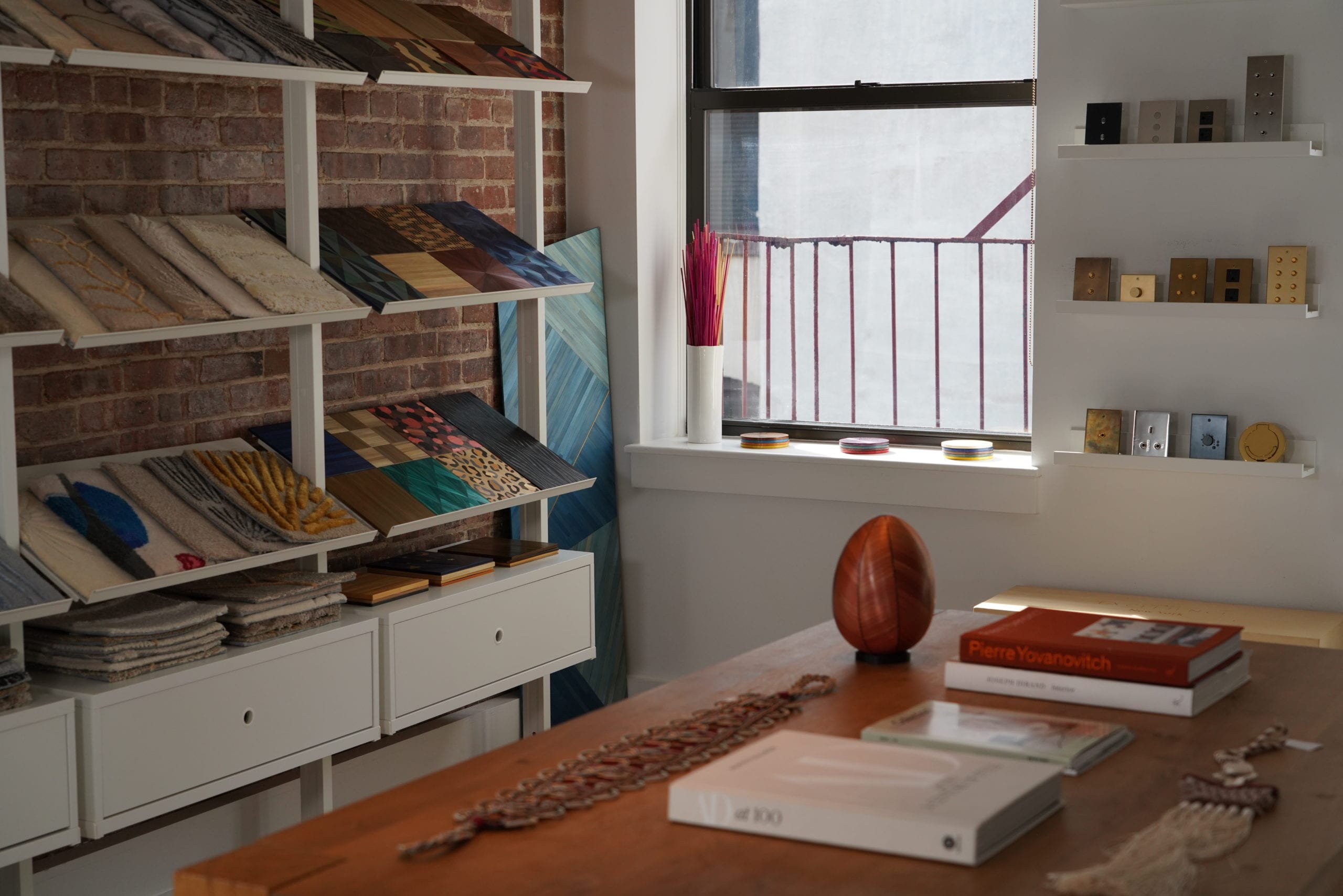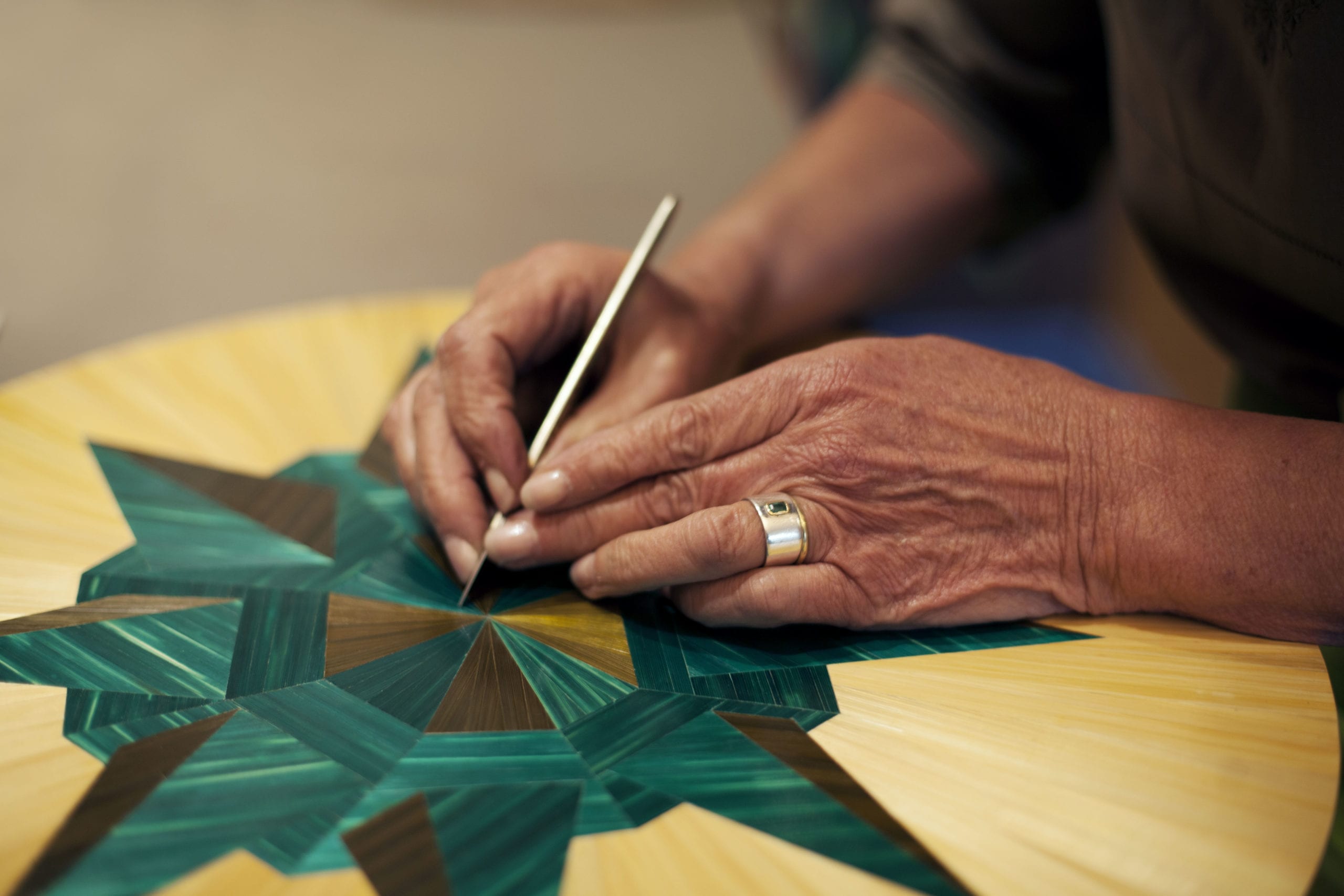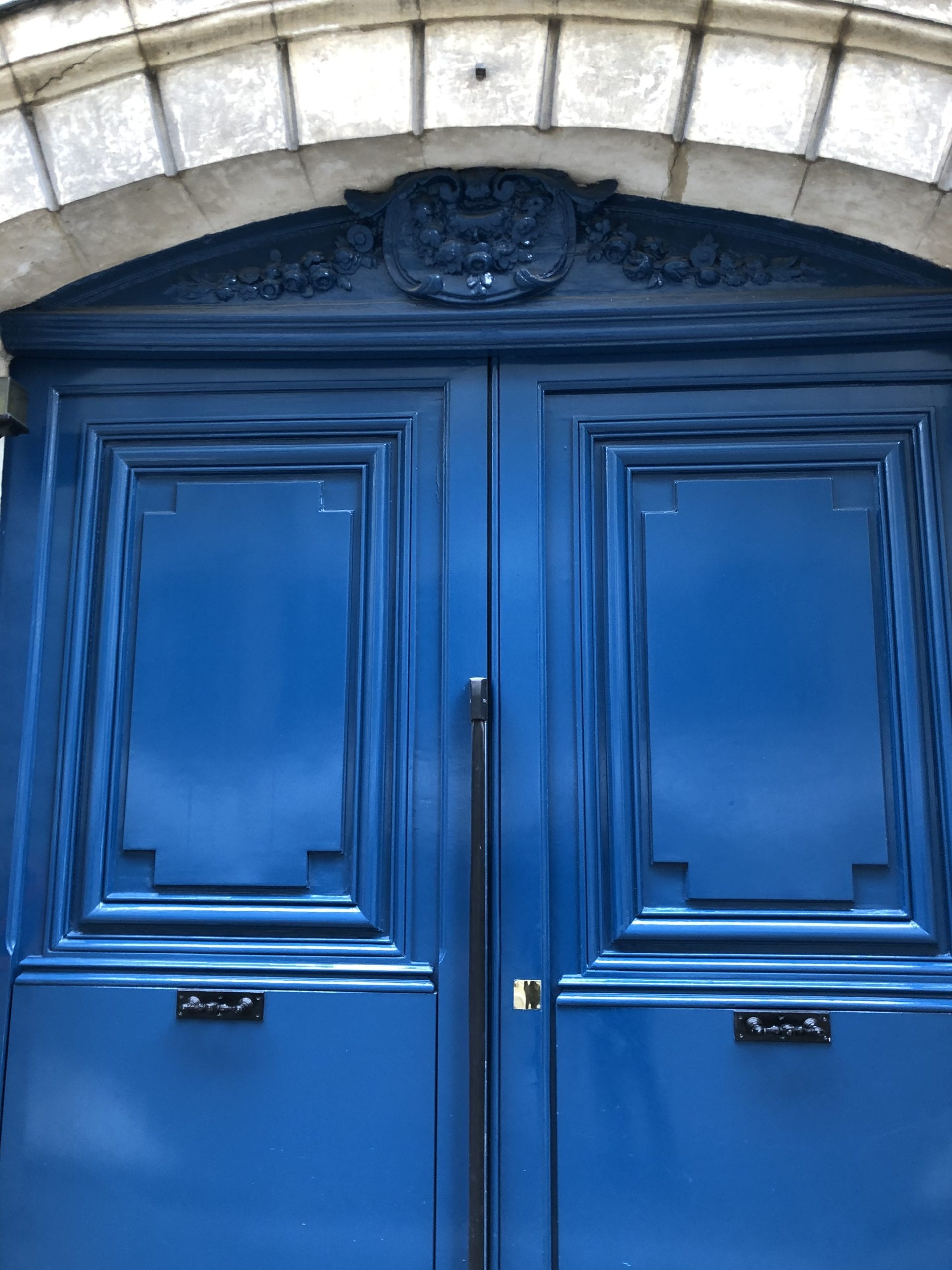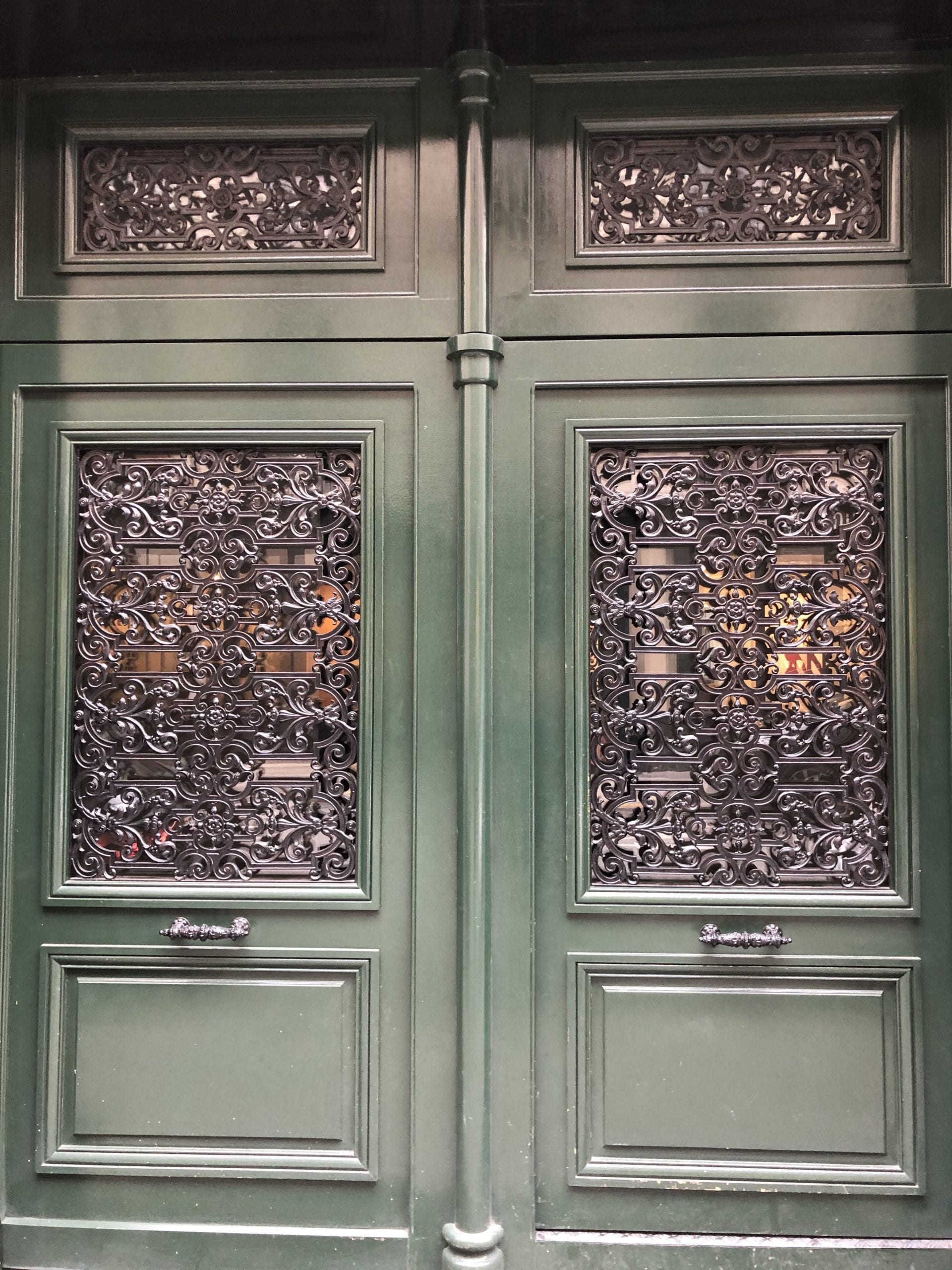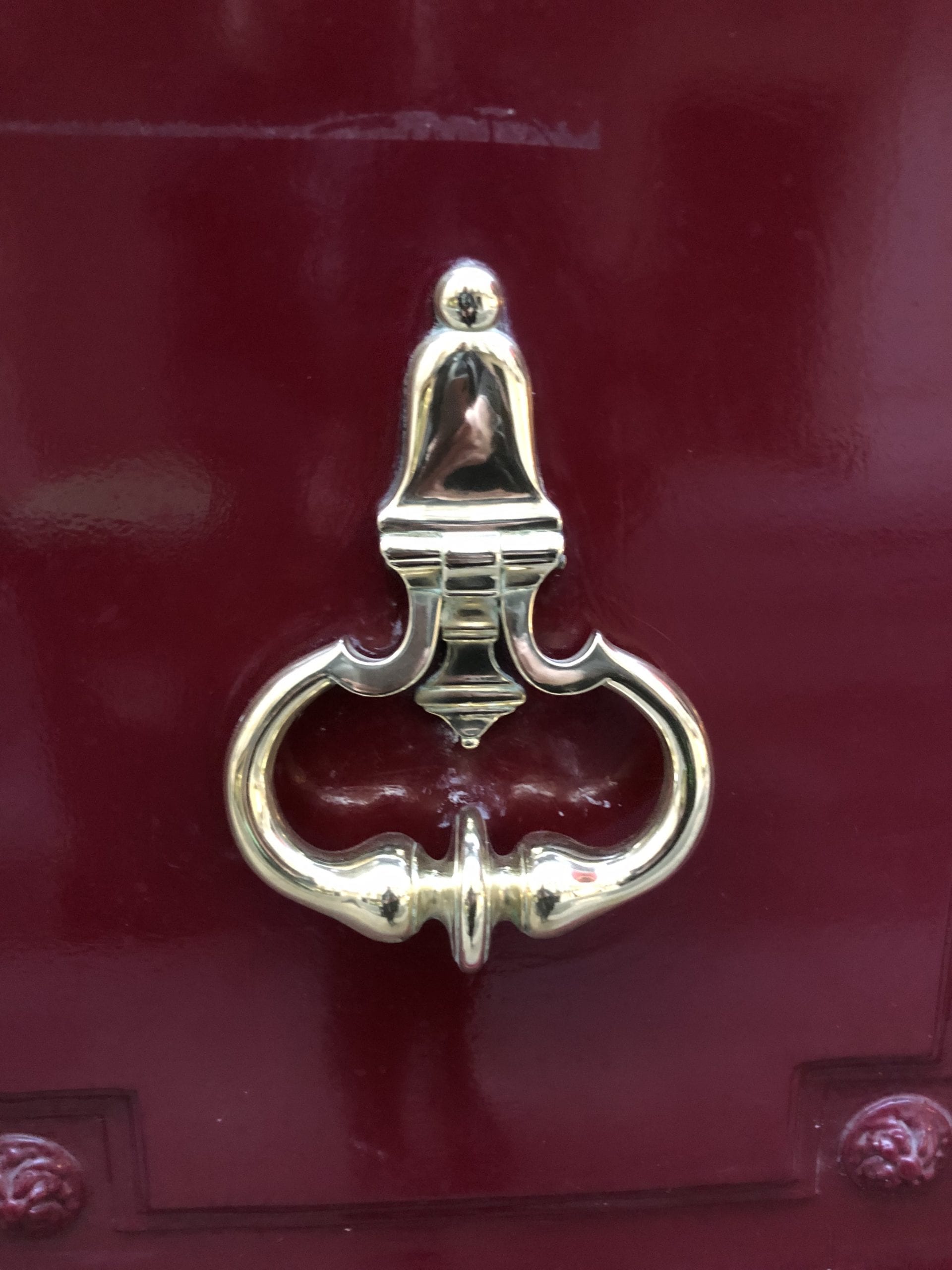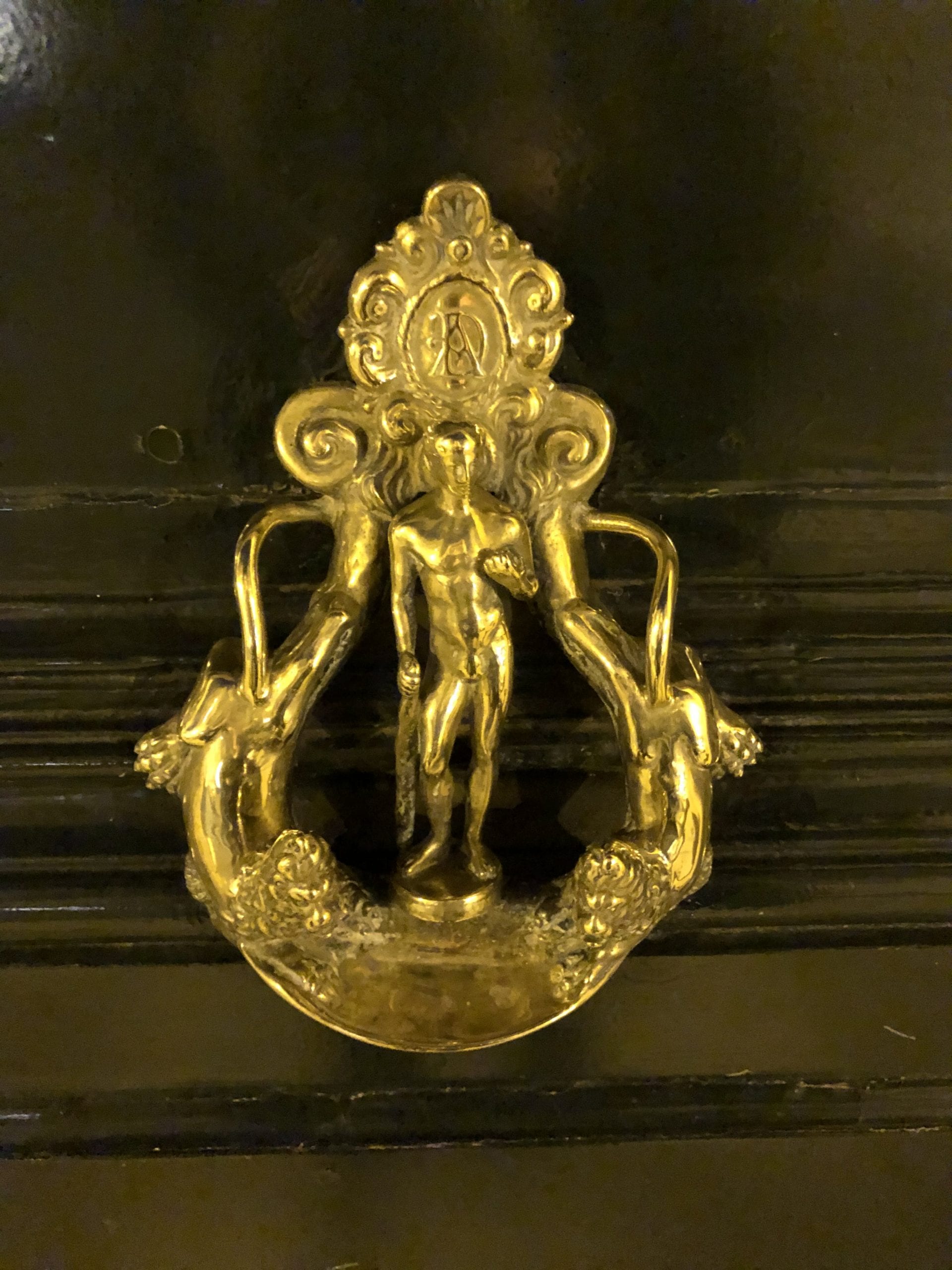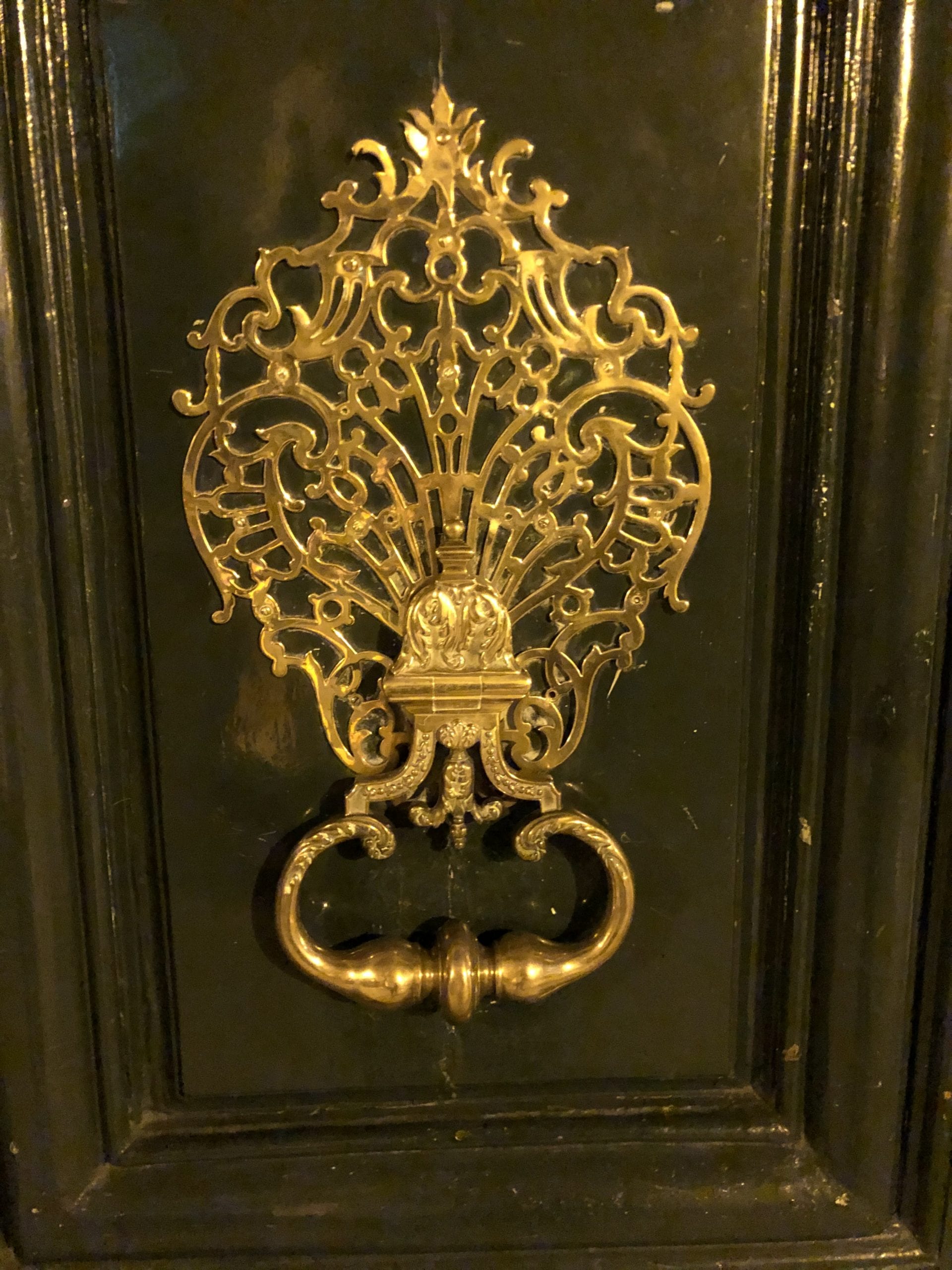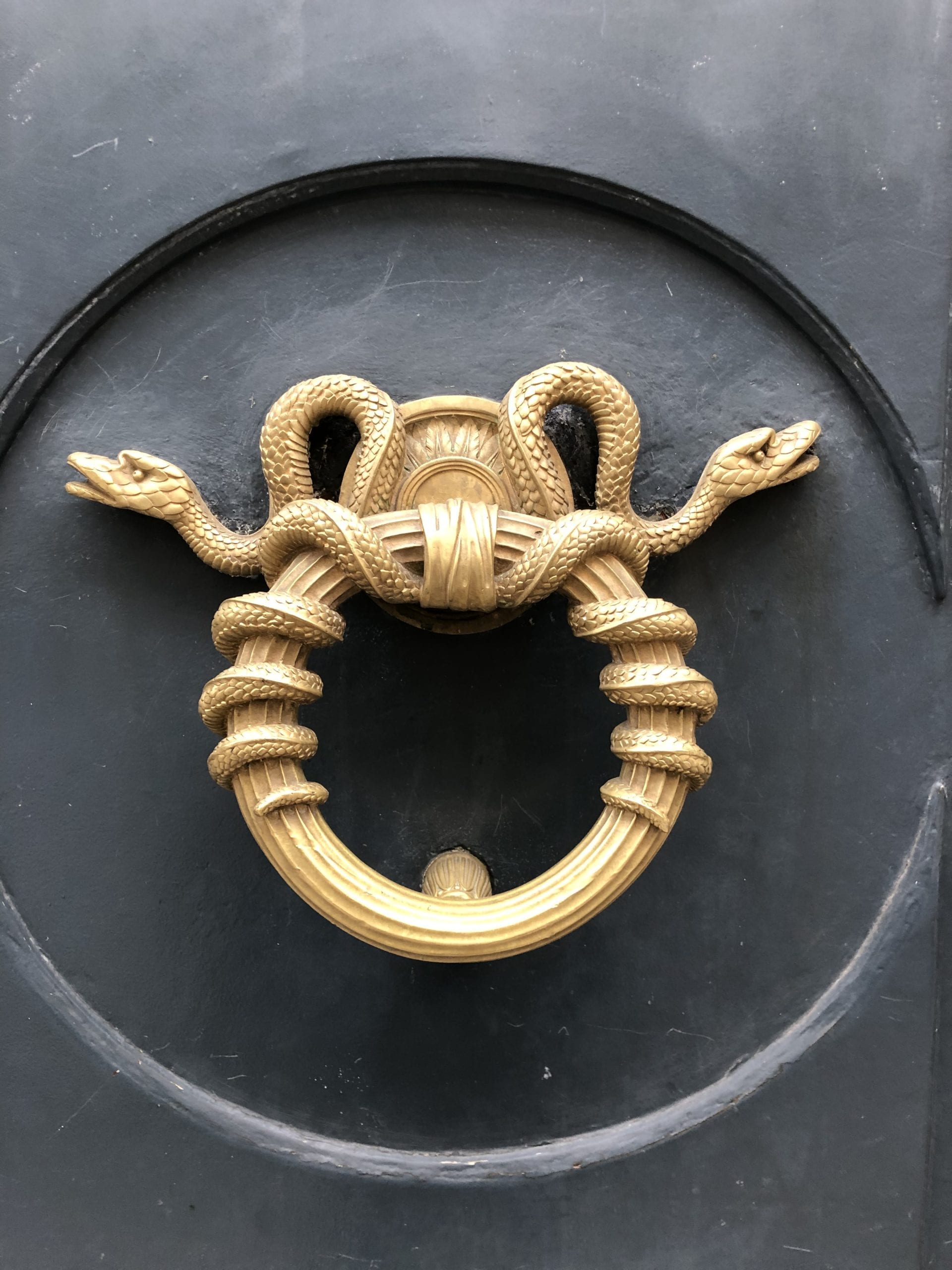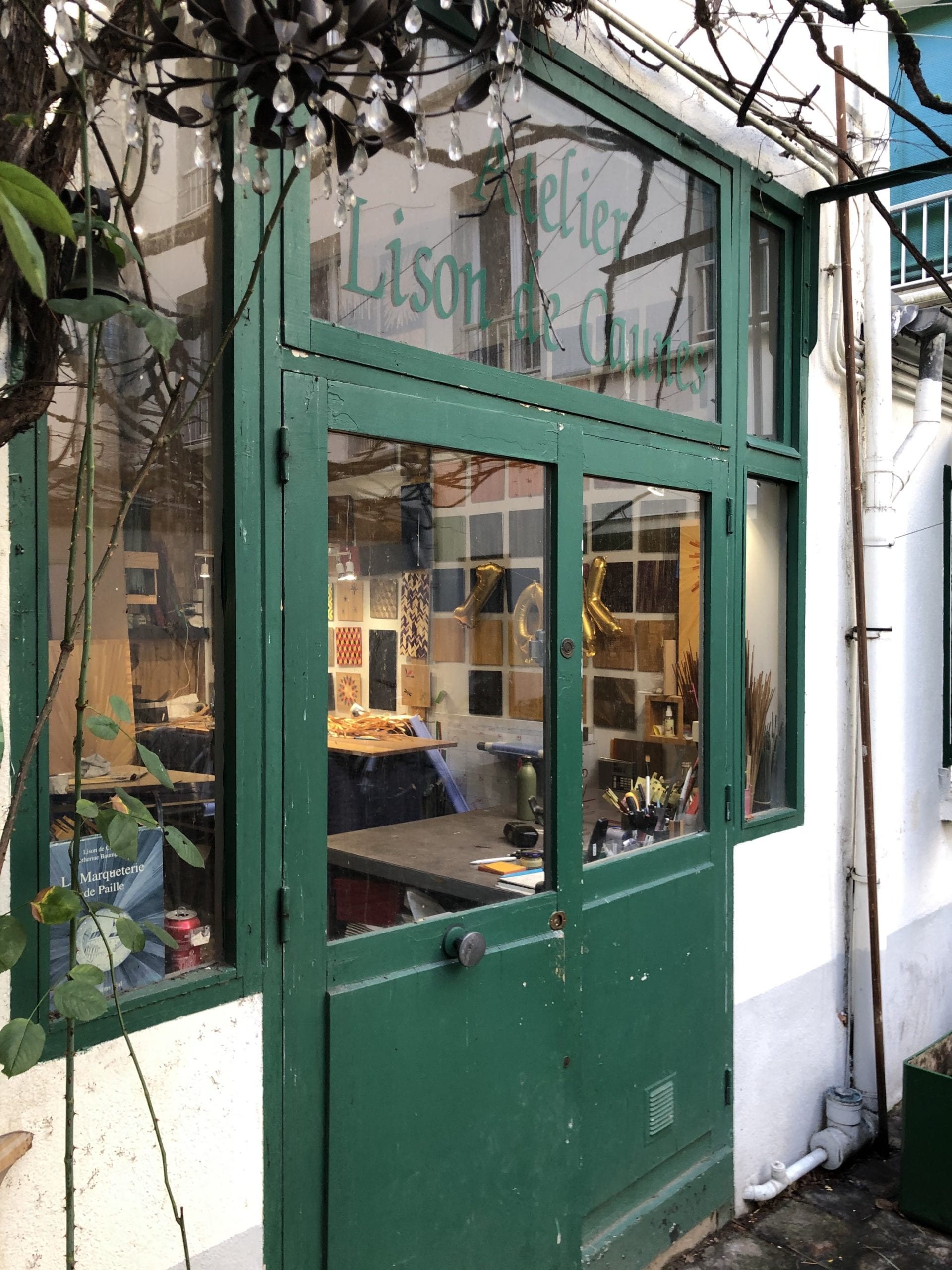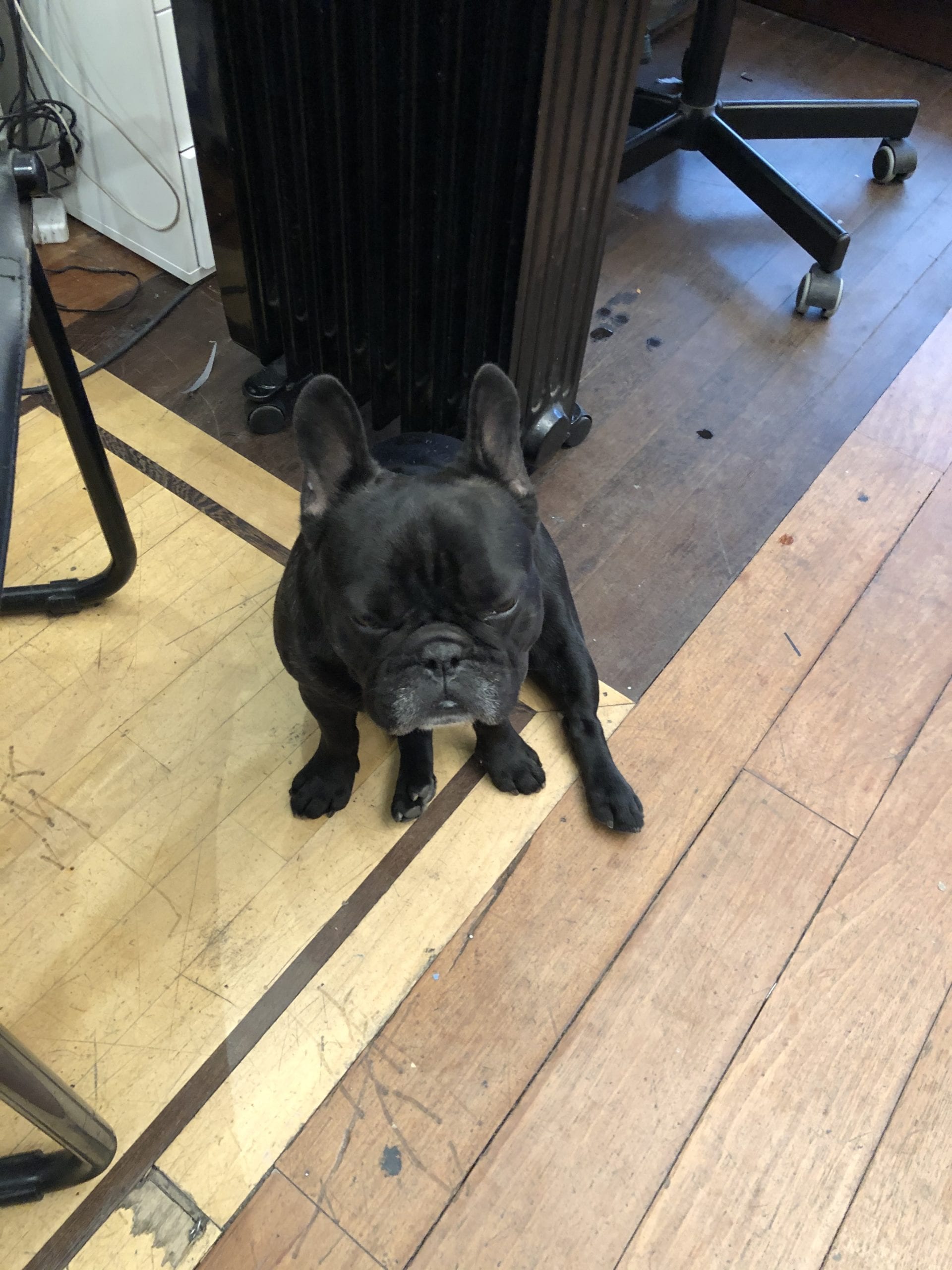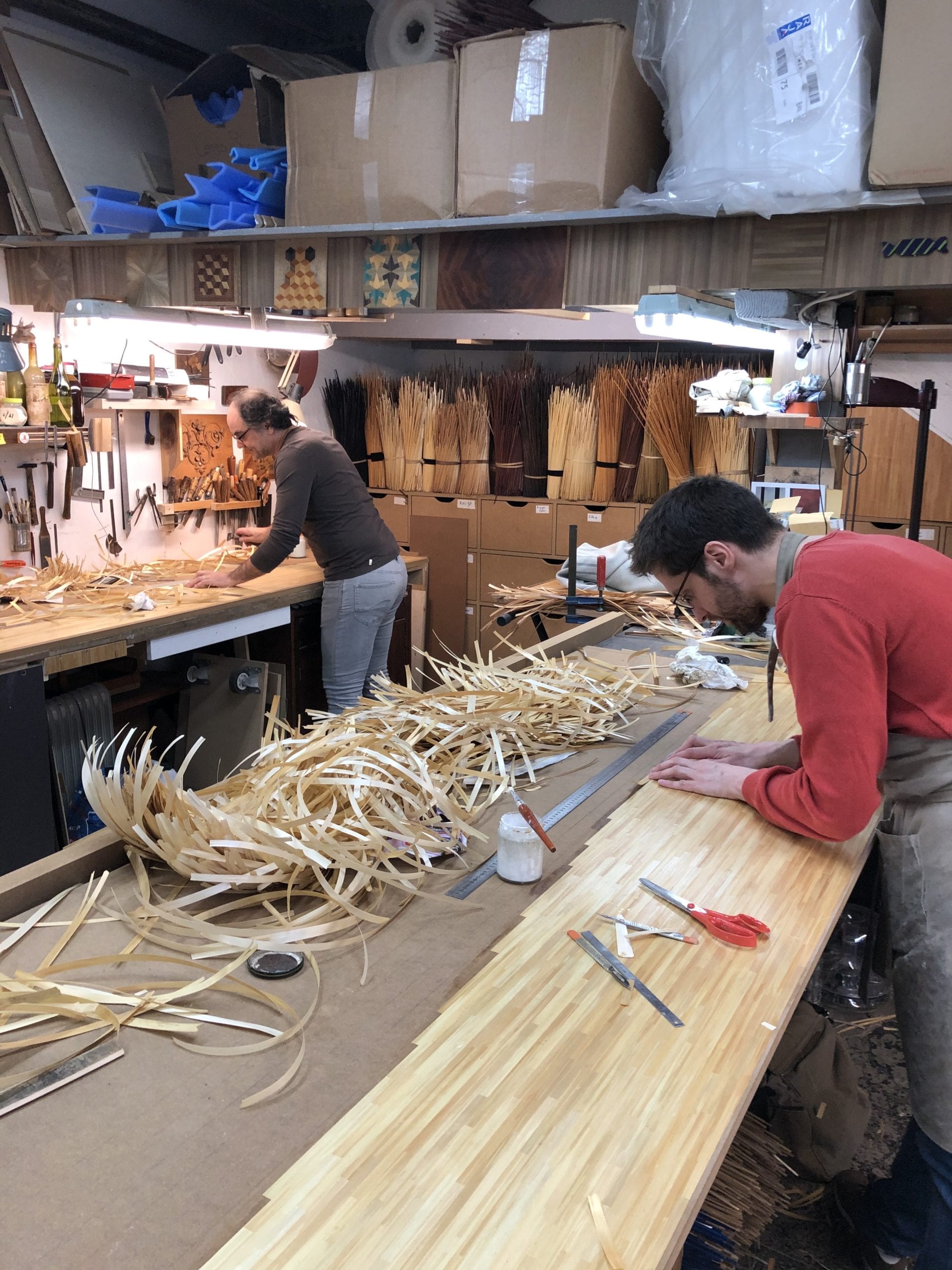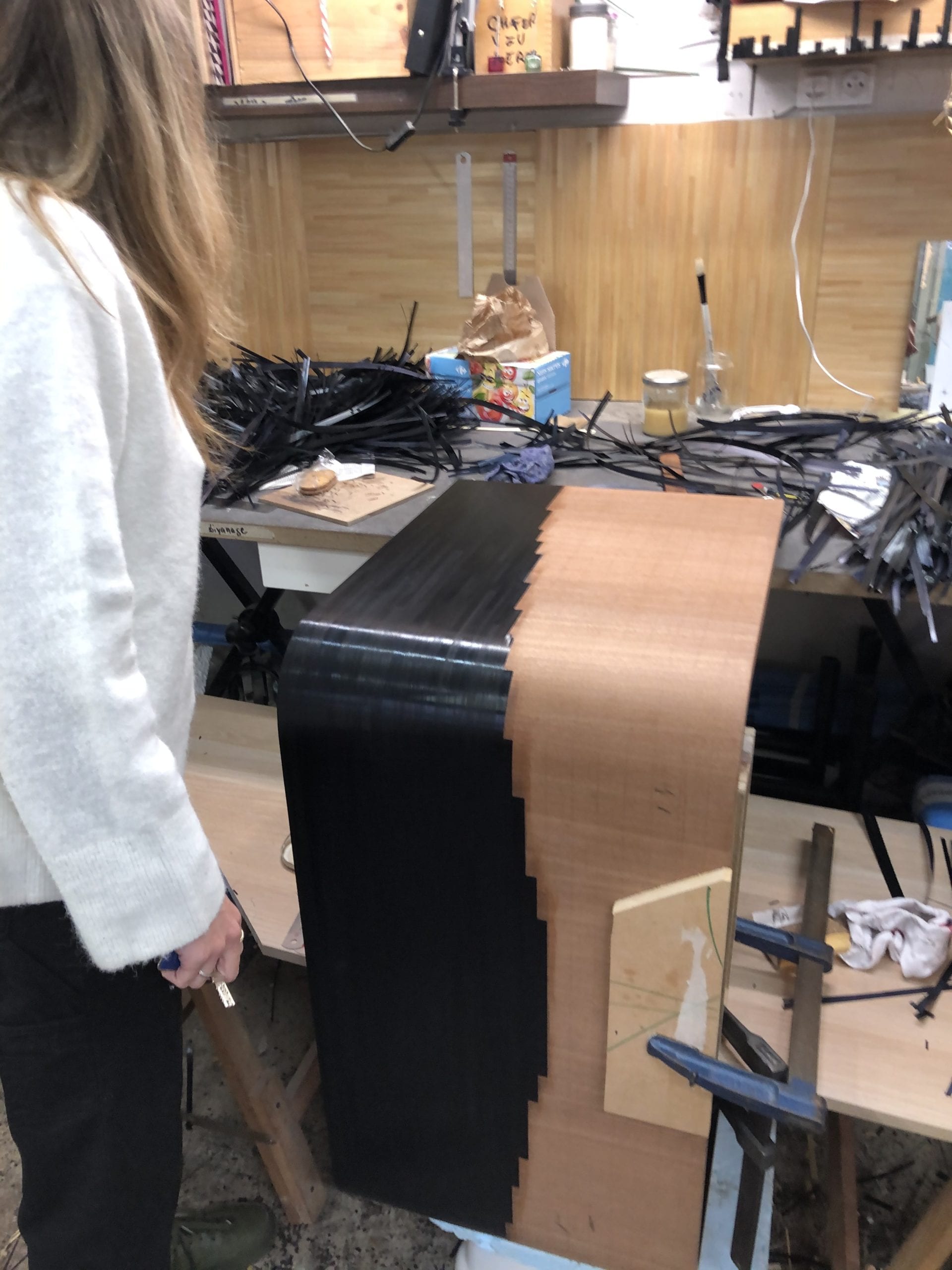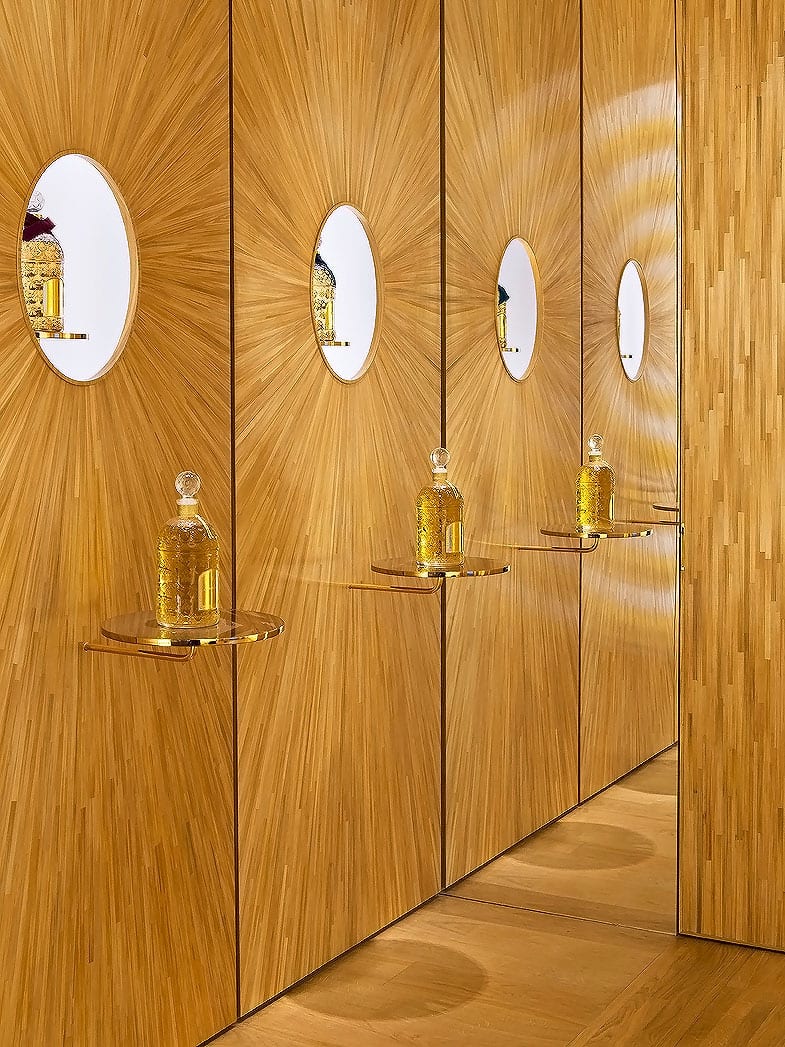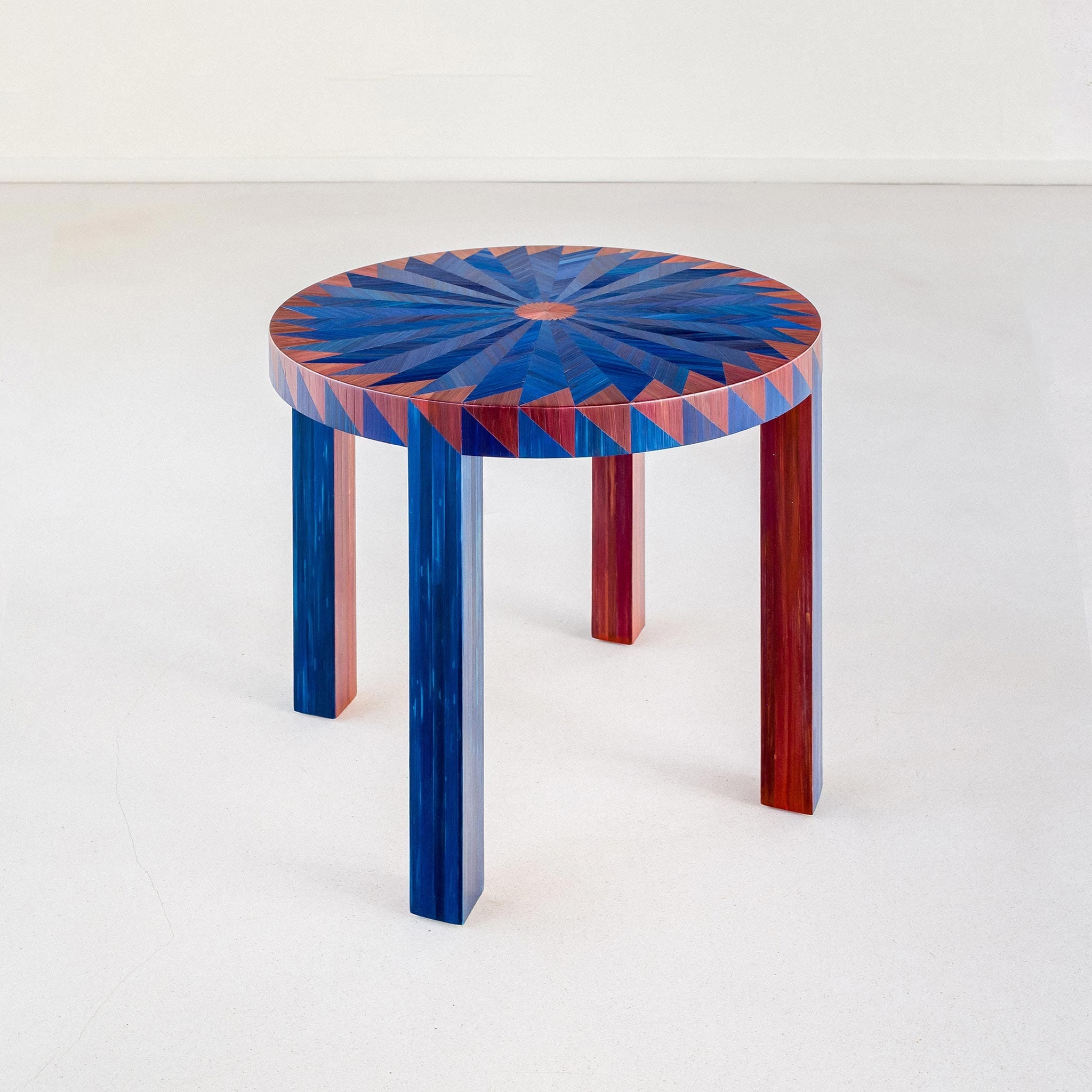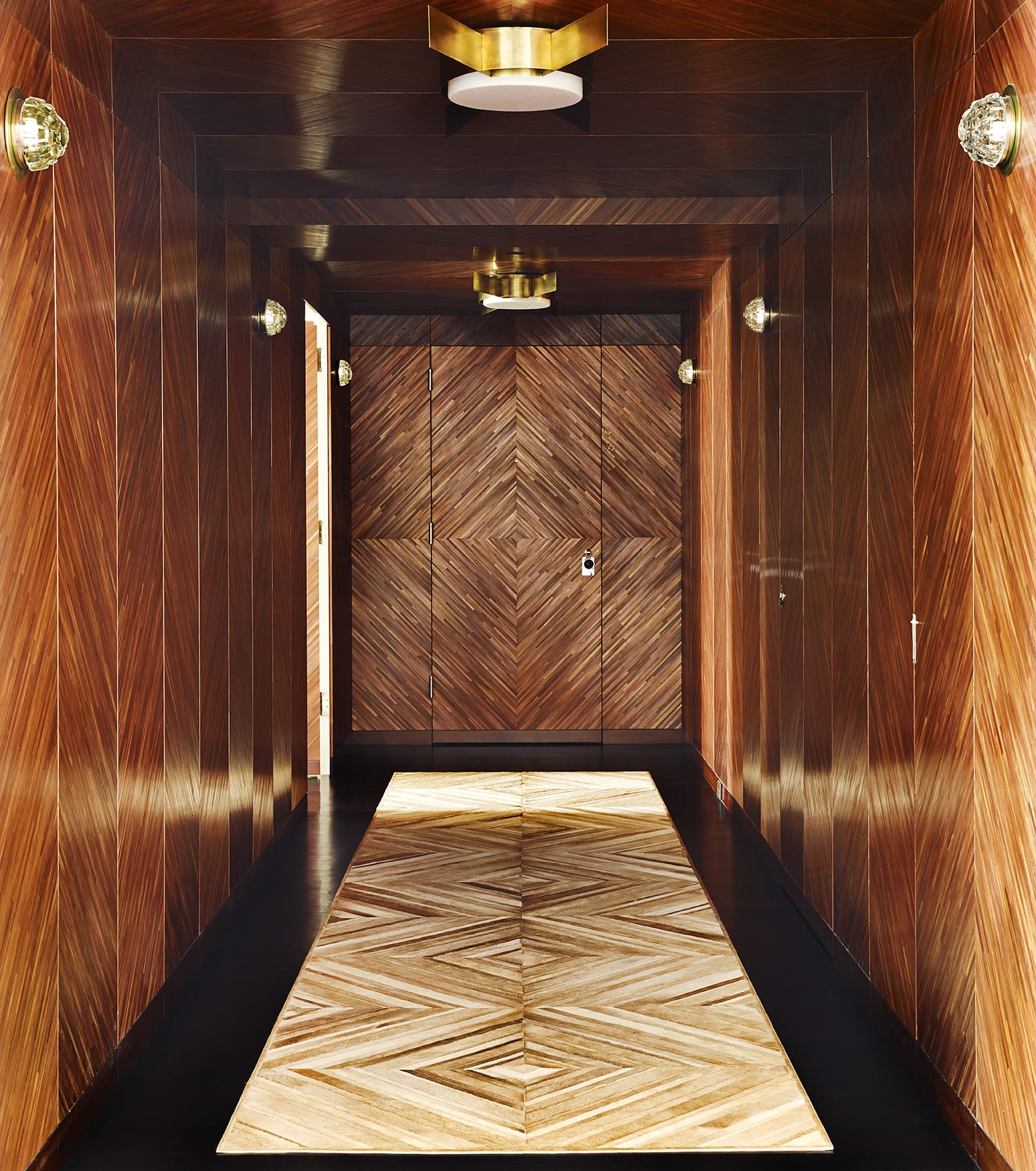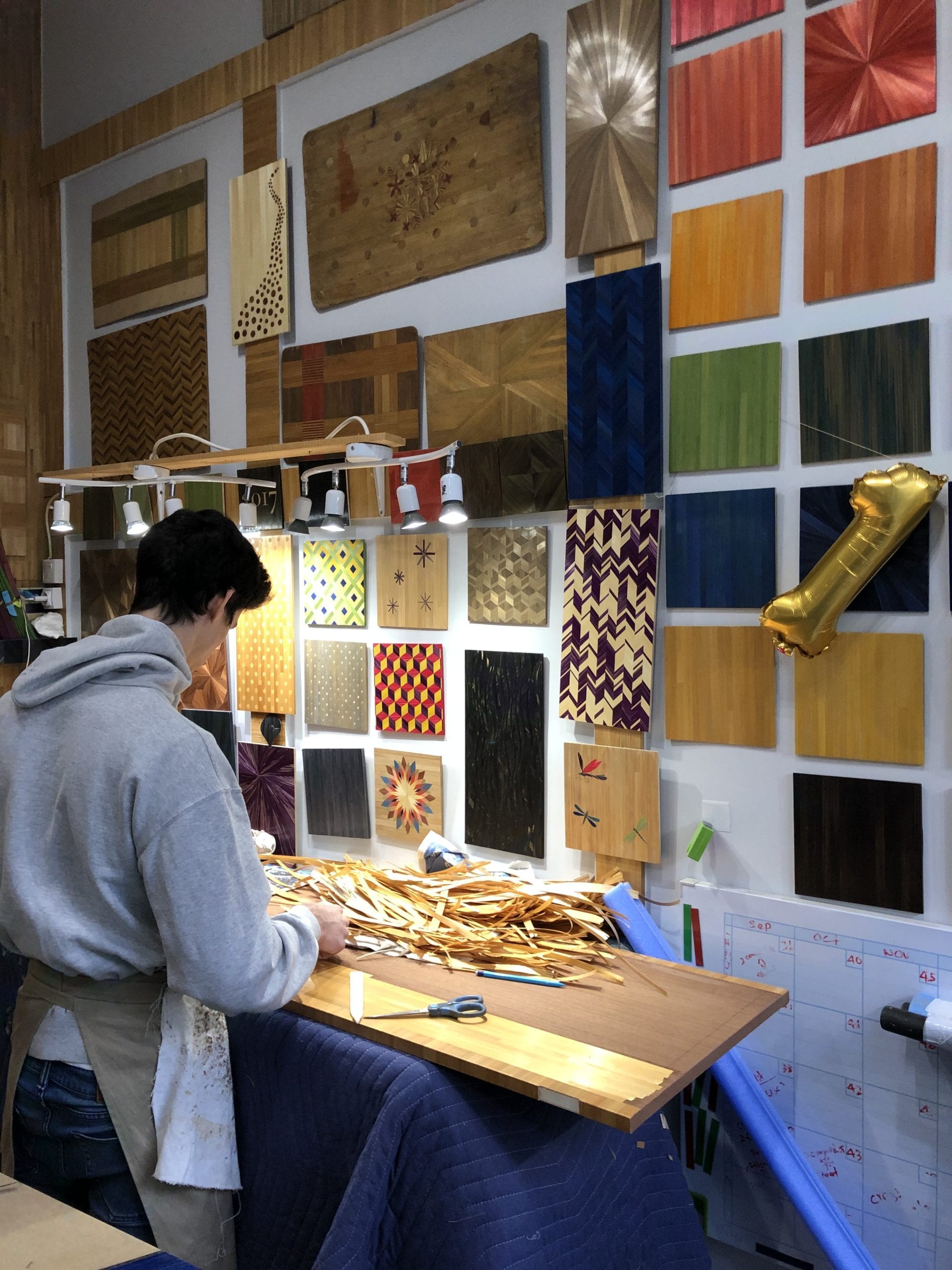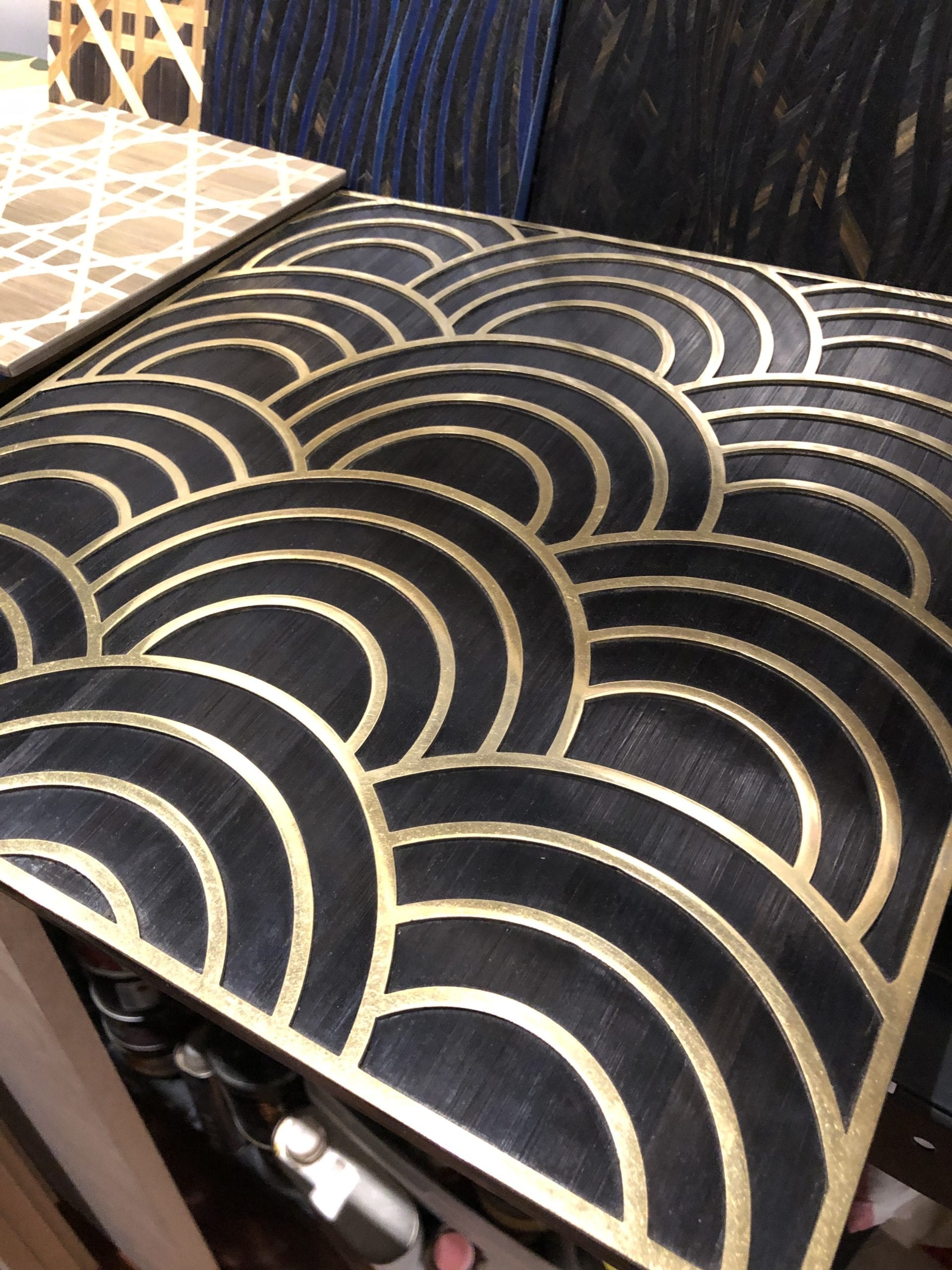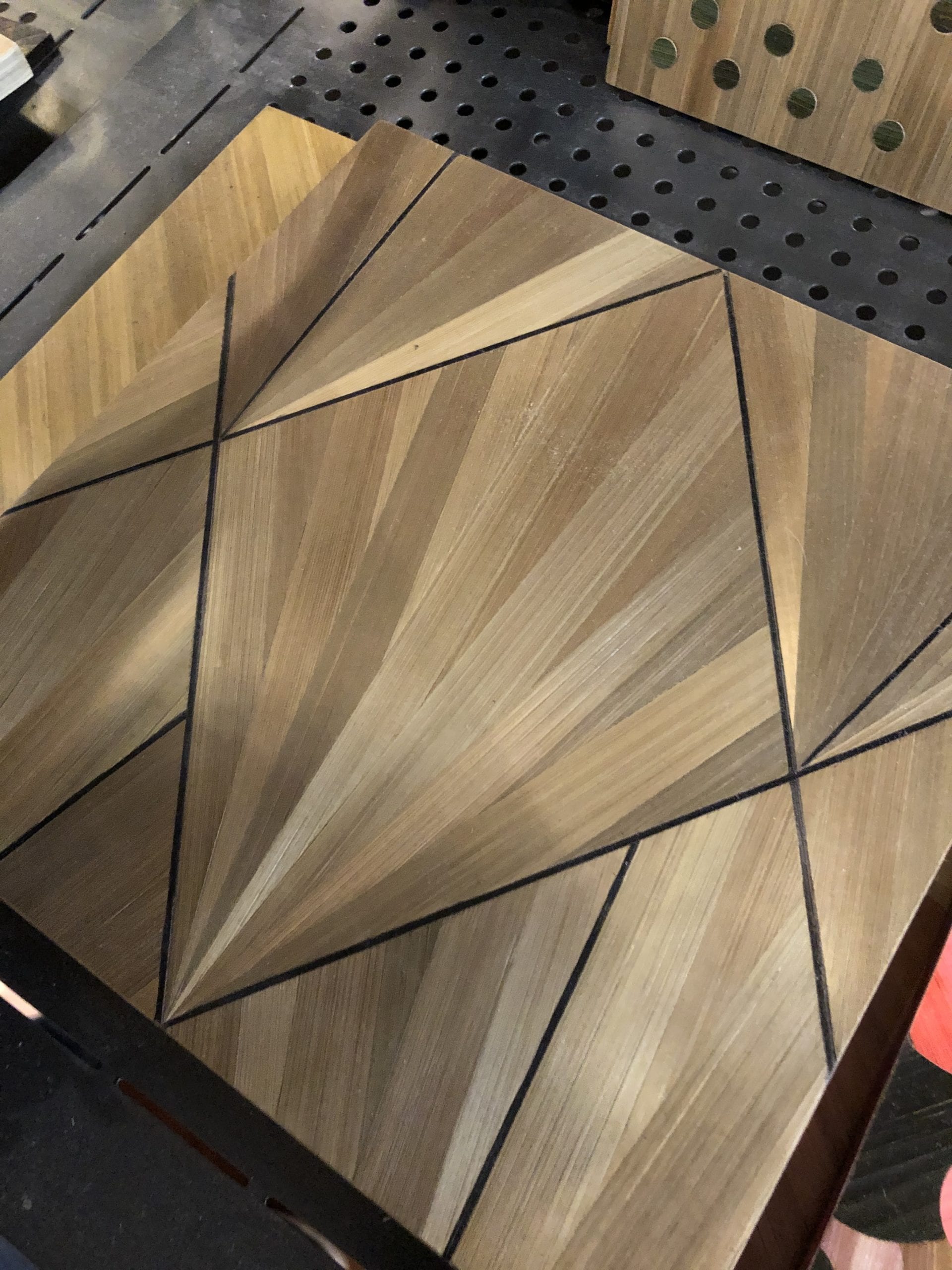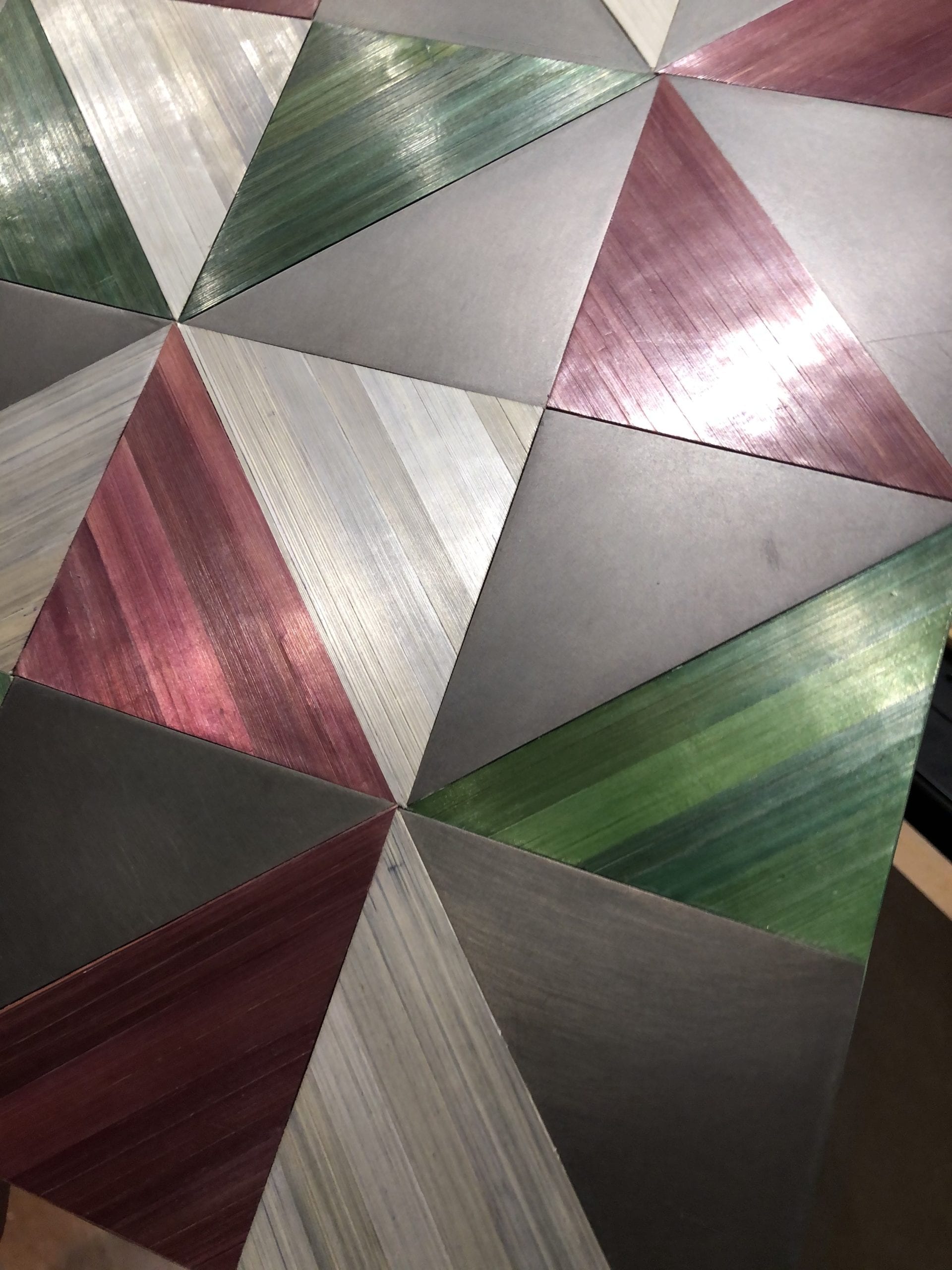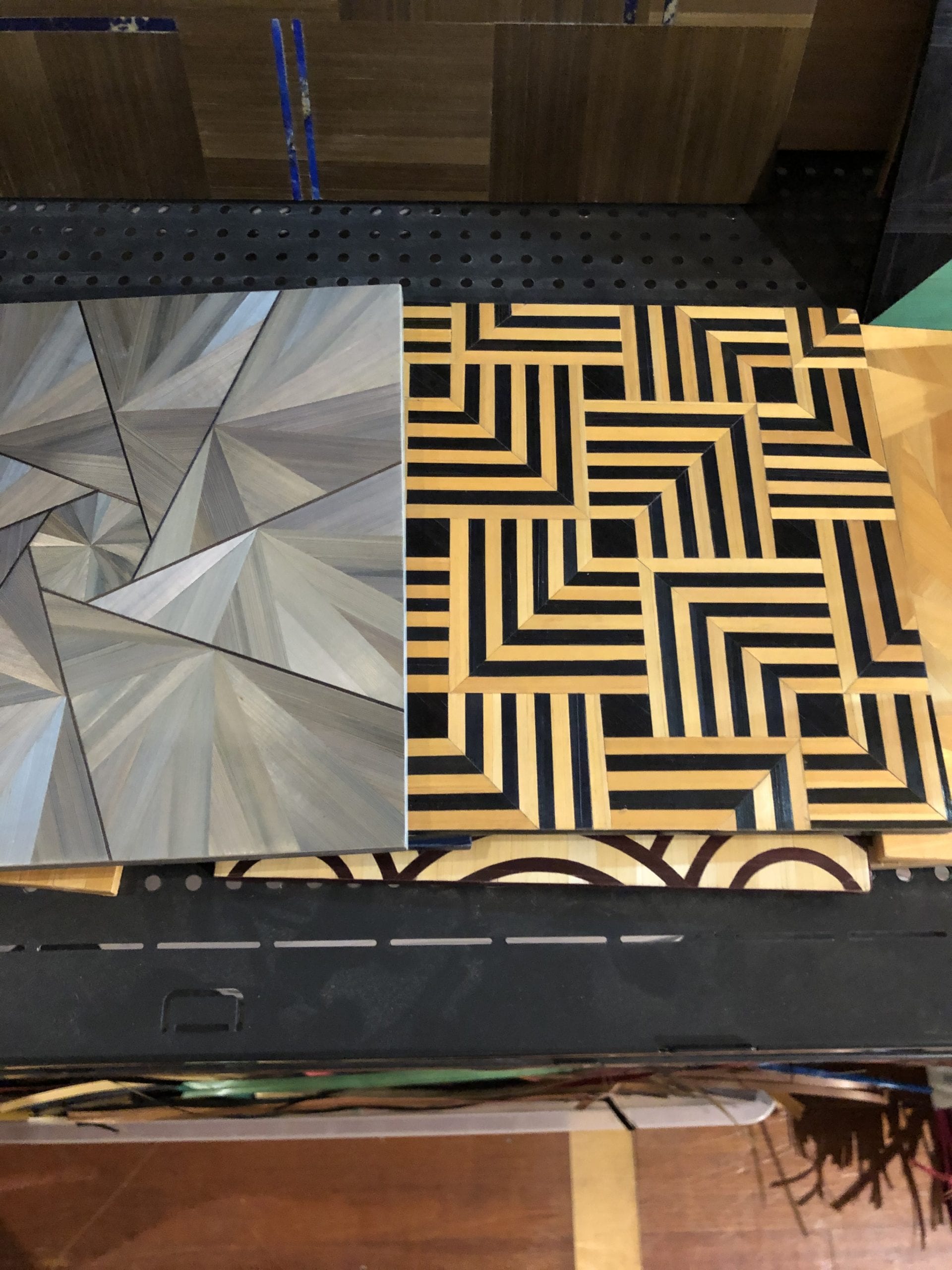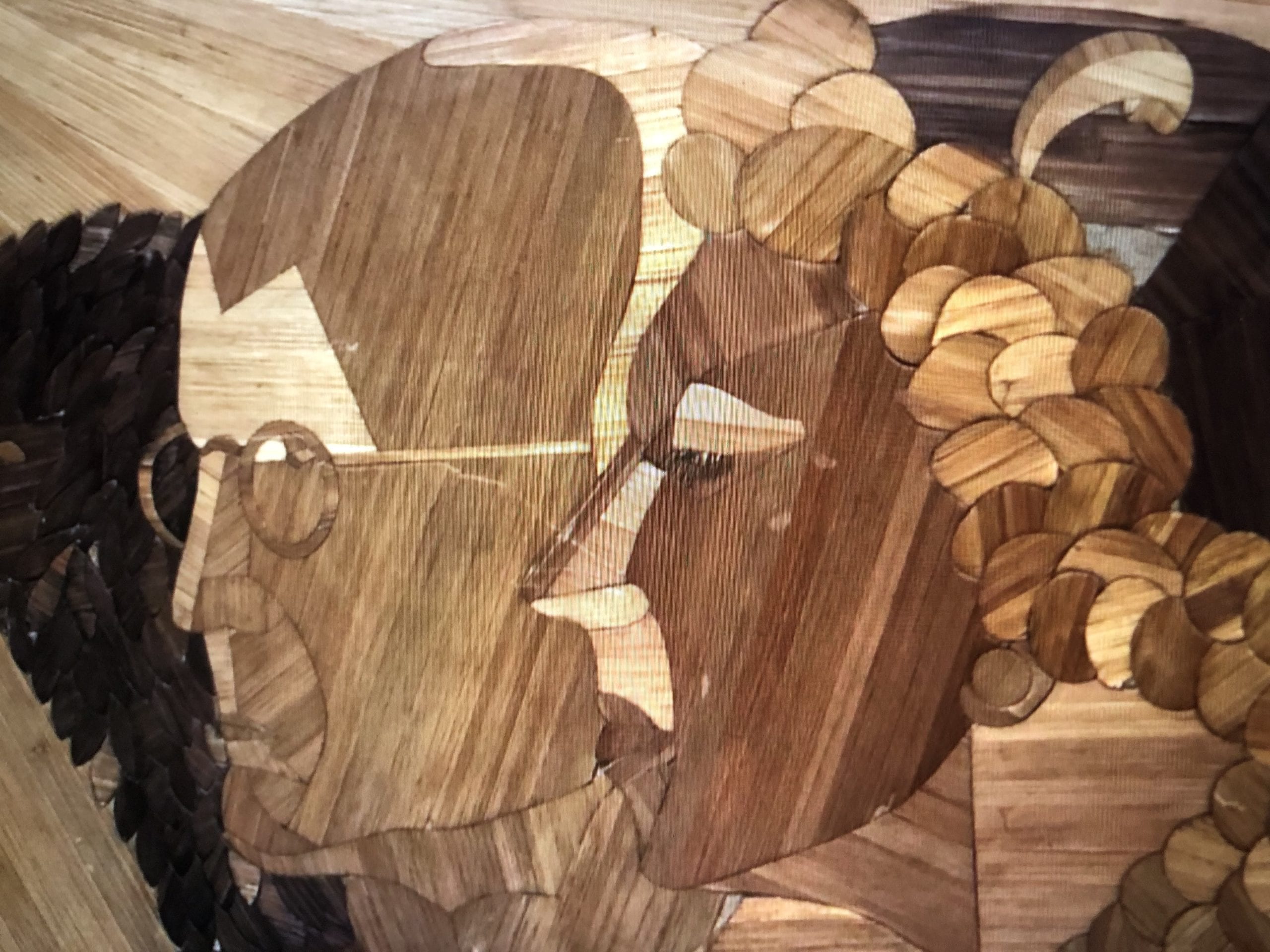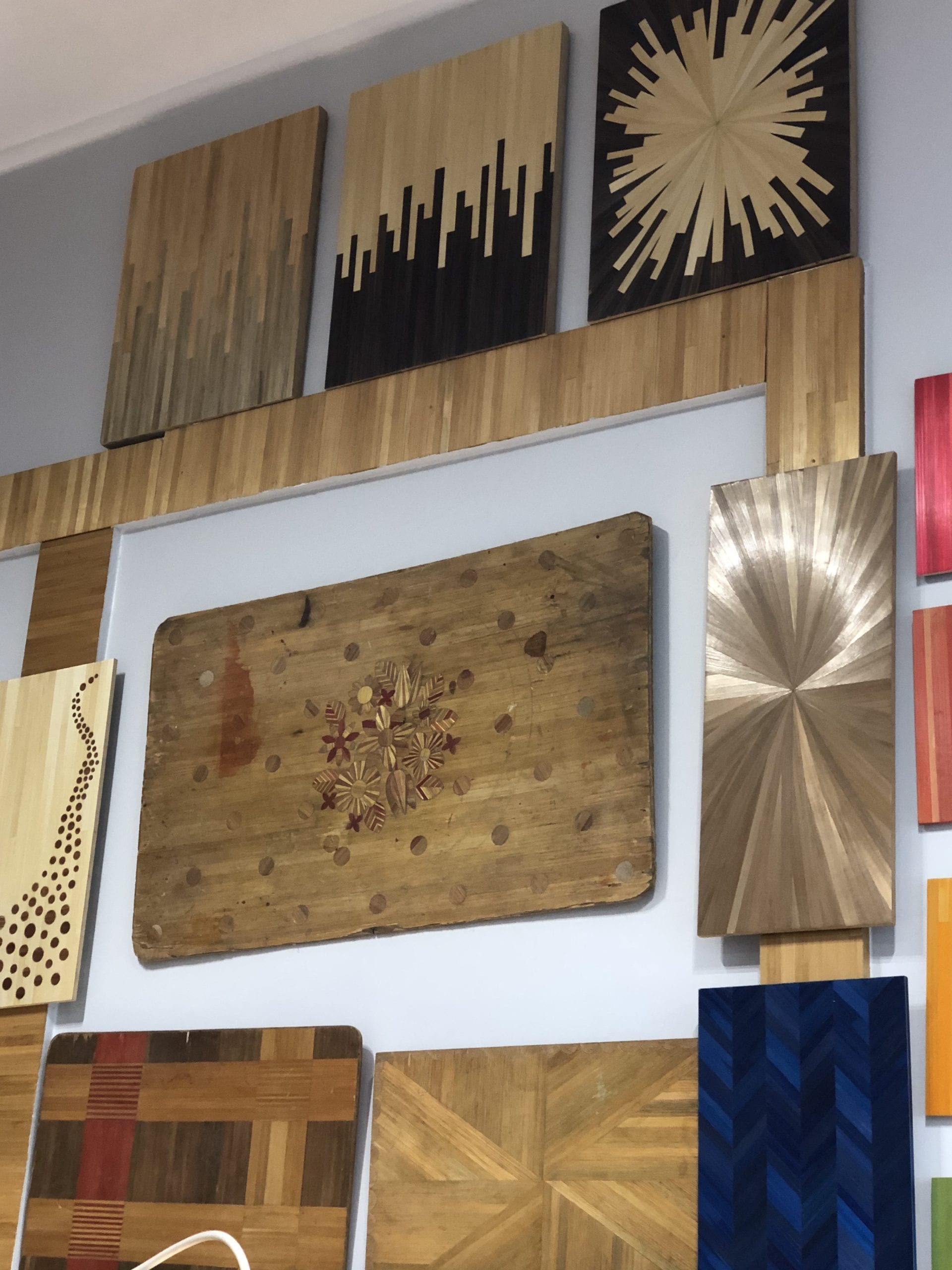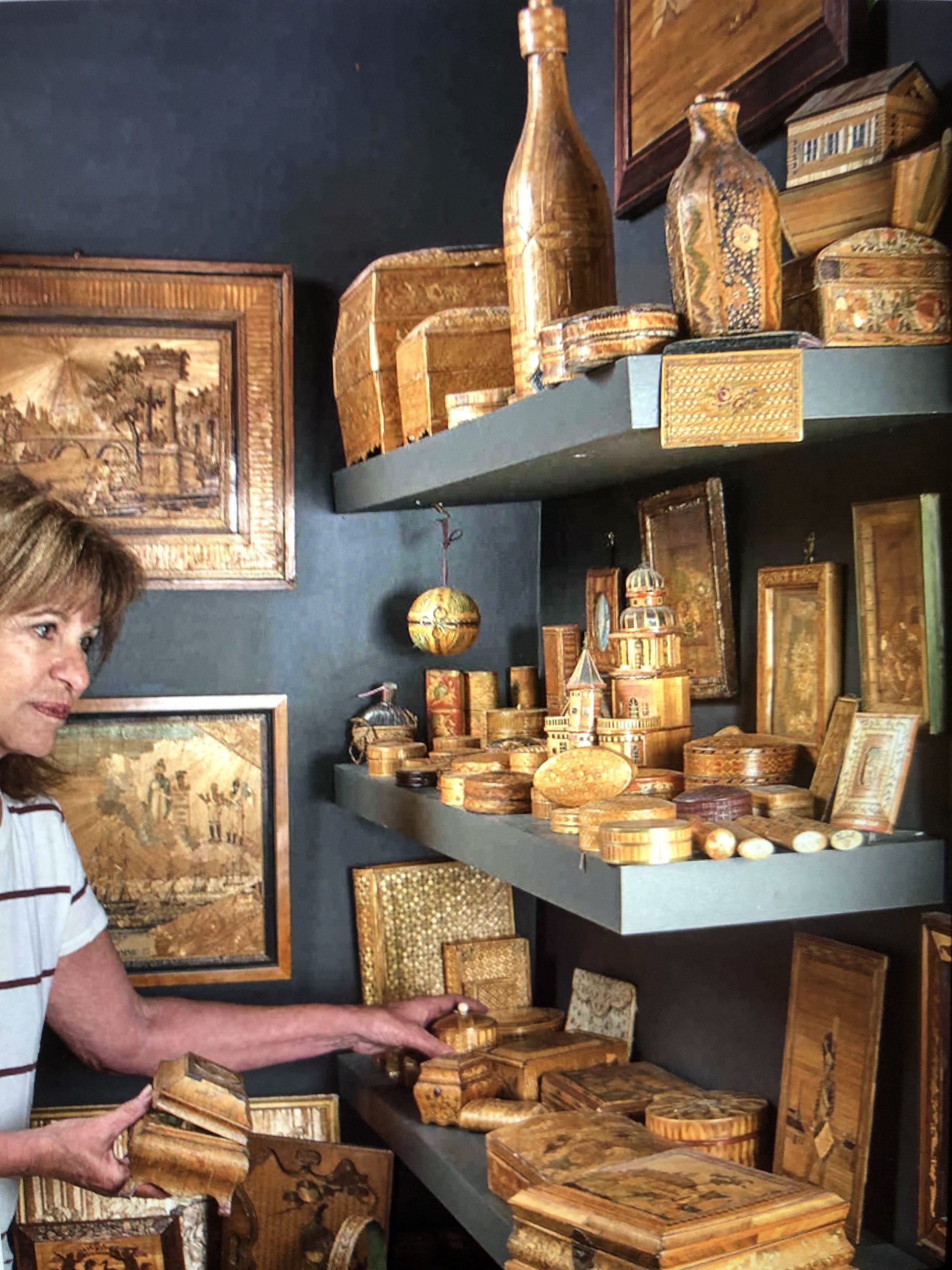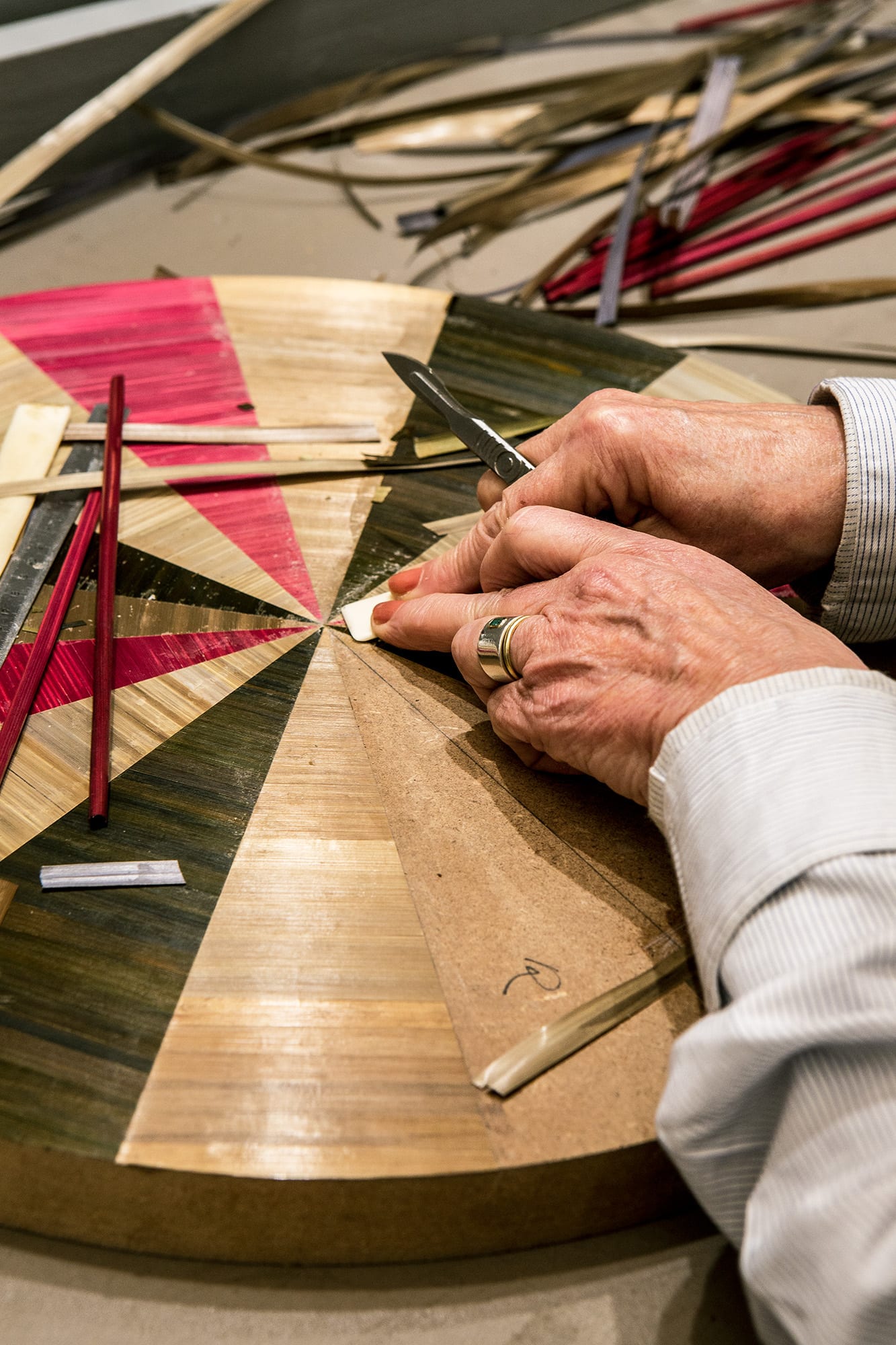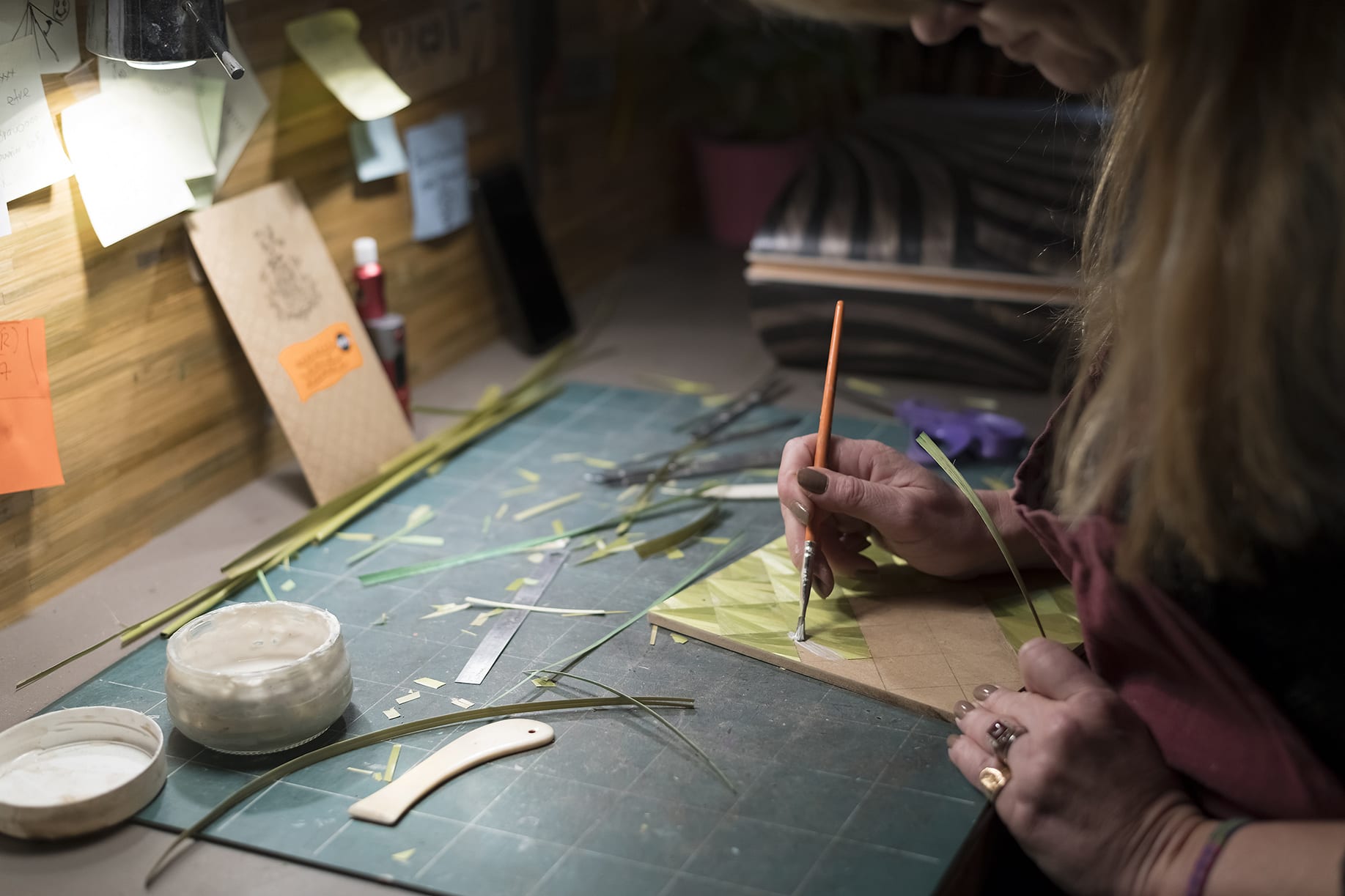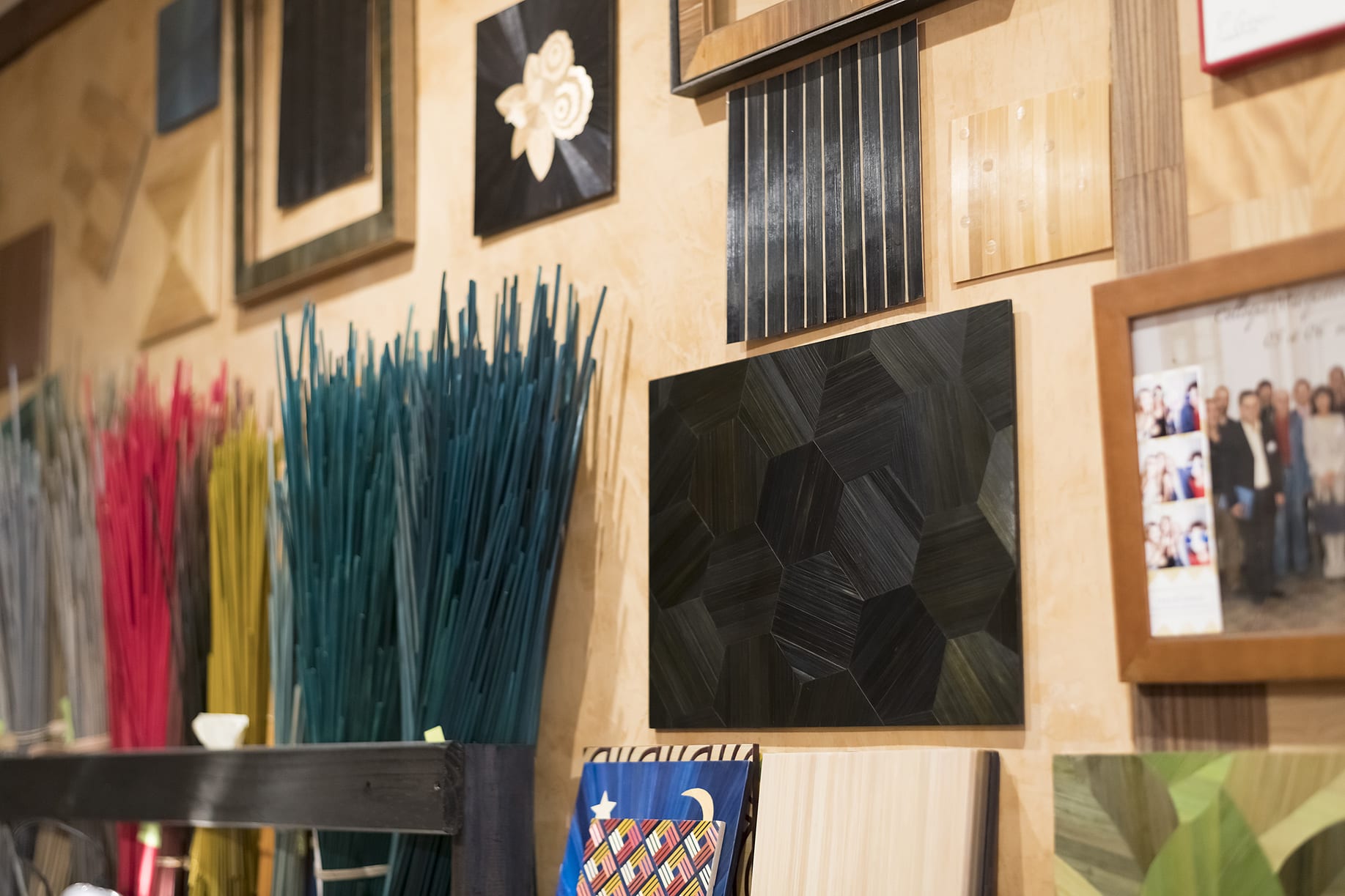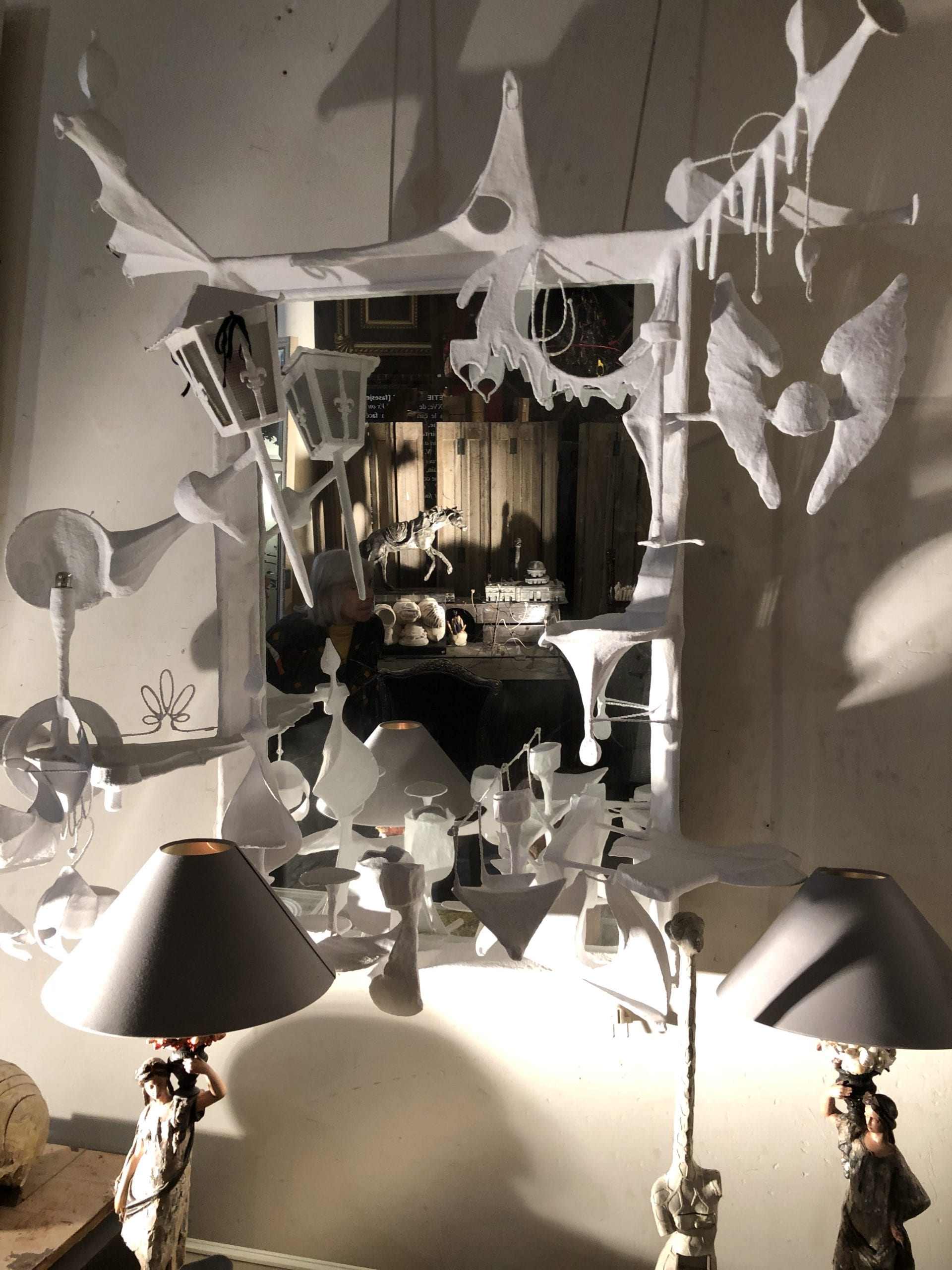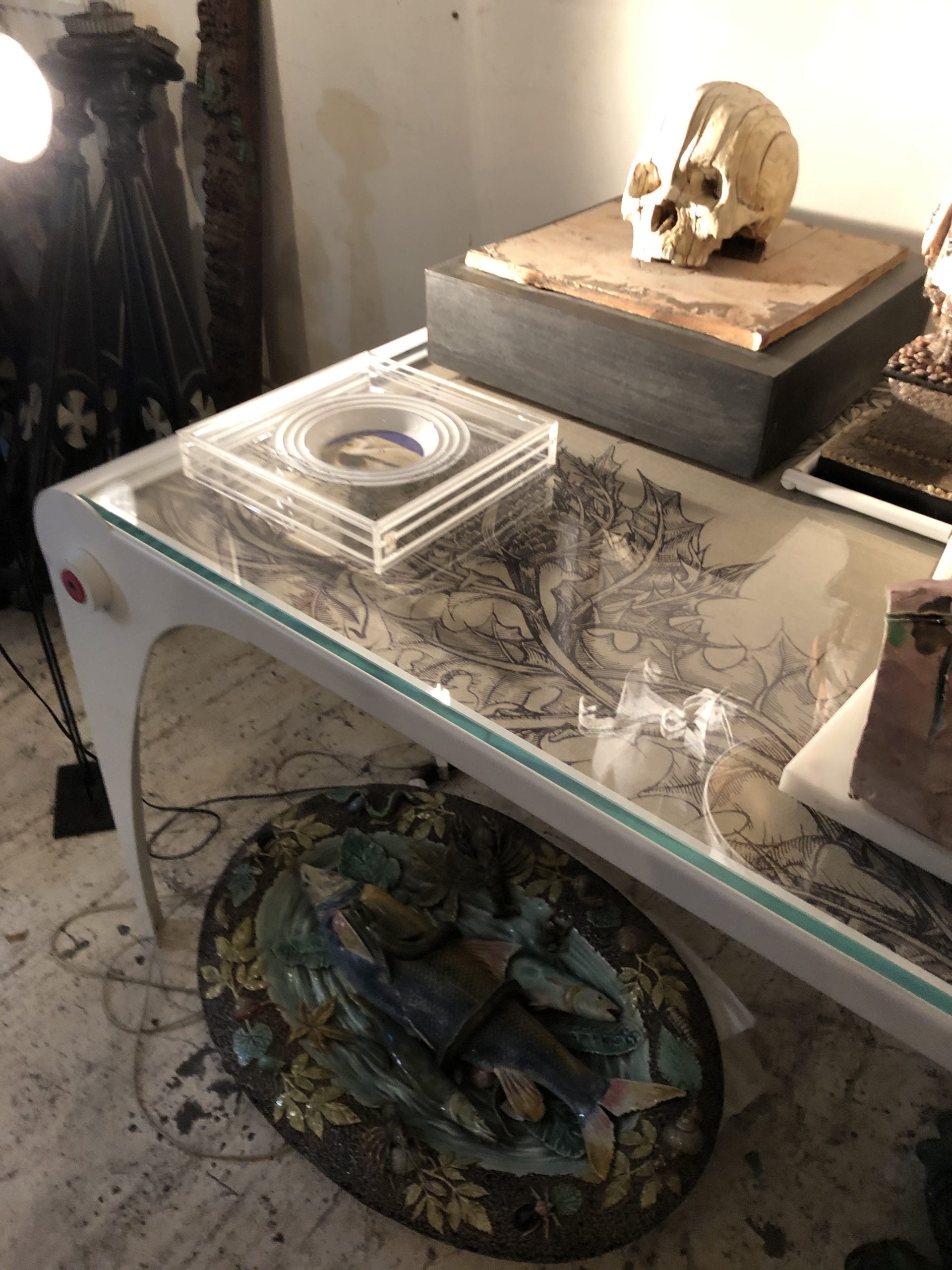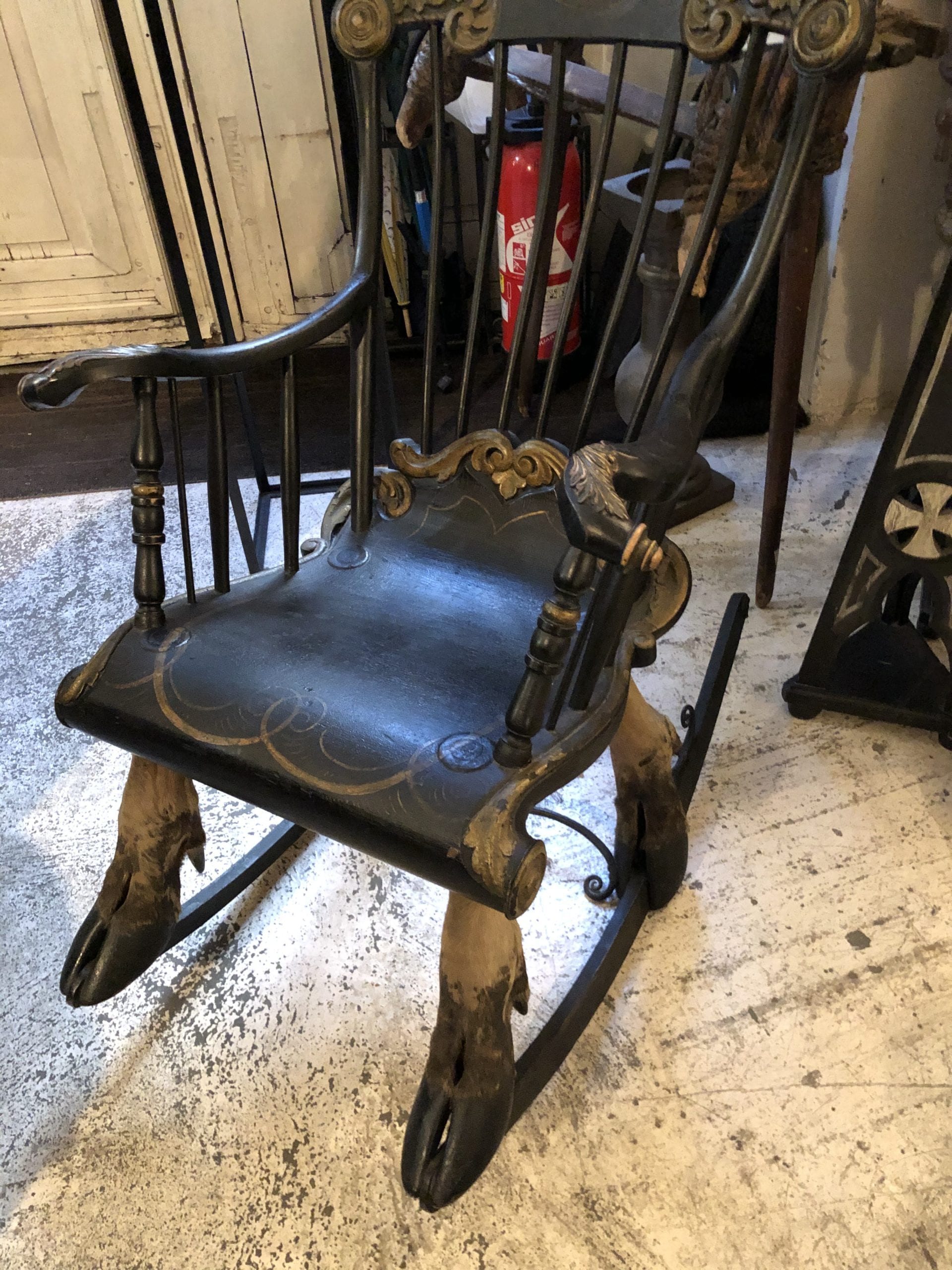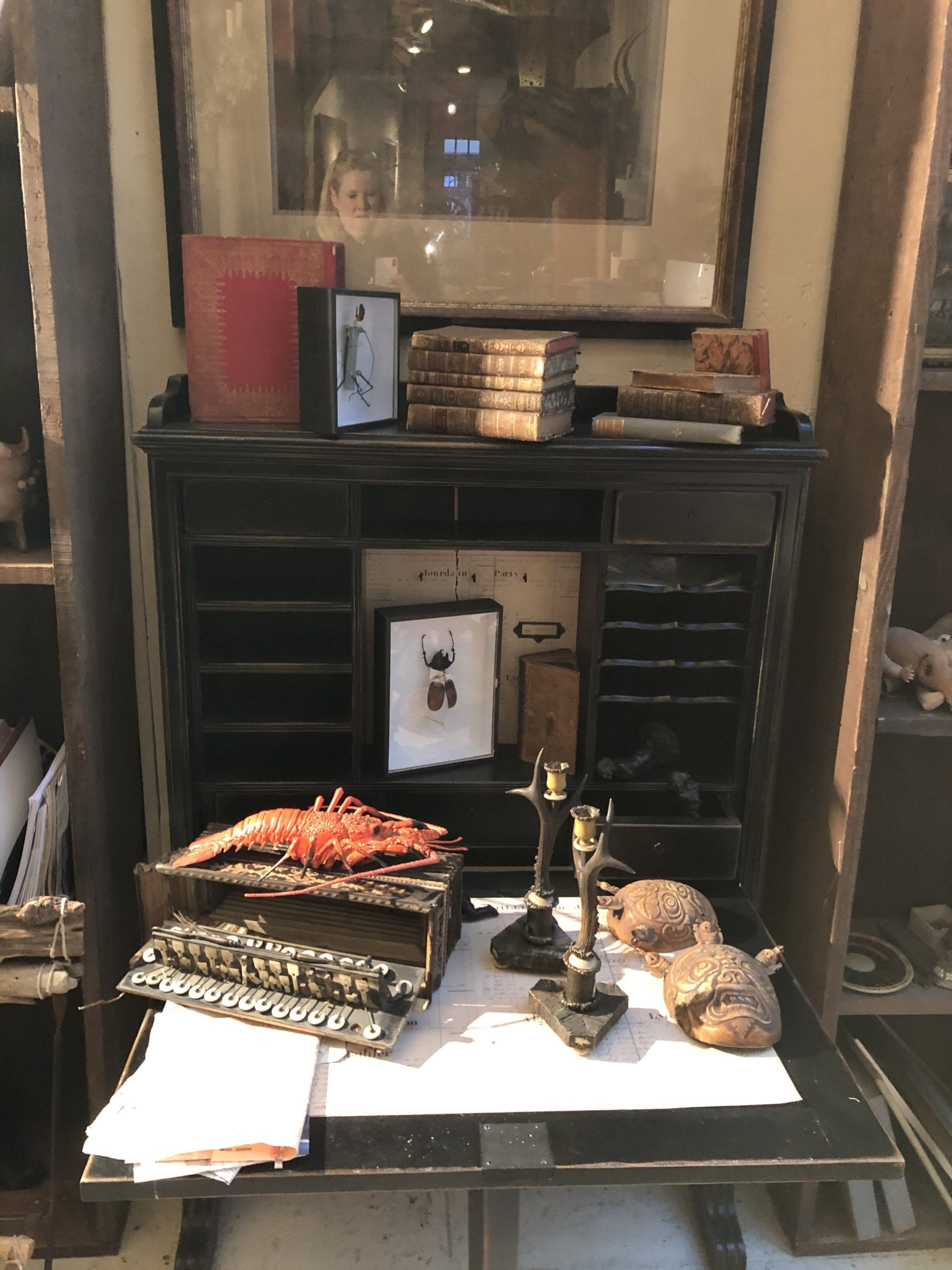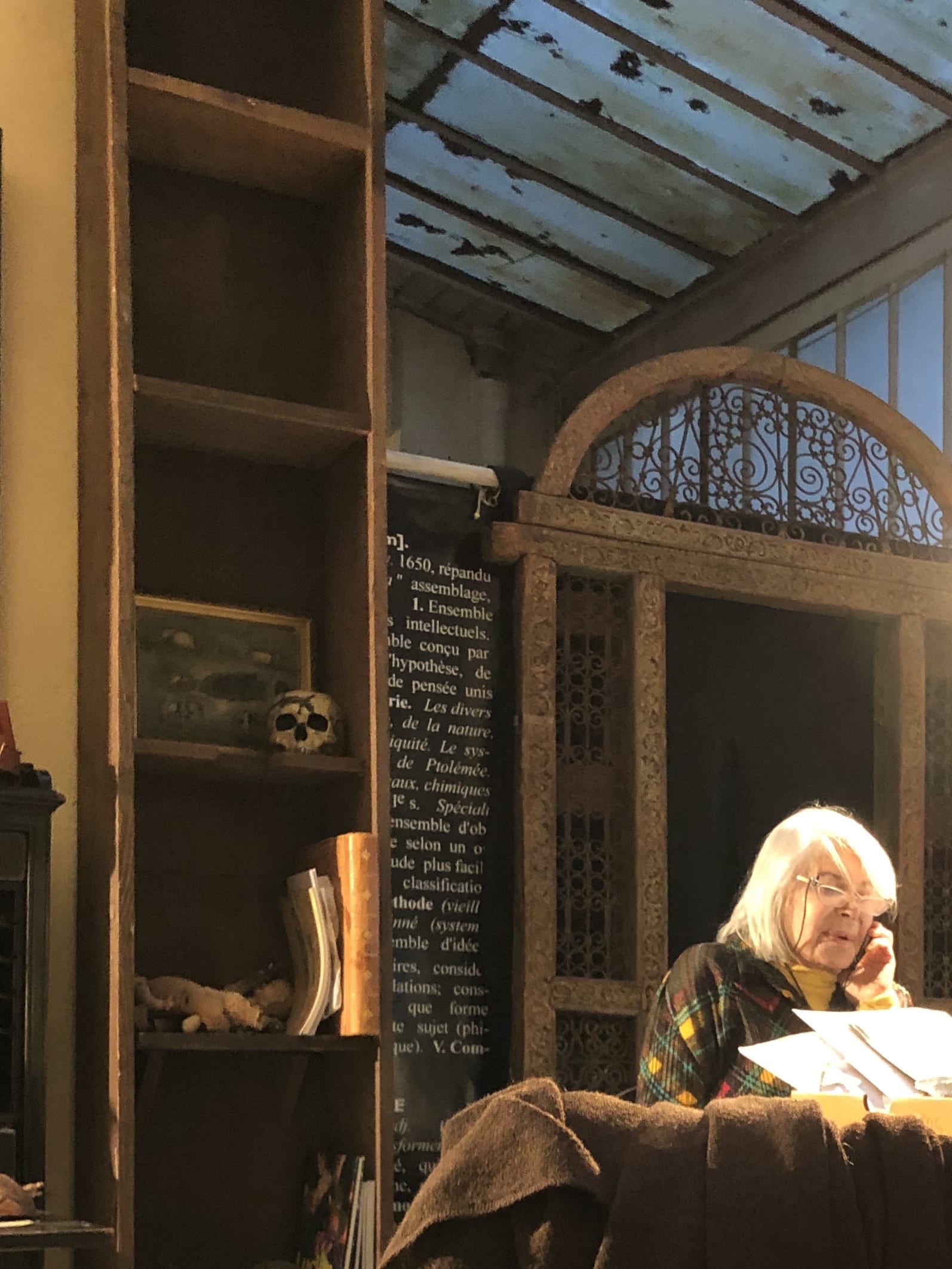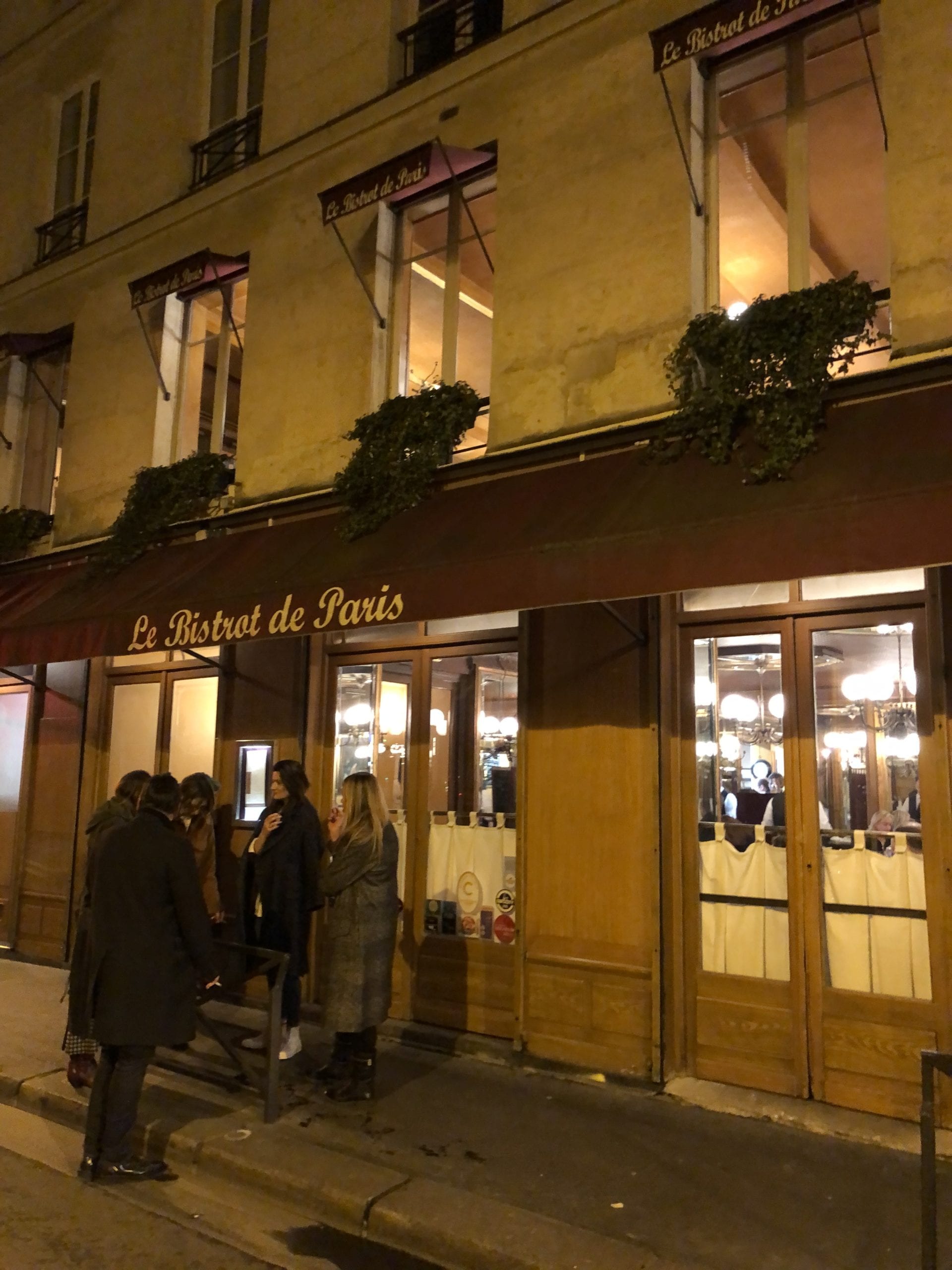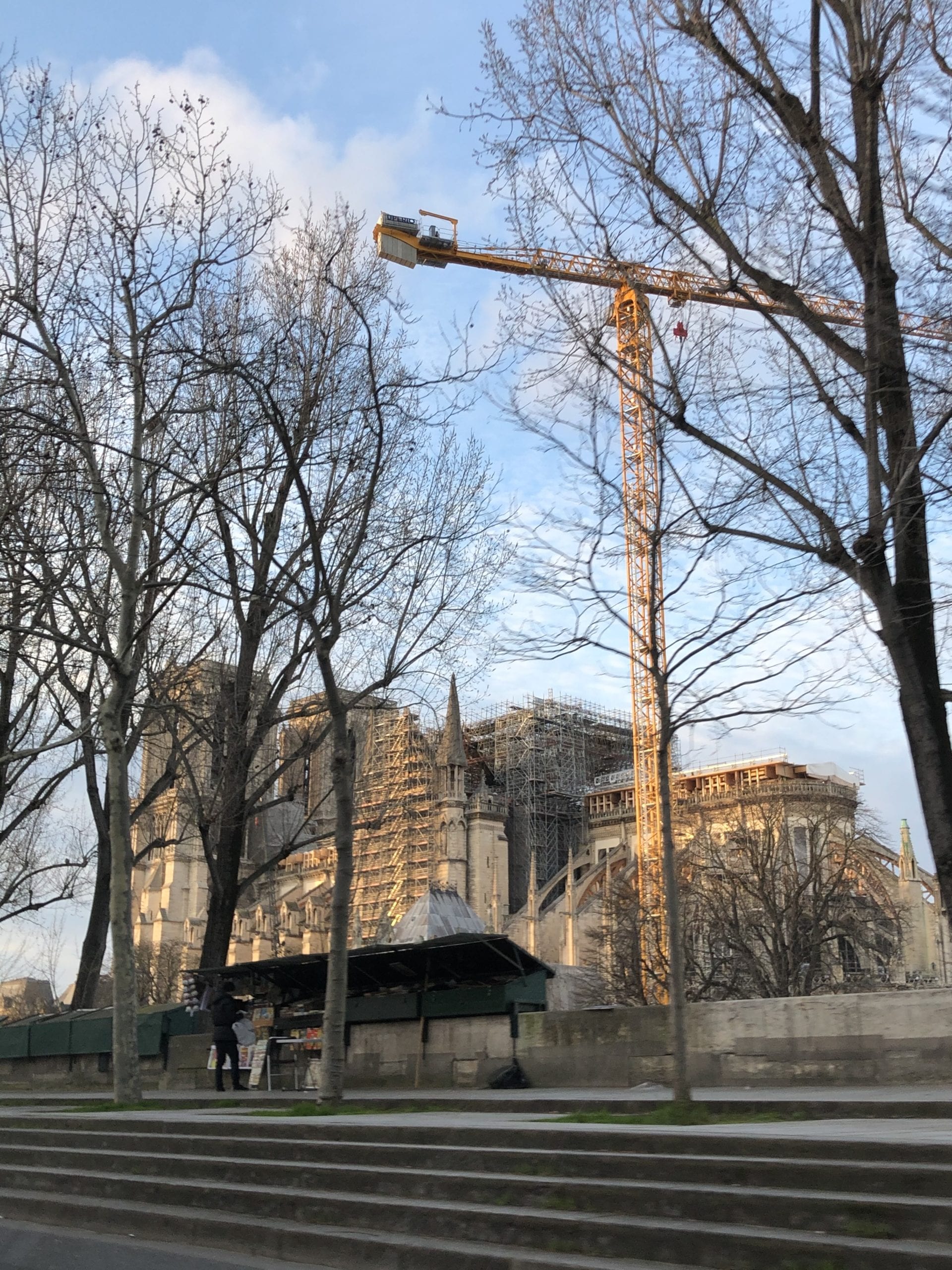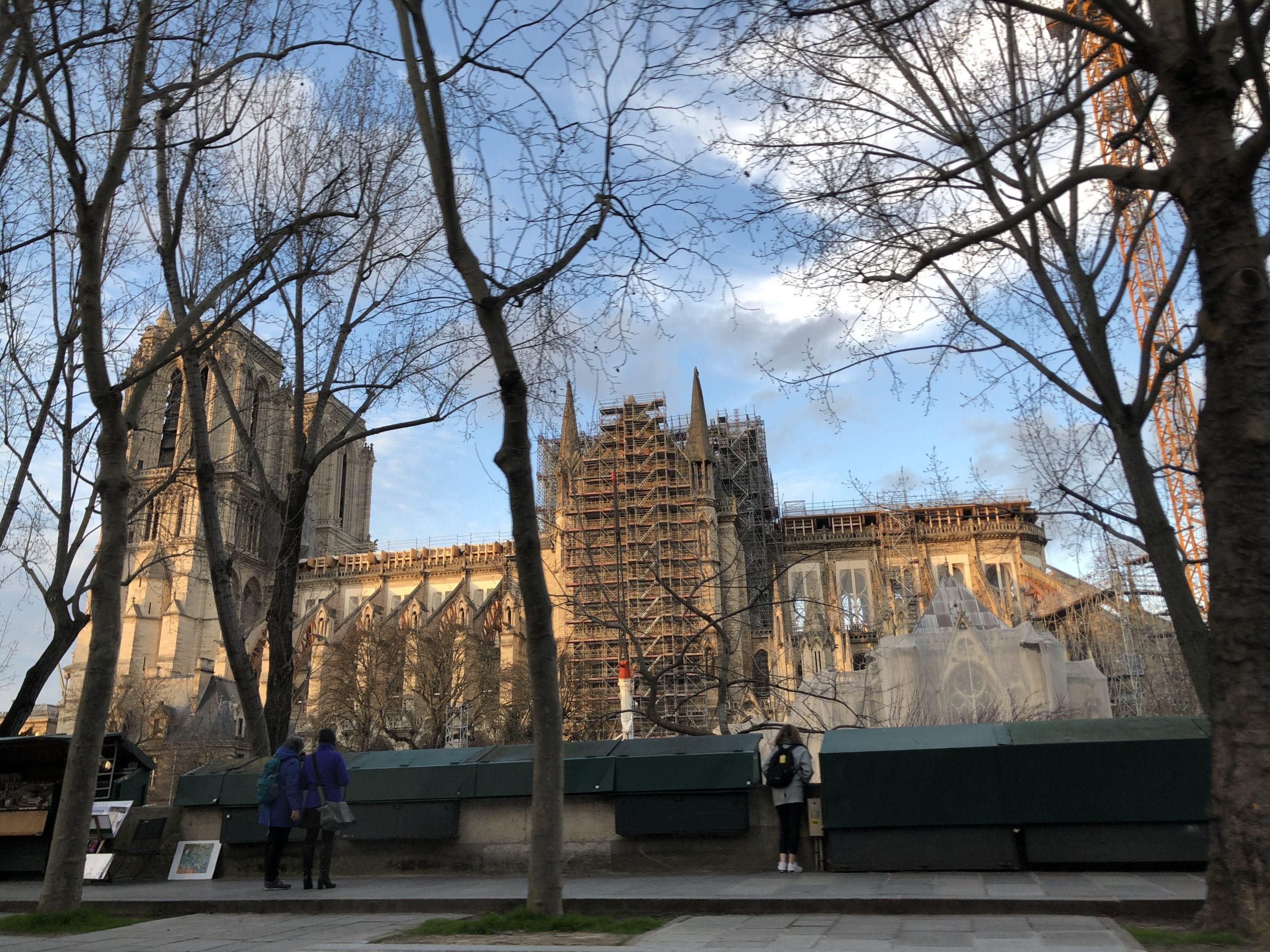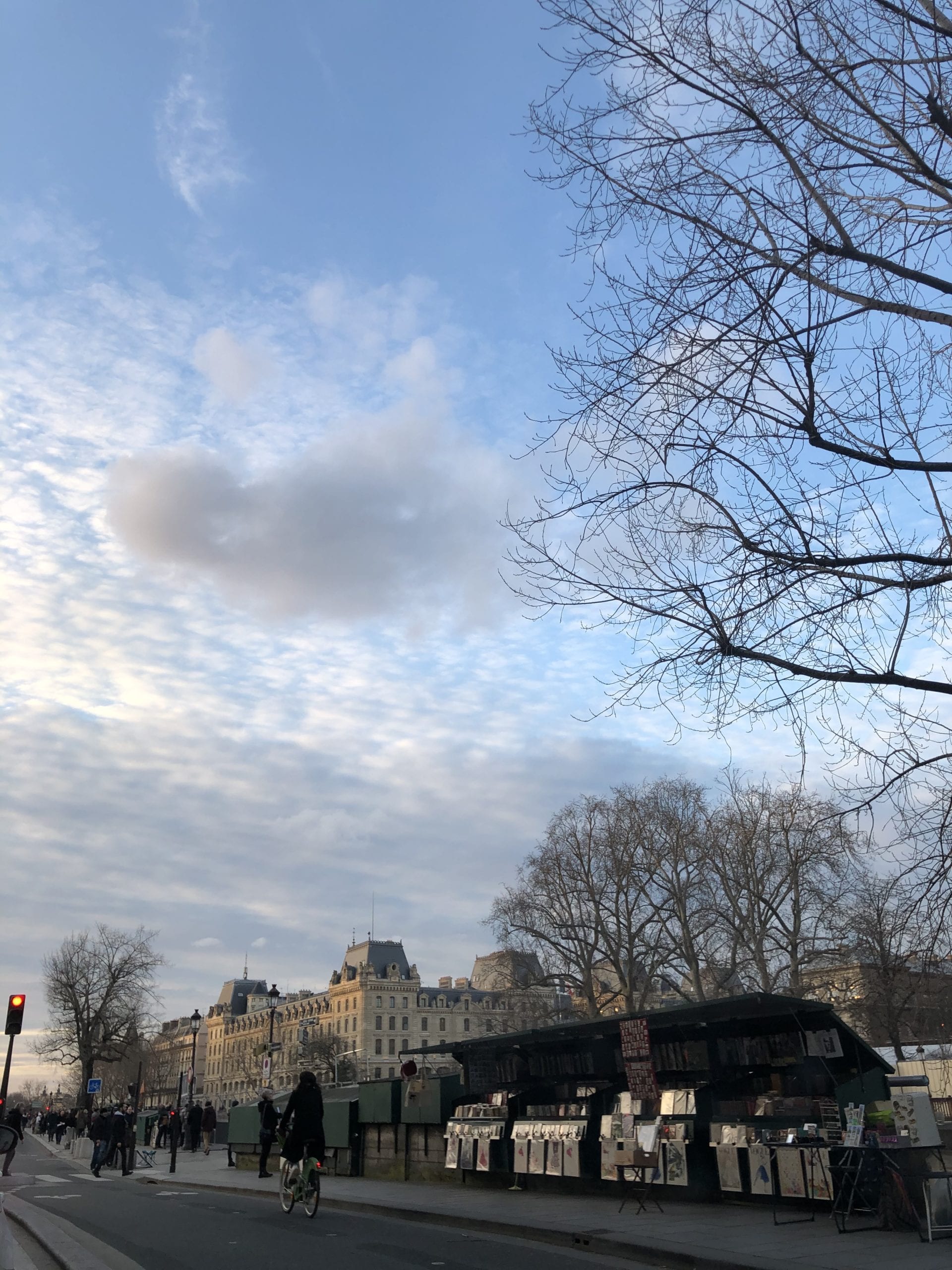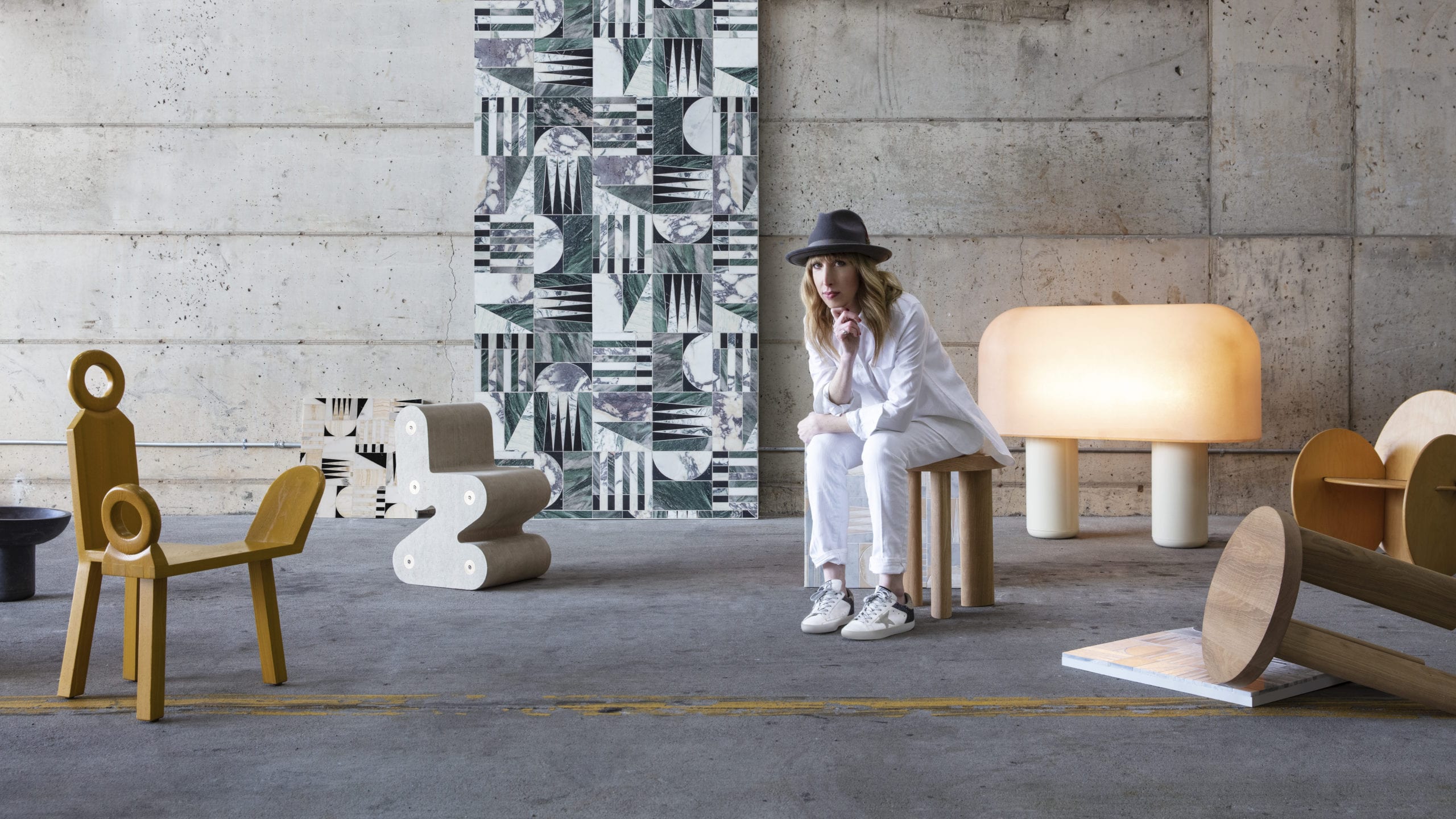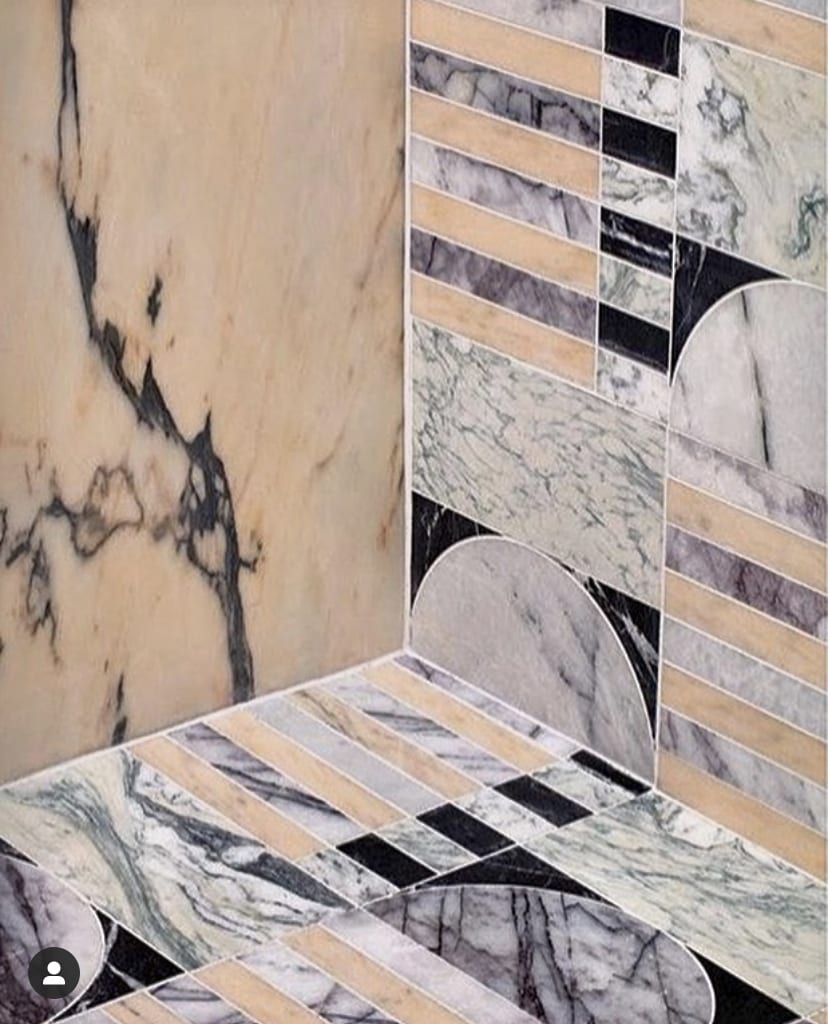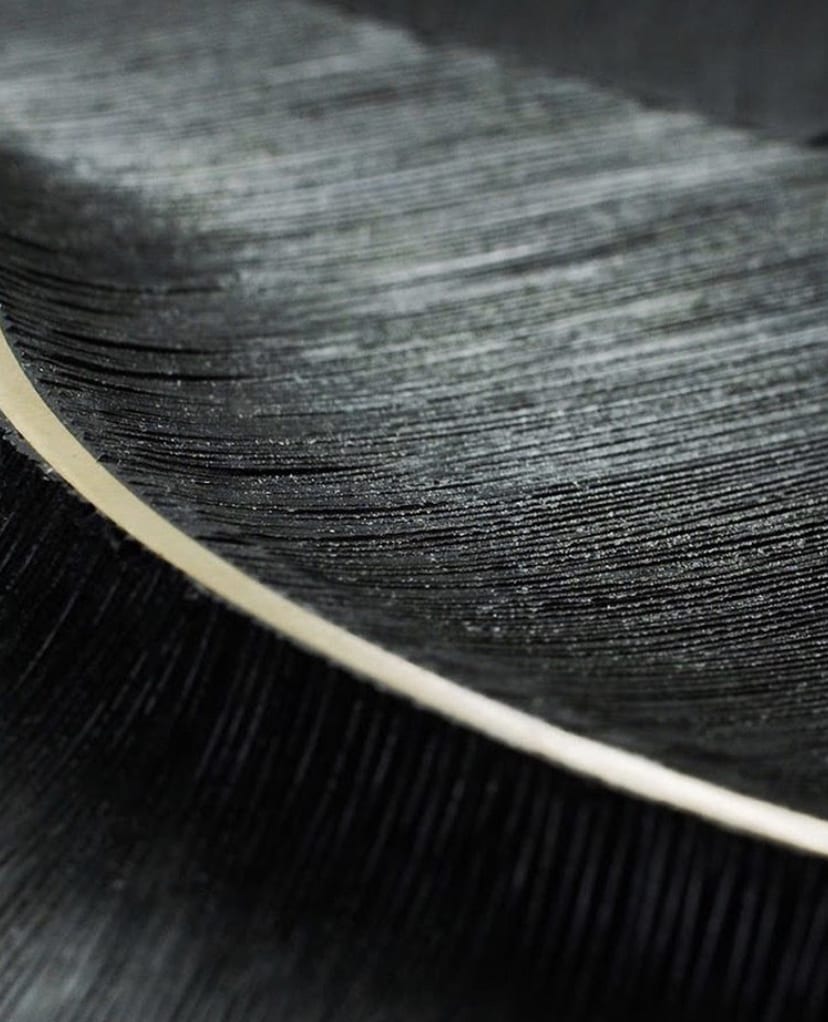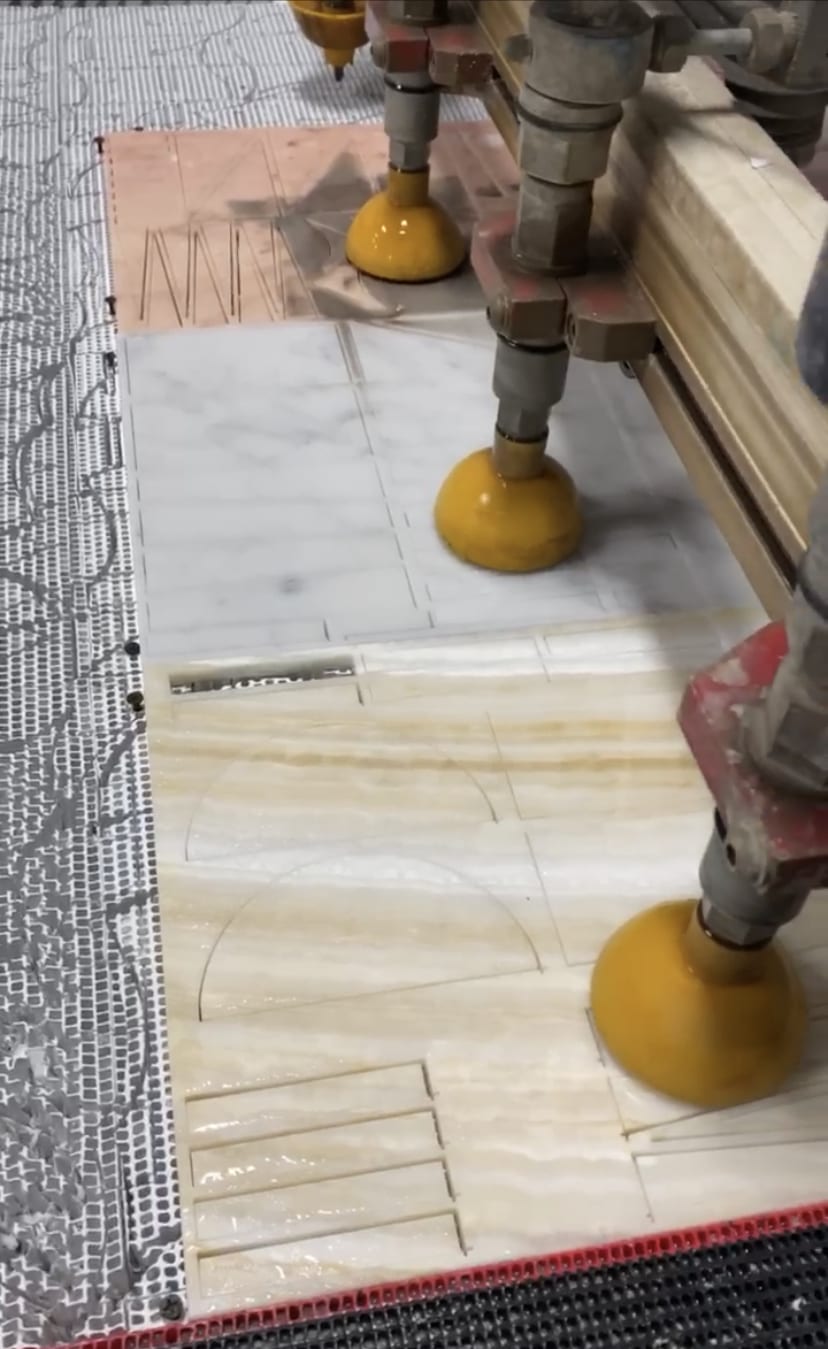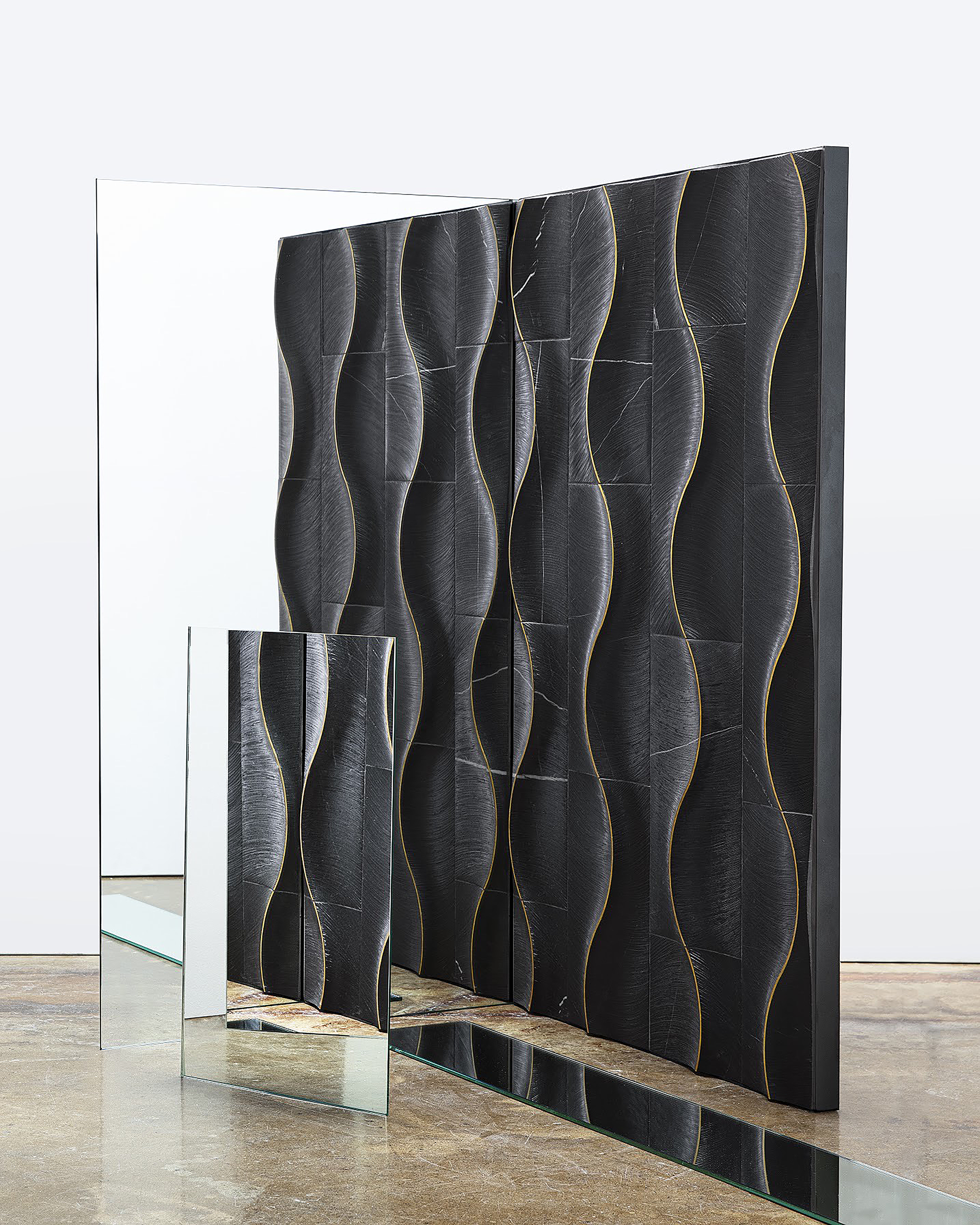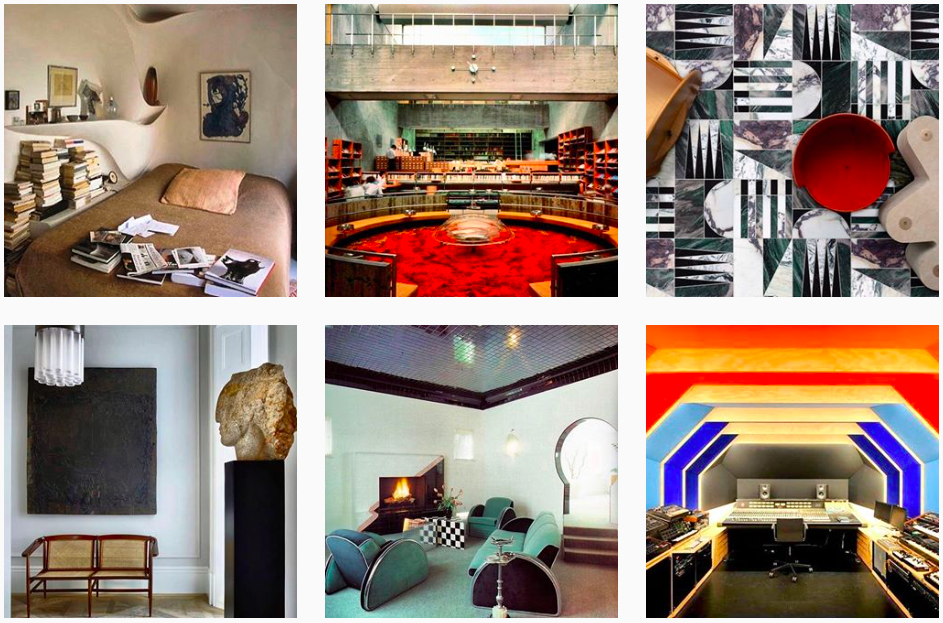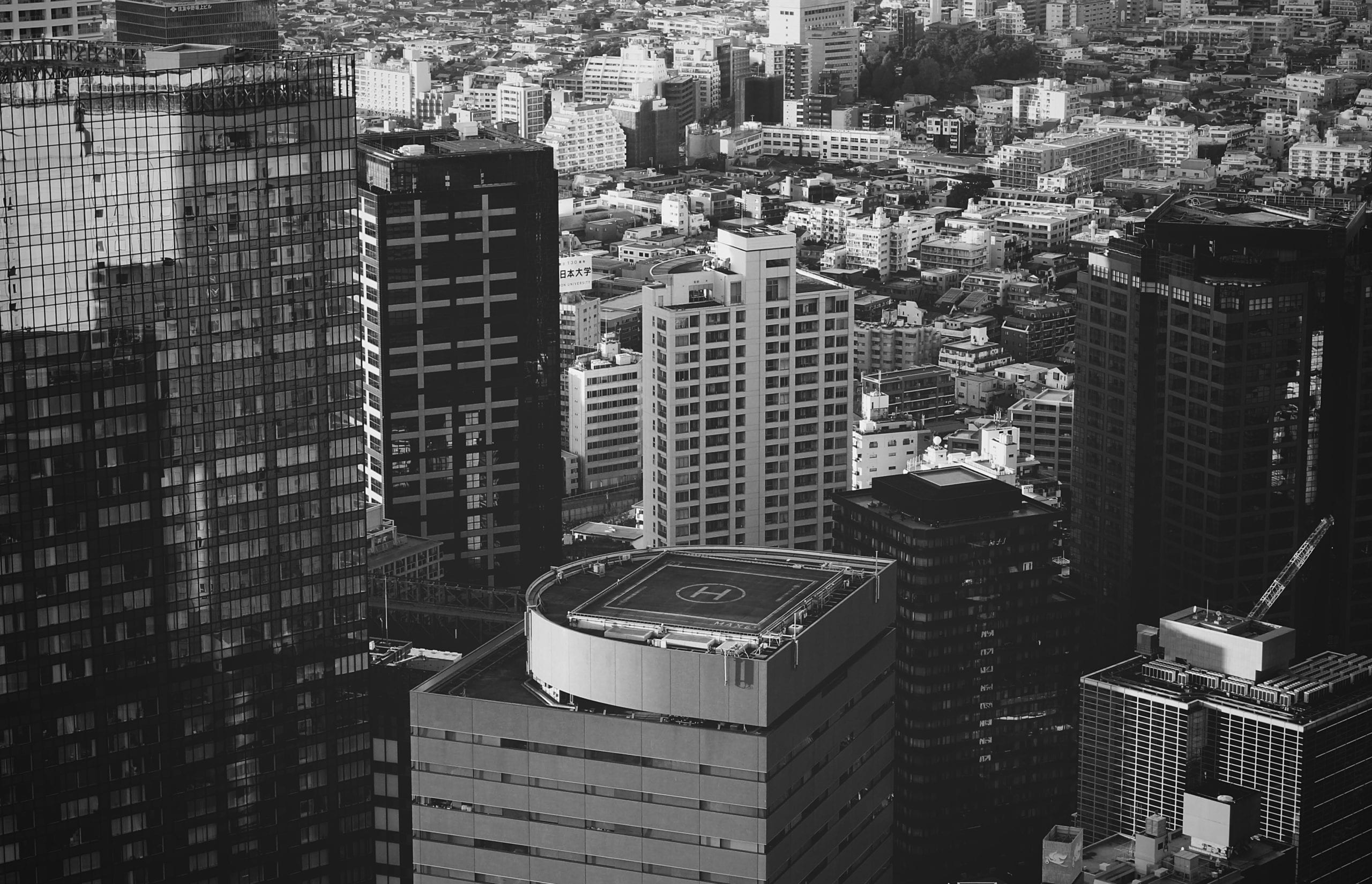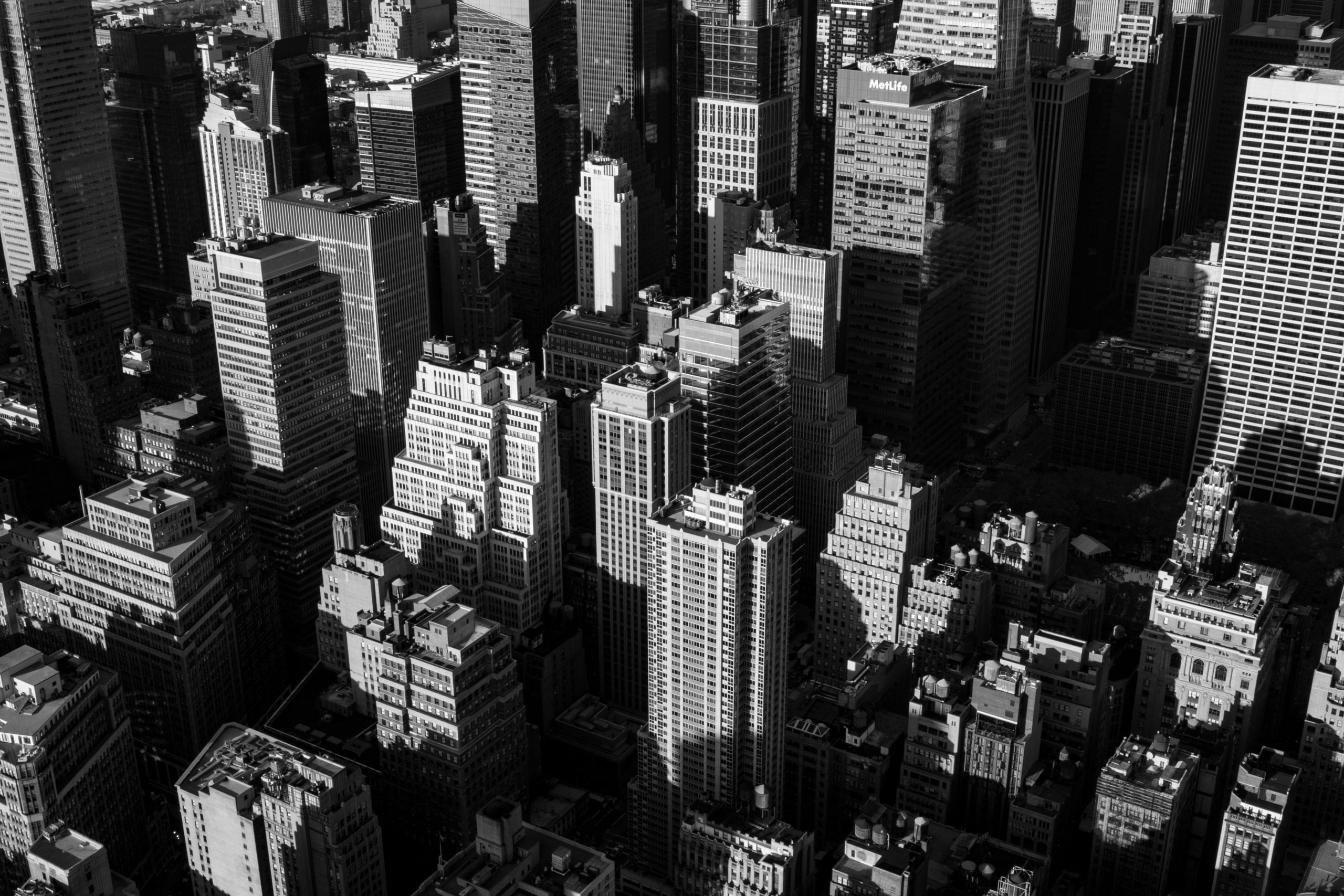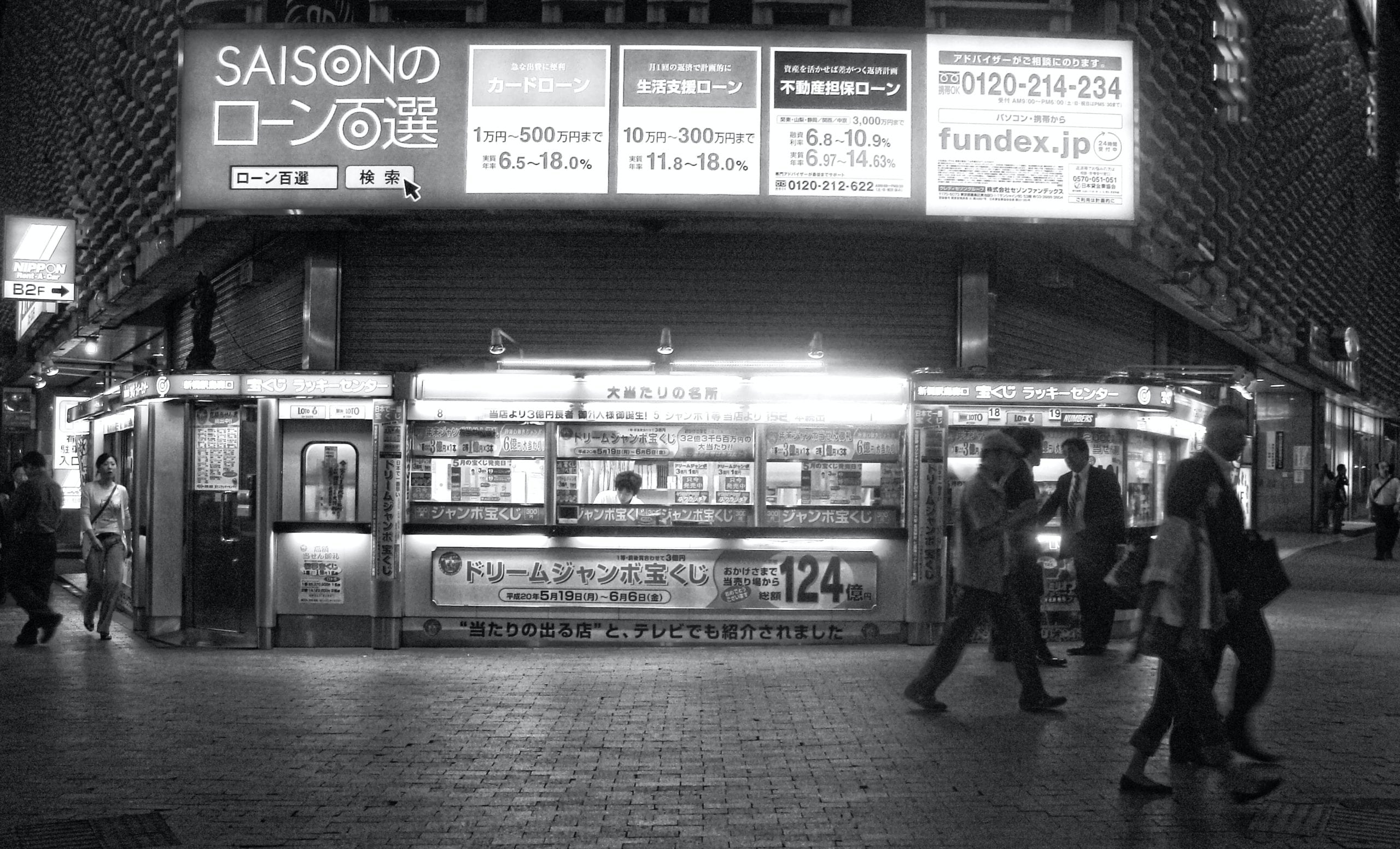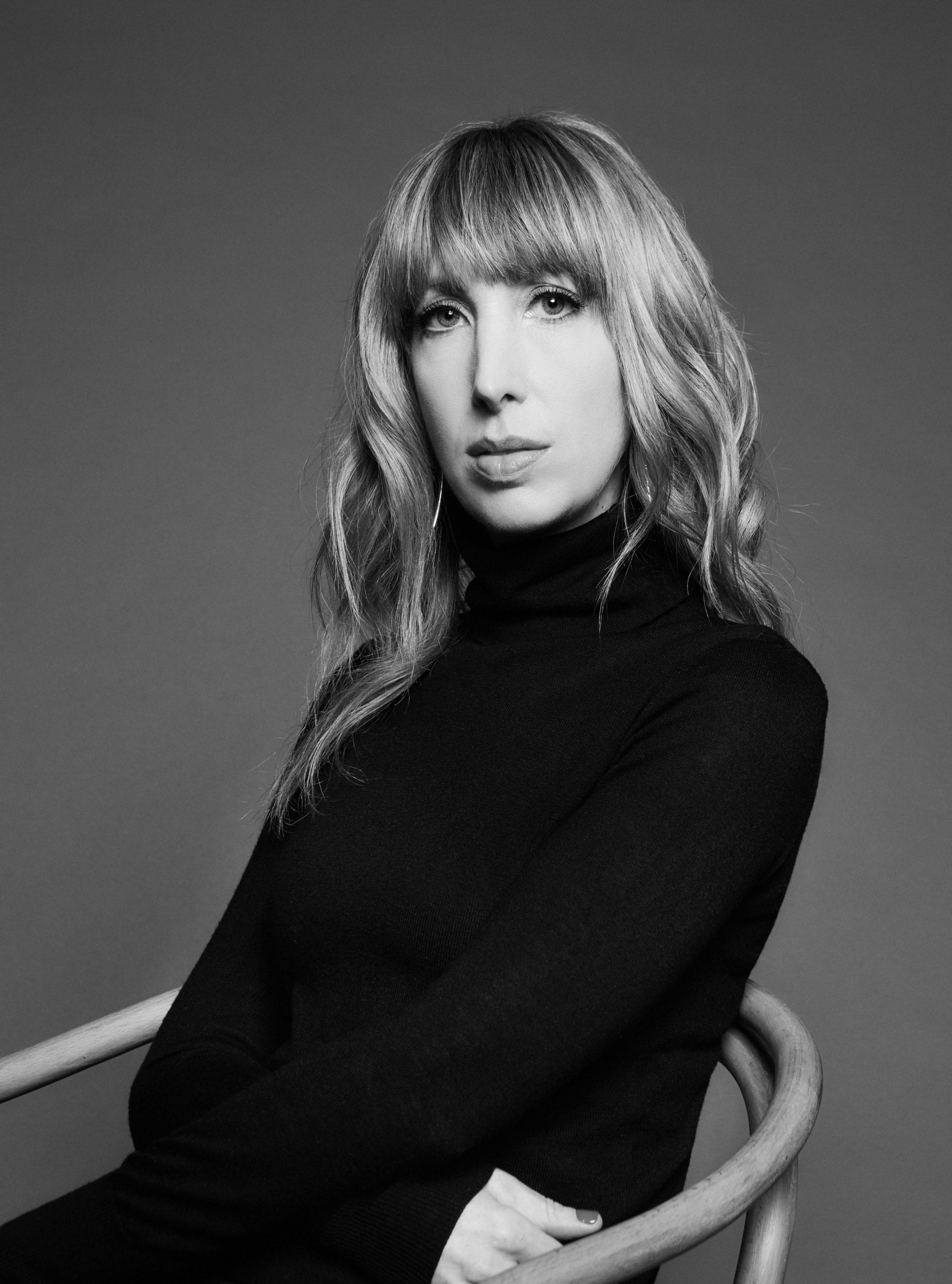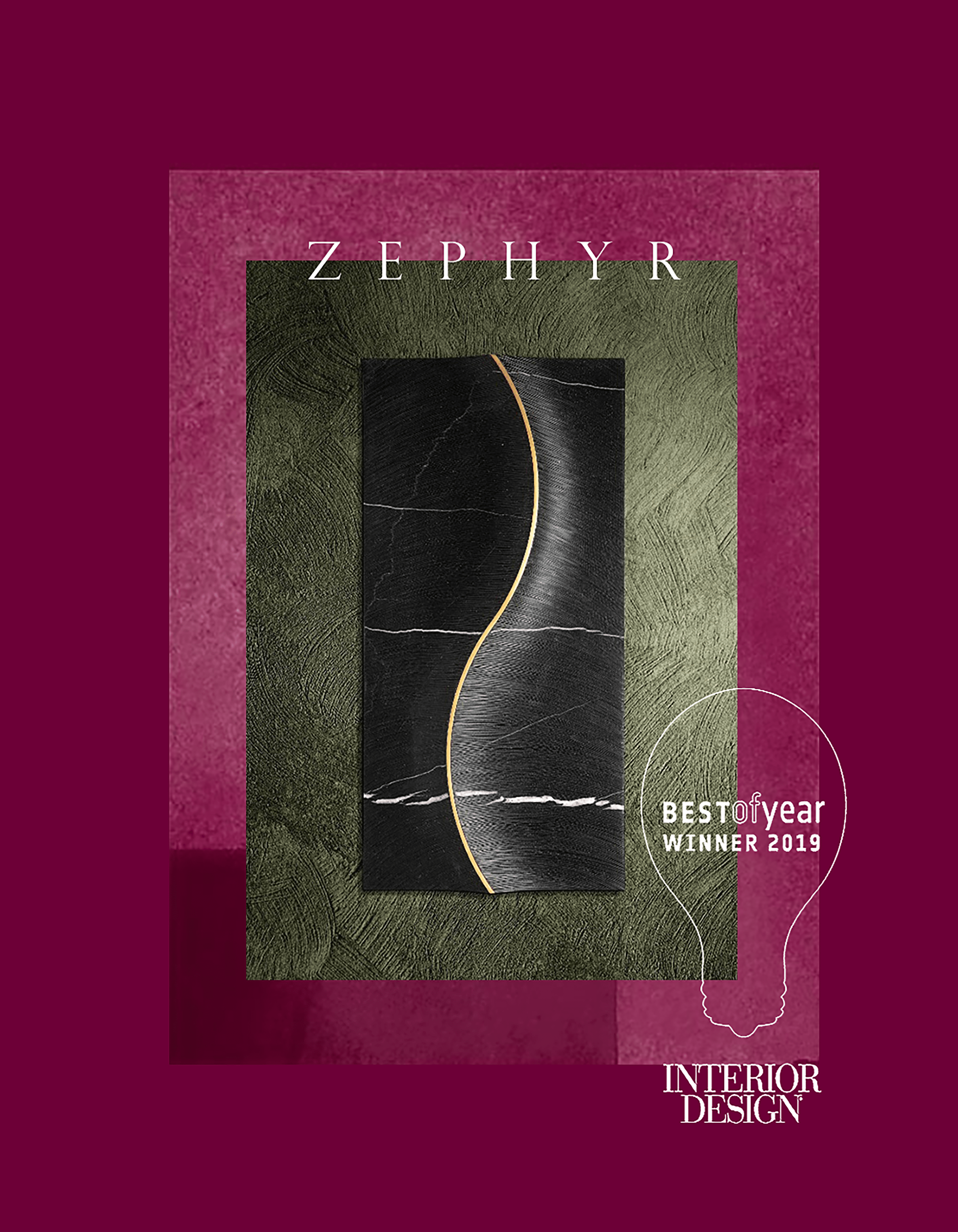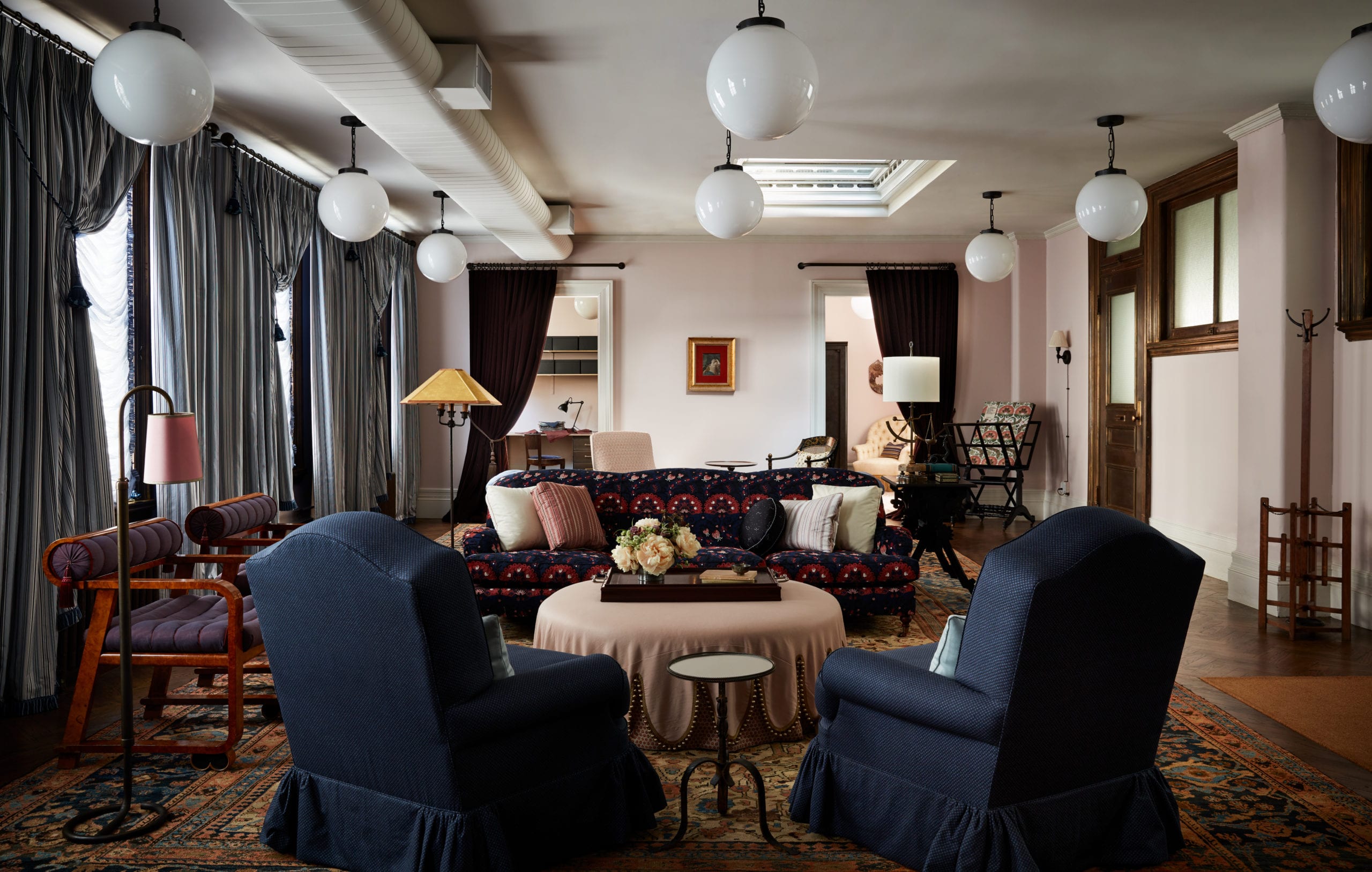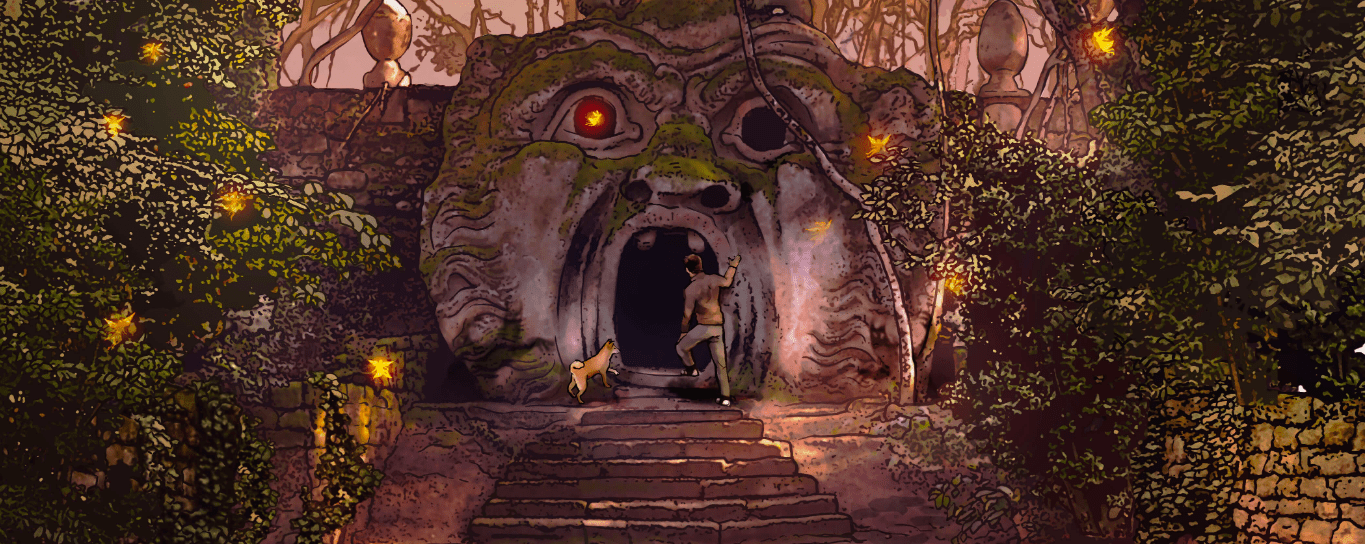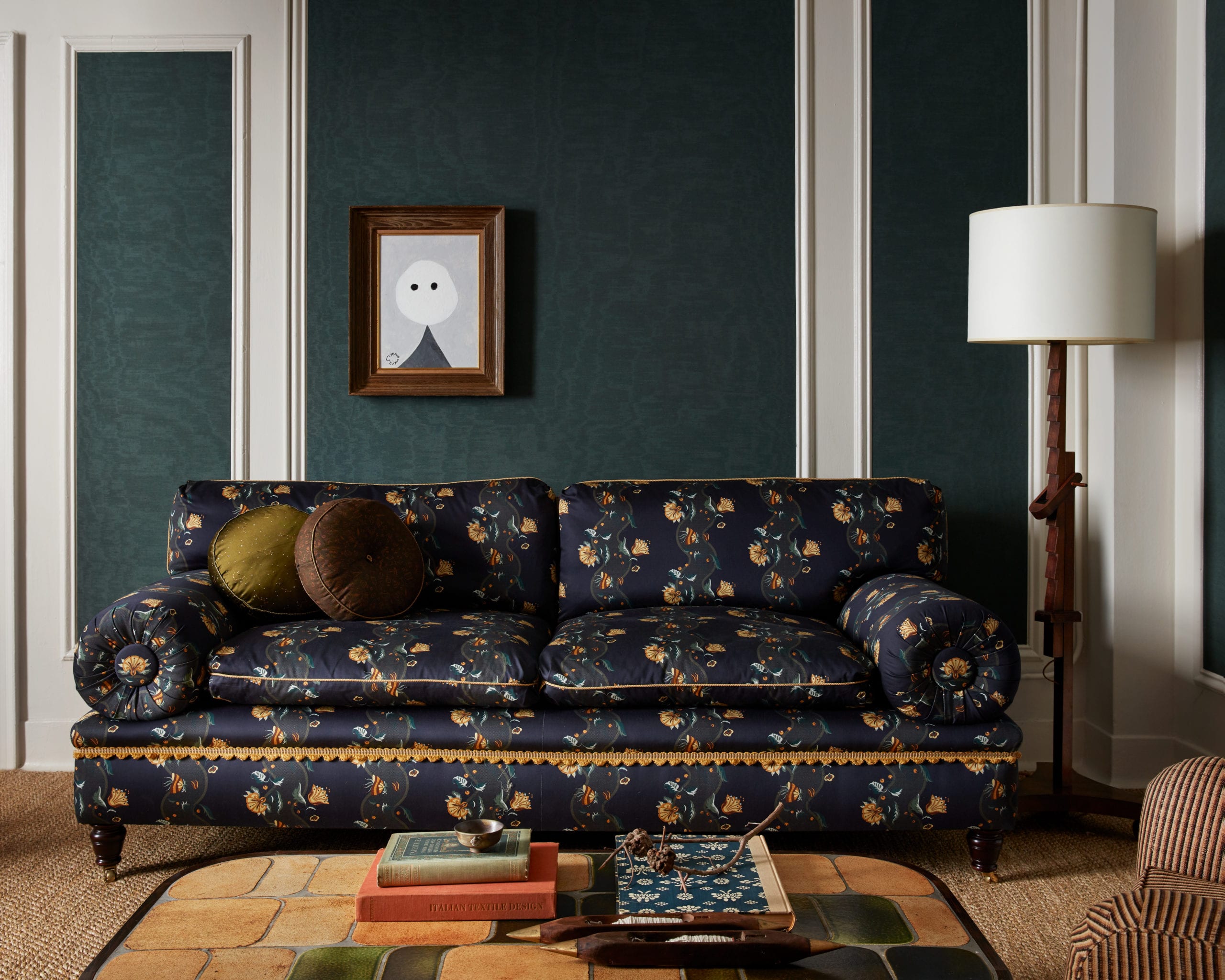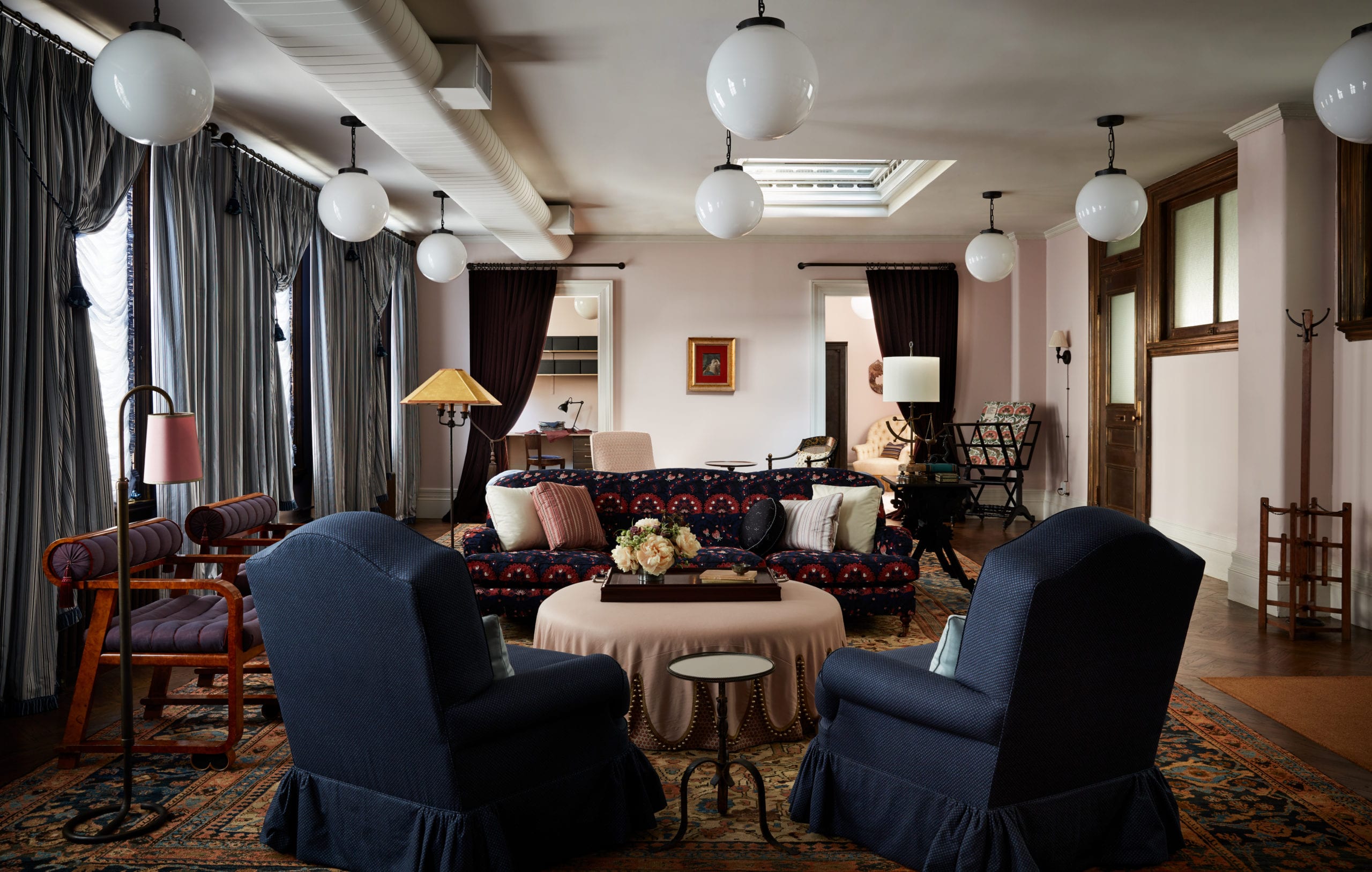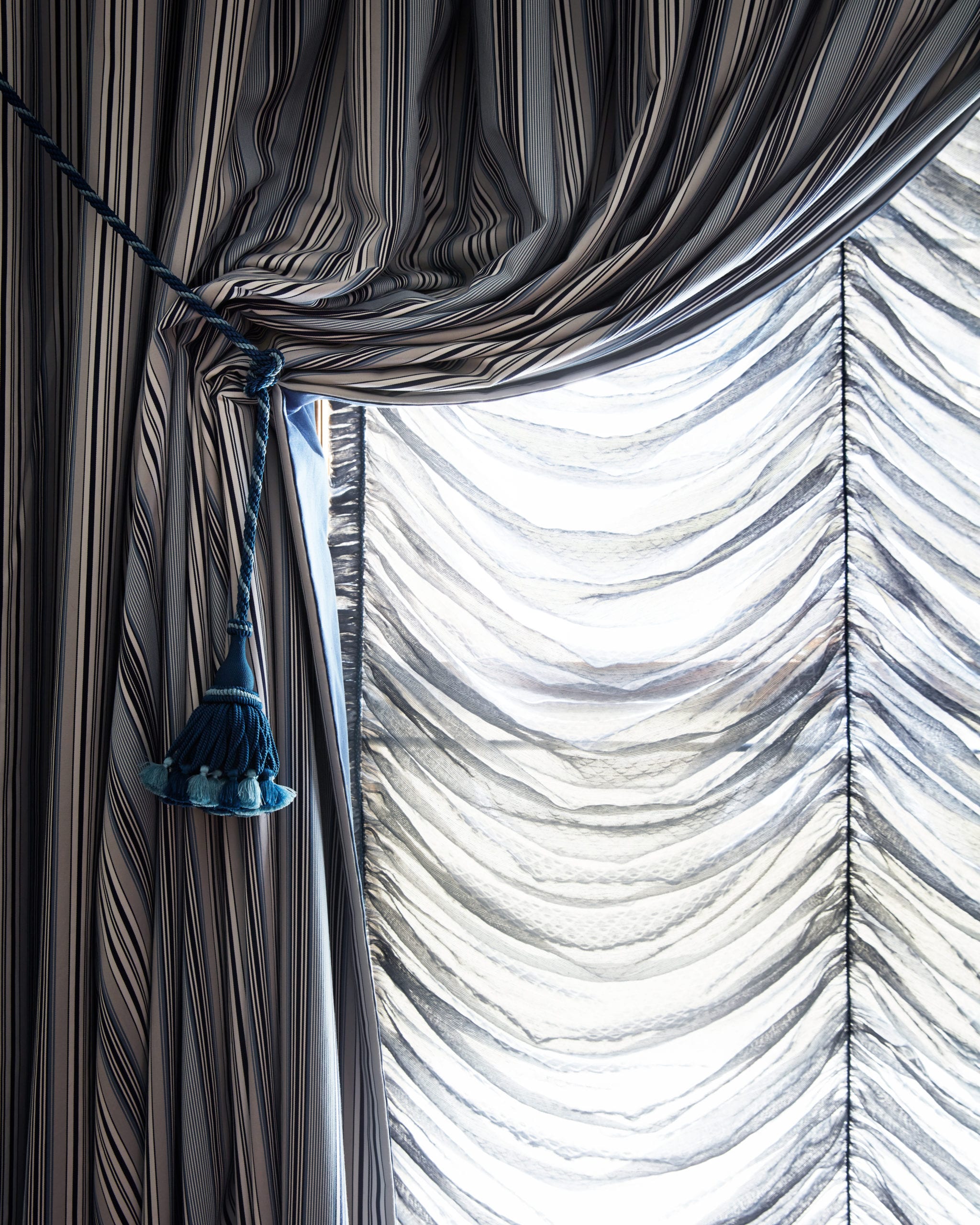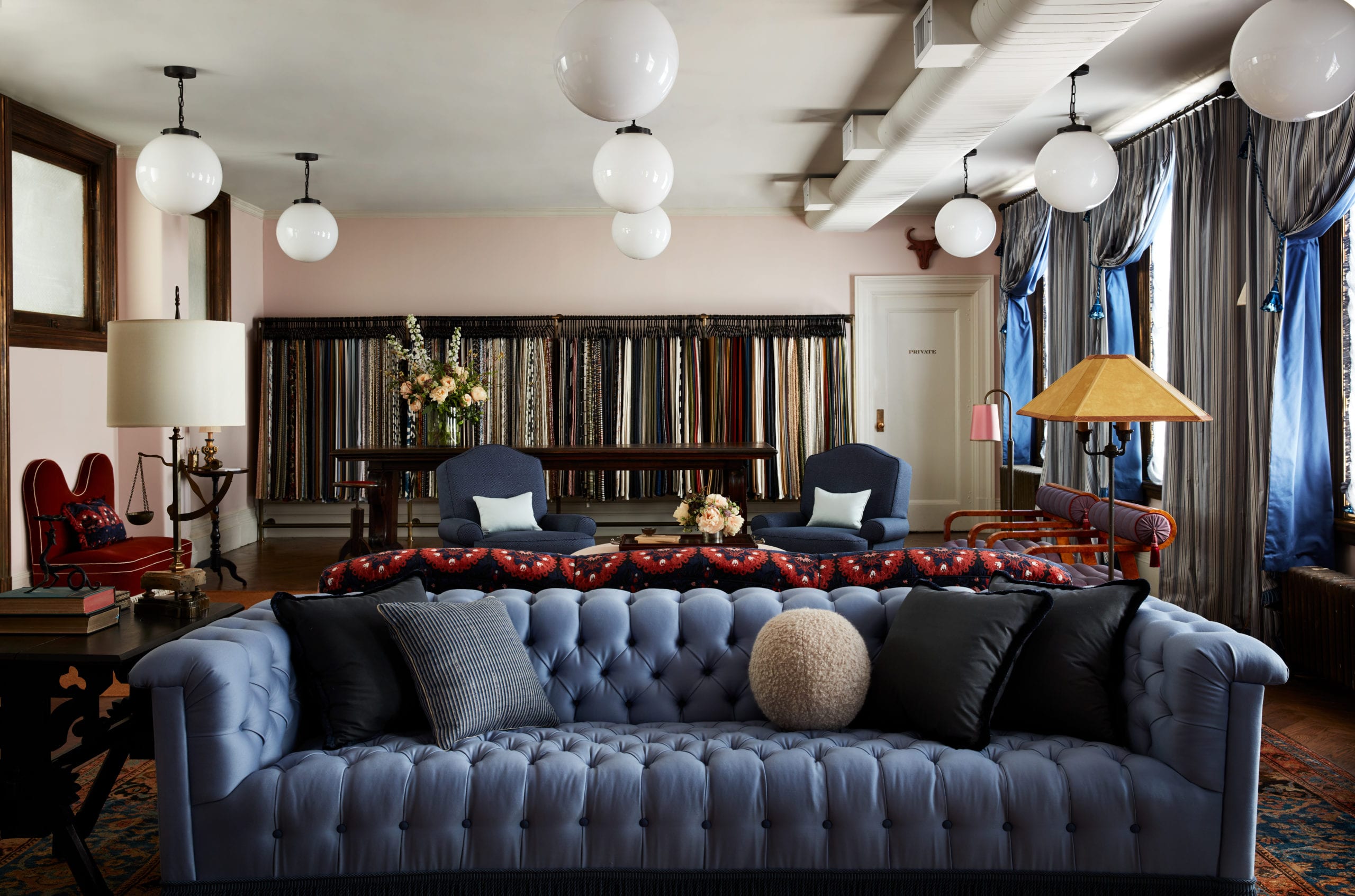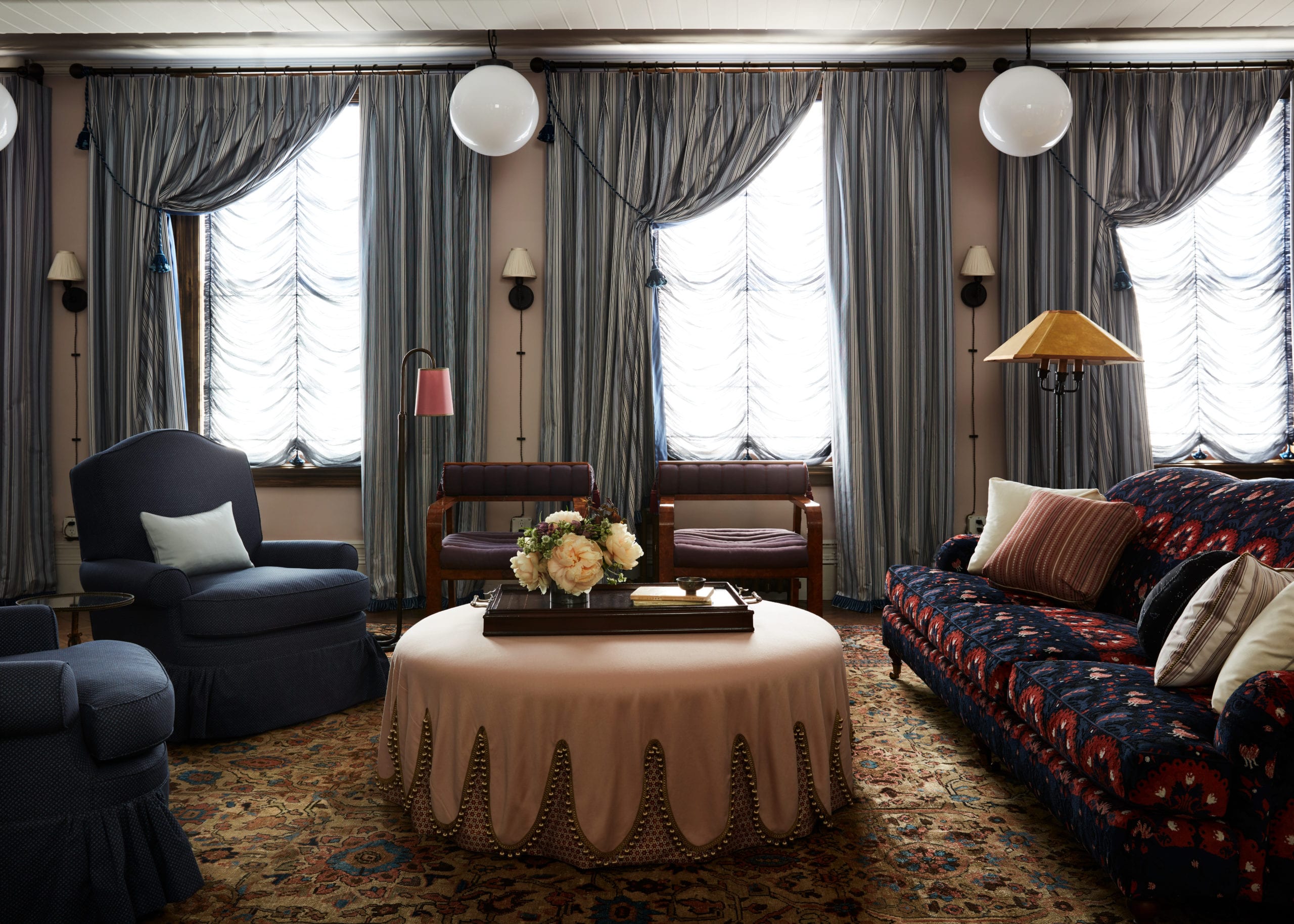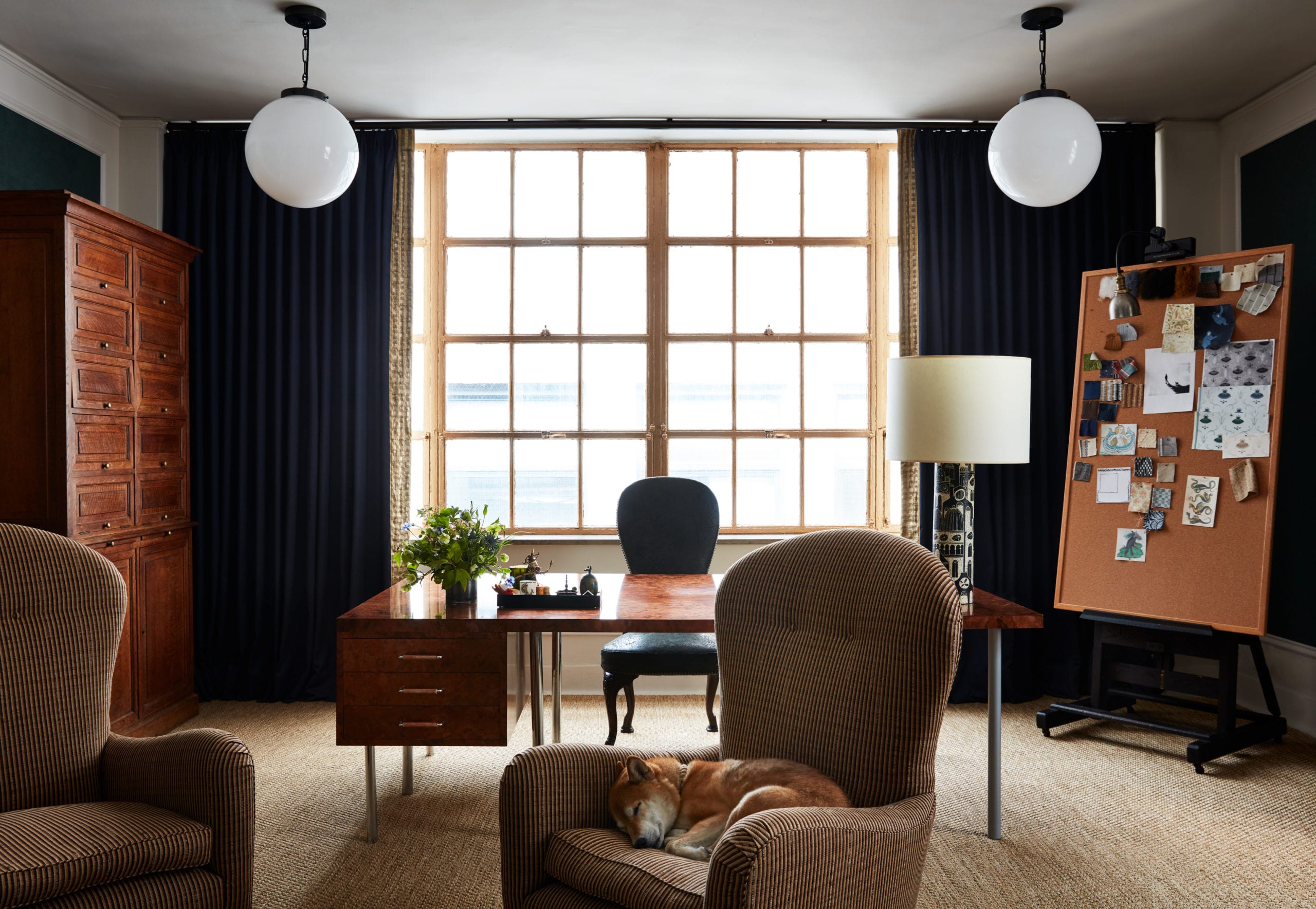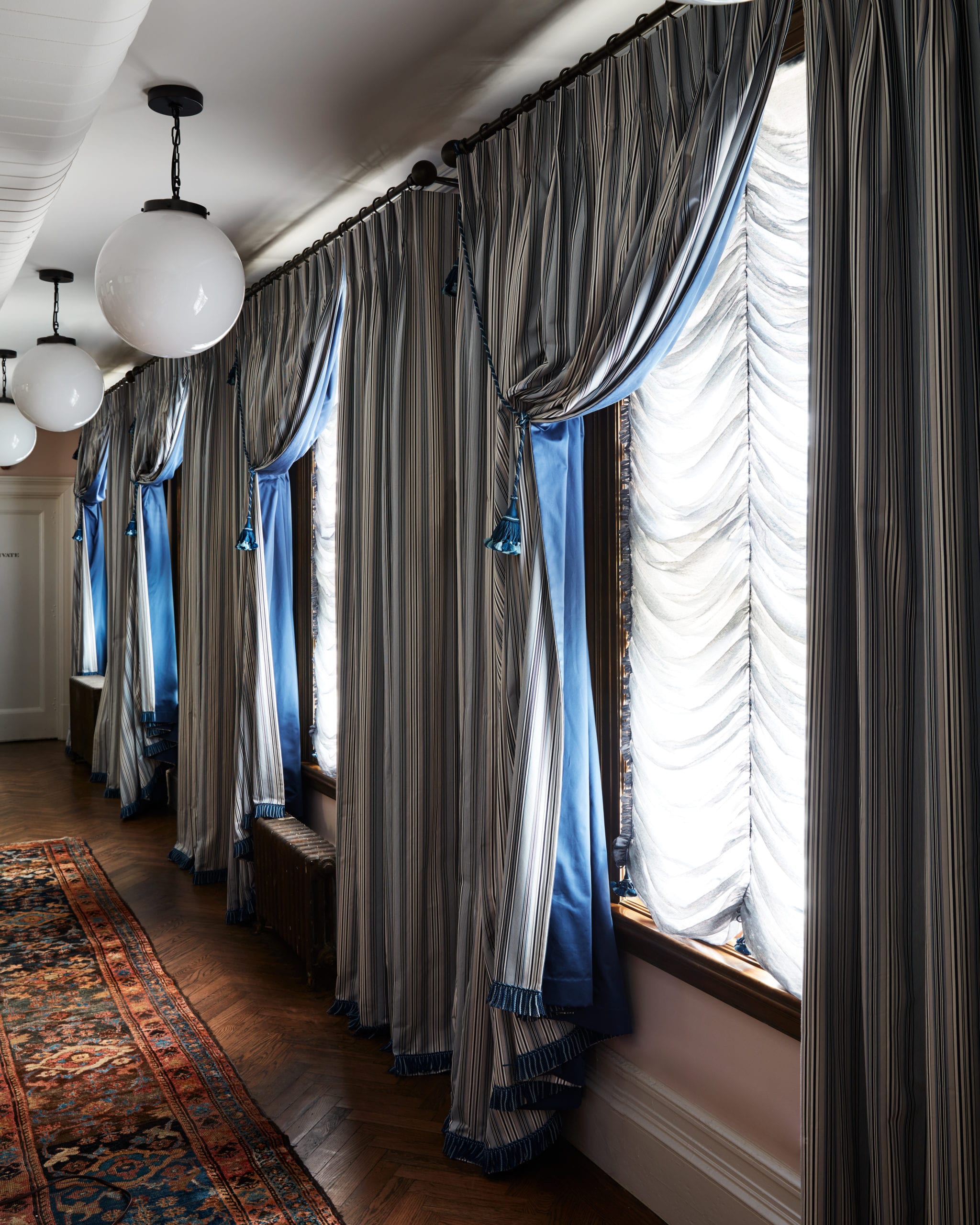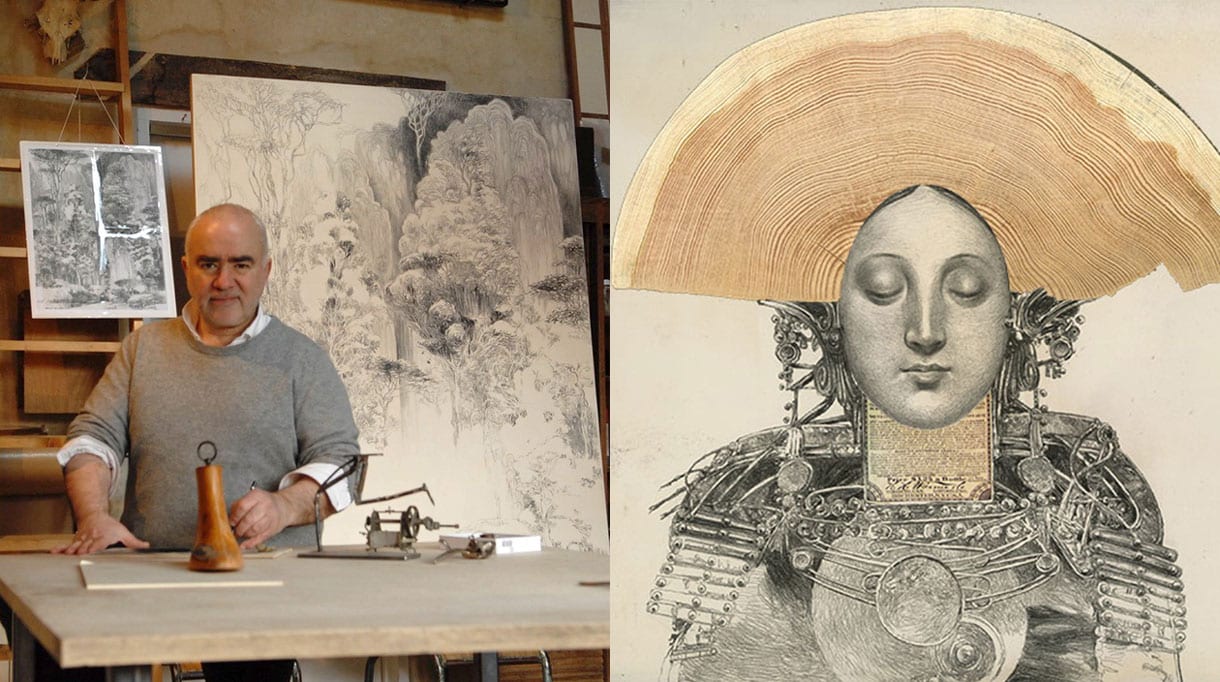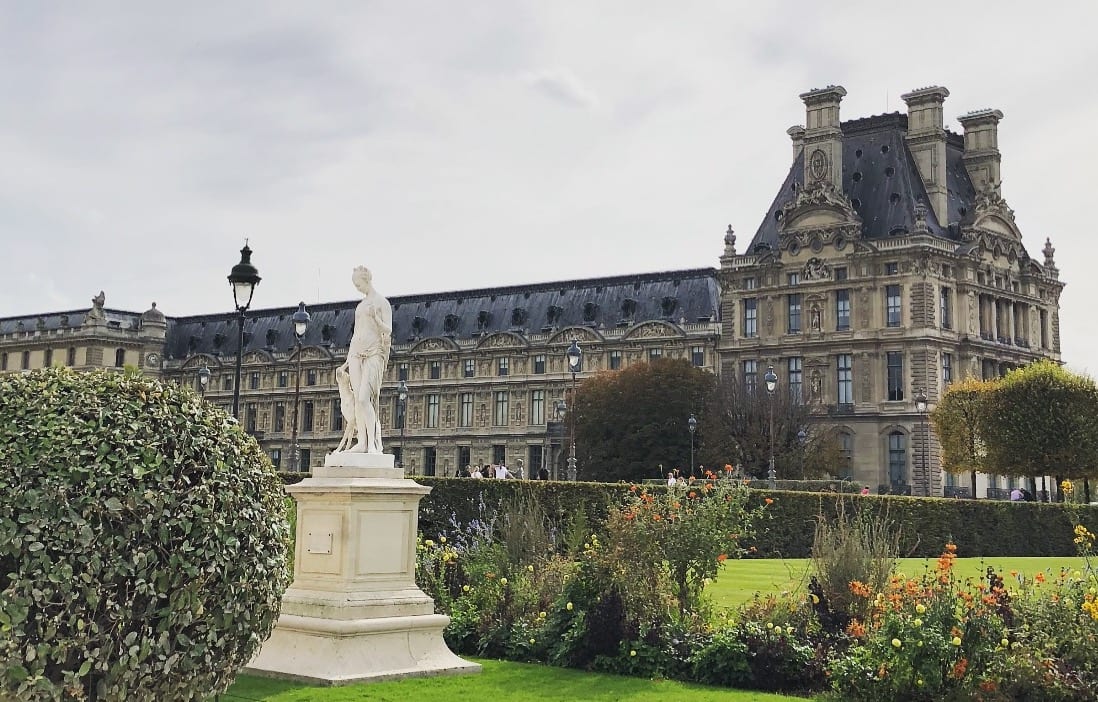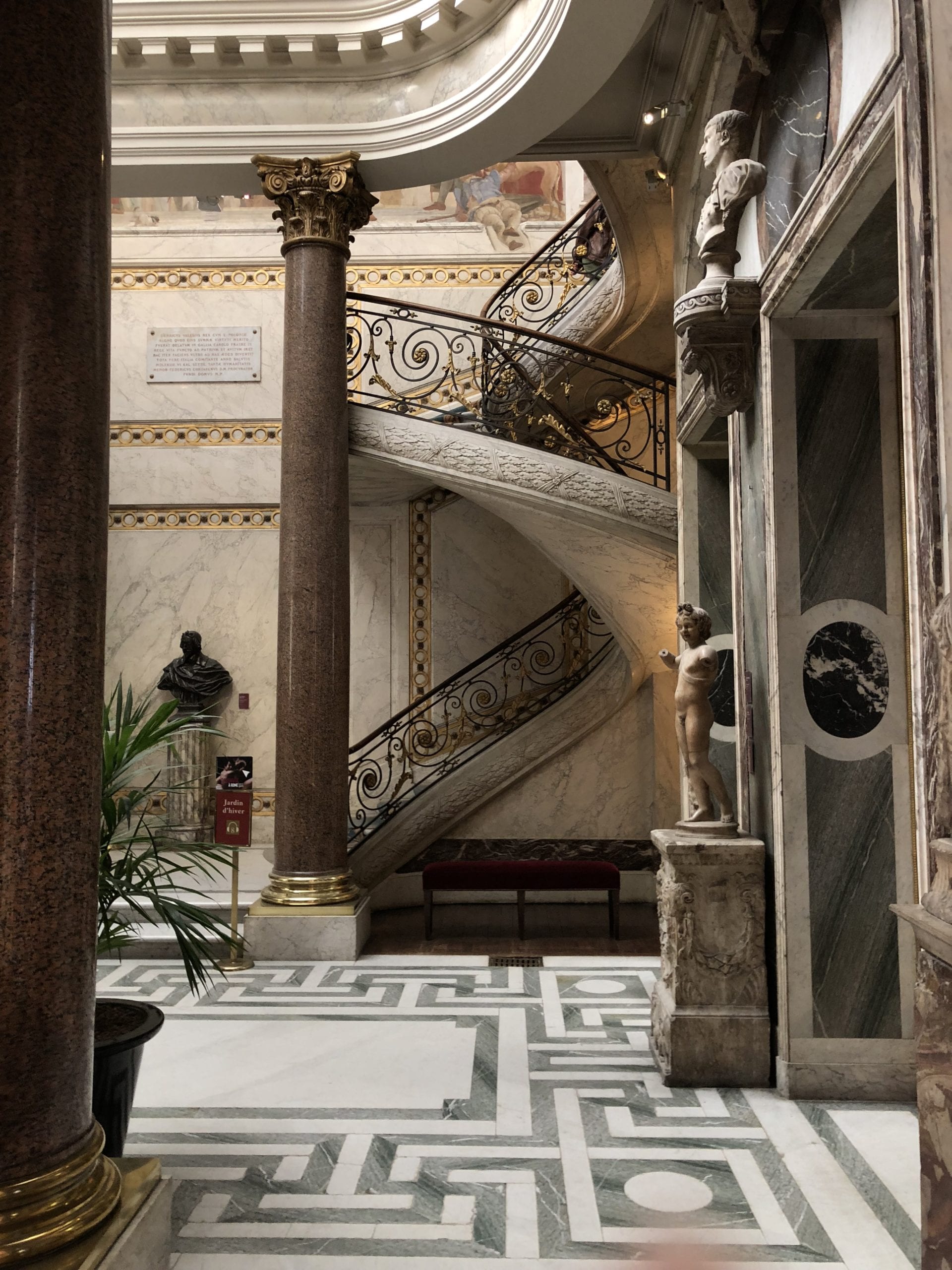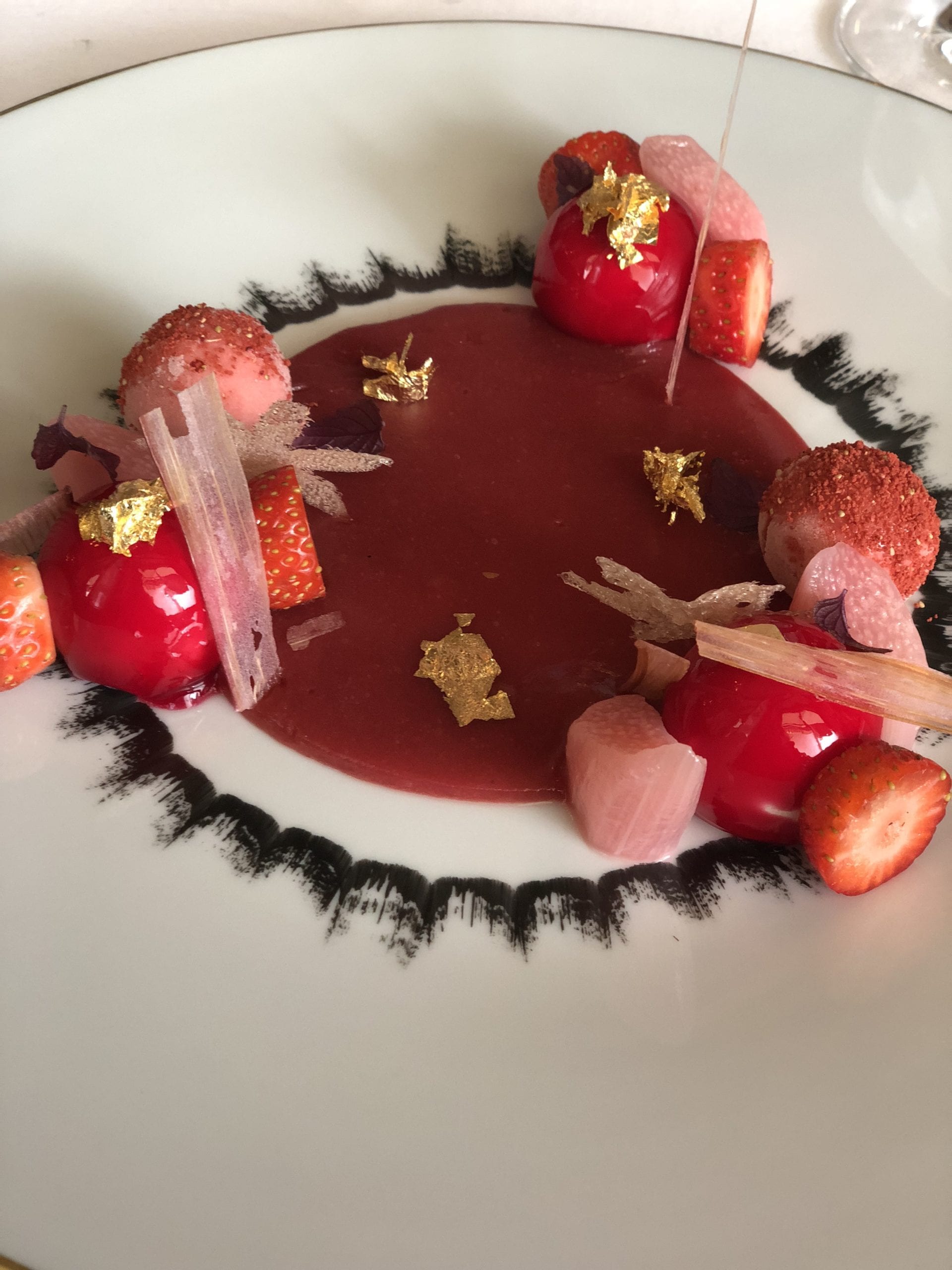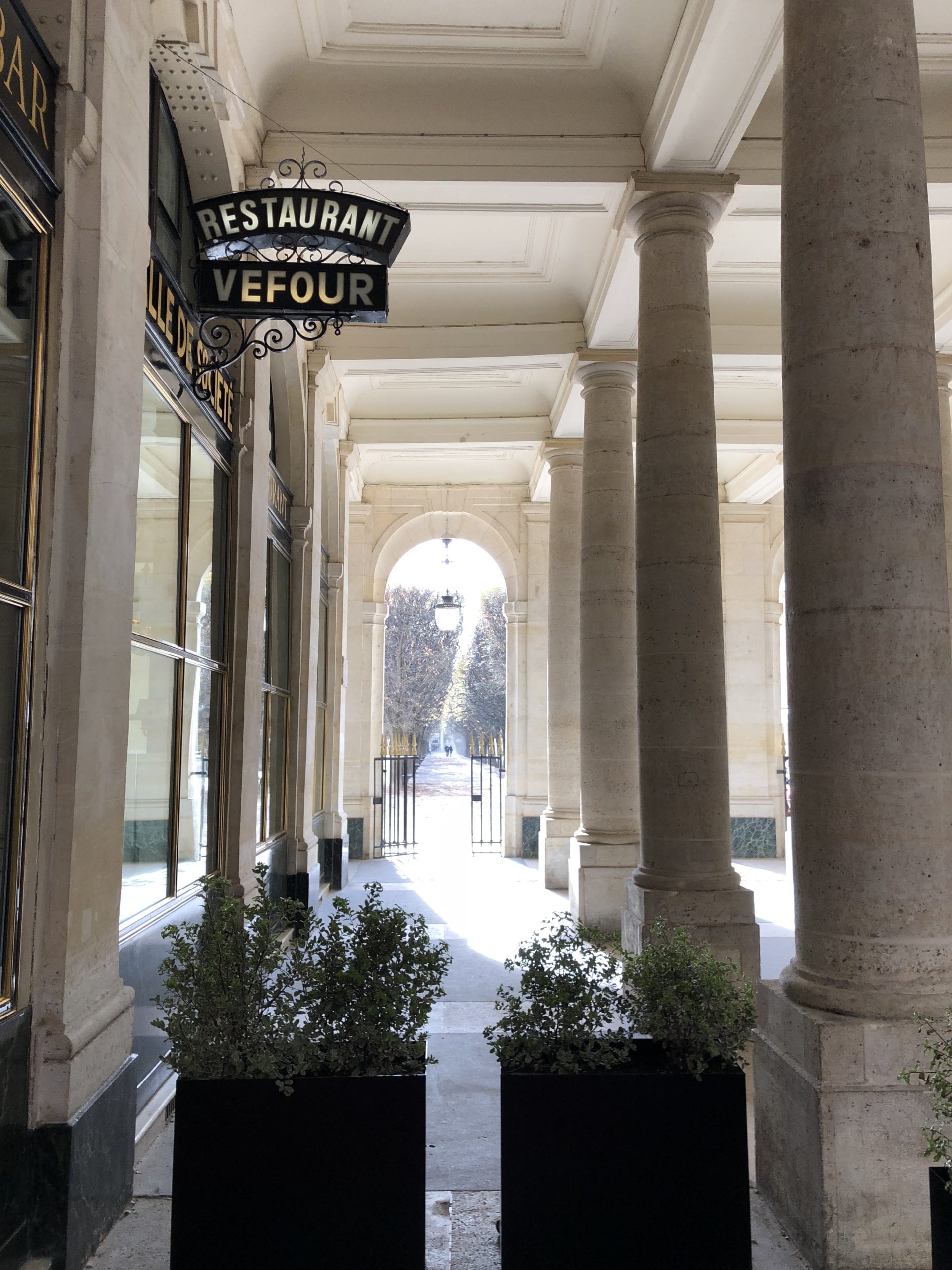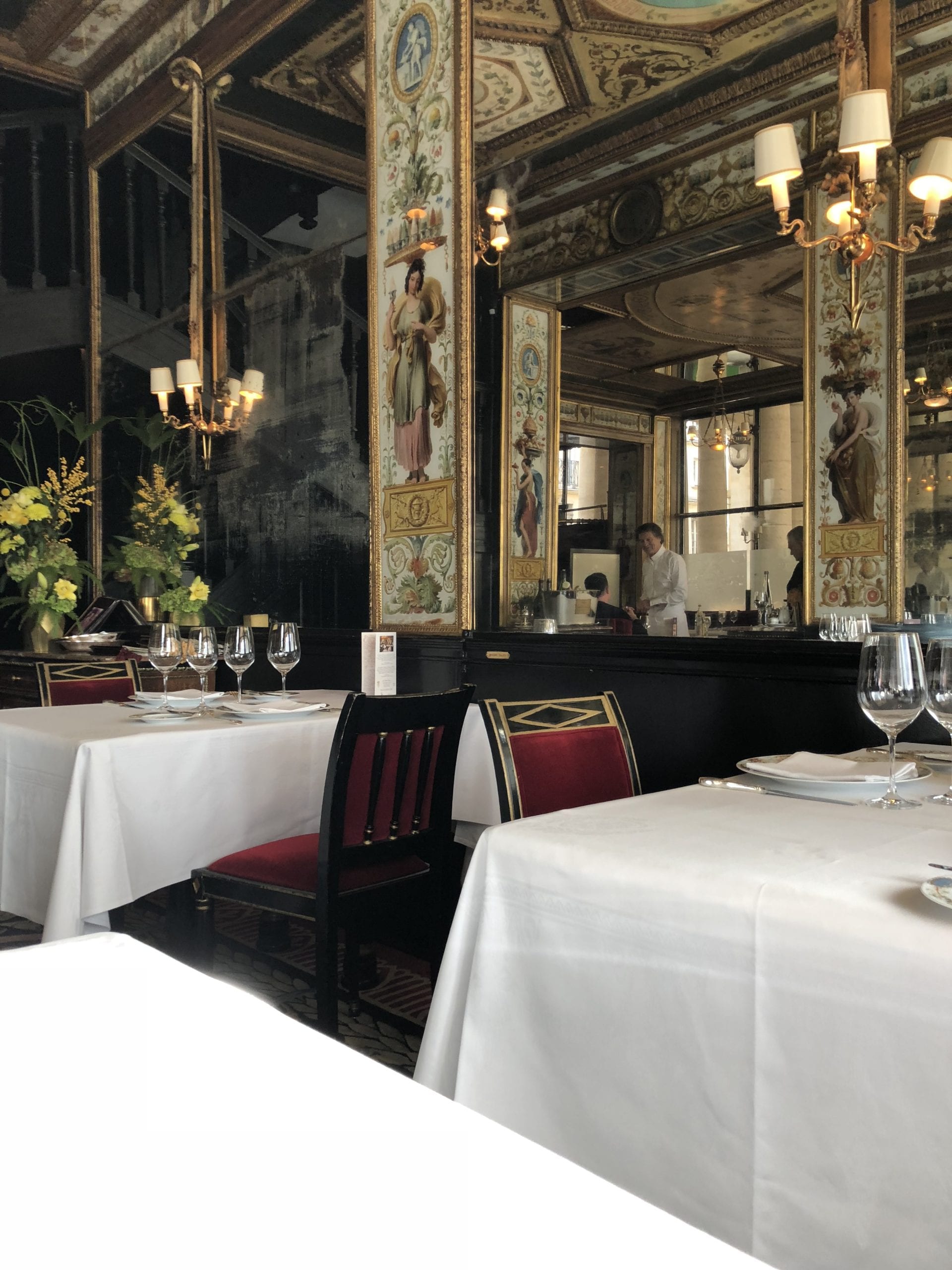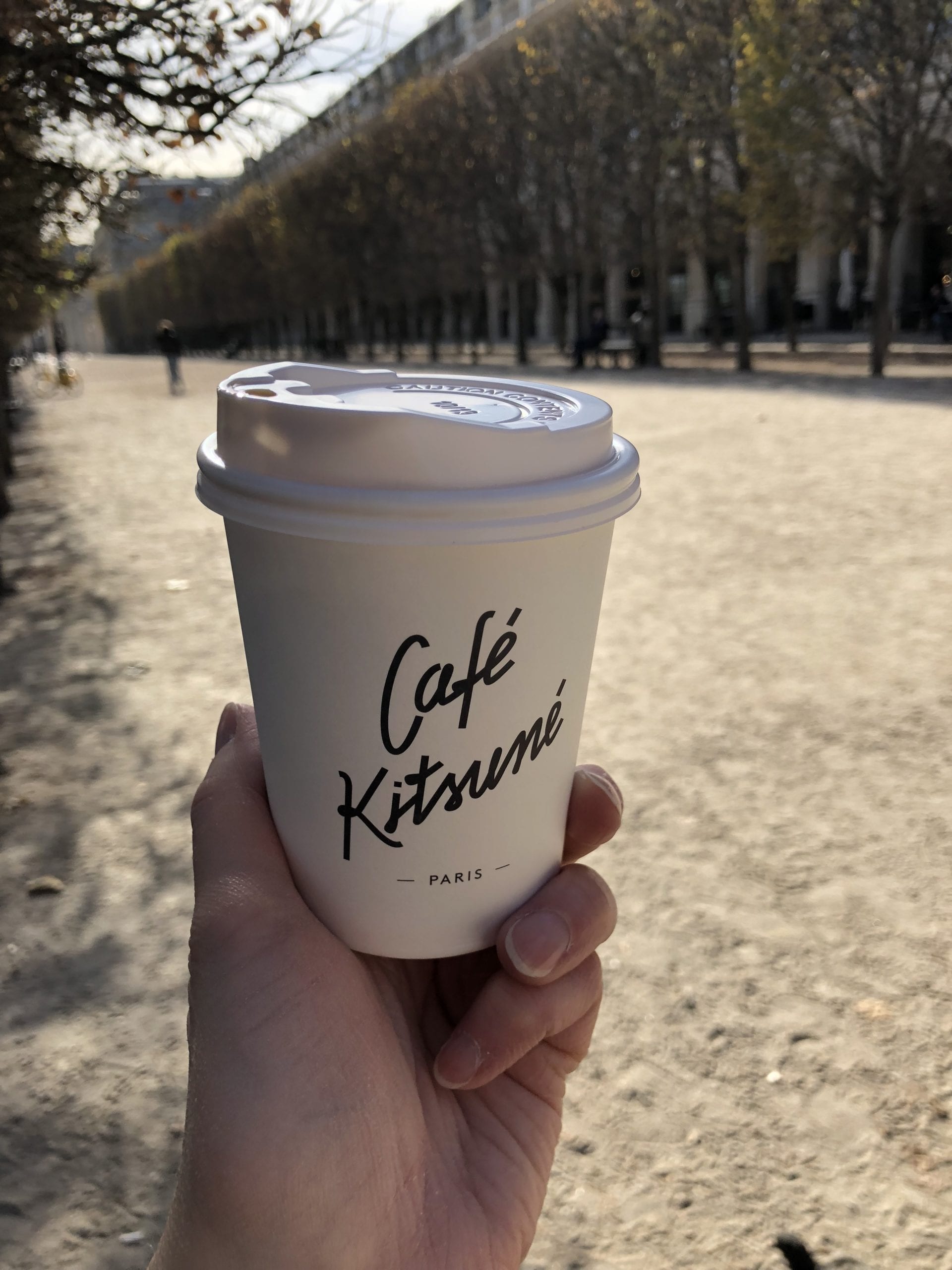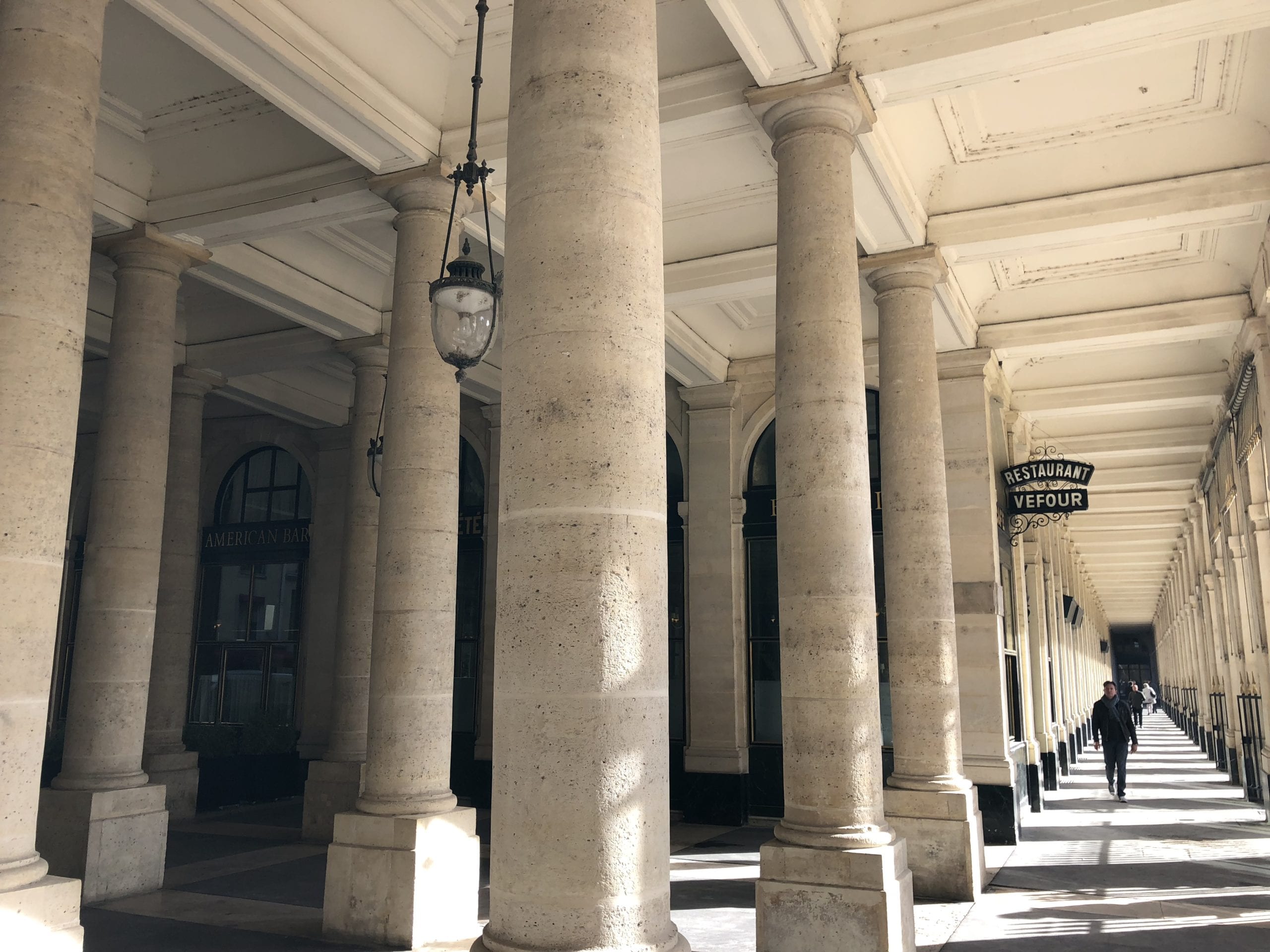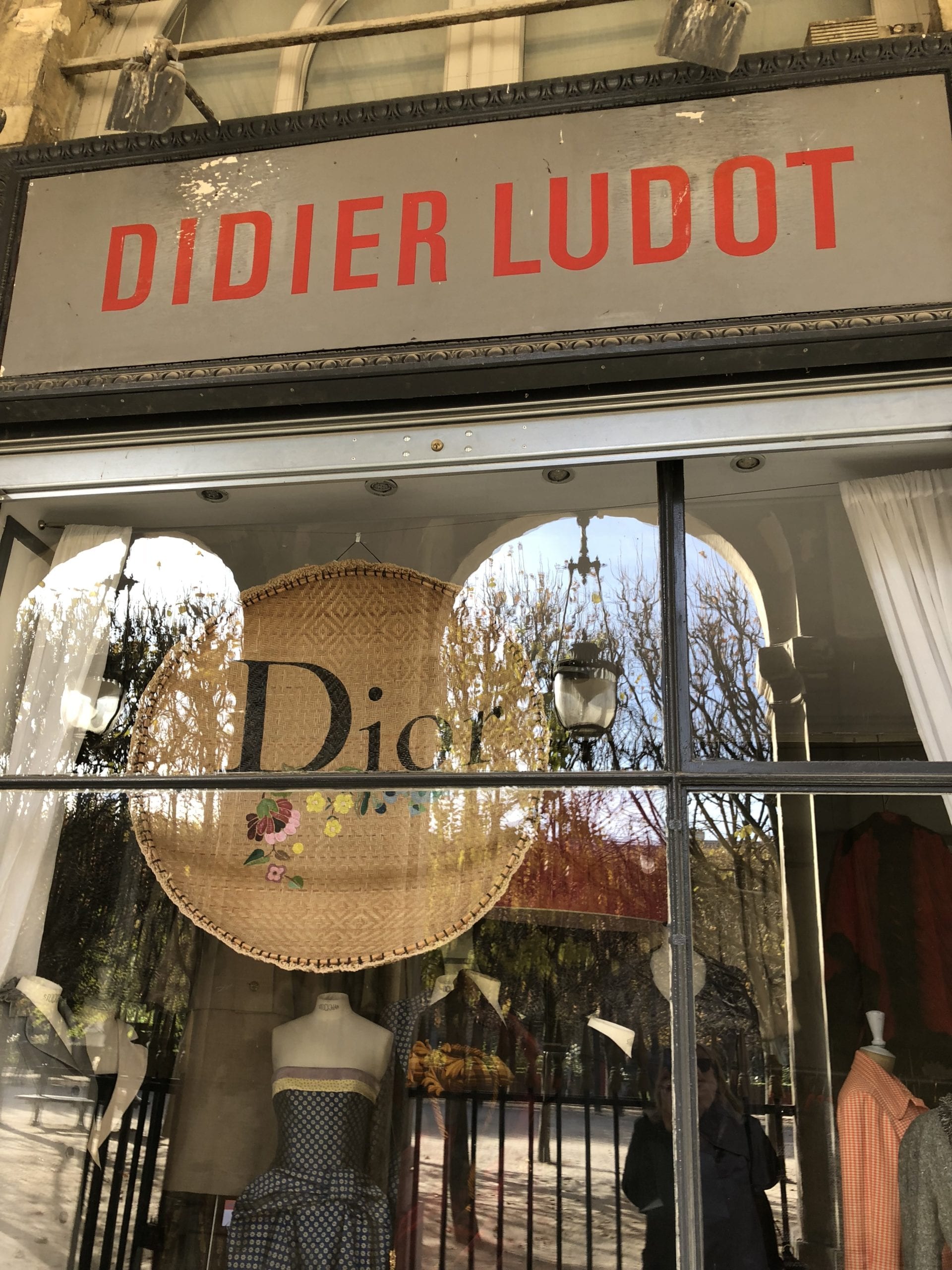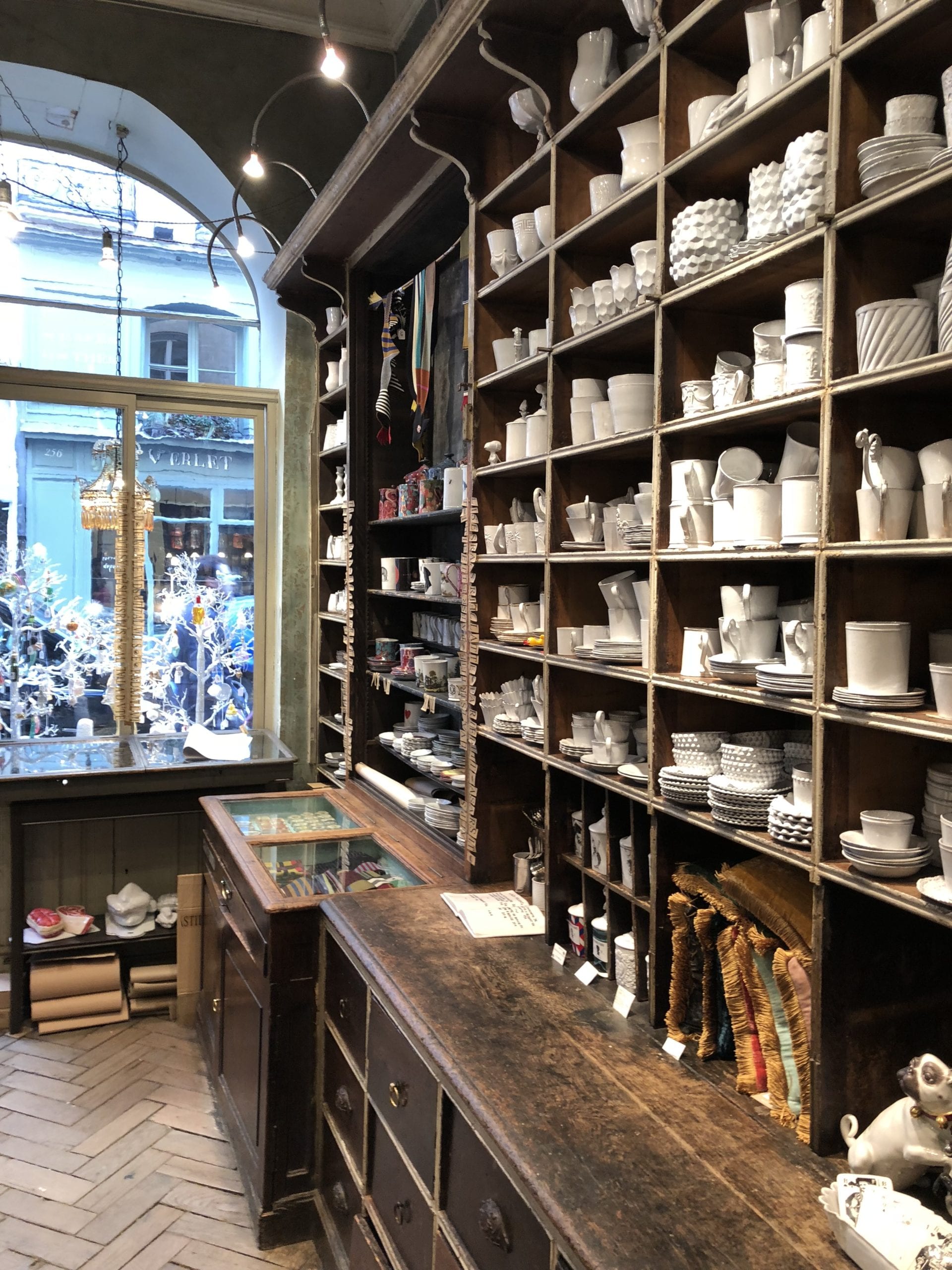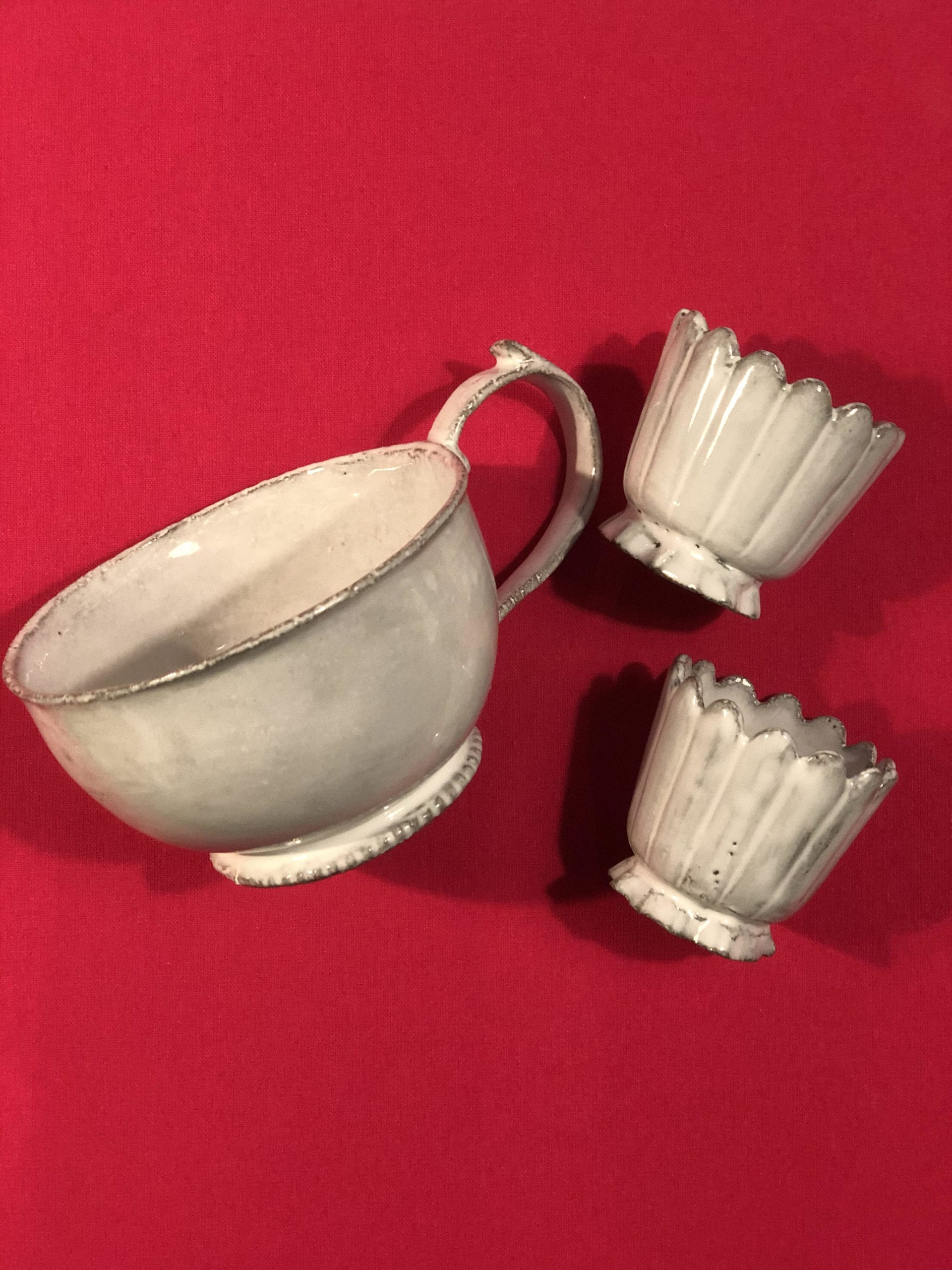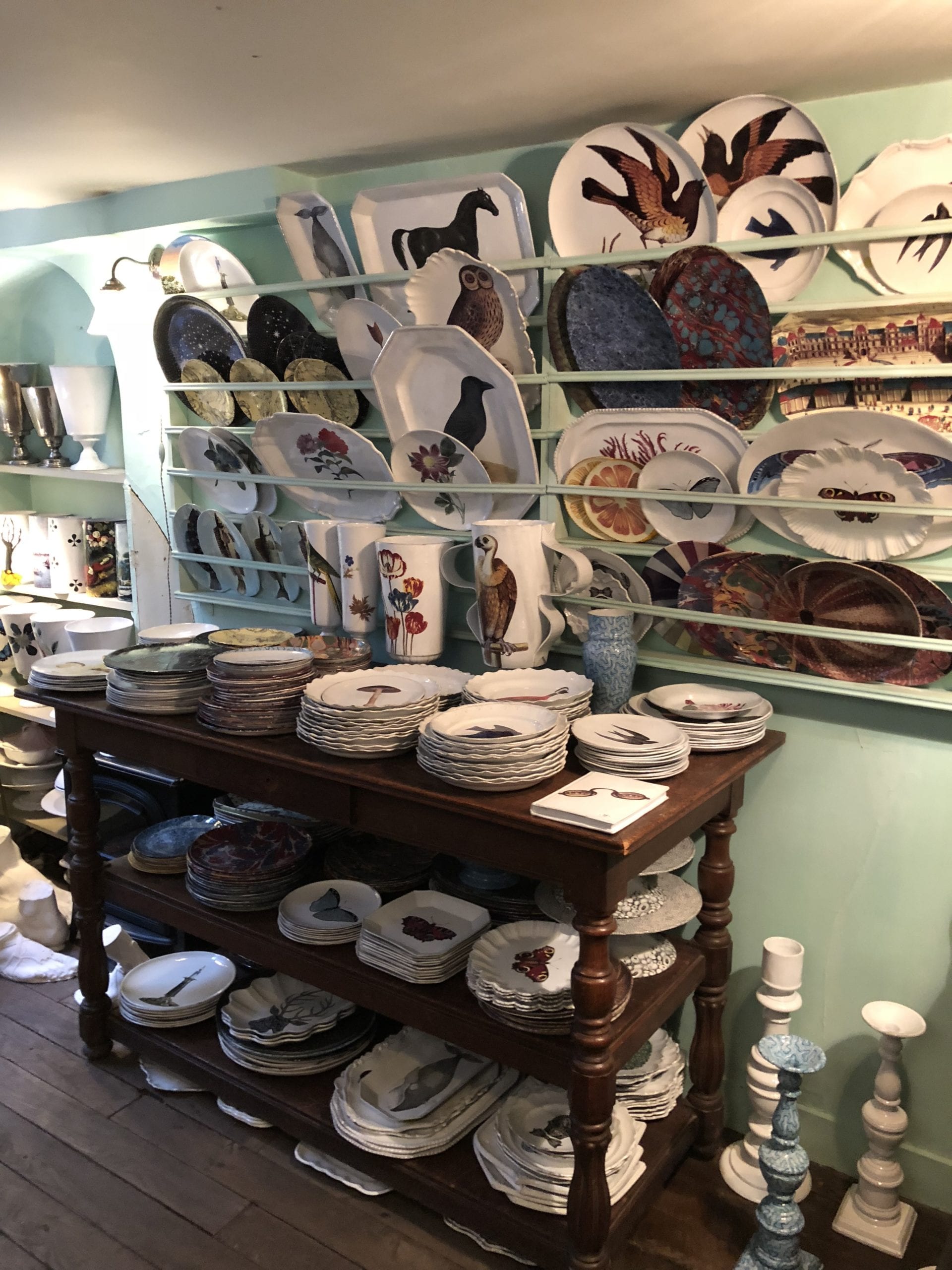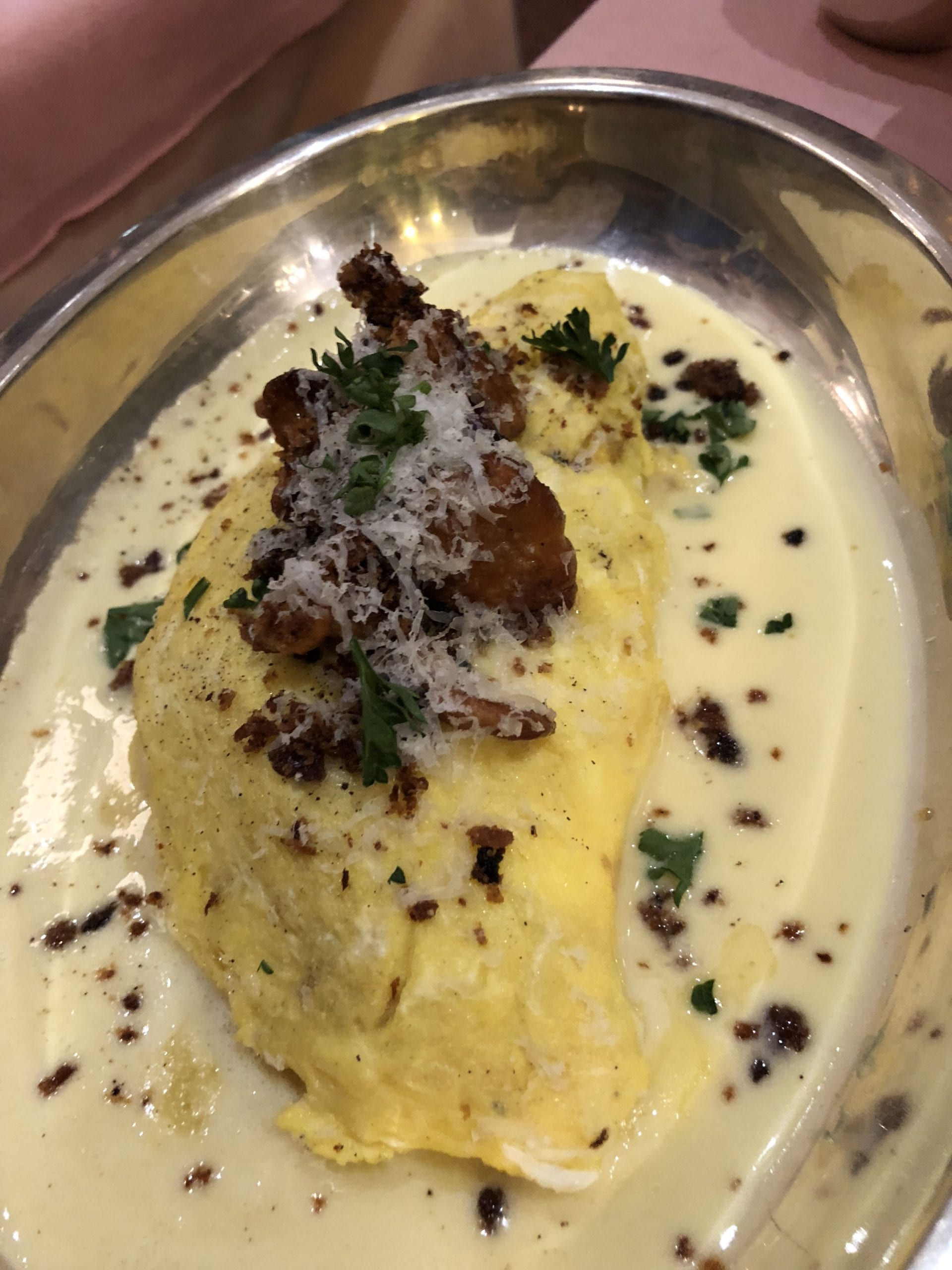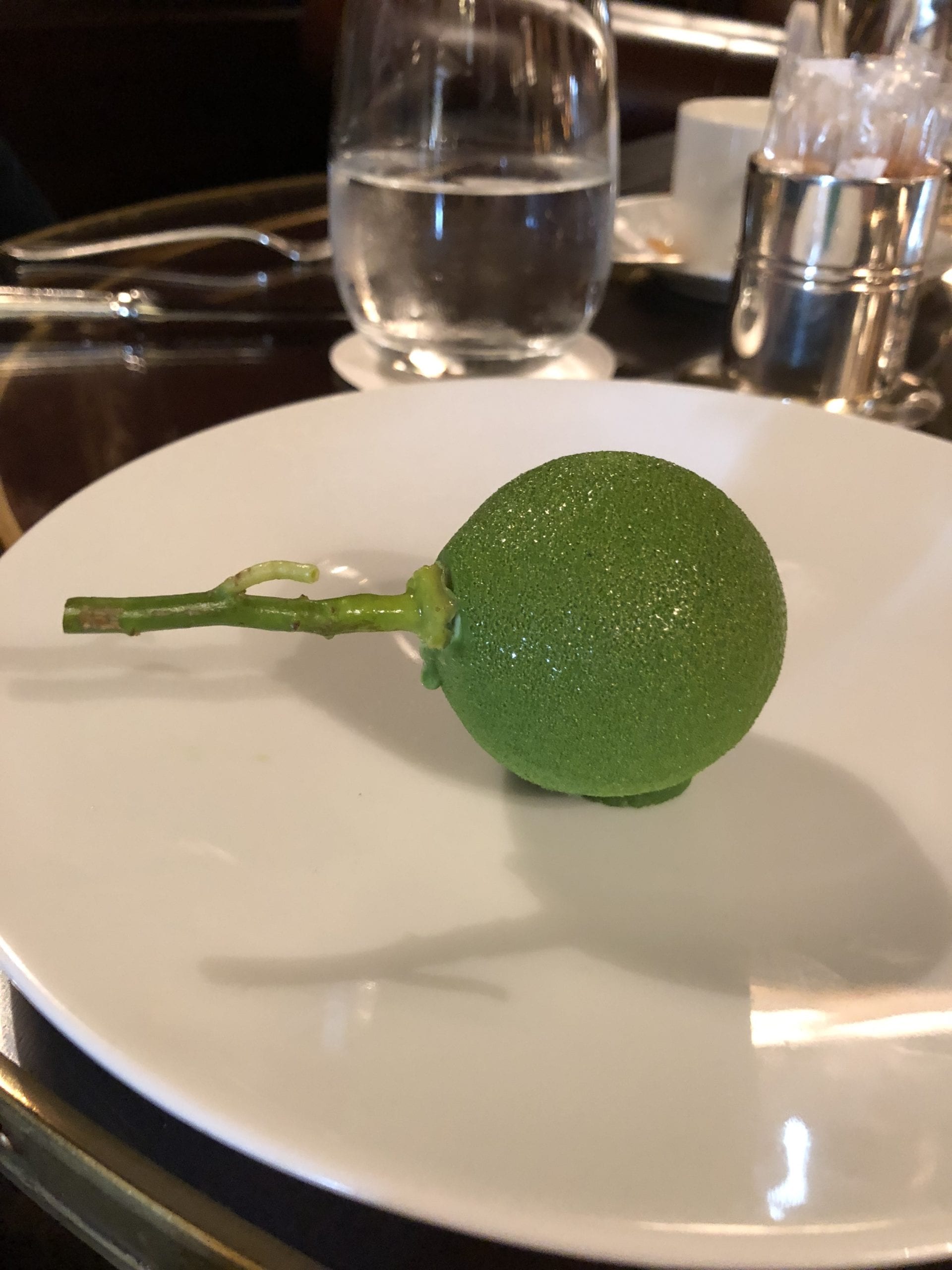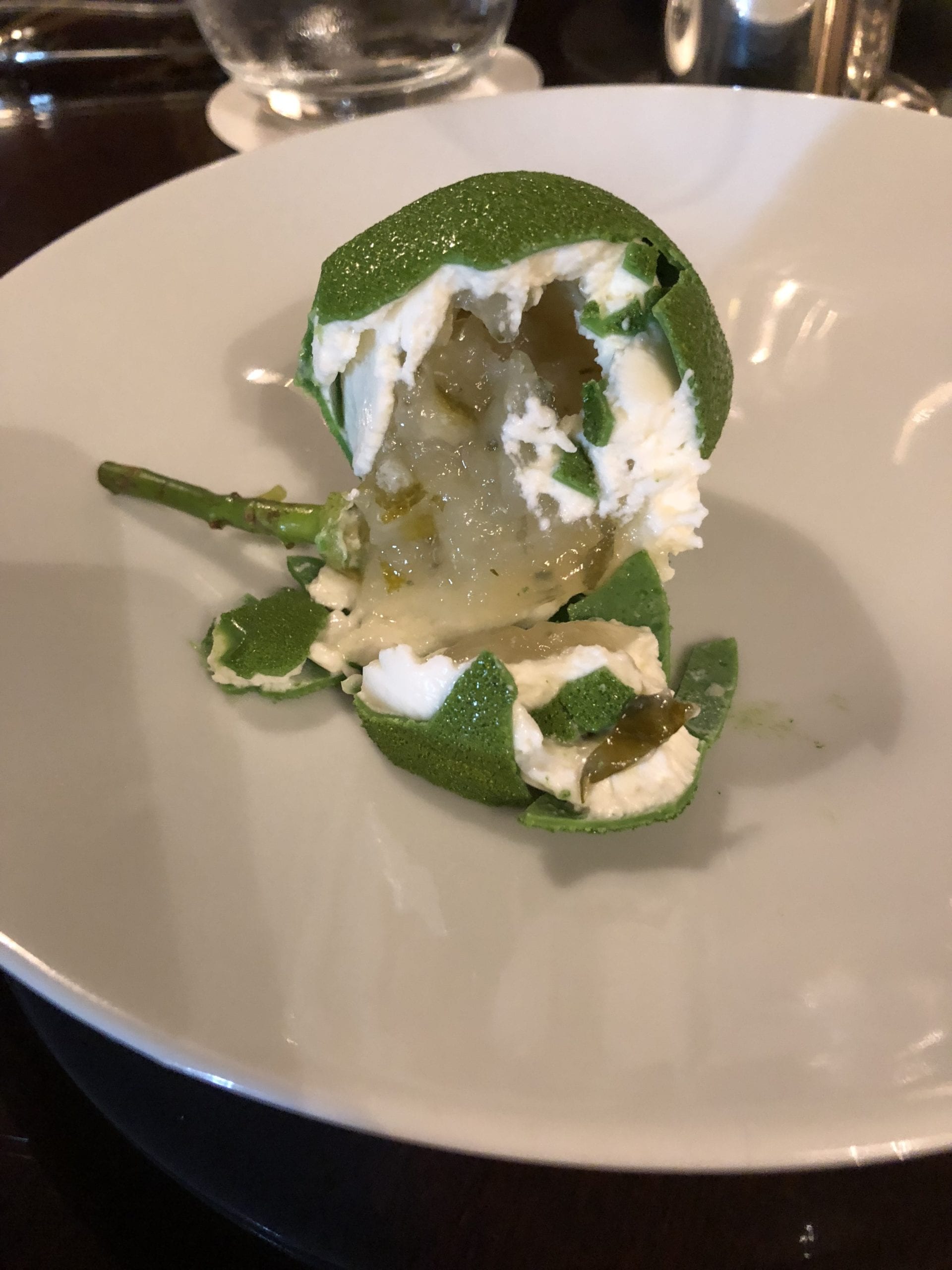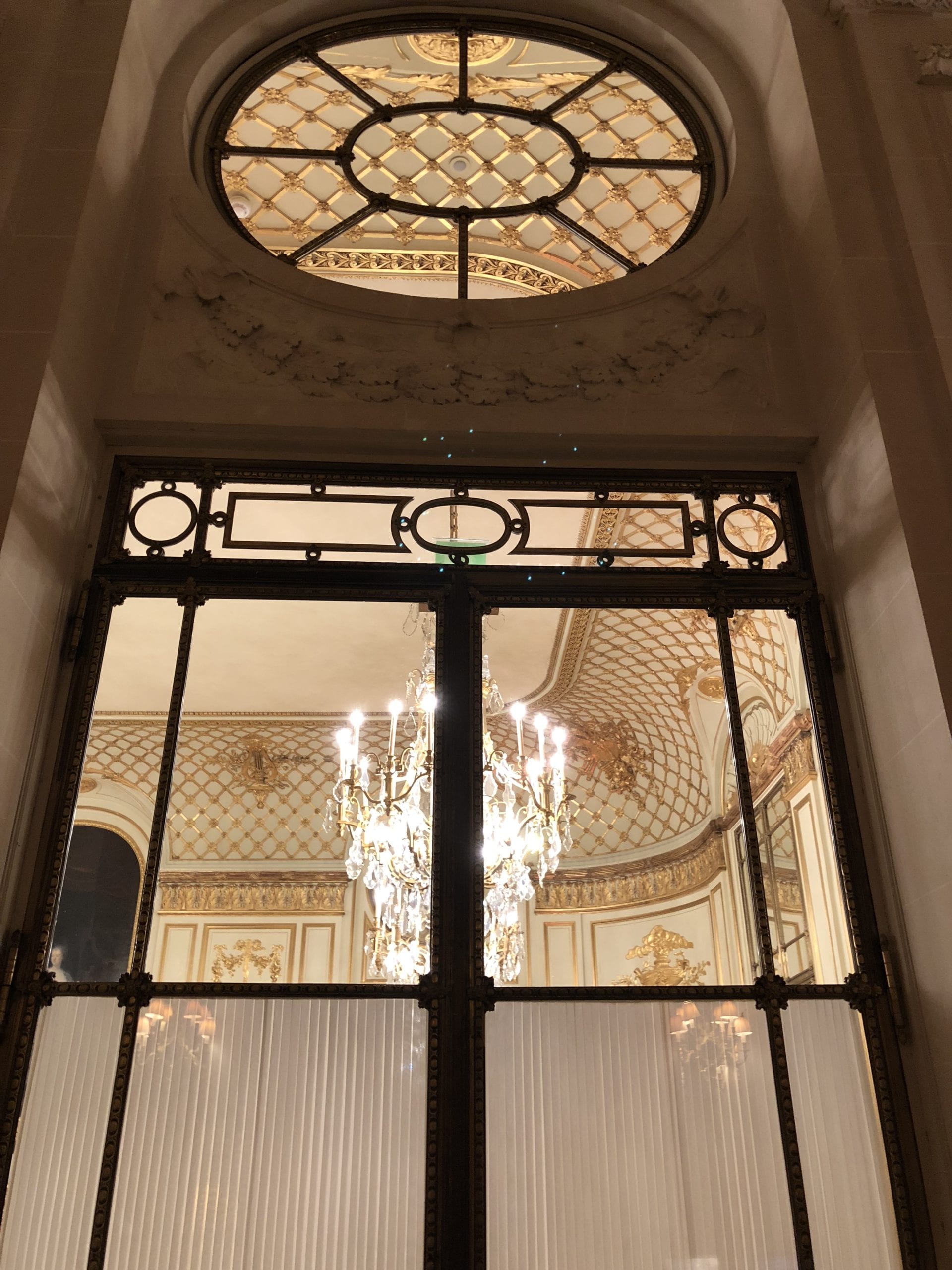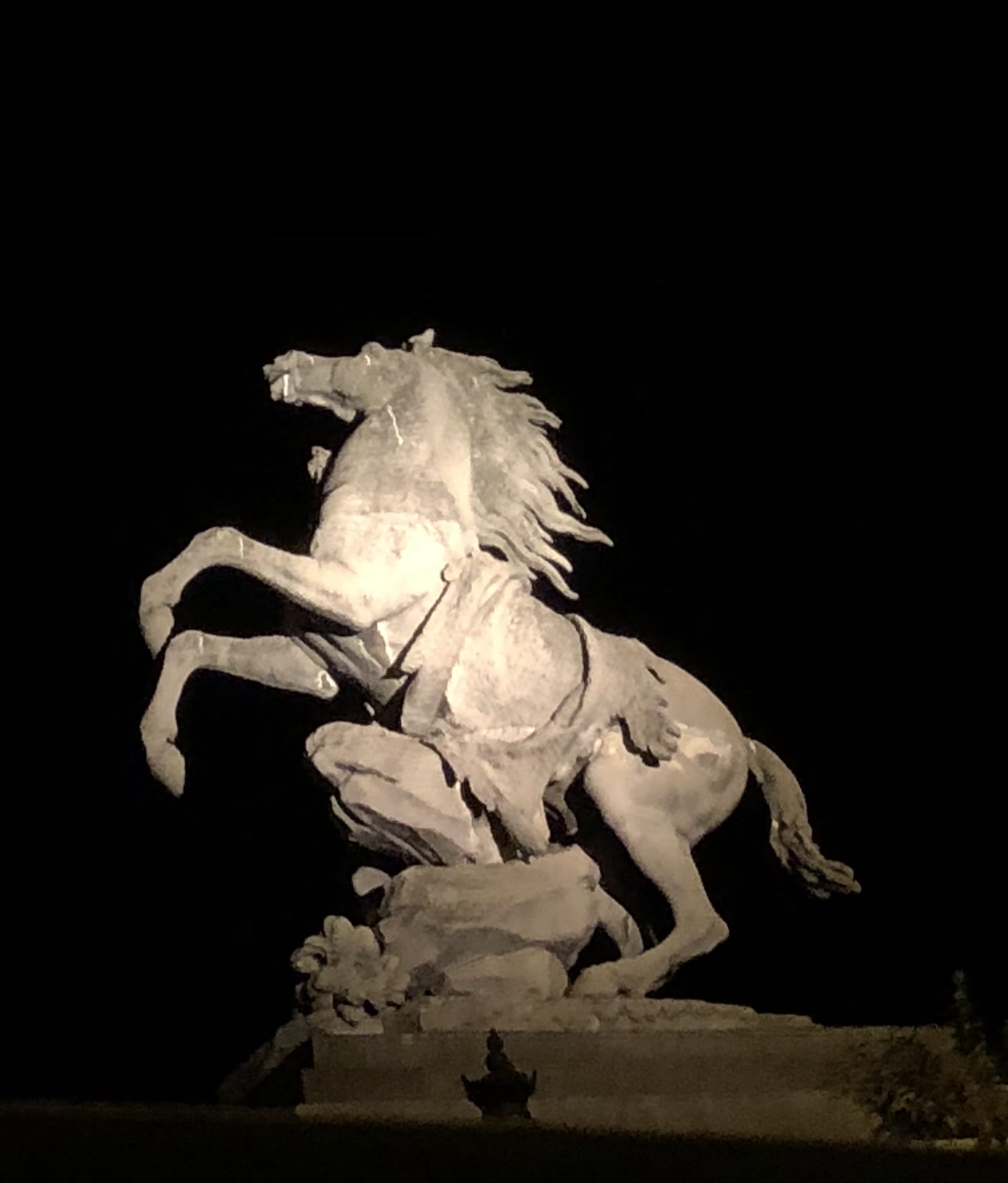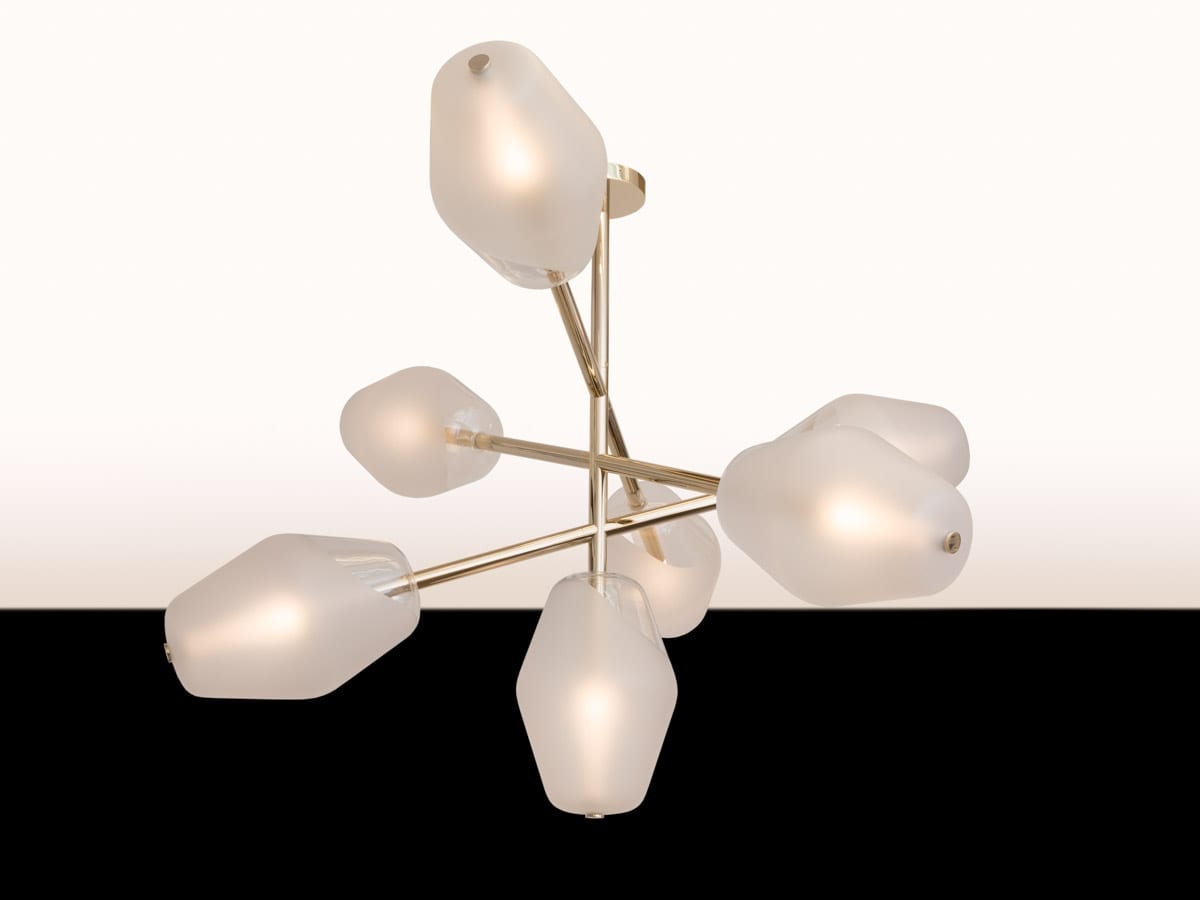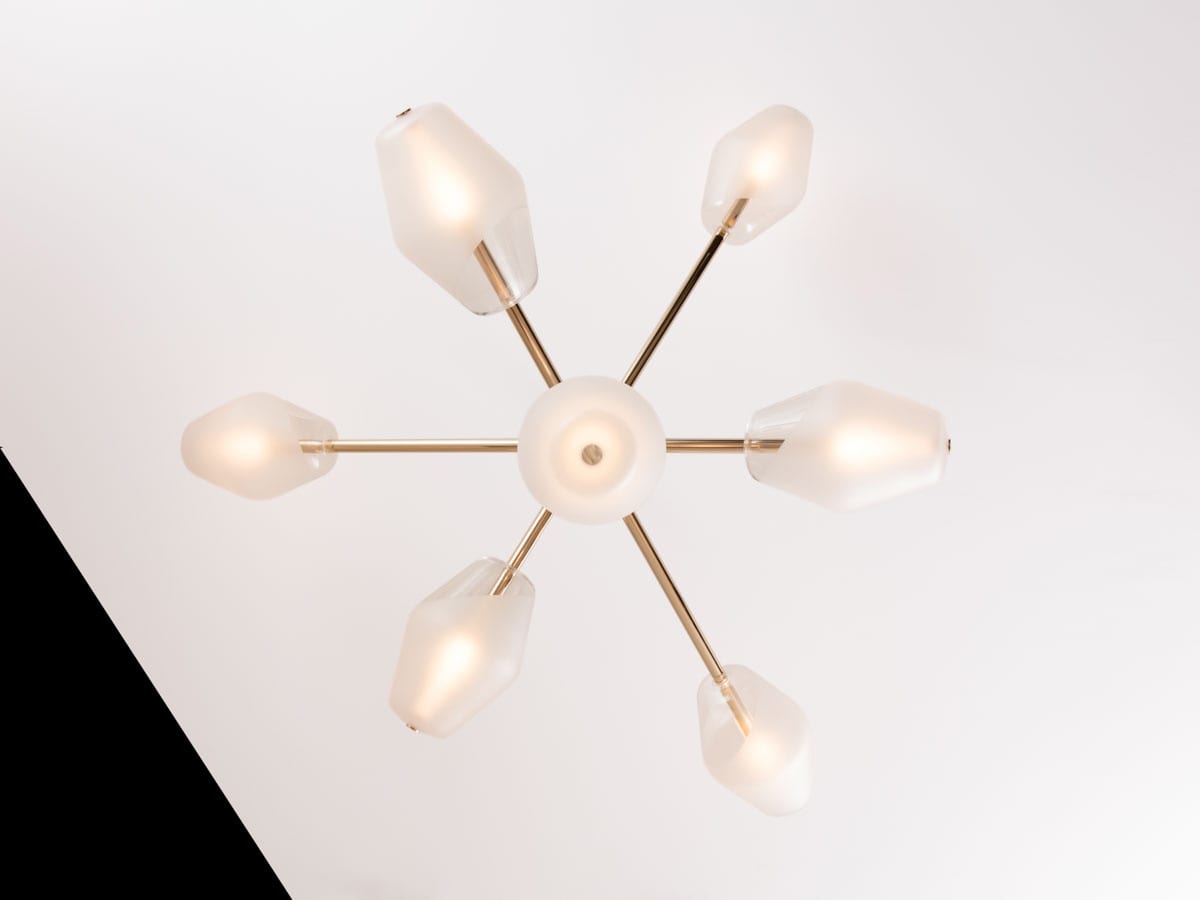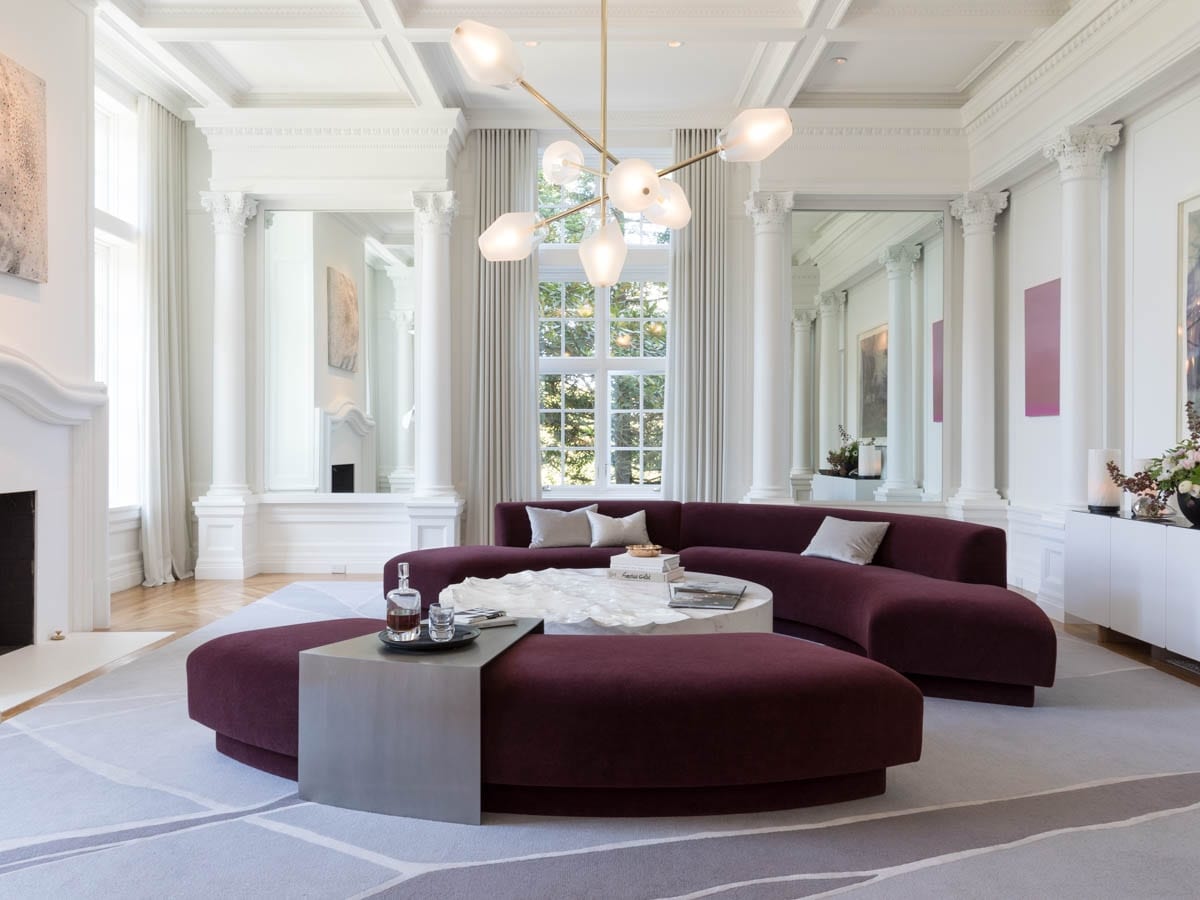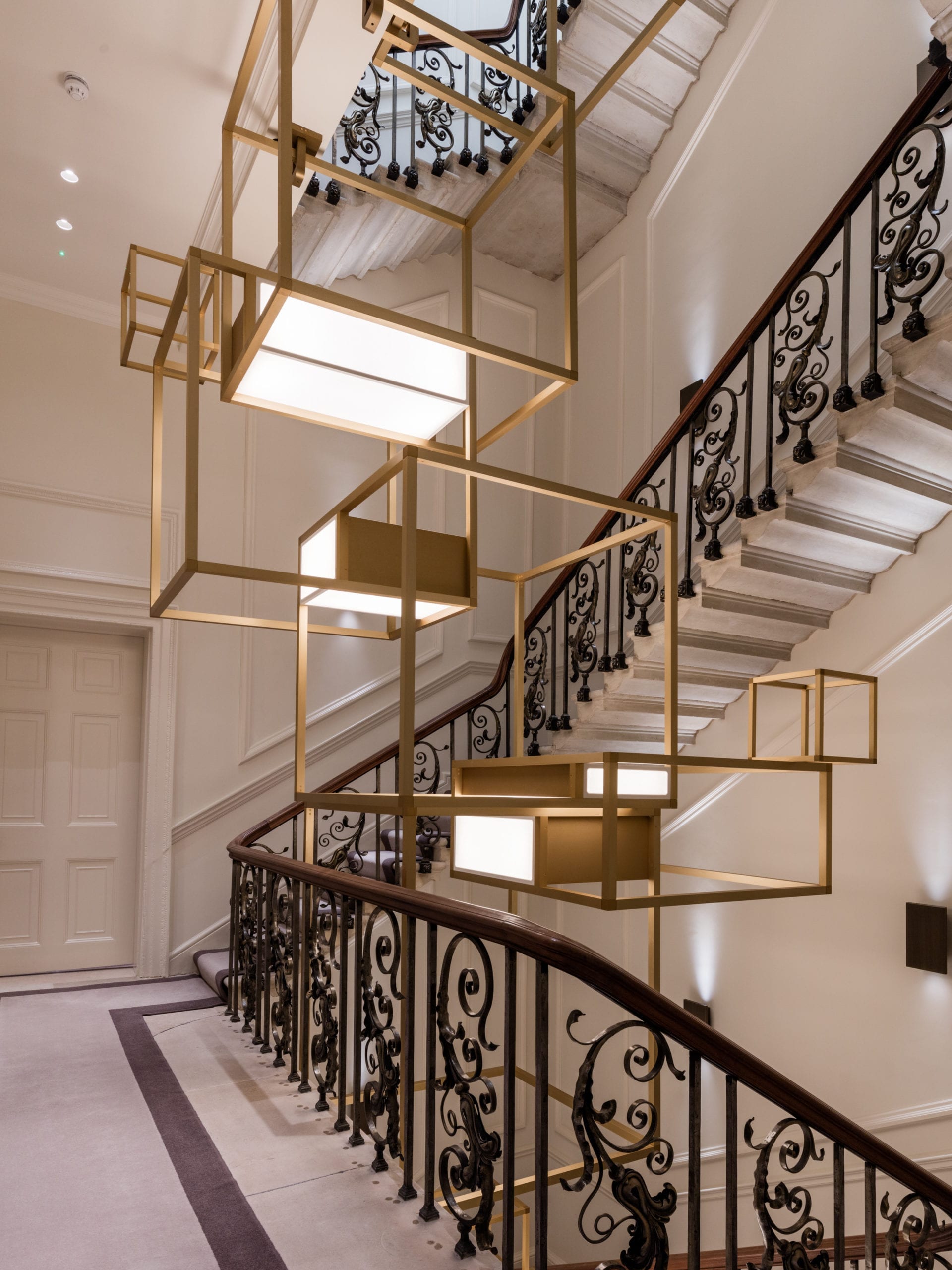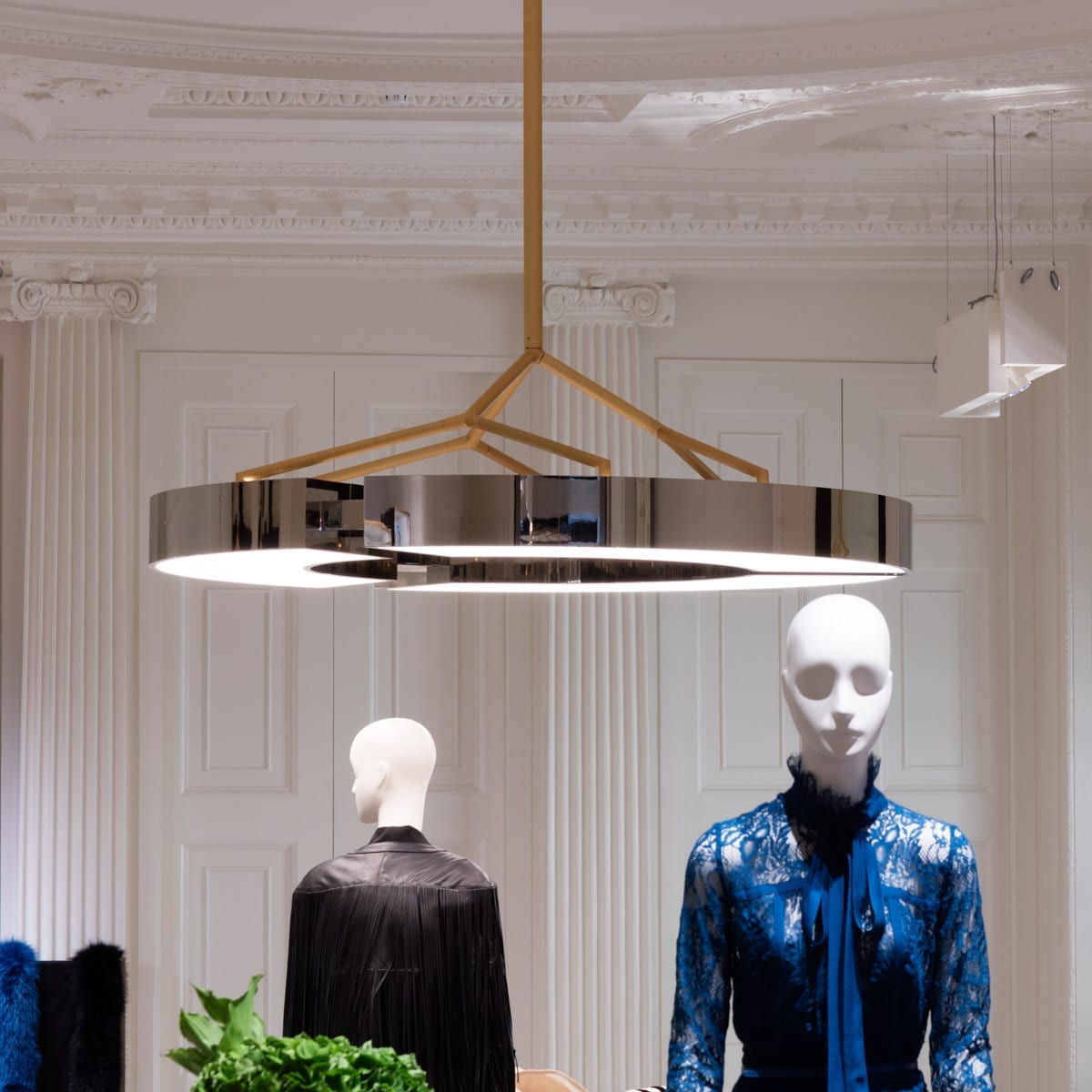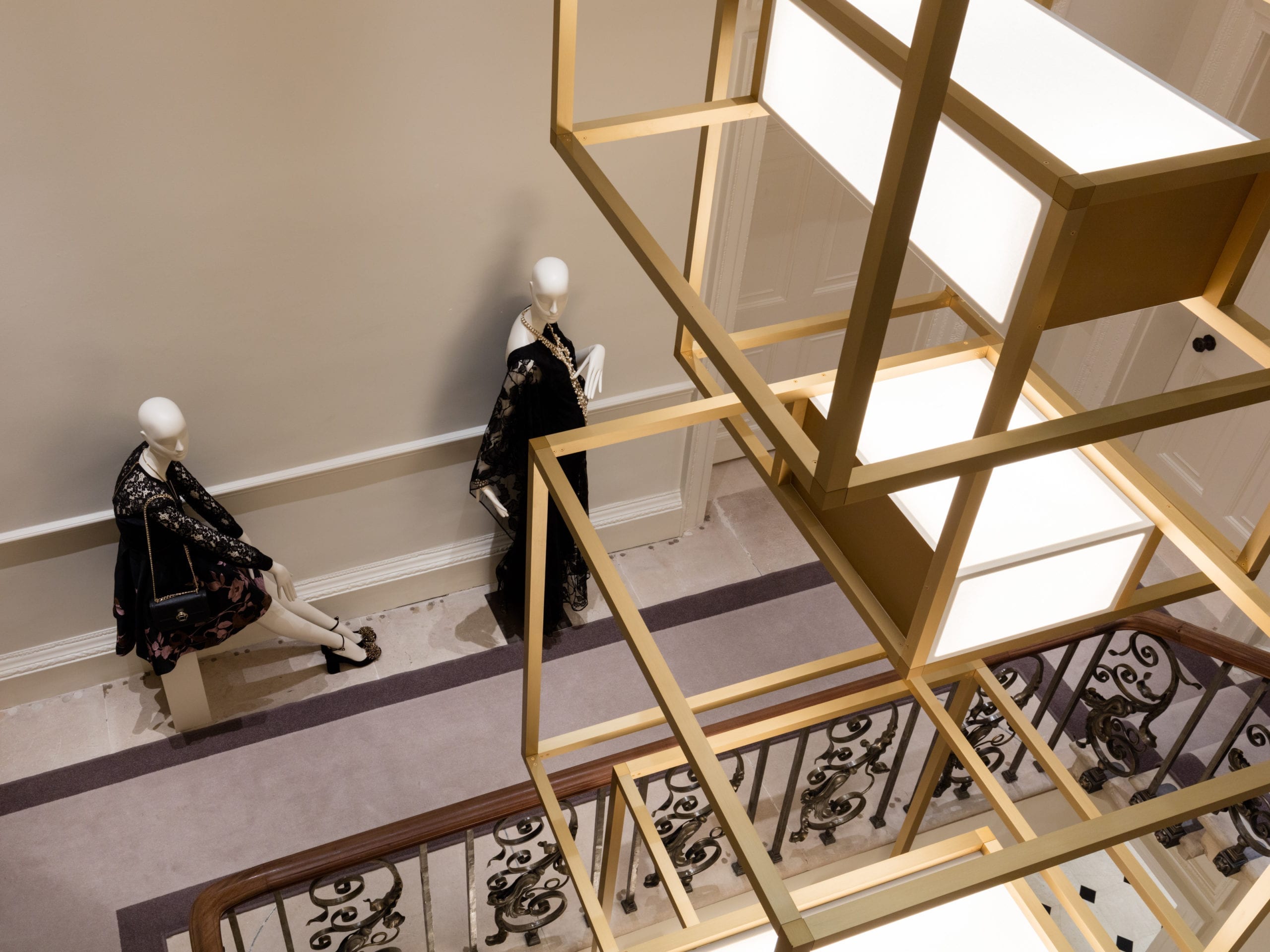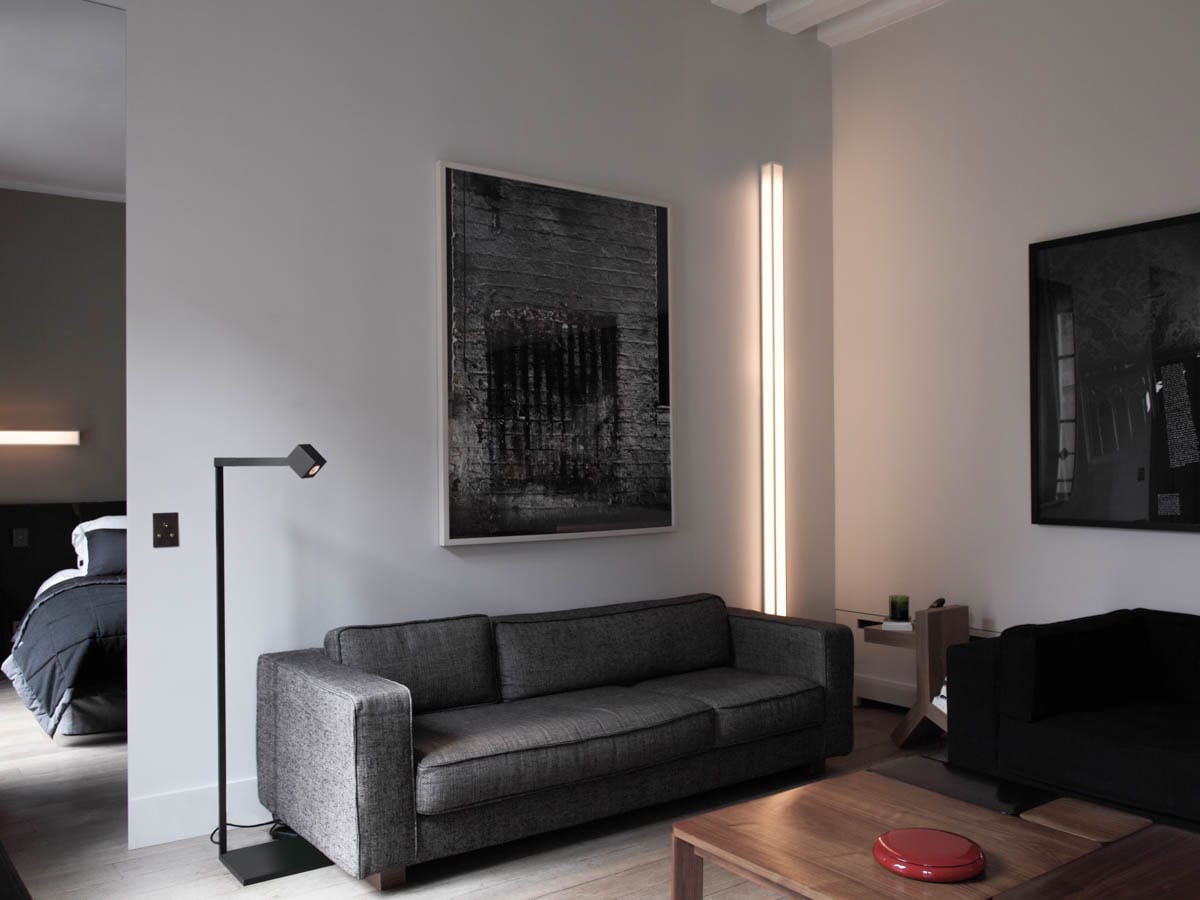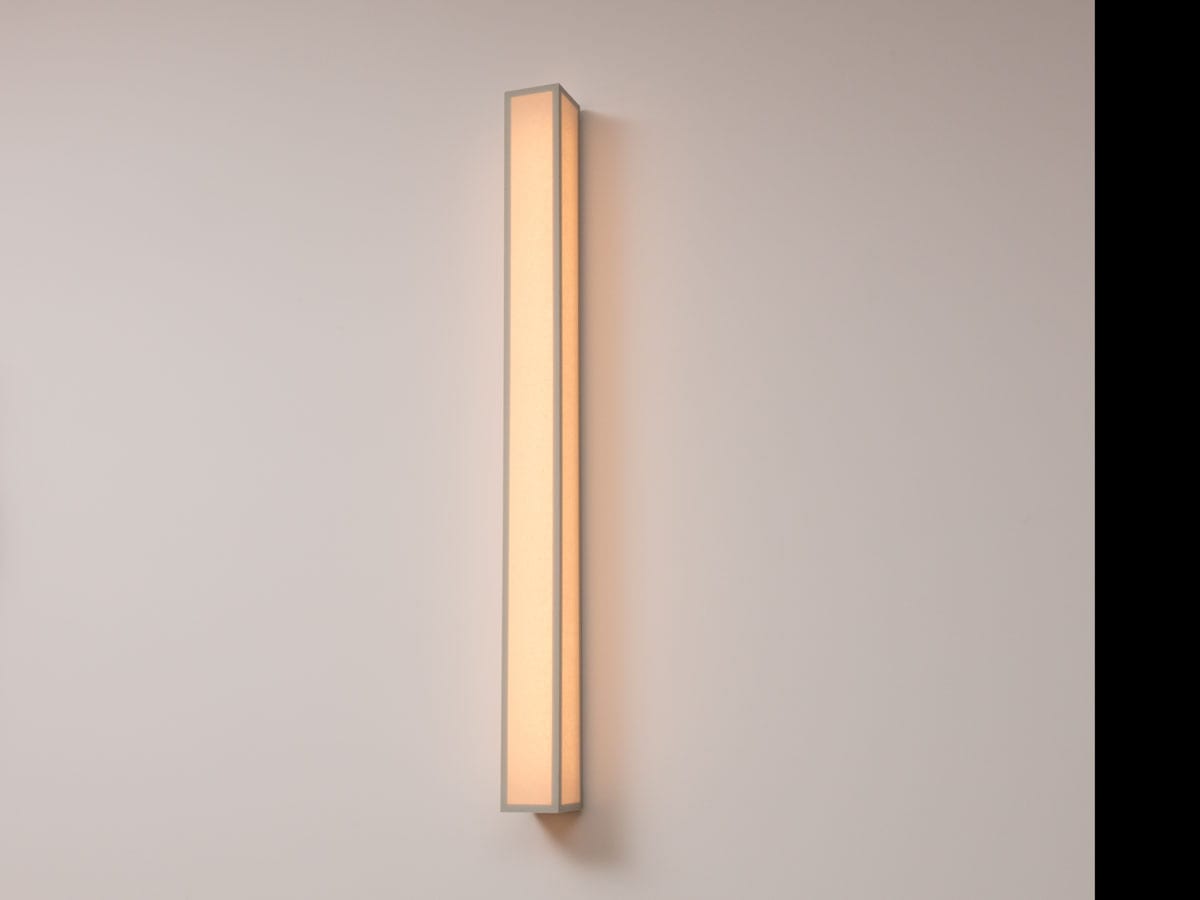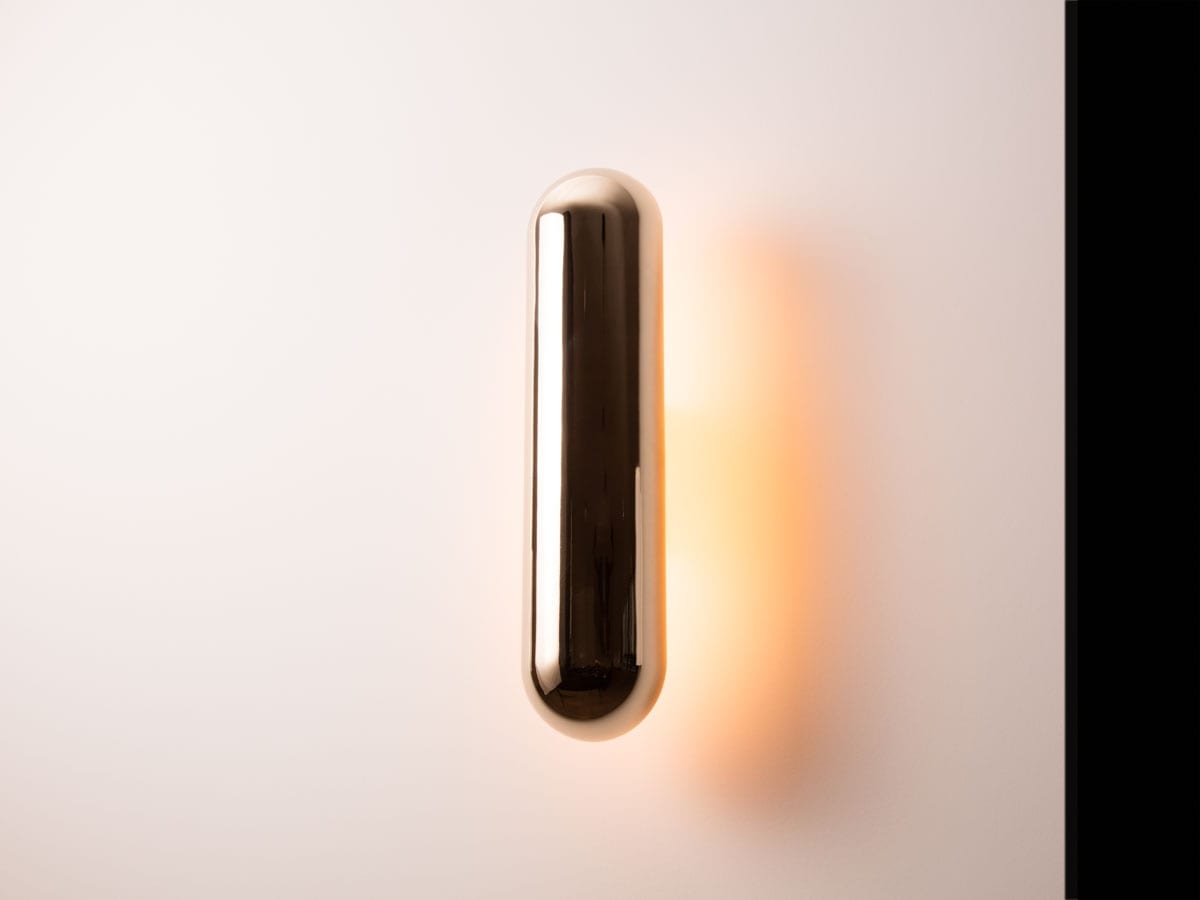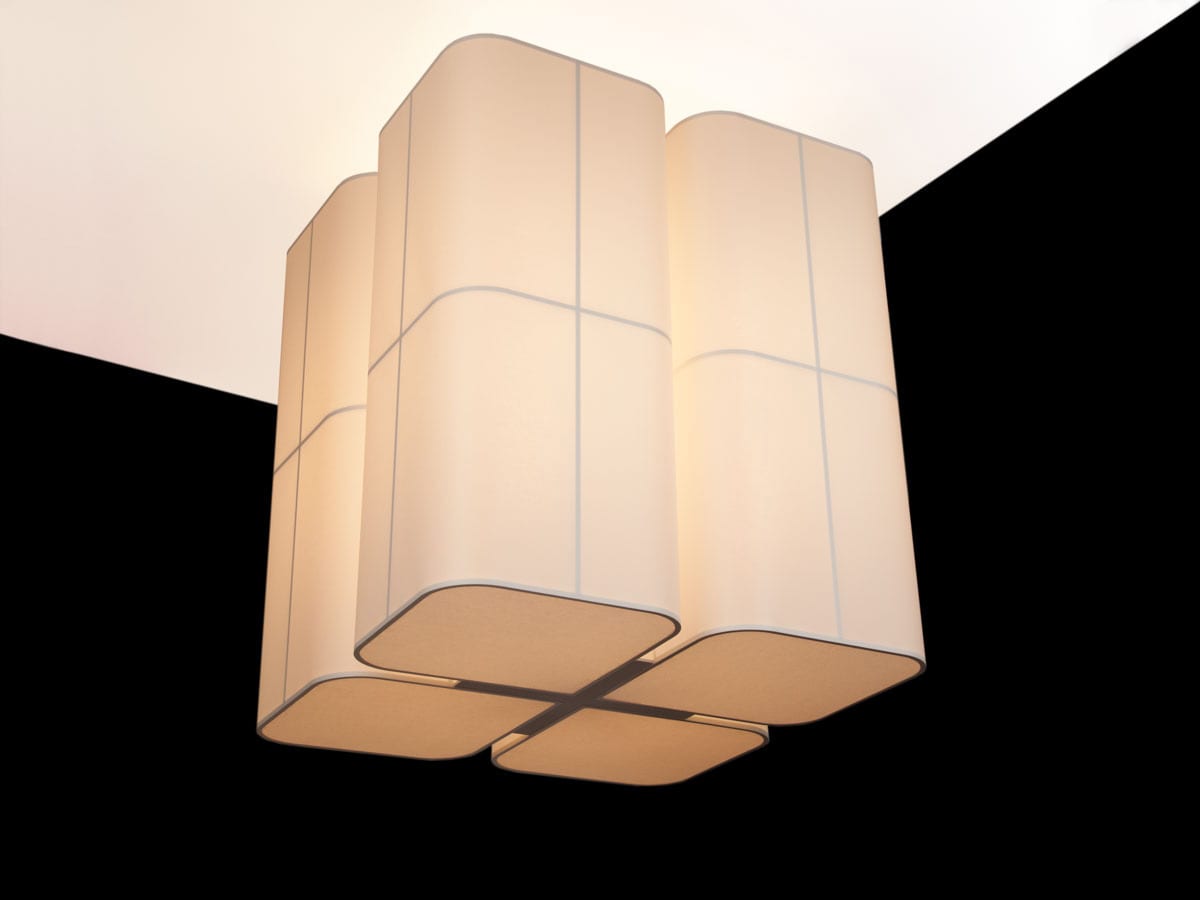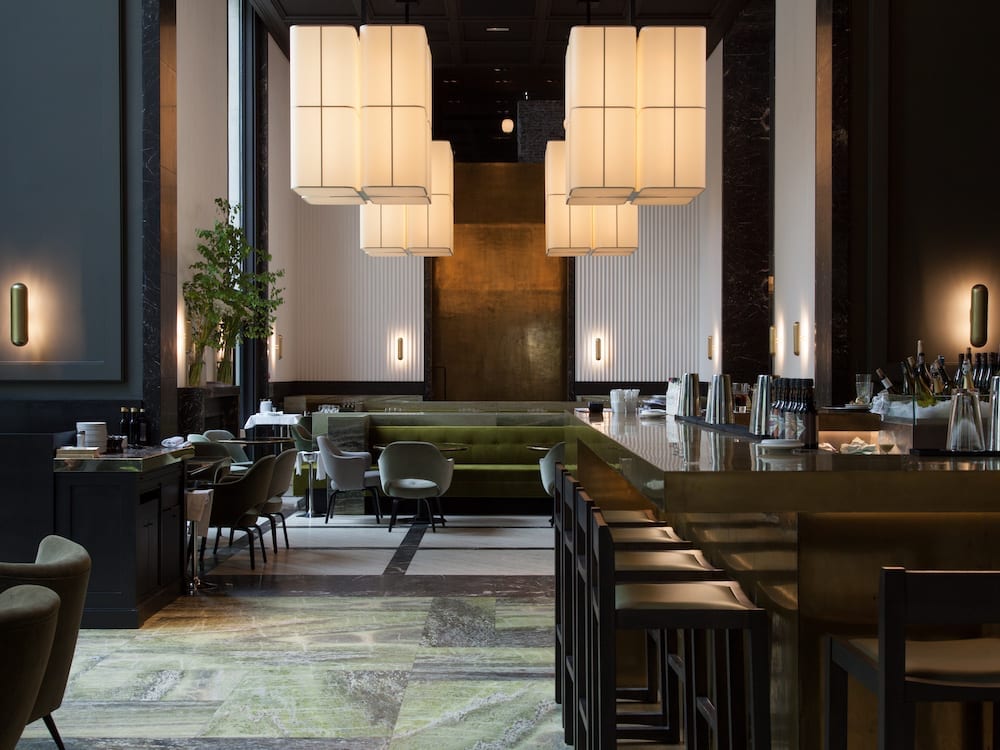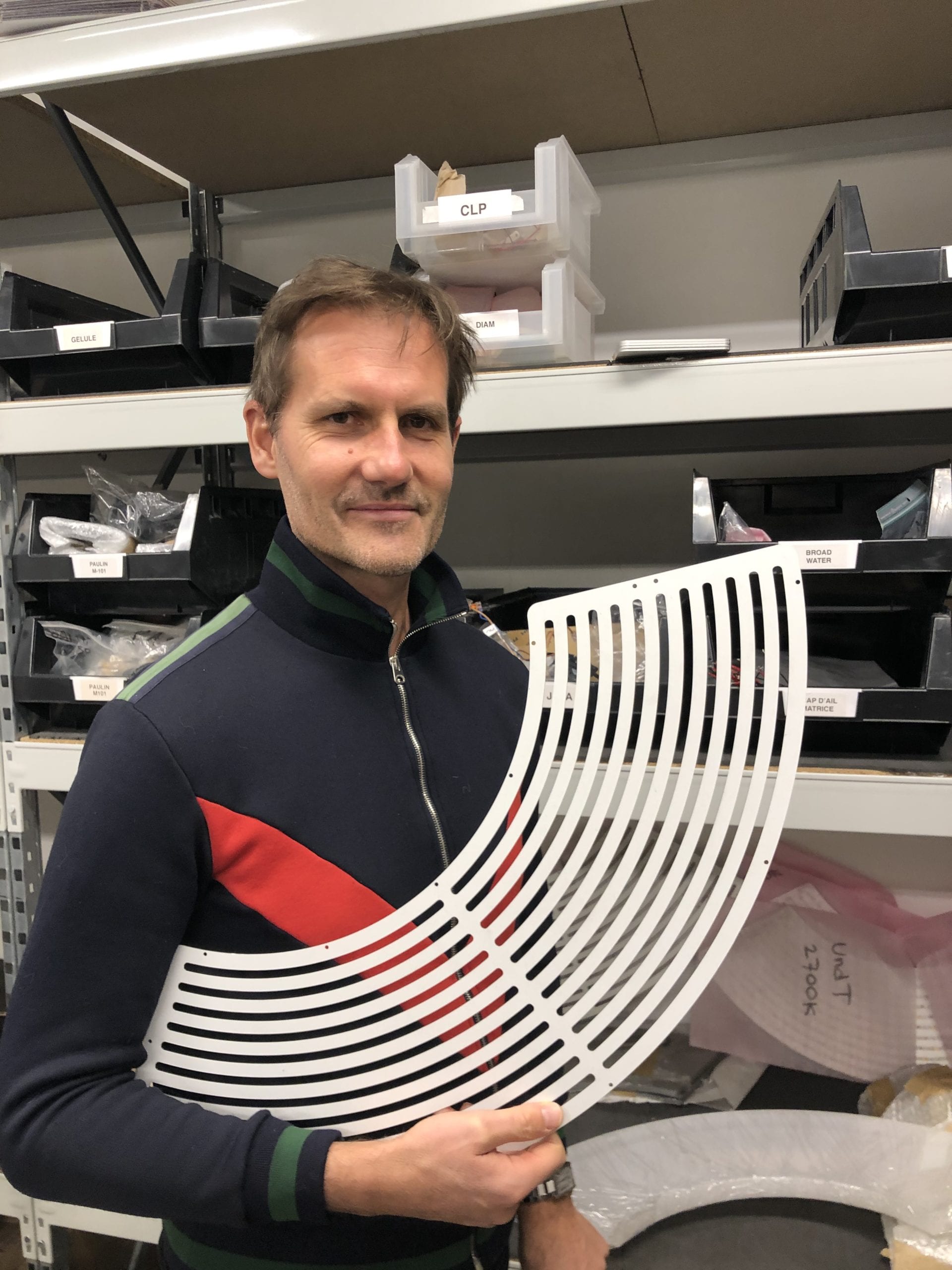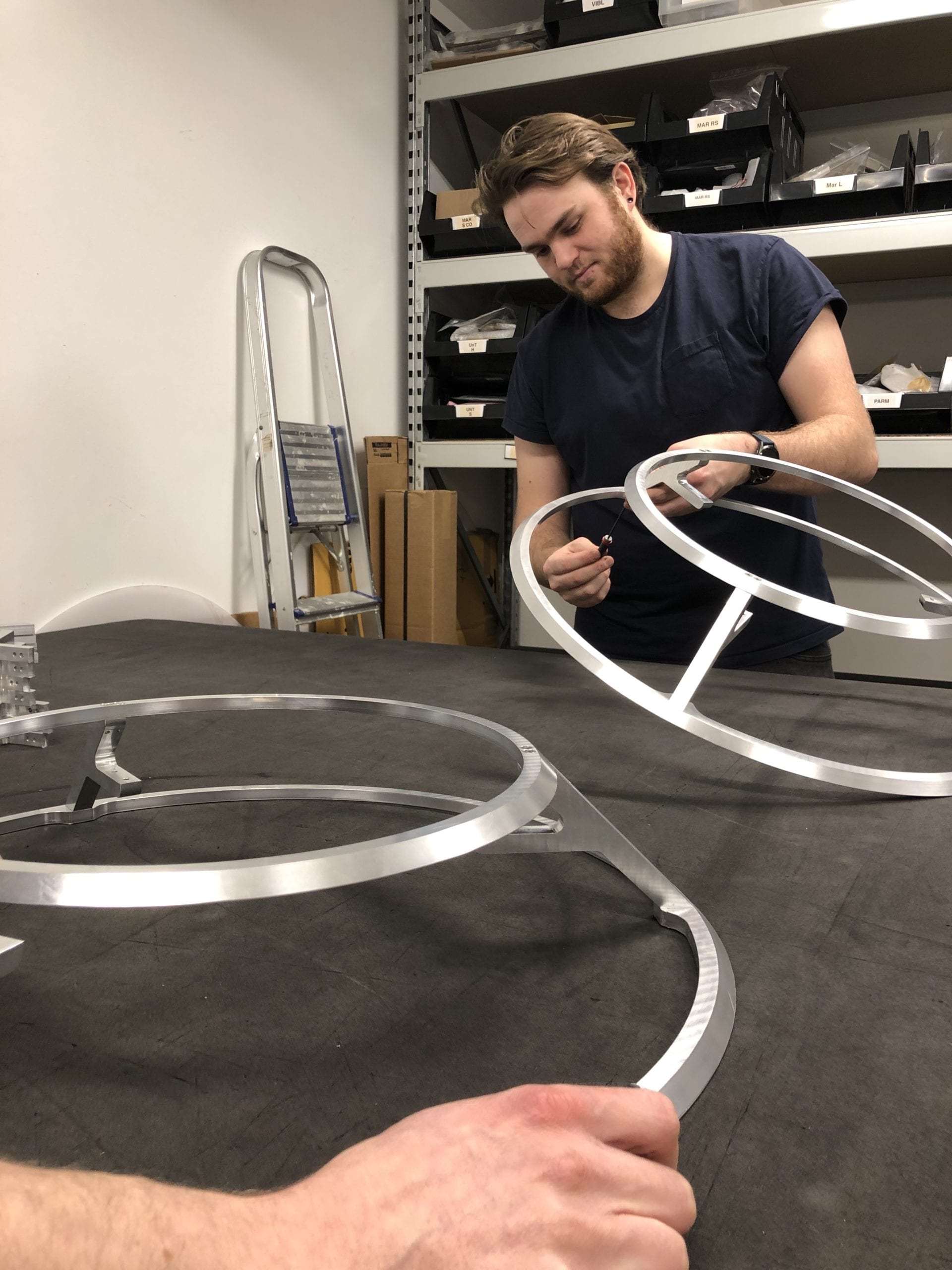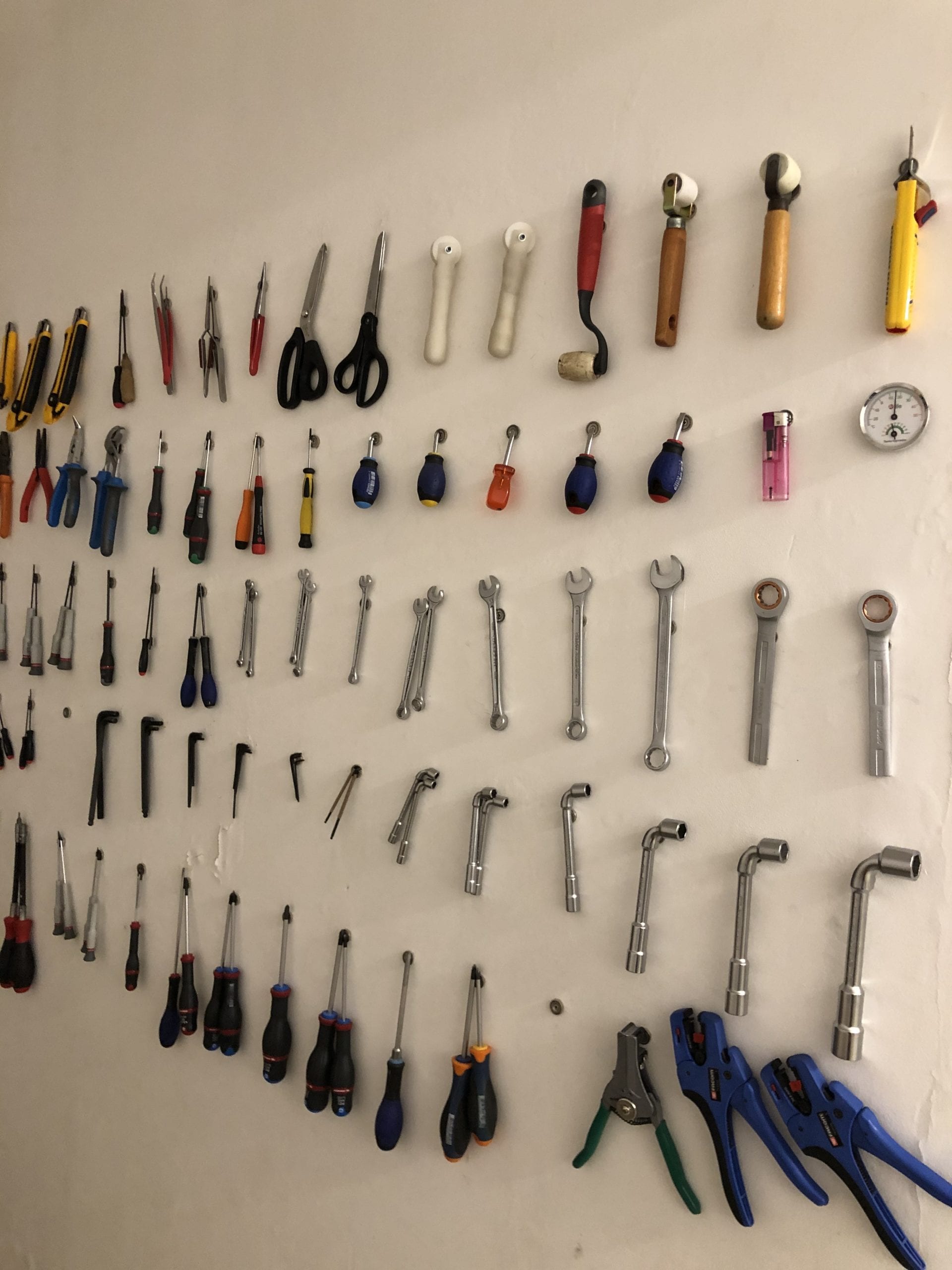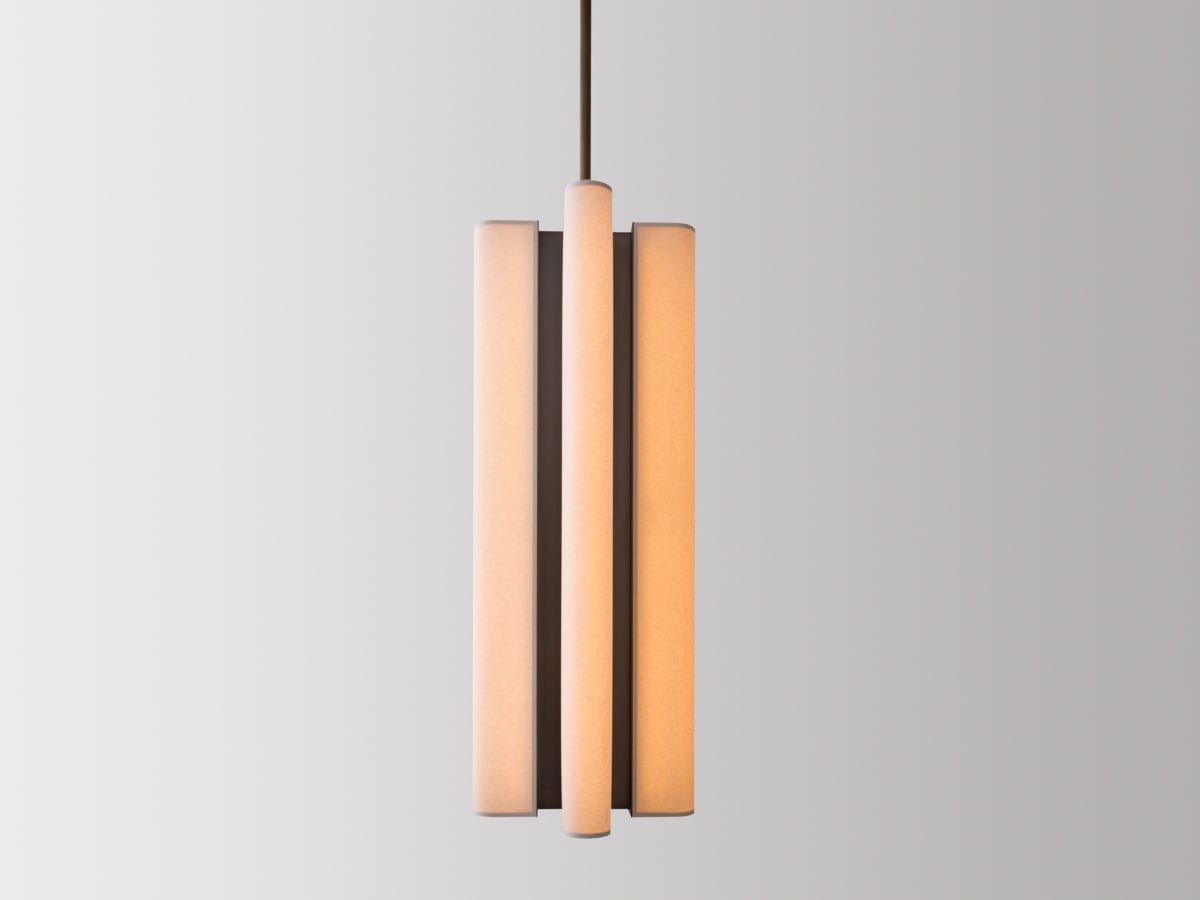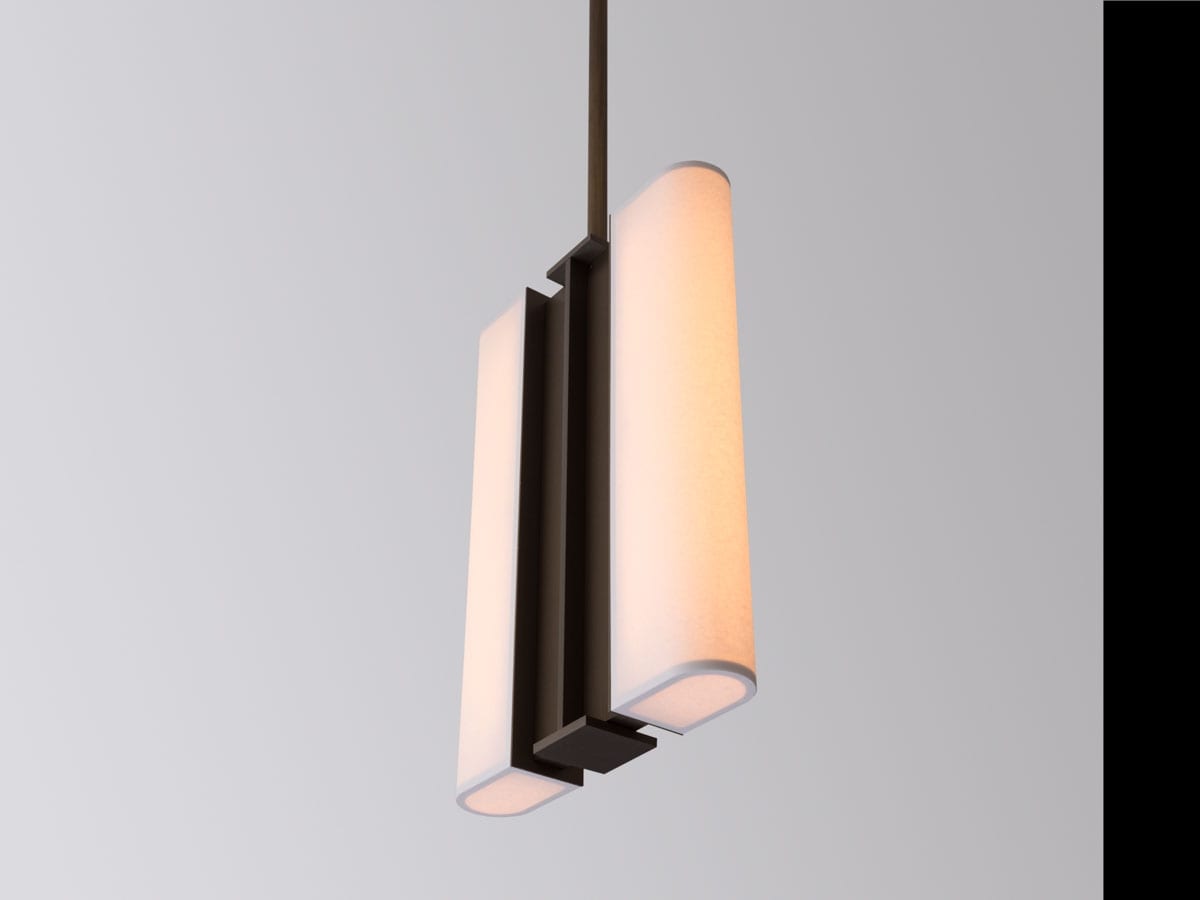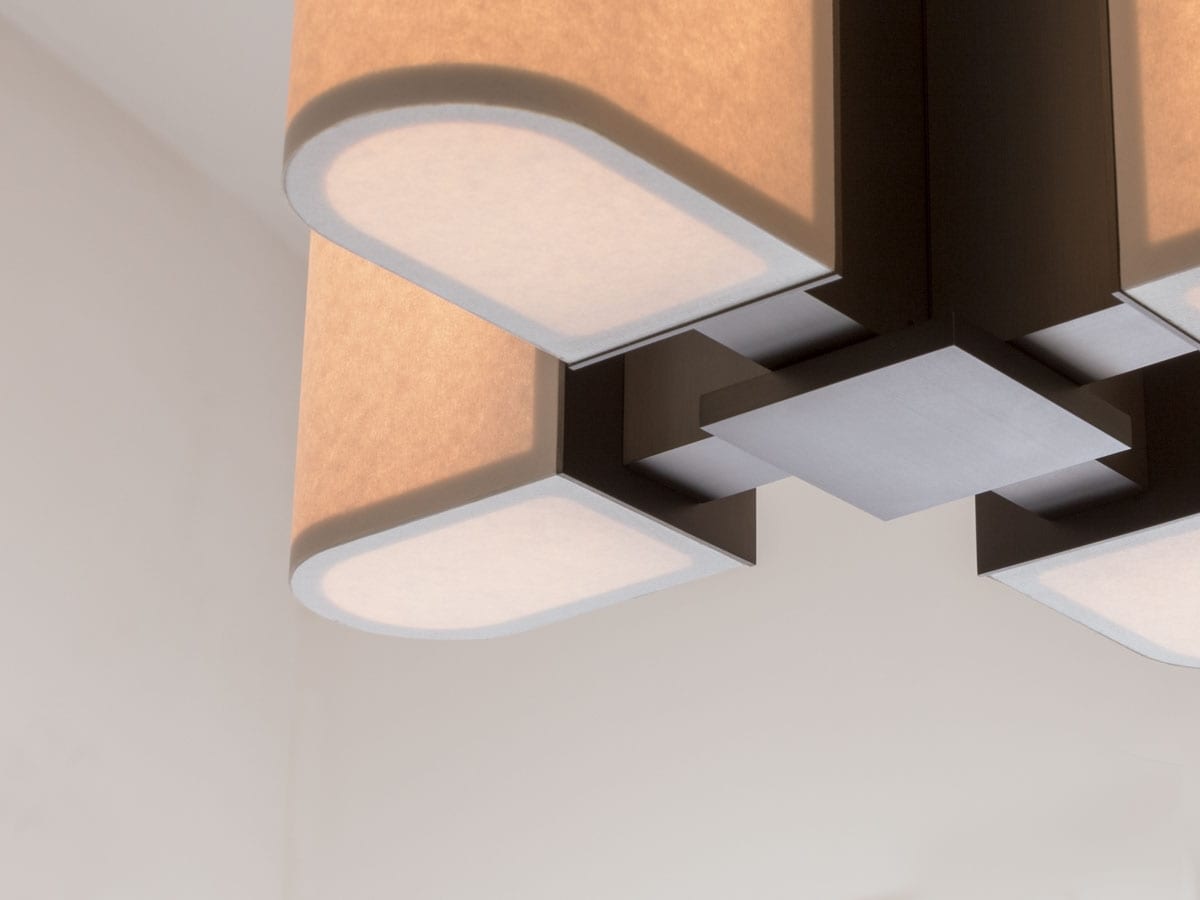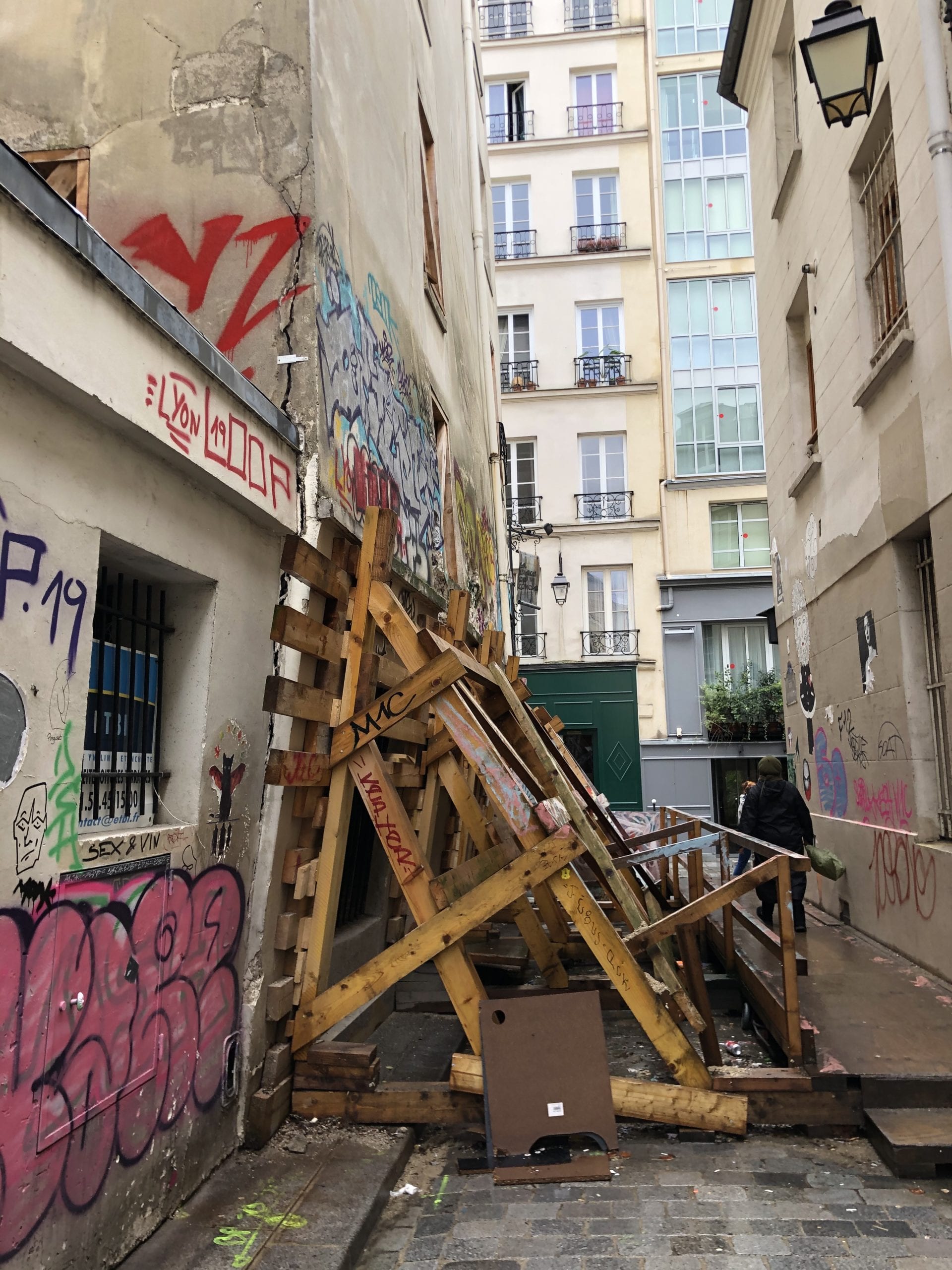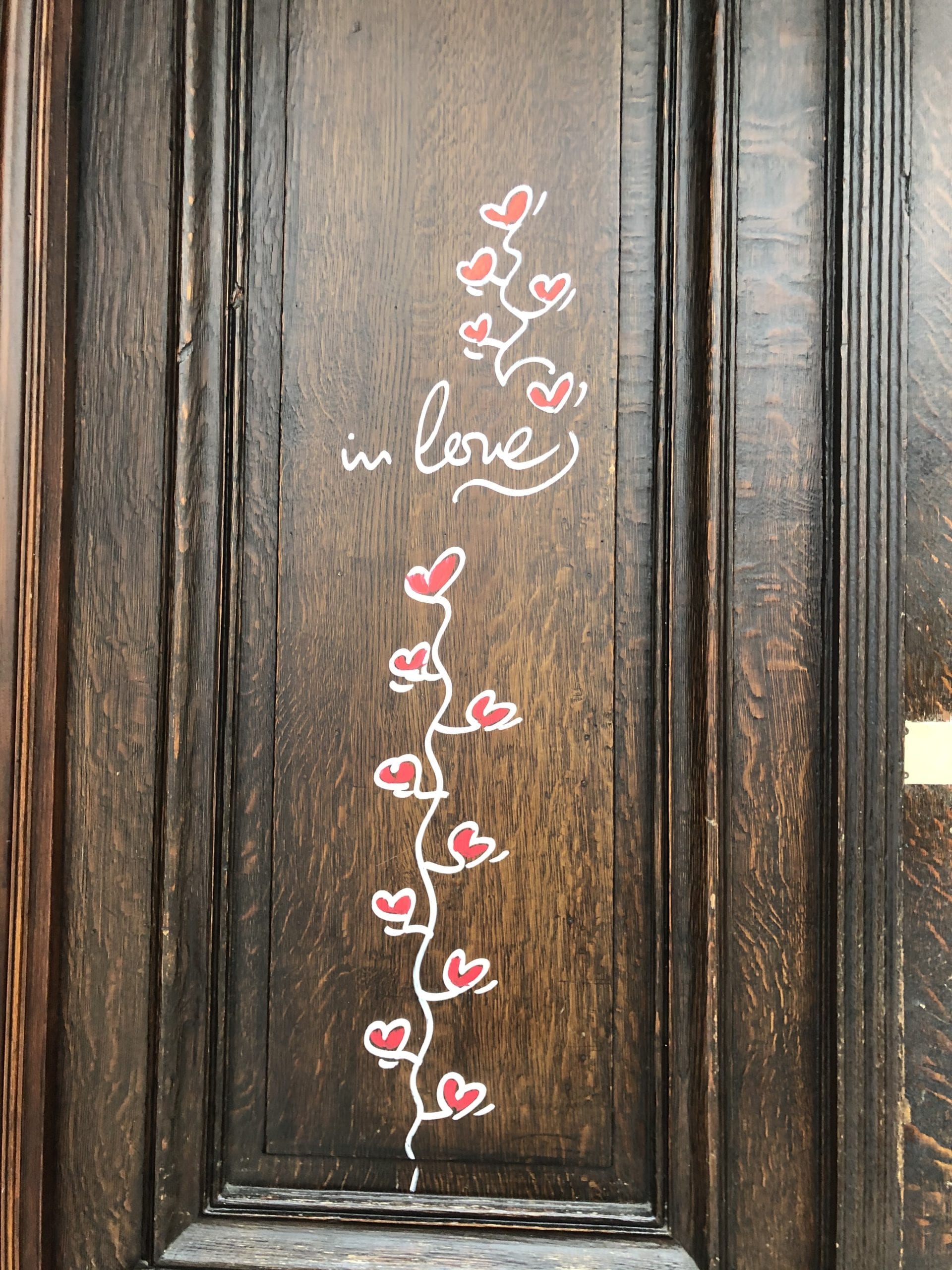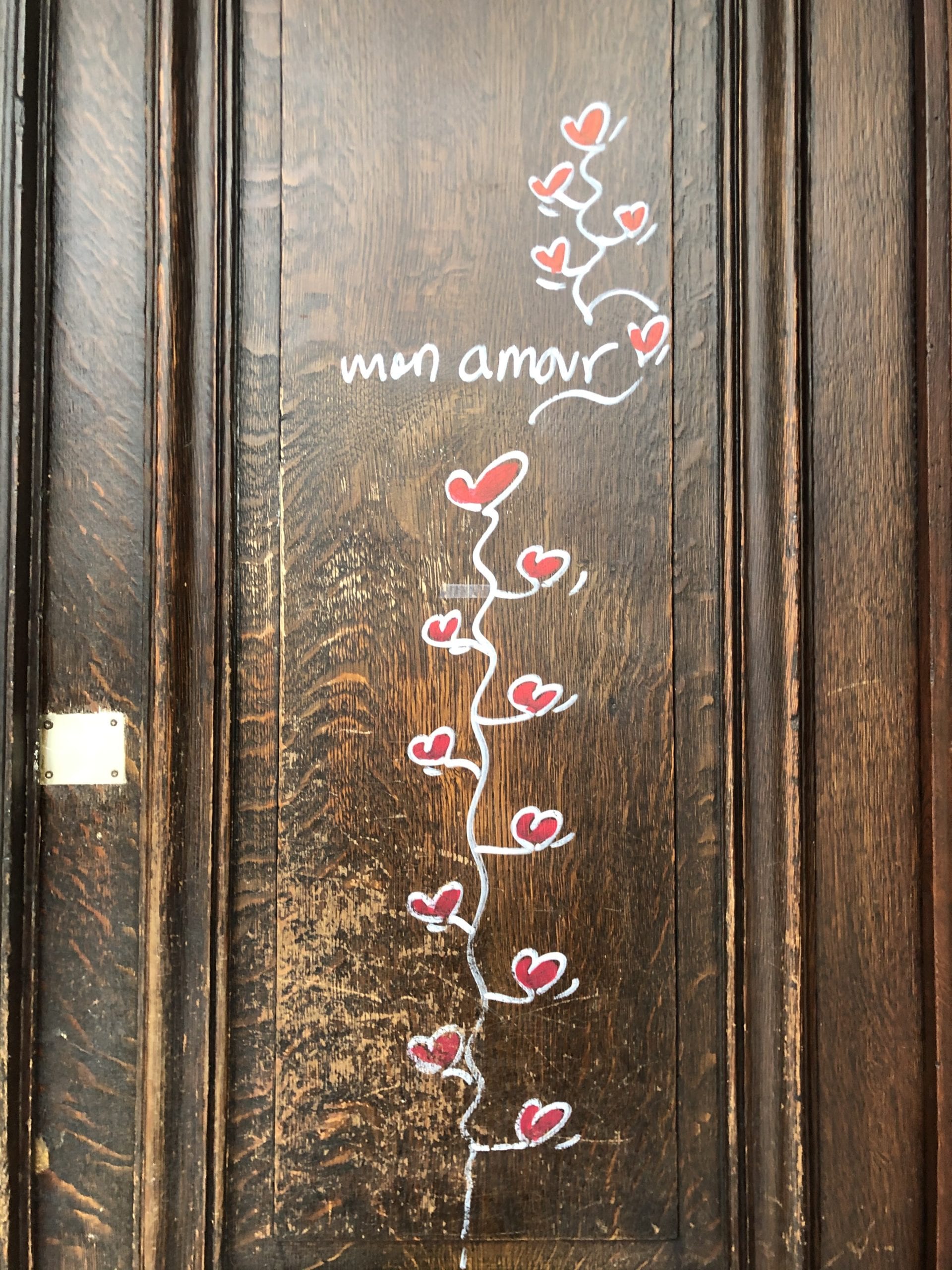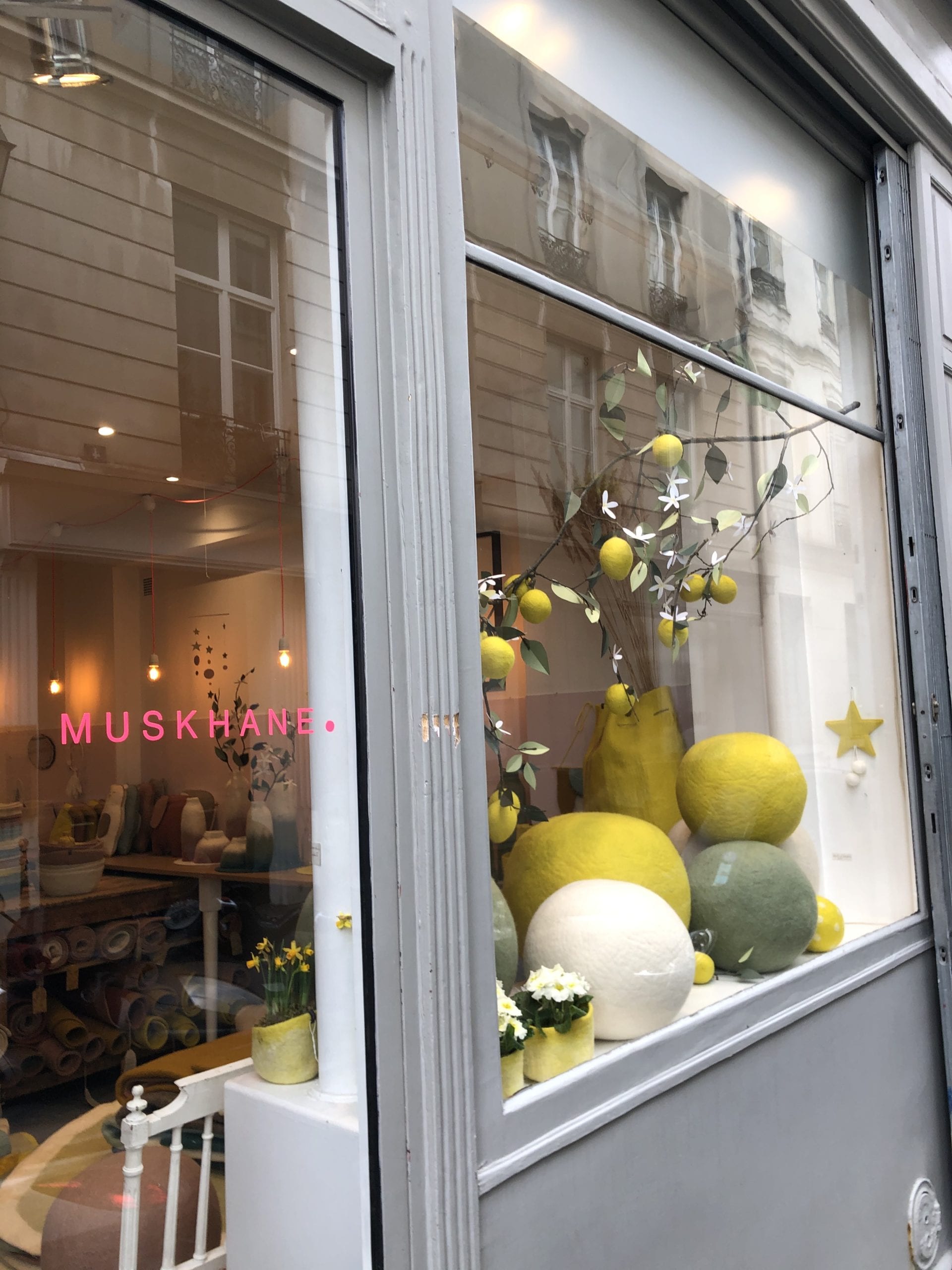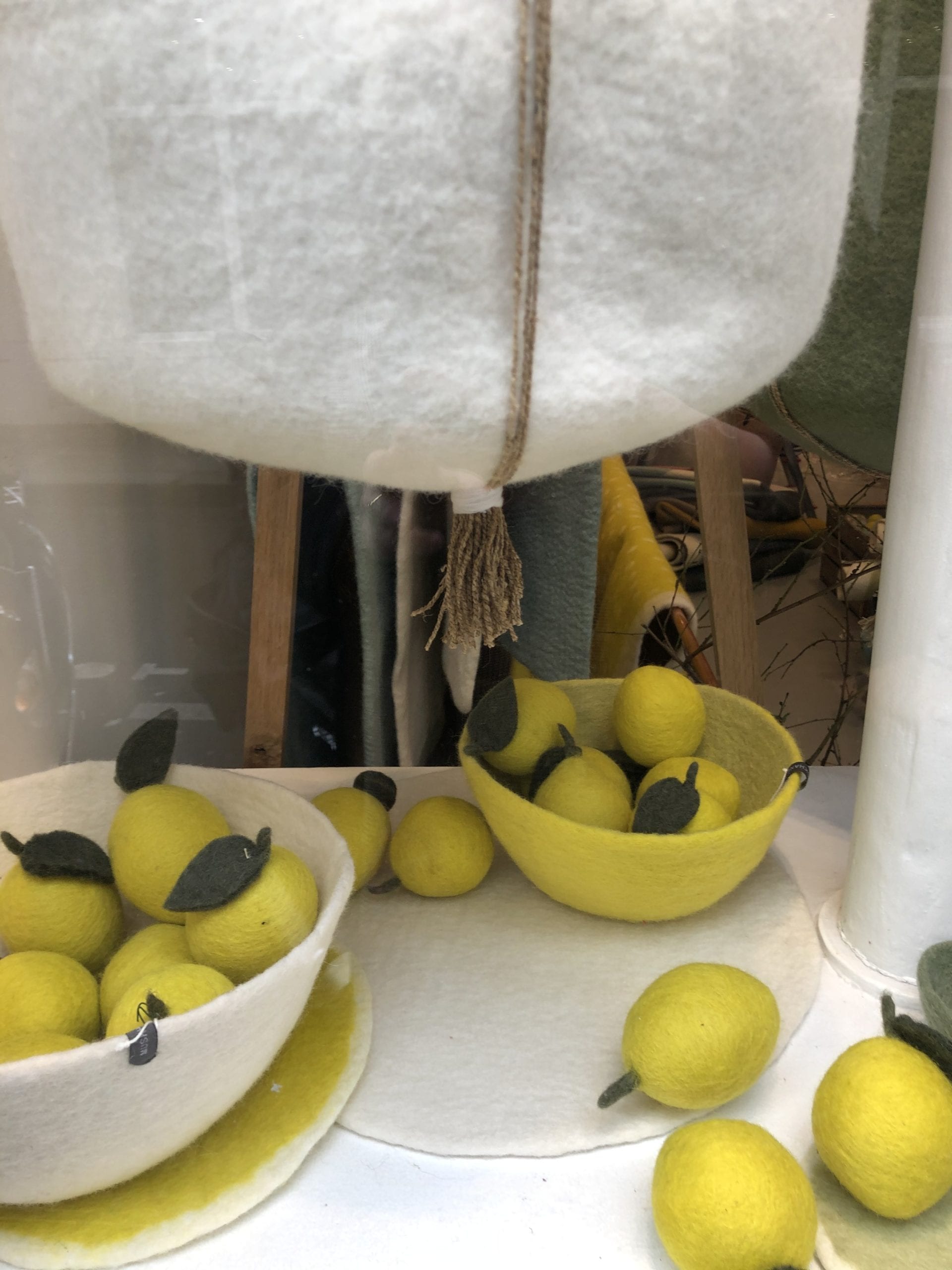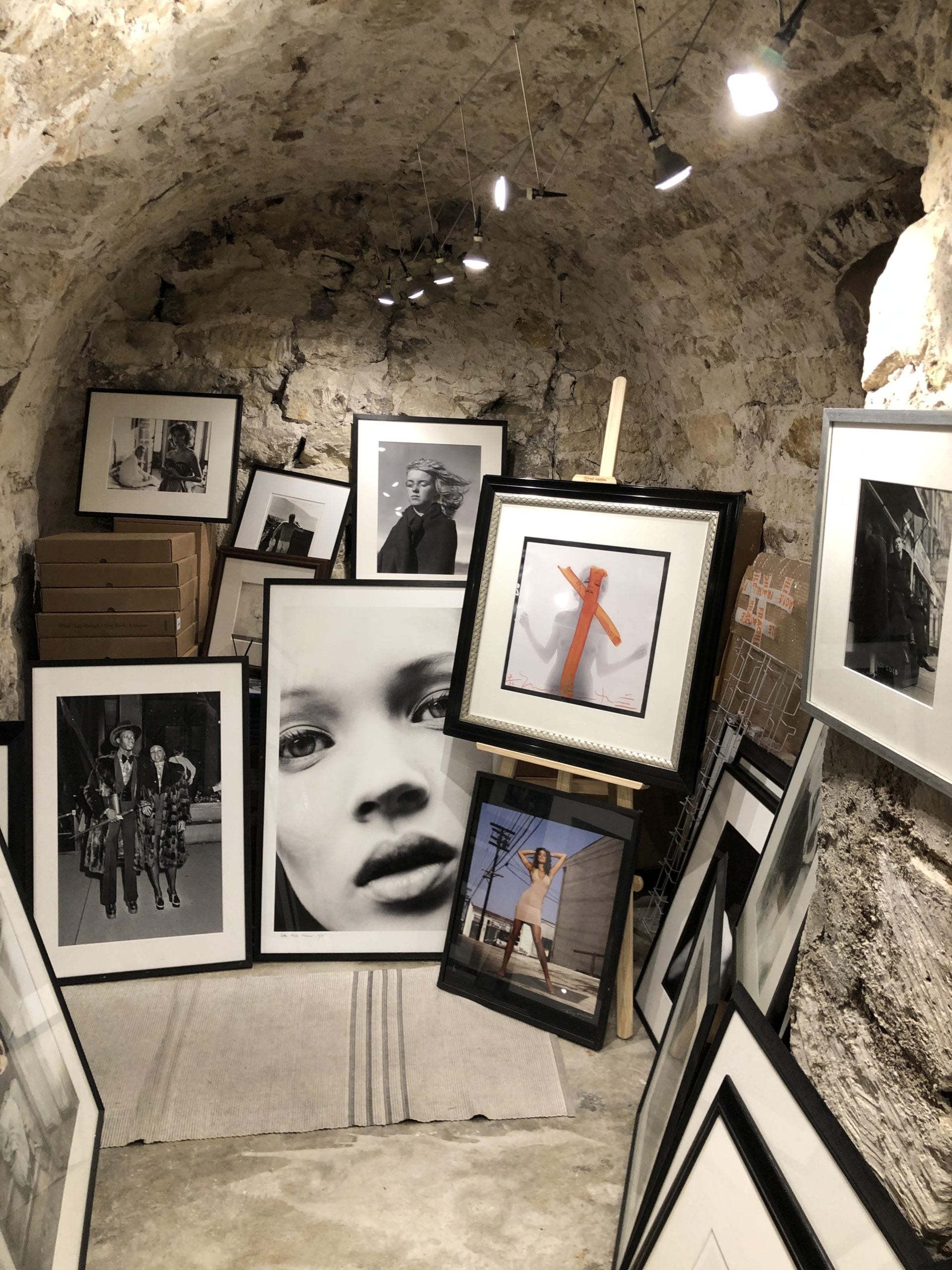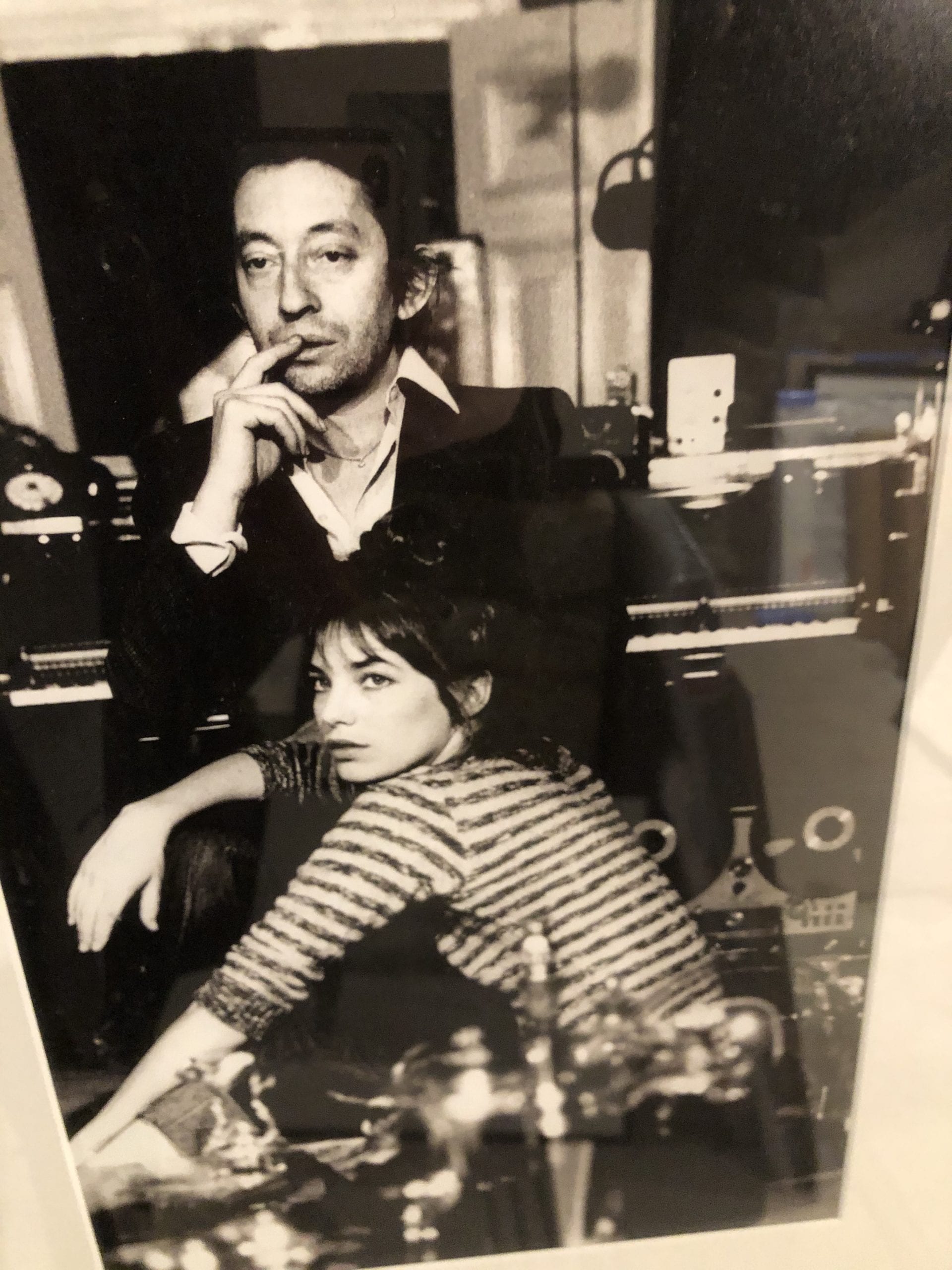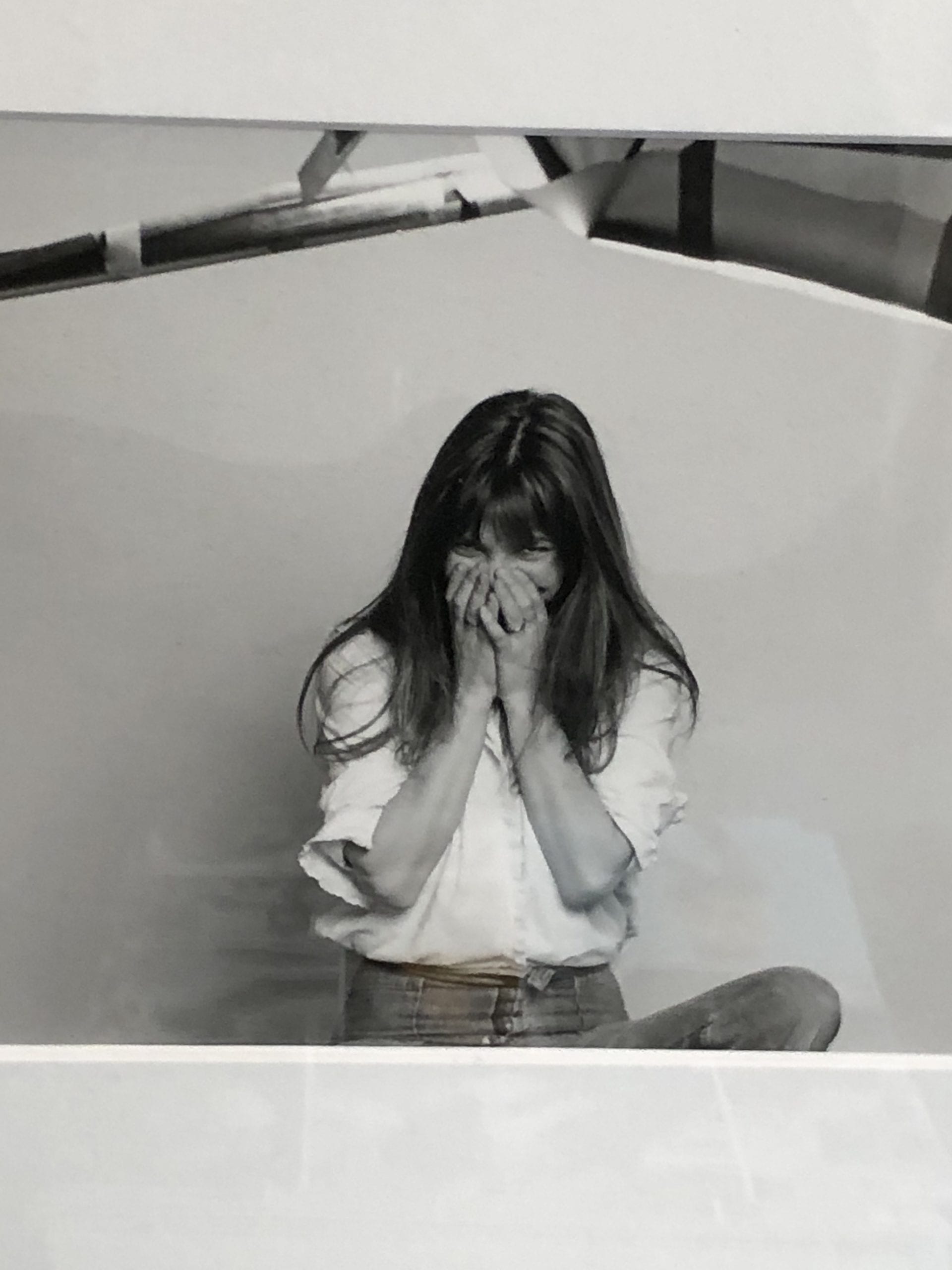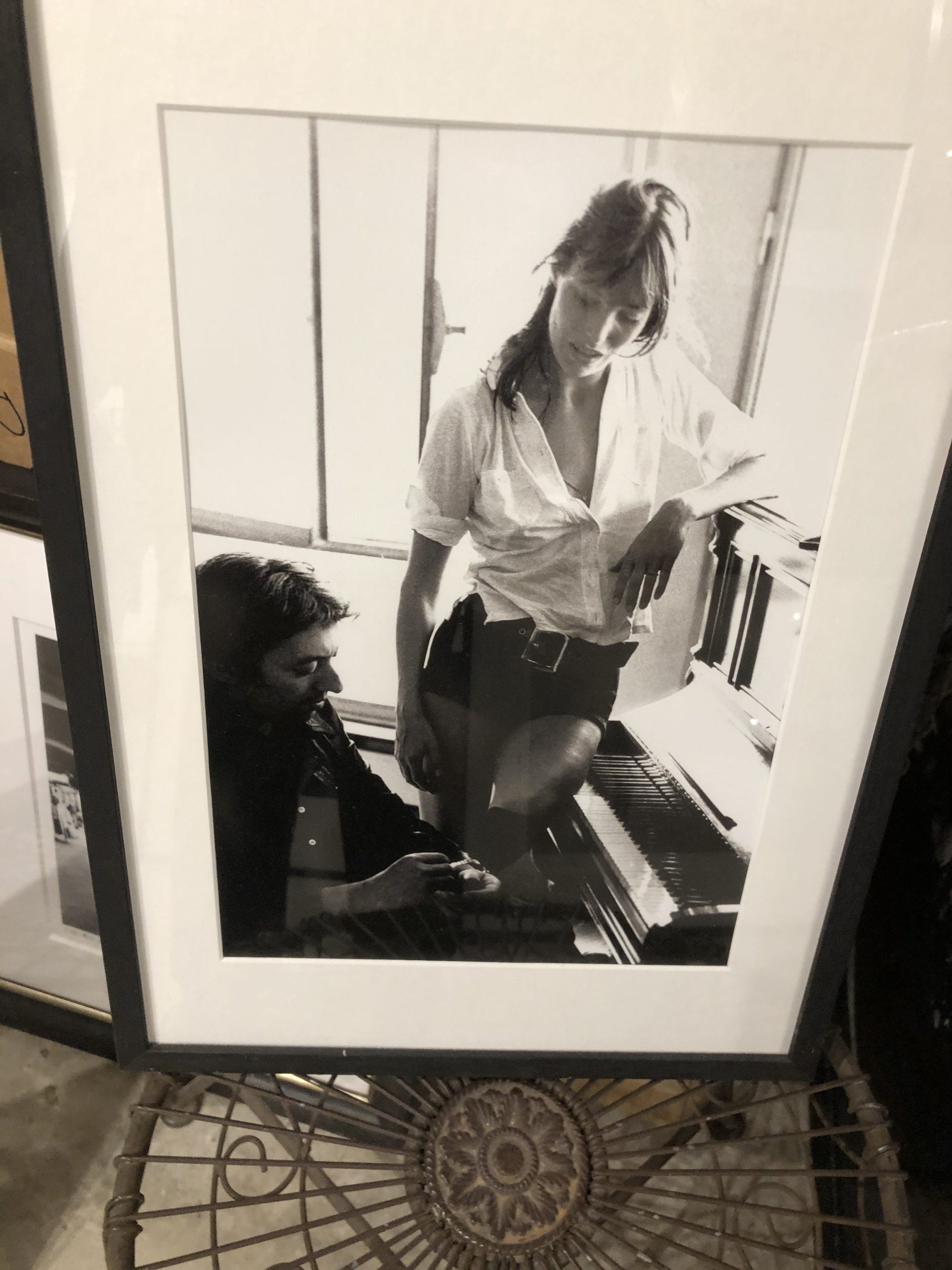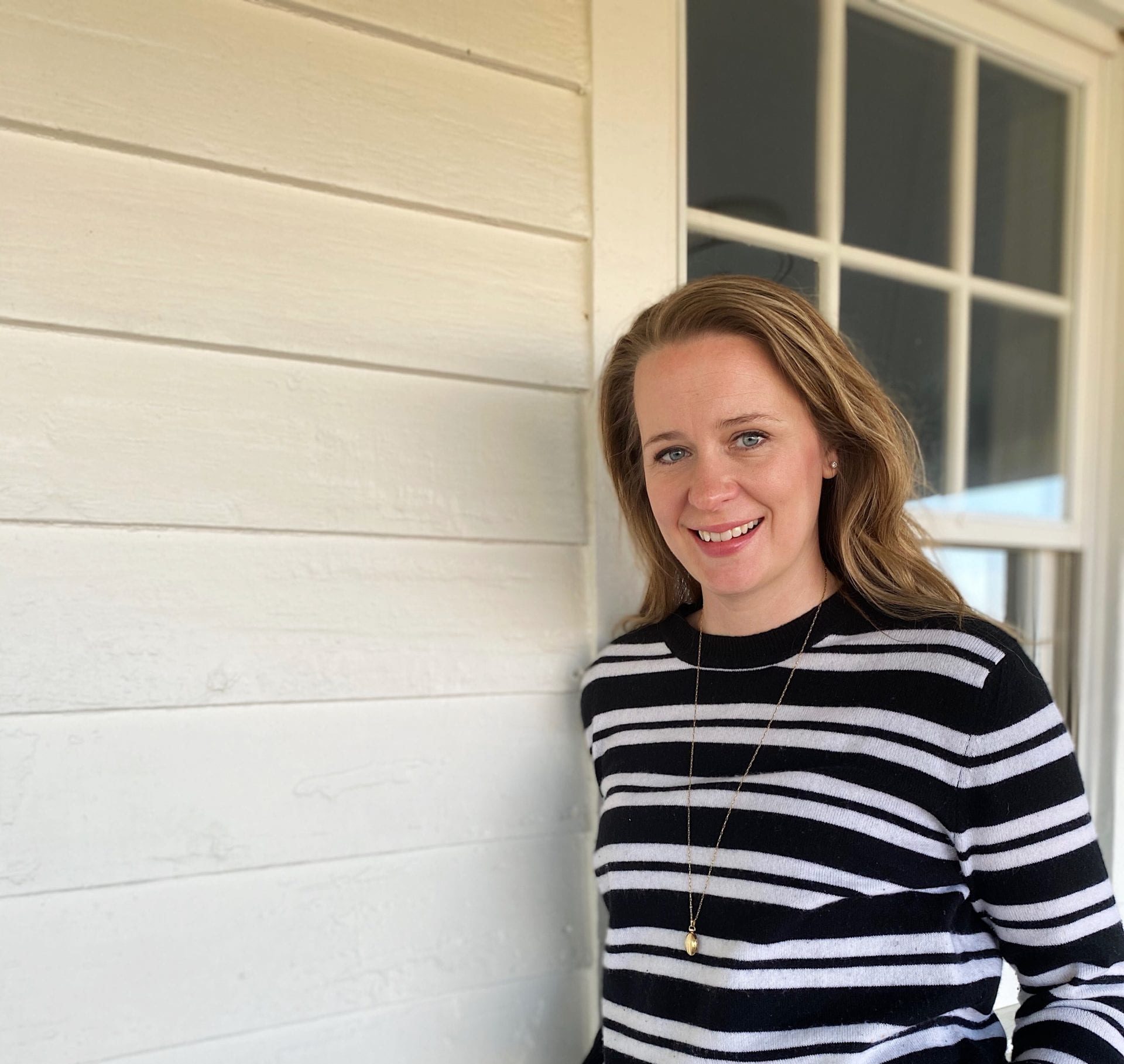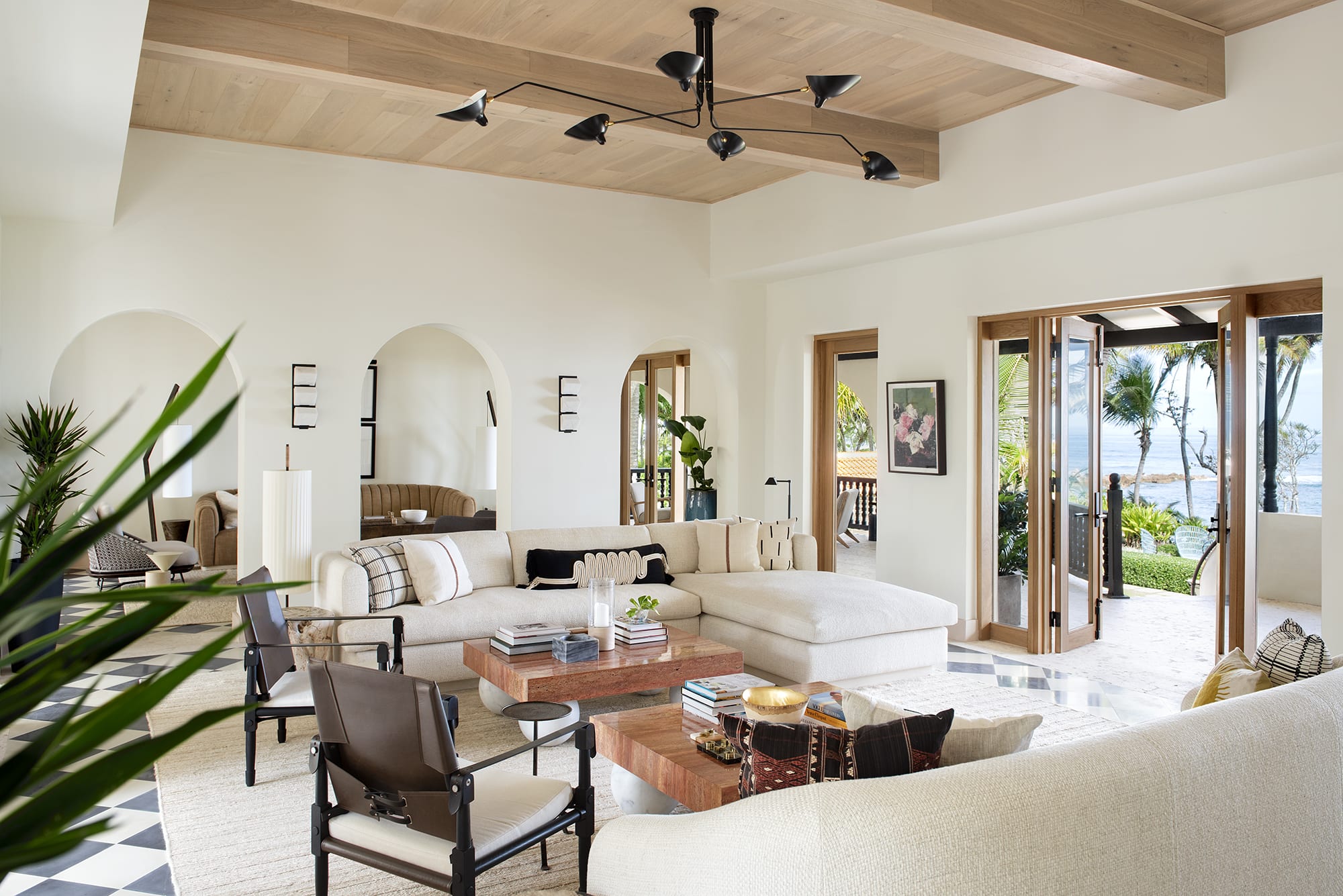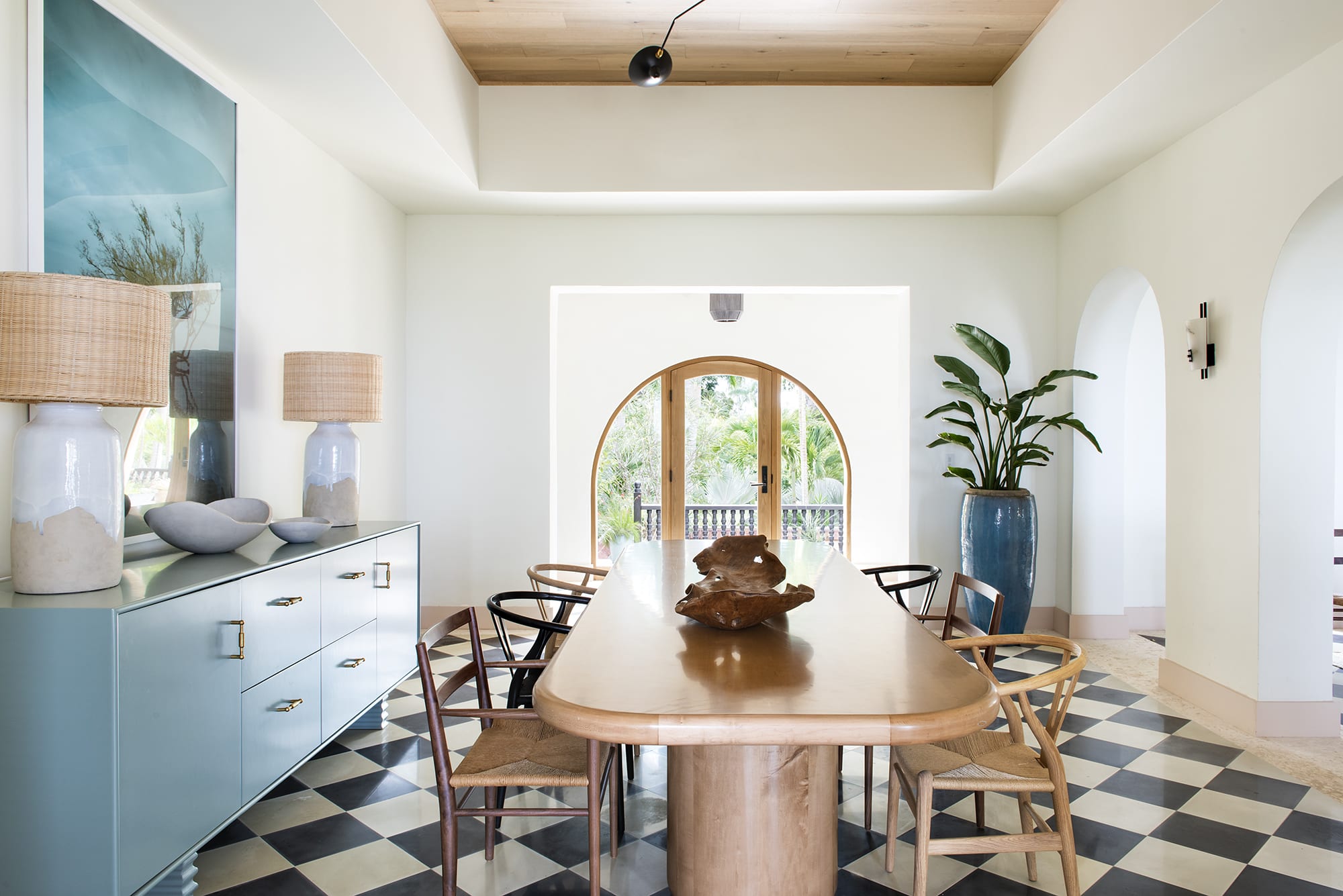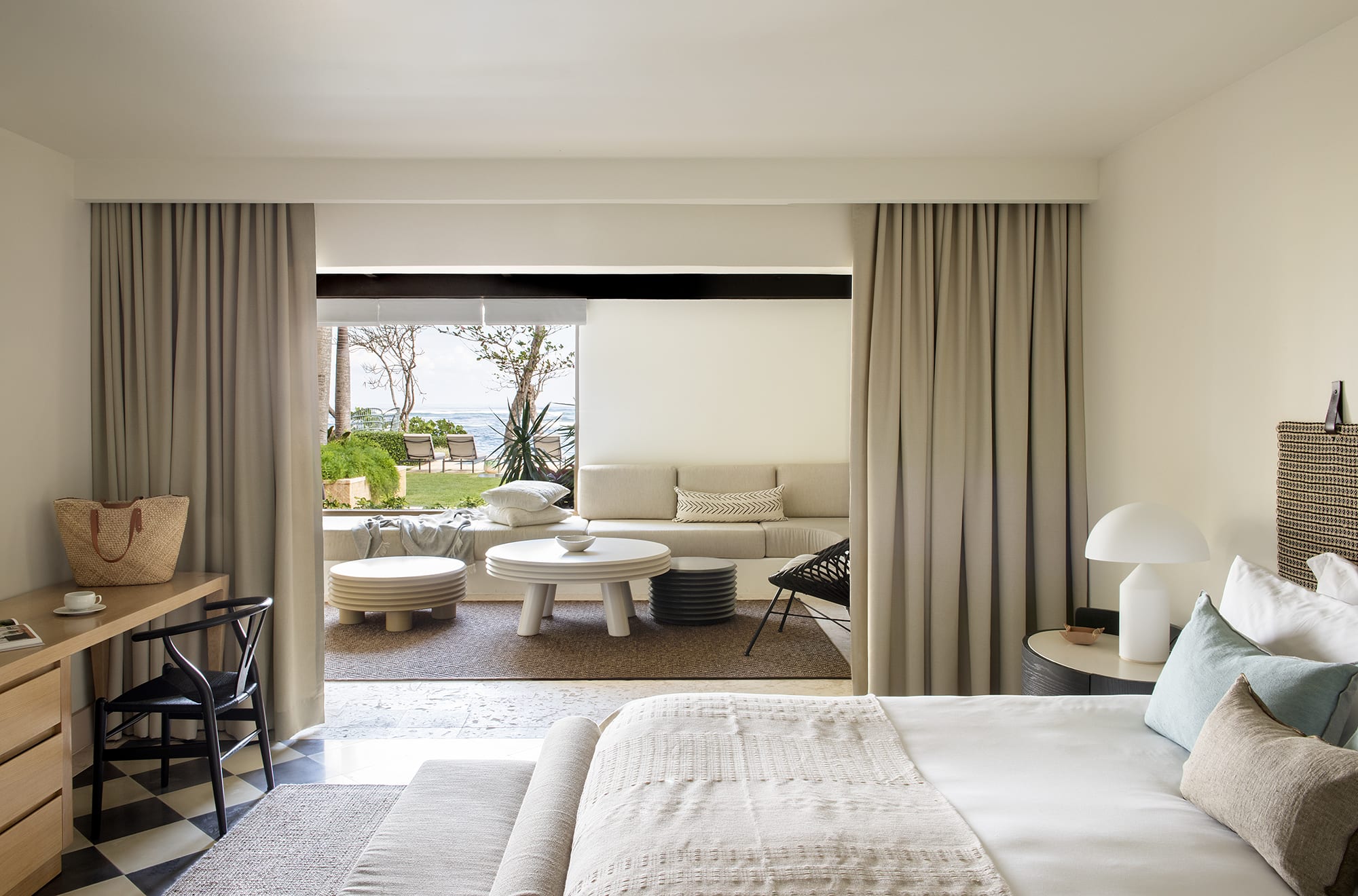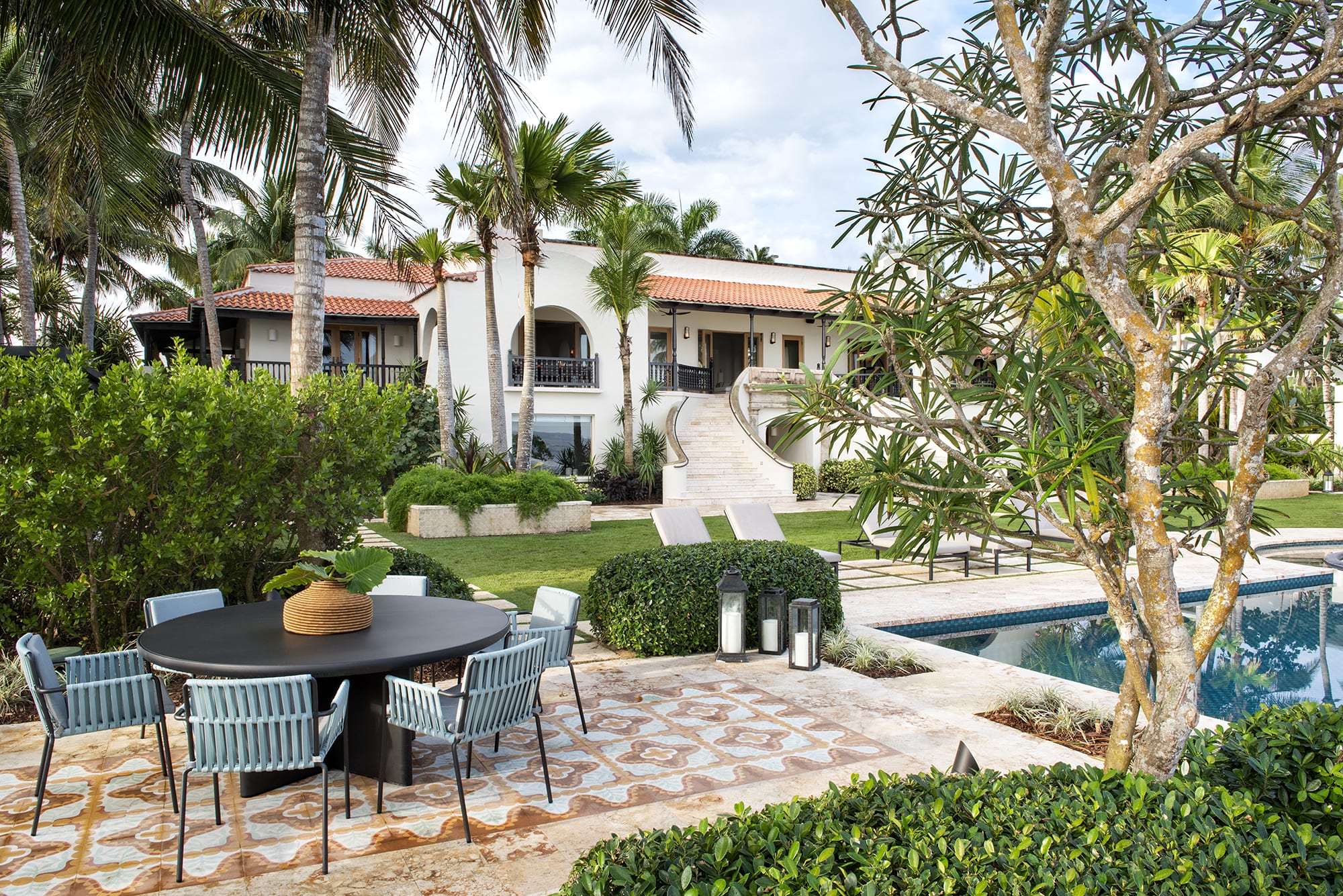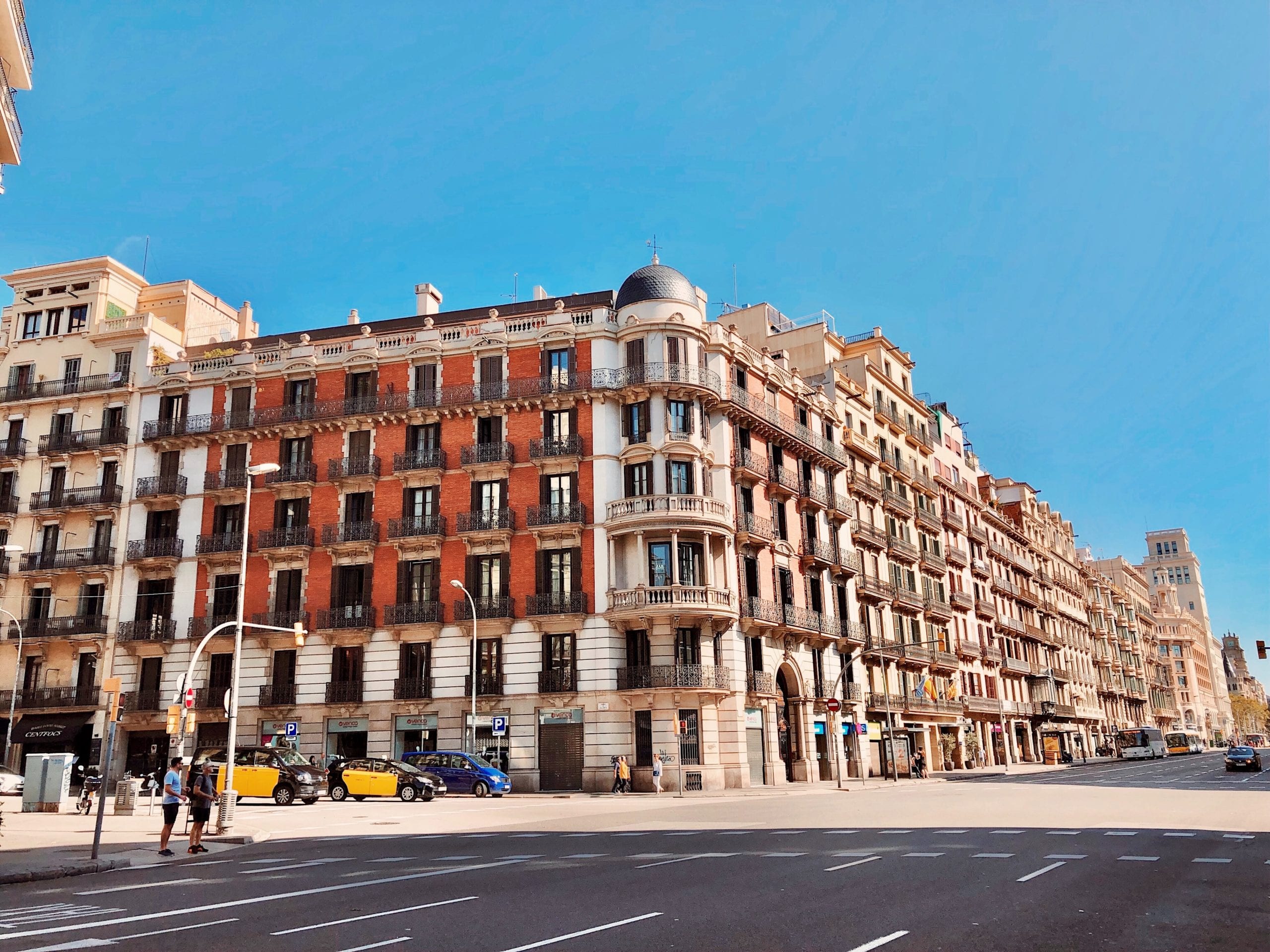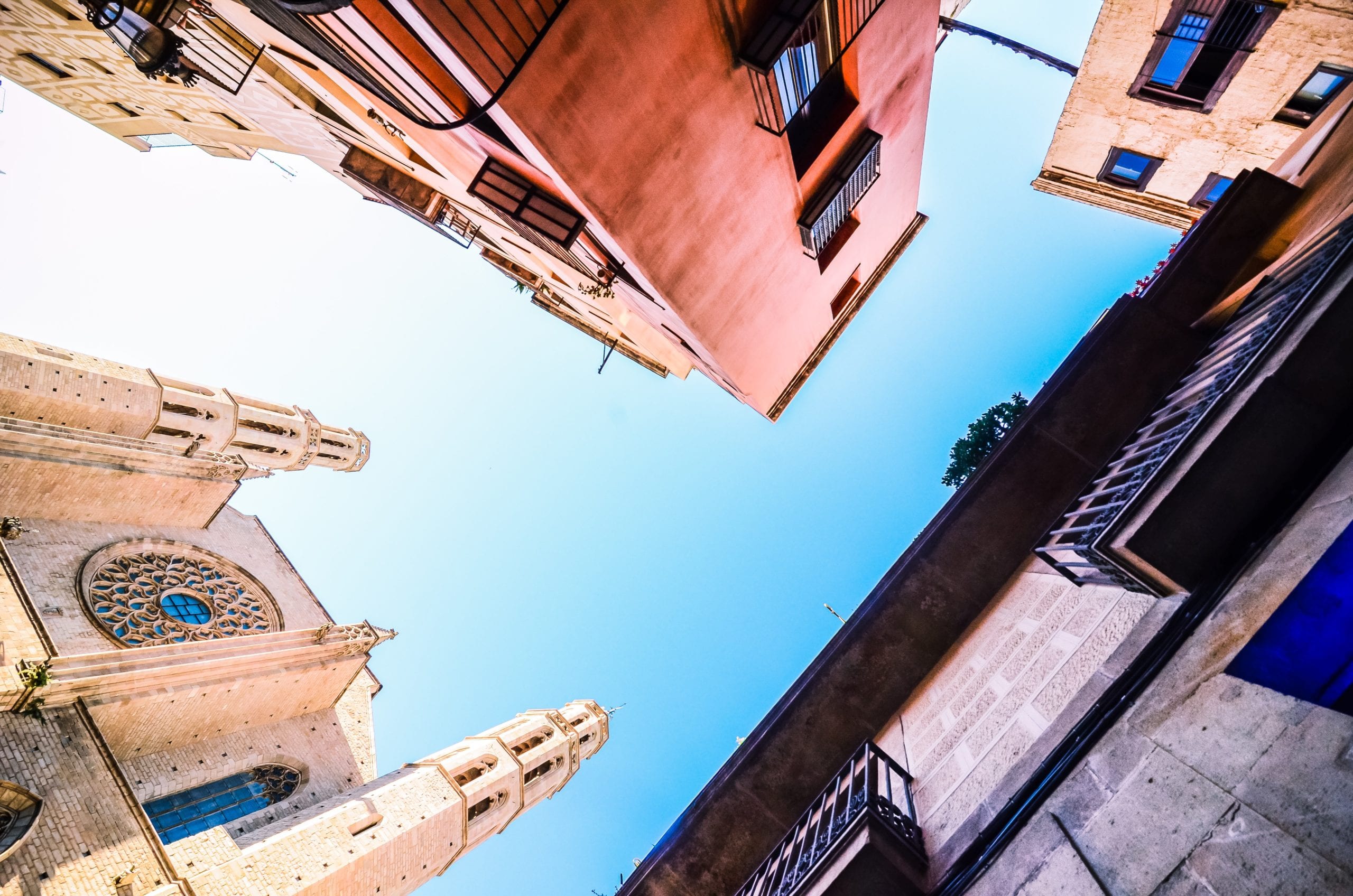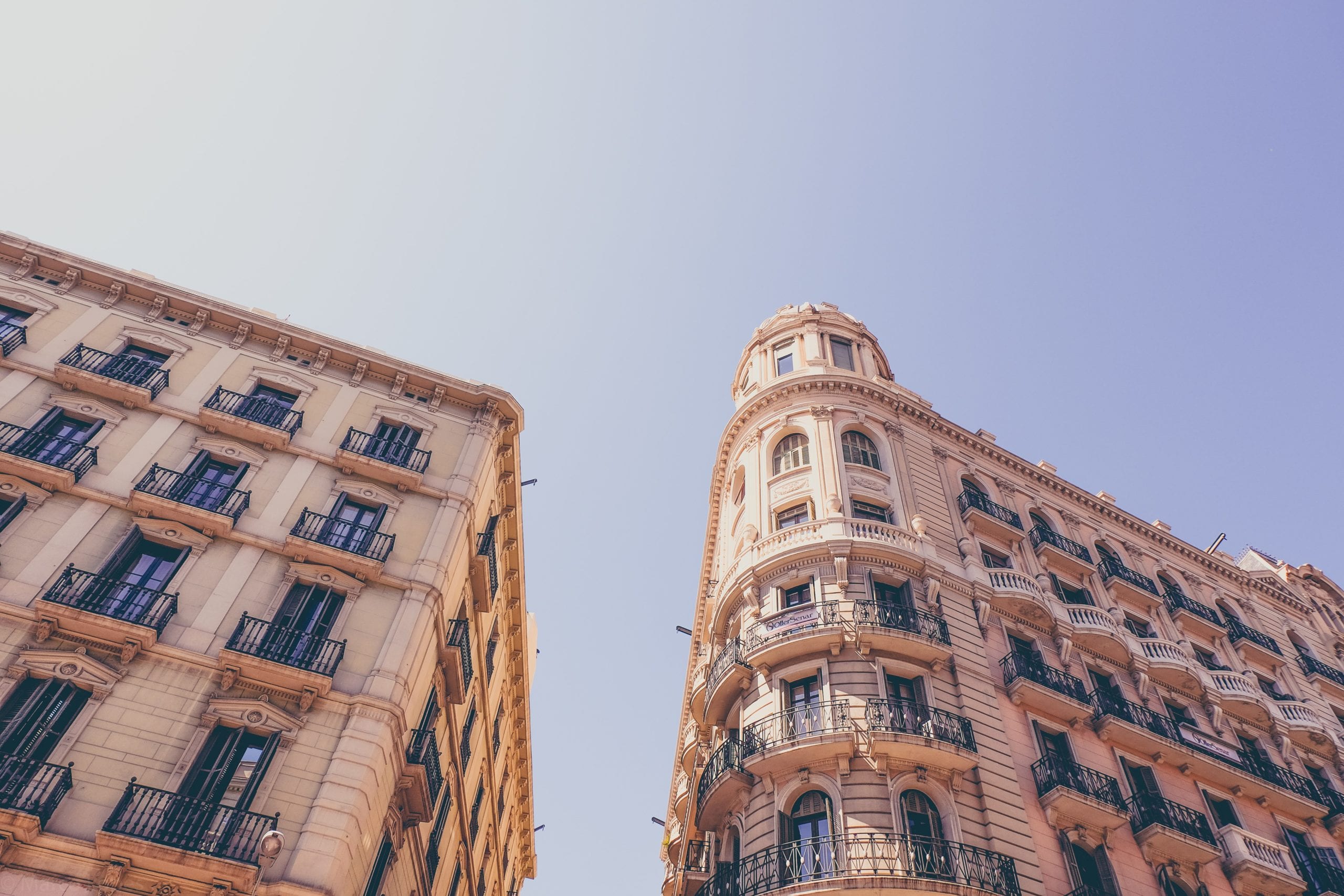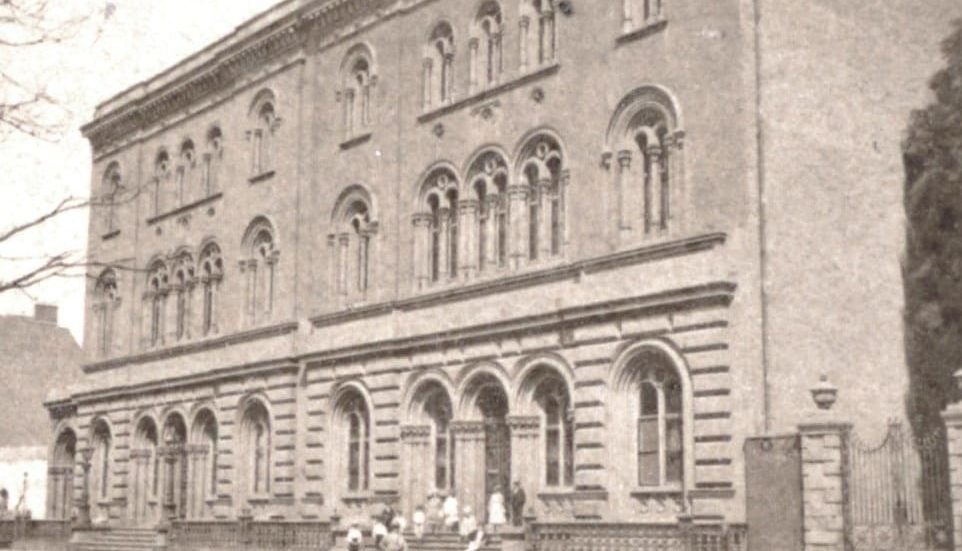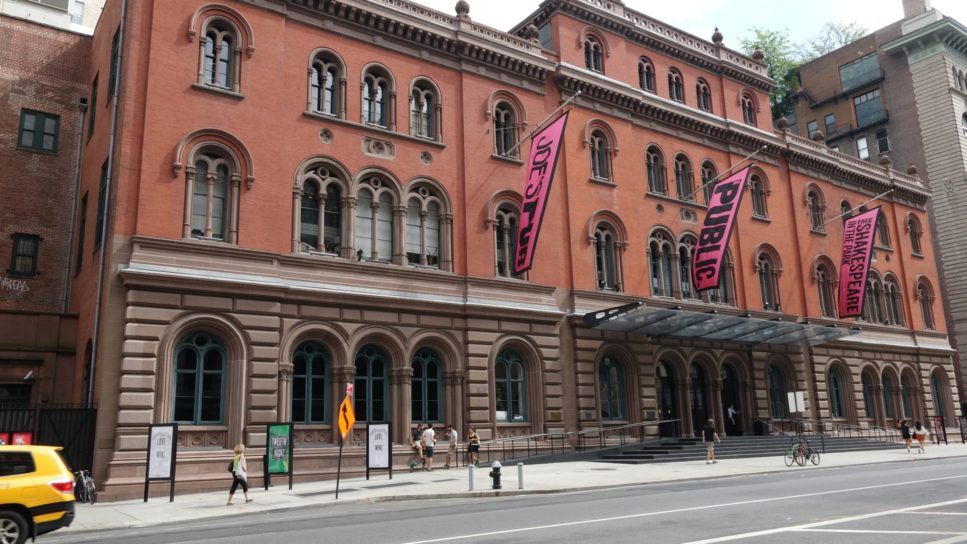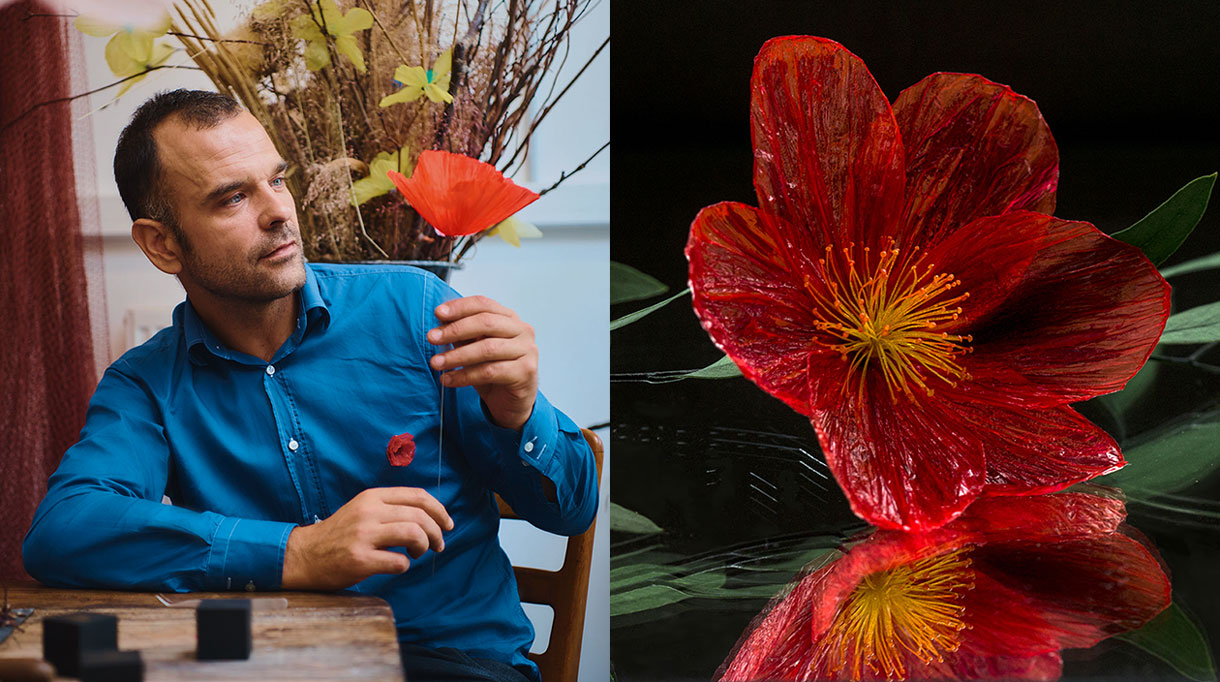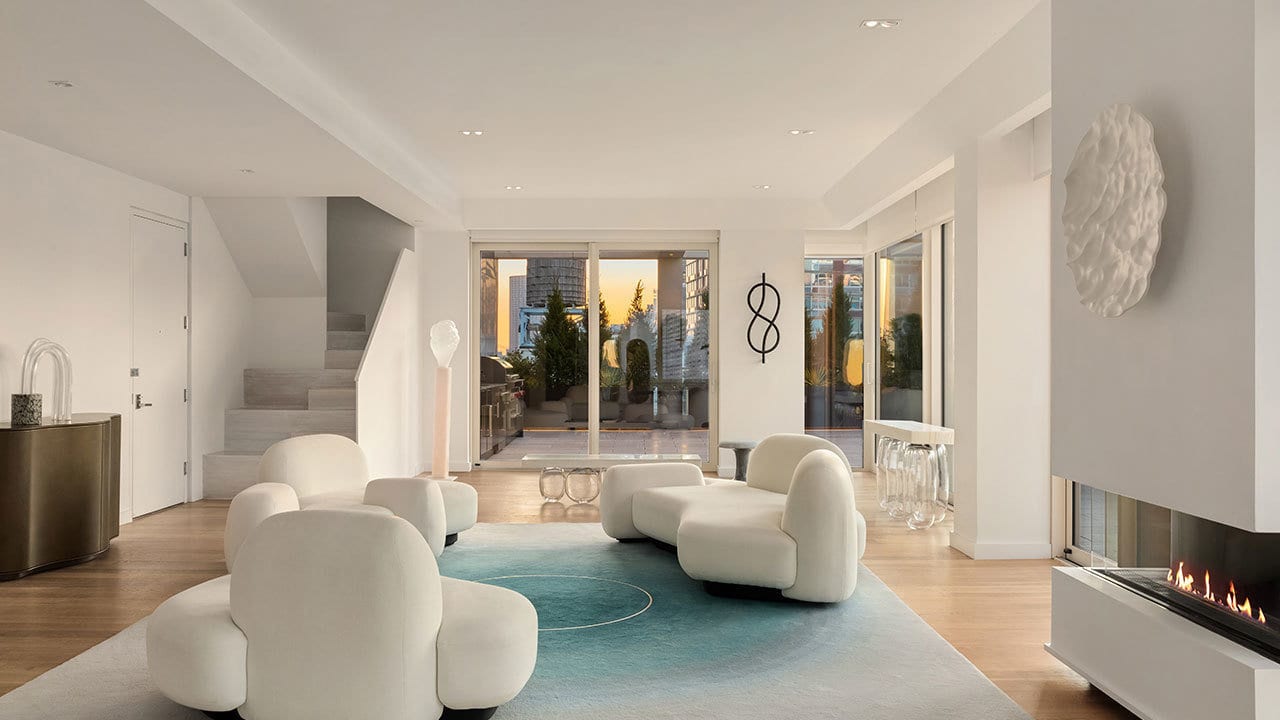A day with Laetitia, our Sales Representative at Par Excellence
Laëtitia Dominguez was born in Madrid and raised between France, Spain and Belgium. She has traveled around the globe since a very early age and worked in the United States, Central America and Europe within the Luxury Industry. Passionate about culture, design, and all forms of art in general, she joined Par Excellence in order to promote the most incredible French savoir-faire in the American market. Curious by nature and very dynamic she loves working on interior design projects and is truly committed to her clients. Always in a good mood and smiling, she is a delight to work with! Let’s discover her routine at Par Excellence!
What is your mission at Par Excellence?
As an Account Manager at Par Excellence, my mission is to be the link between the interior designers and our artisans, being their local contact and following up on the different projects and managing the client relationship. On a daily basis, my mission is to research high-end interior designers and architects, connect with them to present our artisans and understand how we can collaborate together, answering the incoming requests and following the ongoing projects and developing close relationships with the interior designers.
What attracted you to this environment?
From a very early age, I have wanted to work in the luxury industry, and in particular for a French Maison. I always admired these French Maisons’ values, savoir-faire and respect of heritage and wanted to contribute to preserve them for future generations. When I discovered the Par Excellence project, I completely fell in love with it. The idea of representing some of the best French artisans and promoting the French savoir-faire in the United States as well as collaborating with the most demanding architects and interior designers truly inspired me.
Tell us about a typical day at Par Excellence!
There’s not really a typical day at Par Excellence, some days I’ll spend the whole day running around Manhattan in clients meetings, and some days I’ll be at the showroom hosting interior designers, artists and all kinds of inspiring personalities for a visit or for lunch. There’s always so much going on at Par Excellence, from video filming and photo shoots to inspiring meetings and the finest dinners and events. The team also attends lots of art exhibitions, design salons and other art and design events.
“The idea of representing some of the best French artisans and promoting the French savoir-faire in the United States as well as collaborating with the most demanding architects and interior designers truly inspired me.” – Laëtitia
What do you like most about your job?
What I most like about my job is learning more everyday about incredible craftsmen and their sublime and unique techniques and know-how, meeting some of the best interior designers and architects, and being able to collaborate with them both in the most exquisite projects.
How is the spirit like at Par Excellence?
We are a tight team of dedicated and passionate people and we are all very proud to showcase the finest French craftsmanship in the United States. The Artisans we represent here are the best in their field! Their know-how is so varied and rich, it makes our mission all the more exciting!
Share
Paris on my mind by Jennifer Gyr - Last Day
By Jennifer Gyr
I fell in love with Paris when as a teenager I was watching Audrey Hepburn swan through the ville lumière in the movie “Funny Face”. Over the years I have been so lucky to make many trips to this enchanted city with friends and family. My trip in late February was the first time I was in Paris by myself with my limited French vocabulary of “Bonjour”, “Merci” and “Au Revoir” (which even then I would speak in a whisper so that my Southern accent wouldn’t decimate the beauty of the language).
What a magical week it would be. As Audrey said so perfectly, “Paris is always a good idea”!
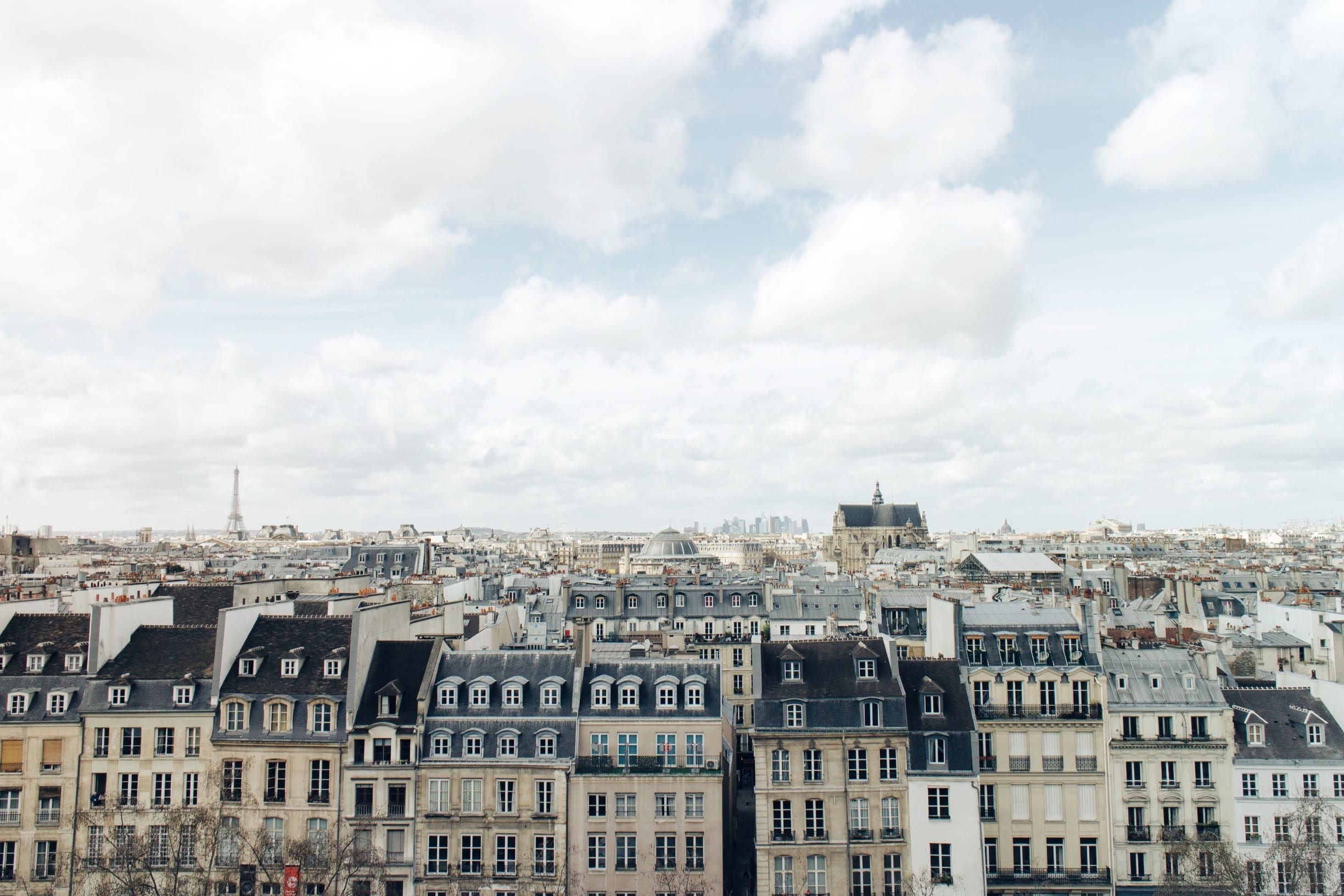
As I wake up, I have a heavy feeling in my heart as I realize it is my last full day in Paris. After only being here a few days, there is a sense of familiarity and the excitement of what the day will bring. I think about a lovely quote from Ernest Hemingway which rings true, “There are only two places in the world where we can live happy – at home and in Paris”.
I have the morning to myself to roam the streets of the 7th and 6th arrondissements. Paris is a wonderfully walkable city and I love the chance to have a long, unstructured walk where I can navigate by curiosity and amble along the cobblestone streets. The pace of life seems conducive to strolling as no one ever seems too rushed. Paris itself is as important as its culture. It is an endlessly revealing, fascinating and rewarding subject. It brims with inspiration and that certain joie de vivre.
A walk punctuated by artistic Parisian doors
One of the things that always inspires me in Paris is the use of color and design elements on doors and the beautiful details on the doorknobs. I use this quiet morning to find some design inspirations. I discover so many doors along my route with such saturated colors from the deepest of reds to the darkest blue. The decorative details on the doors stand out, such as the use of wrought iron grillwork to geometric patterns and decorative elements. I love the idea of incorporating doors into a design aesthetic. When my husband and I recently renovated our apartment, we switched out all the flat, white doors and had new doors made with three square recessed panels and painted in a “Parisian gray” that were inspired by beautiful doors we had seen around Paris on past trips. During my walk, I also notice many elaborate door handles in gold and silver and with intricate designs such as intertwined snakes. It is like walking through an outdoor art gallery as inspiration is everywhere. I am also thrilled to discover a few buildings where plaques indicate famous residents once lived there. I stumble upon a building where Picasso had his studio from 1936-55 and where he painted his famous “Guernica”. Balzac also set the plot of his novella “Le Chef d’Oeuvre Inconnu” in this very same building at 7, rue des Grands-Augustins. While photographing a beautiful blue-grayish door, I notice a plaque that states that Manet was born there and that the author Henri Troyat lived there. This is the door with the intertwined snake door handles that I mentioned earlier. One can only imagine them both passing through these doors. I love these little unexpected surprises.
Discovering Atelier Lison De Caunes
I hasten my steps as I am eager to arrive at my last workshop visit – one that I have been looking forward to seeing up close and in person: Lison de Caunes is the embodiment of a true artisan. Her specialty is straw marquetry and she single-handedly resurrected this unique craft after it had gone largely forgotten after World War II. Lison’s grandfather, André Groult, the famous interior and furniture designer, brought this 17th century French technique back to life during the Art Déco period of the 1920s. His creations were highly sought after and became the embodiment of Art Déco’s use of pattern. In a lovely twist of fate, it was his granddaughter who would bring this special craft back to prominence once again when she started creating her own pieces in the 1980s. We have to thank this family for keeping this craft alive.
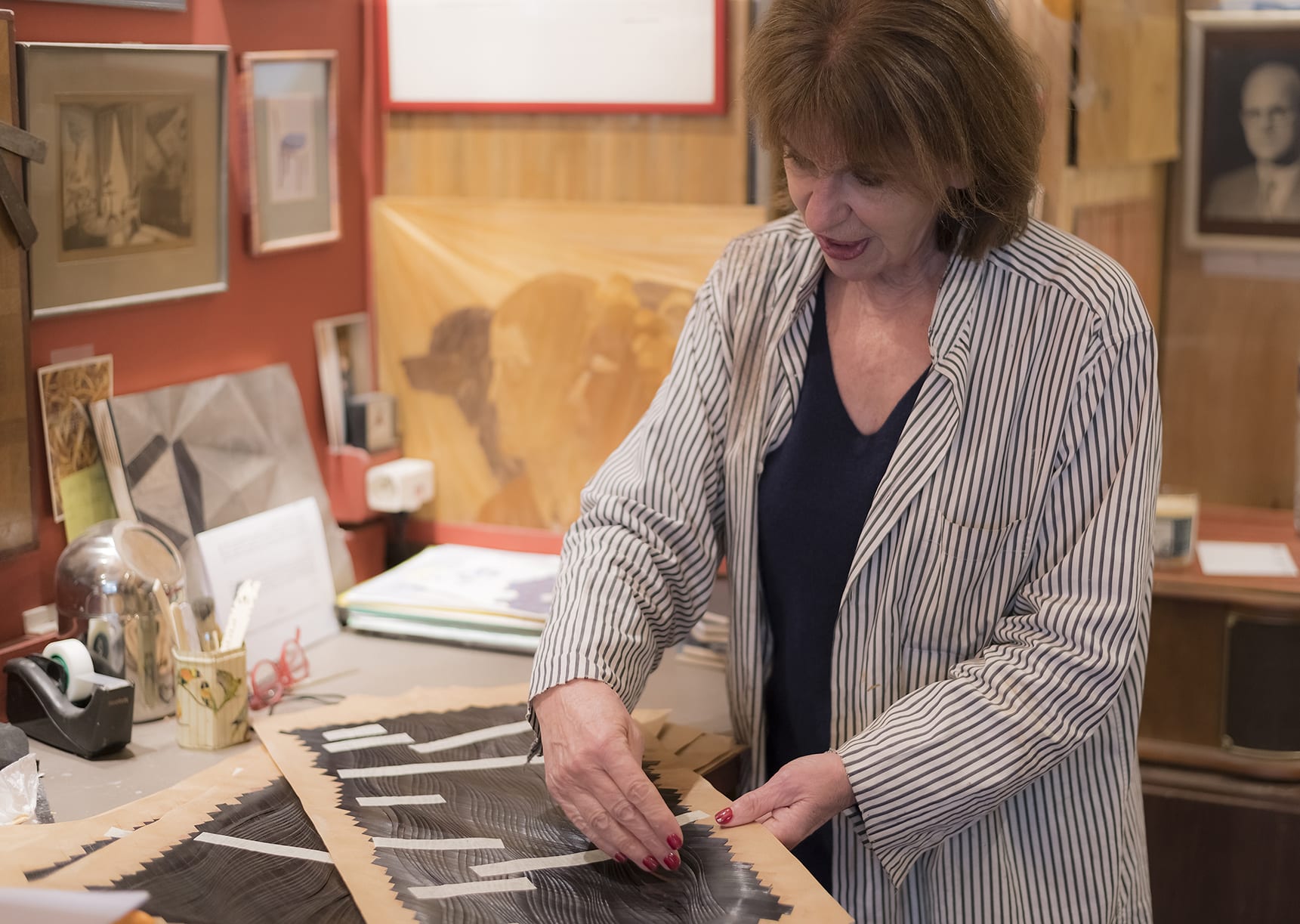
I step into the design office and was met with bustling activity. Two chic interior designers from Zurich were discussing designs with Lison, Lison’s sister, Marie, was creating samples on a worktable and an adorable French bulldog, Ziggy, was keeping everyone entertained. I am warmly greeted by Lison’s daughter, Pauline, who is in charge of the atelier’s management.
Before I settle in to talk with Lison, Pauline wants to show me the workshops. We step back out into the street with Ziggy hot on our heels (it turns out that Ziggy is Pauline’s dog and the unofficial ambassador as he seems to know his way to the workshop). We pass several storefronts and then enter a doorway and step into what feels like “The Secret Garden”. The cobblestone courtyard is surrounded by small white buildings with green trim and ivy and greenery everywhere. It is so intimate and cozy that one feels like one is in a magical place.
Straw marquetry – a meticulous process
Pauline tells me that they use rye straw that is grown and harvested by cereal farmers in Burgundy, France. The farmers dry and dye the straw and then send the bundles to the workshop in Paris. Here the craftsmen and women split open and flatten the straw to prepare them to create the marquetry. When it is flattened, straw looks like pieces of delicate and flexible strips of paper. Straw is sturdy, impermeable and resistant, and the only maintenance required is the use of wax. We walk between the two workshops and I get to see the artisans working on the most exquisite pieces. One woman is creating a coffee table in black straw. The thin pieces are carefully laid down side-by-side. She then uses glue to adhere them to the surface and then runs a tool over the top to flatten them down. Straw marquetry, even though perfectly smooth-surfaced, varies in color even when using only one tone: You can see the gradients of color and even the outline of each edge of the straw, which gives the overall piece movement and even a textural feel. It almost feels like each strip of straw is the artist’s brushstroke, creating a stunning visual effect. It is incredible how versatile colored straw can be. From its natural color, looking like wood, to darker colors that look like metal or even precious jewels, the possibilities are endless. In fact, no varnish is used in the finished product as the straw is protected by silicon which is a natural varnish and gives the straw a wonderful shine to it. I then watch another artisan make wall panels for a luxury company. Using the natural color of the straw, and with a sun burst pattern motif, each panel glows like gold and has the most luxurious effect. I marvel at how the humble straw can be transformed into the most majestic objets d’art.
The revival of a prestigious “savoir-faire”
As a child, Lison spent time in her grandfather’s workshop and discovered the material and technique of straw marquetry. Years later, when she wanted to learn the craft, there was no place that taught this forgotten art. She learned by studying her grandfather’s pieces. In her childhood home she was always mesmerized by a big and beautiful straw marquetry screen that her grandfather had made for the Exposition des Arts Décoratifs in 1937. She decided to restore it in her first attempt at straw marquetry and she completely fell in love with the process. This original screen is still in her workshop today. Even though she studied book binding and gilding at The Union Centrale des Arts Décoratifs in Paris, her passion was in straw marquetry so in the 1970s she began restoring straw marquetry pieces given to her by antique dealers. She is entirely self-taught and perfected her craft this way. In the 1980s she began her quest to show that straw marquetry could be a beautiful art form that could meld with contemporary design and interiors, so she started collaborating with interior designers. To date she has worked with such renowned designers such as Jacques Grange, Jean-Louis Deniot, Cabinet Alberto Pinto, Muriel Brandolini, Mathieu Lehanneur and Ernest de la Torre. Peter Marino has commissioned several pieces by her for numerous Louis Vuitton boutiques and for the Guerlain shop in the Champs-Elysées. She has created special pieces for luxury companies including Hermès who commissioned her to reproduce eight silk scarves in straw marquetry to hang in the windows of their rue du Faubourg Saint-Honoré boutique. She still restores historical pieces including a dressing table the Marquis de La Fayette gave to his wife and a Jean-Michel Frank table that belonged to Yves Saint Laurent. Besides making custom pieces, Lison created her personal line in 2015, Lison de Caunes Créations, where she designs furniture, wall panels and interior décor.
We then head back to the design studio, and as Lison finishes up with her clients, I walk over to Marie’s work desk and immediately notice she has a photo of Elvis Presley propped against the wall in front of where she creates the sample pieces. I was thrilled to see this and told her that my mother was from a small town in Tennessee about an hour away from Tupelo, Mississippi (Elvis’s hometown), and as a teenager she went to the local state fair and saw an “up and coming musician” – and it was Elvis! My mother admitted that she was one of the crazy teenagers screaming with excitement as he performed. Marie loved this story and with my limited French and her limited English the love of Elvis created a lovely connection.
Lison comes over and wants to show me her collection of antique straw marquetry pieces that she has been collecting over the years. She loves to study the patterns and see different techniques which inspires her to push the craft in new and inventive ways. She continues to perfect the craft: she revived the 18th century art of embossed straw and developed a method of gold-leafing straw. She is inspired by everything from nature to movies to things she sees on the street and is always thinking of ways to reproduce it in straw marquetry. She works on every project that comes her way as she loves the challenge and pushing the boundaries and figuring out solutions. In fact, she has covered car interiors and even the interiors of a yacht. She tells me that straw continues to fascinate her and she loves the idea that from such a humble material she can create such refined and luxurious pieces.
“She is inspired by everything from nature to movies to things she sees on the street and is always thinking of ways to reproduce it in straw marquetry.”
Discovering the variety of samples
We then look at the wall of samples. Each one looks like a tile and one can see the wide range of shimmering colors, textural effects and exquisite patterns. They almost have a trompe l’oeil effect as some pieces look like metal while others look like wood. Some of the patterns have a three-dimensional look to them, and there is so much movement and vibrancy in them that one forgets it is a flat surface. There is also a beautiful luminosity to them. The straw reflects light in such a magical way. I remember seeing the photos of a project she completed in an apartment in New York City. The entire entrance way, from the walls and the door to the ceiling, was covered in straw marquetry creating a jewel-box like effect that no other material could provide. It makes one realize that walls don’t just need to have wallpaper or be painted and have artwork hanging on them. The wall itself becomes the art with the stunning effect of floor to ceiling marquetry.
I am so inspired by the design and technique that I momentarily feel like blurting out “can I be an apprentice here?” I also think that I will never drive by a field of straw and look at it the same way as I now know what beauty it can yield. I highly recommend watching the video on the homepage of Atelier Lison de Caunes’ website. It beautifully demonstrates the care and attention to detail of the farmers and craftsmen who make this humblest of materials come to life as beautiful and ethereal design pieces.
Family history is everywhere. In the workshop several of her grandfather’s pieces hang on the wall, which is a wonderful reminder of the tradition that they are helping to carry on. In the design room I ask Lison about a beautiful double portrait done in straw marquetry that hangs over her workbench. She smiles and says that it is a portrait of her grandfather and grandmother that he made in the 1920s.
“She likes that her grandfather is still here watching over the family, and he is a reminder of why she wants to keep this tradition alive.”
Lison’s greatest satisfaction is knowing that she has preserved the art of straw marquetry and that it won’t fall back into oblivion. When she first began over 40 years ago, no one was working in straw marquetry. Now it is taught at the Ecole Boulle in Paris, and Lison is passing her knowledge on to the next generation through the artisans in her workshop. There is great comfort knowing that this art will live on. She is a master craftswoman and because of this, was awarded the title of Maître d’Art in 1996. This highly distinguished and prestigious title is awarded by the Ministry of Culture to exceptional craftsmen only, who possess a rare savoir-faire and who commit to passing it on to an apprentice. Lison said that was a turning point for her because her craft would have a future. In 2010, she was awarded the Chevalière de la Légion d’Honneur, France’s highest honor. For me, Lison is part of the artistic heritage of France. She saved this lost craft and made it chic again.
As I leave the design office, I think about how lovely it is to see another workshop where family is at the heart of the company, just like with our other Par Excellence artisans – Declercq Passementiers, Jouffre and Atelier de Ricou. They continue to carry on the legacies and traditions that will be passed on to generations to come.
An afternoon at Galerie Epoca
I dash back to the 7th to meet my friend Maïk, as she is taking me somewhere that will be an unexpected surprise. I make my way to Galerie Epoca at 60, rue de Verneuil, a place that is described as an antique and modern art gallery. But when I step through the doors, I feel like I went through Alice in Wonderland’s Looking Glass. It is the most incredible shop of curiosities, with fantastical tableaux everywhere my eye wanders. I feel like Salvador Dalí was just in and had done a bit of re-arranging. Maïk introduces me to the owner, Mony Linz-Einstein (yes, that Einstein! She is Albert Einstein’s great-grand niece). She enthusiastically bounds around showing me one object after another. She has a passion for unusual and intriguing objects. There is a dining table with a glass top and beautiful drawings underneath. She starts to crank a handle and the drawings move from flora to animals and all sorts of natural studies and patterns. I love this idea that one can change the table-top design at one’s whim. She then shows me a black rocking chair that looks normal at first but then I notice that the “feet” are those of an elk. It is a rare piece and was made in Sweden in the 18th century. She also has a sofa and pair of chairs that were once owned by a Maharadjah. I see wooden chairs hanging from the ceiling in a fantastical presentation and a white plaster frame with objects sprouting out from the edges. It is like a chamber of the marvelous and it is a very magical world to explore.
A goodbye dinner at Le Bistrot de Paris
After saying our goodbyes, Maïk and I walk over to 33, rue de Lille for dinner at Le Bistrot de Paris. It looks so familiar and then I realize it is the same restaurant that my friends Jean-Louis and Aude took me to for lunch a few days earlier. We walk in and everyone greets us enthusiastically, and as they know Maïk they escort us to her “usual table” in the back corner of the restaurant. It turns out that Maïk has been coming here for years and her children practically grew up here. When I was having lunch with Jean-Louis and Aude, the restaurant was filled with art and antique dealers from the neighborhood as several stopped by to say hello and have a chat. During that lunch, the father of my French friend (who lives in NYC), who owns an antique gallery down the street, was having lunch there too and it was a wonderful surprise to run into him there. It turns out that he goes there every day for lunch. Le Bistrot de Paris opened in 1965 and since then has been the gathering spot for the artistic types. Serge Gainsbourg, whose home was a few steps away, was a regular and apparently ate his last meal there. He liked to sit at the same table every time he ate there. Tonight, the room was filled with Parisians from romantic dates to large groups of family and friends enjoying the lively atmosphere. With so many local “regulars”, this spot is a true Parisian bistro. Woody Allen could have easily filmed a scene here for his movie “Midnight in Paris”. After a wonderfully long evening filled with wine, steak frites, a delicious dessert of poached pears with chocolate and jovial conversations with the waiters, I didn’t want the night to end as that meant my week in Paris was coming to a close. Instead of walking the few blocks to my hotel, Maïk offered me a ride back in her Mini. We zipped through the narrow streets of the 7th and I arrived back at Le Saint Hotel where the dreaded packing awaited.
“Adieu Paris”
The next morning, I reluctantly drag myself out of bed as I have to dash off to the airport. During my week in Paris, I so wanted to see Notre-Dame as it felt like a wounded friend after its devastating fire almost a year ago. I ask my taxi driver if we could do a detour on the way to the airport so that we could drive by the Cathedral. From the window of the car my heart sank when I saw the scaffolding. I was relieved to see the two bell towers still standing but I was so sad to see the roof and spire missing. I remember so vividly watching the blaze on TV and felt a universal cry of anguish when the 19th century spire fell. This over 800 year-old Cathedral is an iconic monument of Gothic art and a global architectural heritage for all. Now it seems like an elderly friend who has survived catastrophic injury. But Notre-Dame still stands and I know it will be rebuilt to its former glory. It was the most important construction of medieval Europe and will be the most important reconstruction of modern times. I truly hope that Ateliers Saint-Jacques whom I visited earlier in the week will be a part of this monumental and extraordinary task. As with the guilds used to build it in the 12th century, today the same type of guild exists with the exceptional craftspeople that make up Ateliers Saint-Jacques from stone masons to iron and wood workers. Victor Hugo once said that Notre-Dame is an expression of French art centuries in the making. How true, as the 21st century artisans take their turn in nursing her back to her wholeness. As the taxi driver changes courses for the airport, I gaze out the window and bid adieu to this magical city that I love.
Postscript:
While I was in Paris during the last week of February, Italy was going into lockdown because of COVID-19. We would talk about the virus during my many visits around the city and there was a slight uneasiness as the city was in the midst of Paris fashion week and the fashion crowd had just arrived from Milan. I returned home to Brooklyn on March 1st and could feel the tidal wave of the virus coming. 4 days later I started quarantining early as a precaution and within about 10 days flights between Europe and the US were shut down. I reached out to everyone I had met on my travels to see how they were doing. I received kind words from Margot whom I had spent time with at Declercq Passementiers. She said, “It will be a hard period but our grandfathers survived before, so we will too. We have to be strong and healthy”. These positive and resilient words gave me comfort in what was to come.
📸 by Jennifer Gyr

Jennifer Gyr is a Creative Consultant at Par Excellence. After obtaining a degree in Art History and Photography, she was a Helena Rubenstein Intern at MoMA in NYC and she completed the “Works of Art” course at Sotheby’s in London. She then worked for several years at the photography gallery Hamiltons Gallery in London and at Hyperion Press and Keith de Lellis Gallery in NYC. She was a private photography dealer for many years and served as an archivist and curator of a private photography collection in NYC. She also archived the estate of the photographer Horst P. Horst. She has curated several exhibitions and consulted on numerous photo books and exhibitions including with The National Portrait Gallery in London. When not seeking her next travel inspiration she lives in Brooklyn with her Swiss husband.
Share
"What Inspires Me" with Alison Rose
A winner of NYCxDESIGN and Interior Design’s annual Best of Year Award, Alison Rose is a master of creating both modern and historically influenced luxury pieces. Par Excellence had the chance to chat with this acclaimed interior and furniture designer.
From her immersed childhood in New York’s most renowned museums, Alison remembers falling in love “It was a love that was instant – a fascination that was deeply rooted in my earliest days before I knew what IT was.” As a matter of fact, Alison’s mother was the CFO of The American Museum of Natural History before she went on to the Metropolitan Museum of Art. This immersion in these cultural spaces heightened Alison’s sensibility towards architecture, art and design. “I remember sitting on the floor looking up as the backdrops of the installations were erected – the birds were placed in the trees, the natives were draped in their pelts of fur to prepare for the coldest days of winter… worlds literally came to life around me”.
Spending her formative years in this creative environment stimulated Alison’s vision and artistry at a very young age. She quickly became captivated by the influence of space – “My fascination with space began. The Grand Halls of the museum were enormous, and my innate understanding of scale and materiality developed”.
This fascination for space, geometry and science is still a deep source of inspiration and is particularly reflected in the two collections Alison recently designed for Artistic Tile. “I come from a lineage of strong women who make things happen – my grandmother worked for the IRS, and my mom, a CFO – numbers are in my blood. My father was a biology teacher, so yes… all the dots have been connected … math is considered the purest of all the sciences.”
“Each and every project is an opportunity to expand my visual narrative through materiality and scale. The collections are simply born through a vision that is internal. Client projects are informed by their specific program, their global location, their lifestyle, their loves… and their narrative is filtered through my lenses. Each project is expressed with a clear voice – all very connected, and incredibly rewarding” – Alison Rose
Alongside her strong understanding of space, Alison’s innate talent to mix materials is also striking. For her collection named Euclid, Alison worked with stones and ancient marbles. The designer manipulates raw materials and combines them in a way that has a bit of tension. “Tension that simply pleases the eye and soul through specific patina, mix of color, texture, refinement and rawness. Understanding the inherent qualities and pushing the boundaries – metal, lime plaster, marble, silk, wool – I approach each element with a curious eye and push to see its greatest potential, with the same consideration”.
Her natural ability to manipulate and juxtapose materials allows her to interact and connect with passionate craftspeople that share her vision and sensibilities. “There is such a beautiful balance between form, structure and decoration that is very personal and we constantly learn from each other. We celebrate and push past the practice to reveal the next discovery – it is the exploration that is ever expanding the vocabulary of the work”.
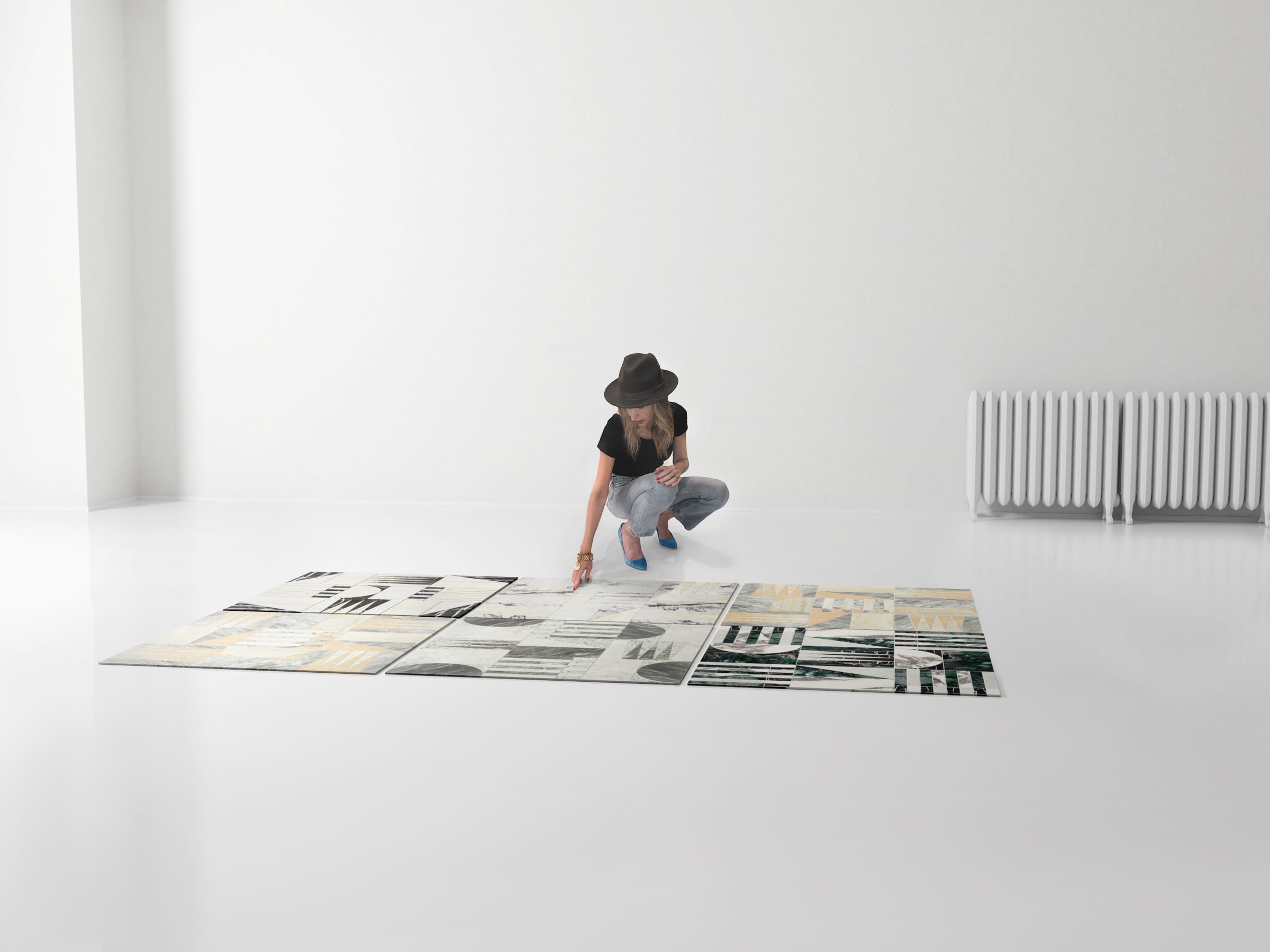
As we try to immerse ourselves into Alison Rose’s universe, we scroll through her Instagram account where she has created a unique visual identity from modernist interiors with strict lines and raw materials to the most colourful and vibrant ones. We catch a glimpse of the influences of her youth spent in New York’s museums amongst art pieces, paintings and singular creations.
Talking about New York and urban inspirations, we ask Alison, a born and bred New Yorker, how the city figures in her creative process. To the designer, it is a wonderland; “It is the backdrop that guides my intuitive process. The incredible history of New York landmarks alongside the modernist glass towers- it’s the beauty of balance… or sometimes the imbalance that is exciting”. Alison Rose’s studio recently completed a marble sculpture in Miami that focused on the exploration of balance, and imbalance around the globe. “This concept has always fascinated me”.
“I am not a creature of habit- each day I can walk down a different street, and may notice a unique brick pattern on a facade, or see a beautiful shadow that reveals a sparkle in the pavement – every drop is inspiration. NYC has a soul that’s unable to be duplicated. My informed eye scans the landscape – whether in the city, the country… the seaside… the exploration and curiosity doesn’t stop” – Alison Rose
Her love for the city that forged her passion for architecture and design is true! When asking Alison where she would go if she had to move outside of New York City, the designer chooses another very well-known place for its incredible history and culture: Japan!
“I have a wonderful client in Tokyo who introduced me to so much of their beautiful culture. We first began designing their family residence in NYC about 10 years ago. Then their main residence in Tokyo a few years ago, and their mountain retreat outside the city. There is a wonderful balance of modernity and tradition, and the food is my absolute favorite…”
Alison Rose’s future is bright. The renowned interior designer is working on a few collections and 2020 will mark the launch of her eponymous furniture line. “These new collections are a cultivation of my true loves. Through scale, modularity, and form, we are introducing a home collection that balances vintage and contemporary influences. Produced with the finest craftsmanship, materiality, and detail – and no pre-conceived “back” and front” to the furnishings. This concept allows for maximum possibilities of placement in a space, as modularity also lends itself too”.
“When pieces are able to be experienced, and enjoyed as a sculpture – to be lived on, and lived with… that is extremely fulfilling” – Alison Rose
The interior designer has a lot of eclectic projects coming up, from a large renovation of her country home to exciting client projects that span the country from east to west including a NYC loft, and a penthouse in Houston. On top of that, Alison is working on her furniture line, decorative objects and is expanding her marble tile collections with Artistic Tile.
Taking into account that her first collection in collaboration with Artistic Tile, “Euclid”, was selected as a NYCxDESIGN award honoree, and that her second collection “Zephyr” received the INTERIOR DESIGN BEST OF YEAR AWARD of 2019, Alison Rose is set on an impressive and inspiring path.
Share
Zak+Fox Showroom
“Only Jouffre and Declercq Passementiers could help execute the new vision for the showroom — the companies’ crafts communicate a sense of history, exemplary in the work. It was a truly collaborative process and both parties contributed tremendously beautiful ideas beyond execution alone. We were able to walk through the showroom space together and talk about possibilities for what I had envisioned. I also wanted to offer a platform to both Jouffre and Declercq to demonstrate their craftsmanship which many may not see because it is so grand and intricate, often reserved for private residences.”
Zak Profera started his studio having in mind a beautiful vision of an iconic duo, a man and his dog traveling the world in search of adventures and inspirations. This vision is at the core of the project, as the founder of the studio always imagines a narrative and story behind each project and collection. Zak’s work is always inspired by history, myth and folklore of different cultures picked up from his travels.
“I had a narrative in my head for what the company could be about — the idea of a man and his dog as literal characters in an adventure story — an archetypical duo that so many people can relate to. Inquisitive and observational, they traverse through our stories driven to learn by a genuine and authentic curiosity.”
This peculiar atmosphere and spirit is very much highlighted in Zak+Fox’s showroom and studio. The space is hidden in a historic building in NYC and has recently been remodeled with the help of two of Par Excellence’s partners, Jouffre and Declercq Passementiers. Zak looked to many references throughout the process of designing the space. “Our tool kit is composed of all of our textiles, which are generally contemporary or alternative takes on traditional works. They are often not literal translations of antique textiles, but many of them can fit into classic or modern environments.”
The result is hypnotizing and unique as it carries on Zak+Fox’s fantastic universe.
Despite knowing very little about how it all worked, Zak Profera made his way into the industry to pursue his passion. “I was extremely interested about the process of making something, from inception to the final product. I had come from a marketing background but had always loved design. Textiles were always a passion, and I always felt drawn to the stories they told — I wanted to learn as much as I could, and share those ideas with a larger audience. For me, the most compelling part of what we do is that we engage with something material and along the way, discover its layered meaning and history.”
Drawing inspirations from various trips around the world, Zak believes in mixing cultures and styles to bring another dimension to his work. “While we look to stories, legends, and cultures to guide the collection, the most beautiful part of it all is that you see how different parts of the world all speak to one another despite being oceans apart. You see ikat dyeing techniques appear in a multitude of cultures, for example, whether or not that information was shared at one point or another. I think the most beautiful thing about what we do is that craft and design can work as a language — in the eclecticism is a common thread that unites us all — that we are able to connect through something visual, or that we are able to find beauty in another’s culture or story.”
The studio is quite diversified in the way they create their products. They work with large companies and industrial manufacturing, but the core of what they create comes from handcrafted textiles. “Whether we start with something hand painted and translate that to printed textiles, or we work with a team of tremendously talented weavers, our mission is to create something with genuine spirit within it.”
“Working with the teams provided space to experiment and work outside of my comfort zone. In design, it is quite easy to work with the familiar. The new style of our showroom is not something I’ve worked with previously as it is incredibly layered, and together we were able to create something quite grand.”
For the new showroom, Zak trusted Jouffre for the curtains and shades as well as the wall-upholstery, and Declercq Passementiers for the trimmings.
Photos by © Stephen Kent Jonhson
Share
Bruno Mallart, a multifaceted artist
Bruno Mallart, alumni of the French school of art direction and interior architecture, Penninghen, wears several artistic caps. He has worked as an illustrator for renowned magazines such as Courrier International, Le Monde, The New York Times, The Wall Street Journal… Today he lives and works in the Yvelines, in the countryside near Paris. Bruno Mallart also lives in a world of his own, made up of situations and characters as far-fetched as they are funny, scripted in original digital creations.
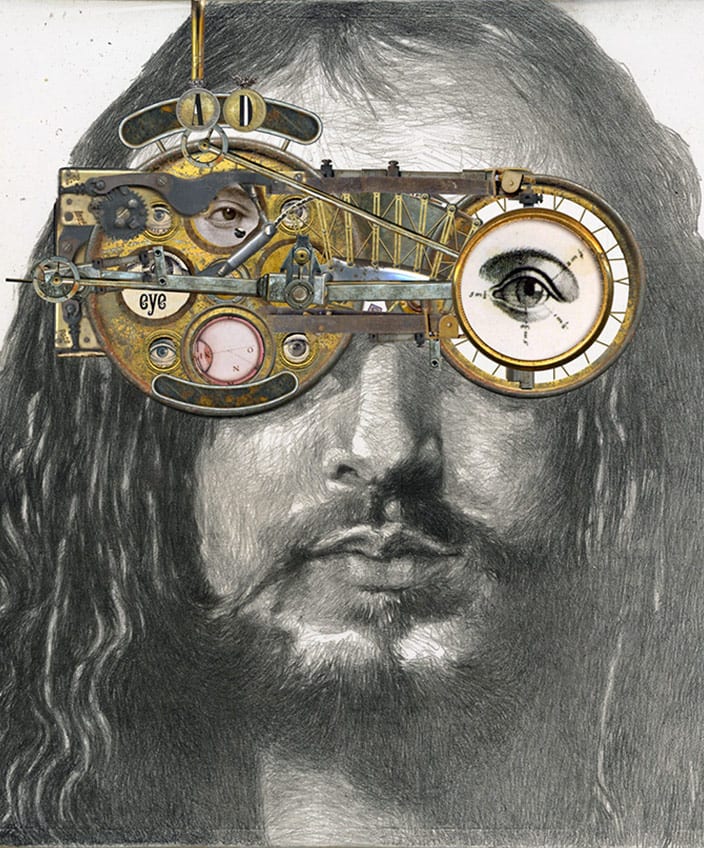

Digital technology in support of creation
At the end of the day, Bruno Mallart is both a draftsman, illustrator, painter, sculptor and… digital artist! Indeed, he exercices his imagination and his fantasy though the computer. Although he acknowledges that the computer’s pencil stroke is not as rich as an original brush or pencil, he willingly uses this new means of artistic conception to go further in his creations. He starts from a traditional method, by working with a pencil, gouache, watercolor or photography. Then he uses the machine and its infinite possibilities to enlarge the initial work, to add a drawing, a picture or a collage, to modify the image.
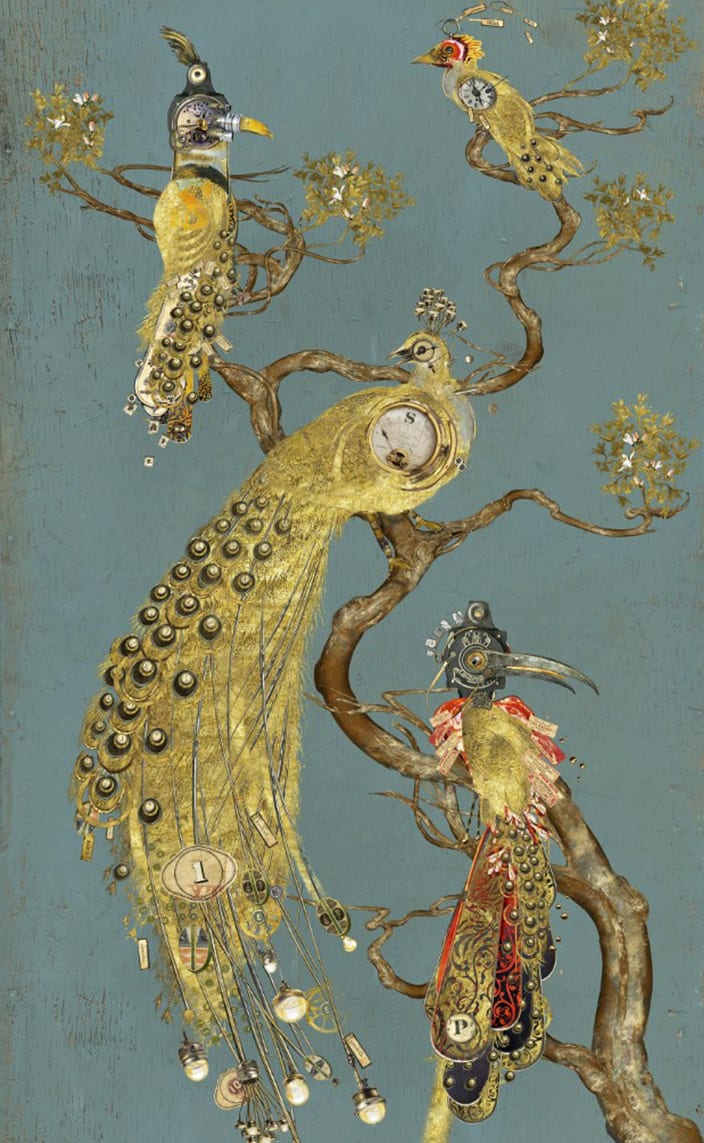
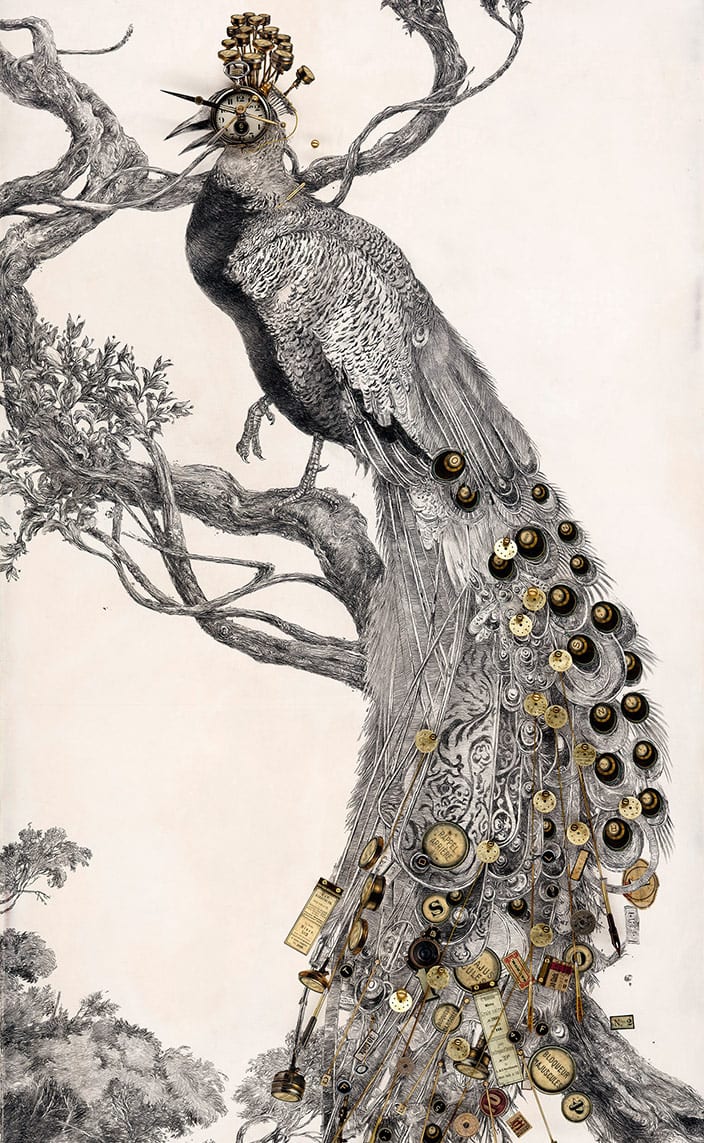
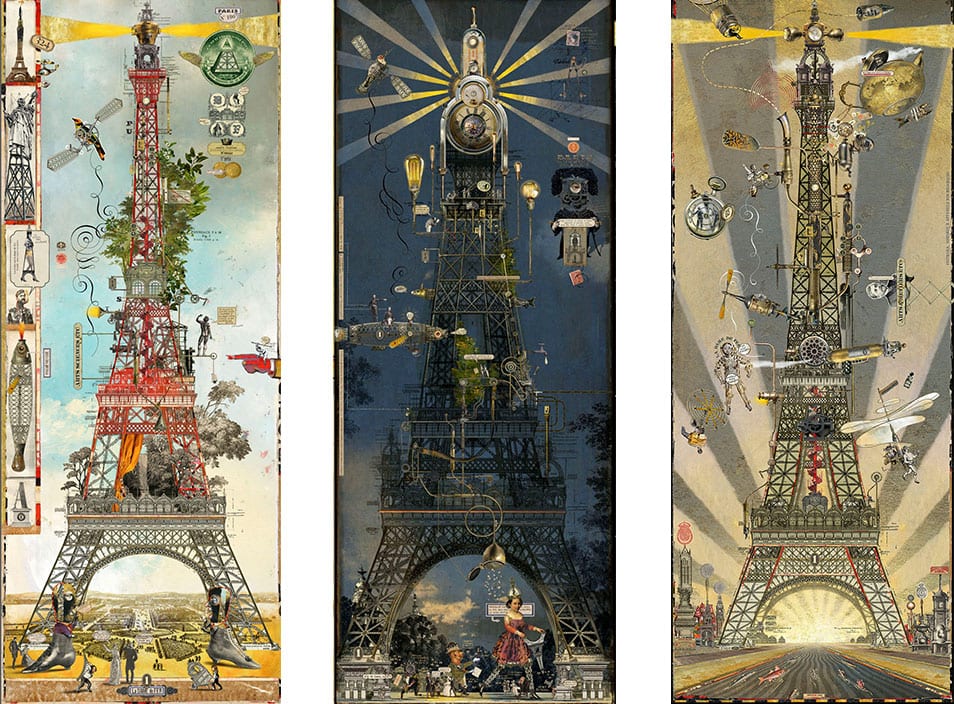
Surprise and absurdity
The supports for his extravagant scenes are diverse and varied: boxes, boards, objects and furniture (consoles and coffee tables). In his creations, wheels, moving objects, mechanics and animals are recurrent. Bruno Mallart likes them round and massive like the turtle, the rhino, the elephant or the pig. He can’t help but add wheels and change the original head of the animal. Moreover, the artist admits that he is always on the lookout for new strange objects that could be used in his collages. His friends know this and turn into inspiring objects seekers when they go to flea markets.
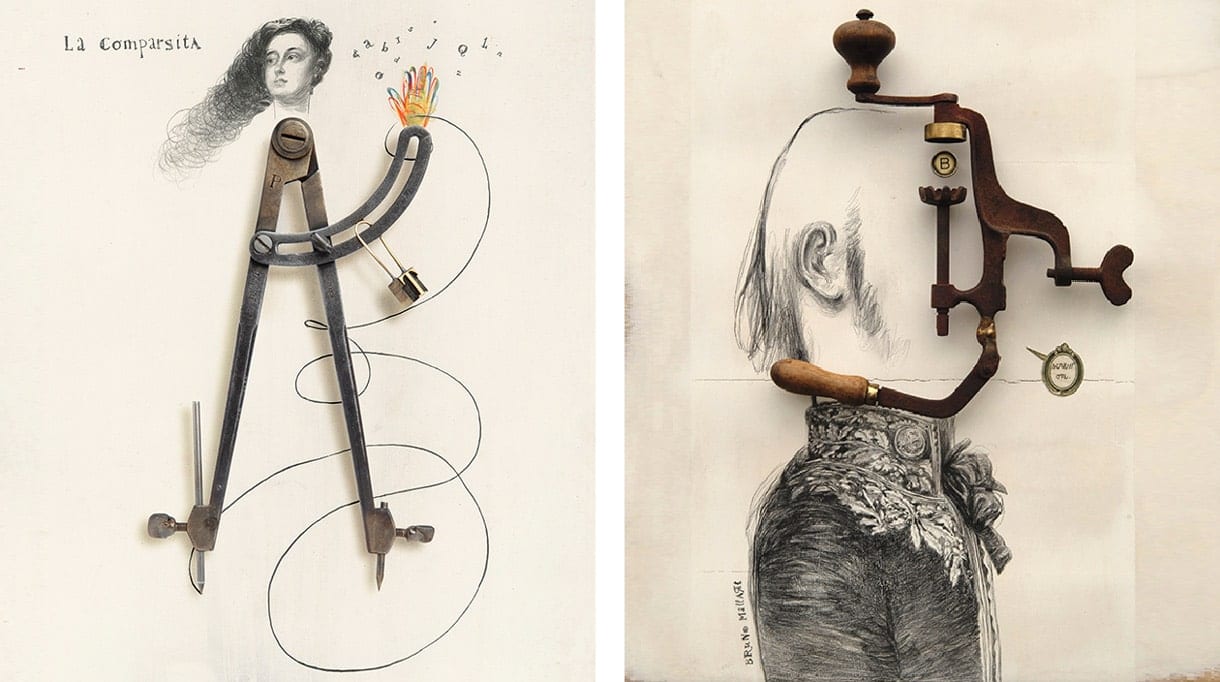
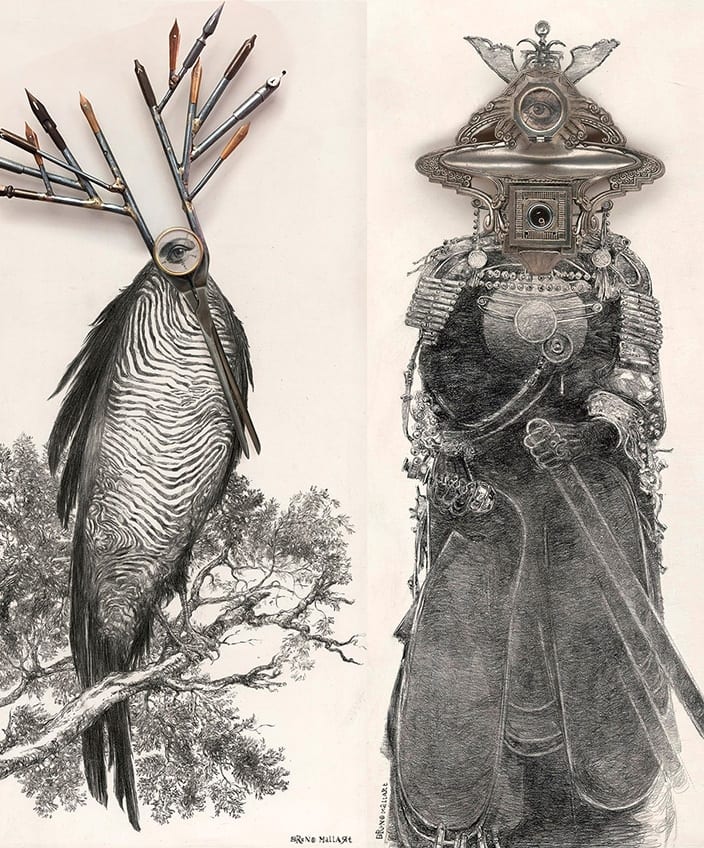
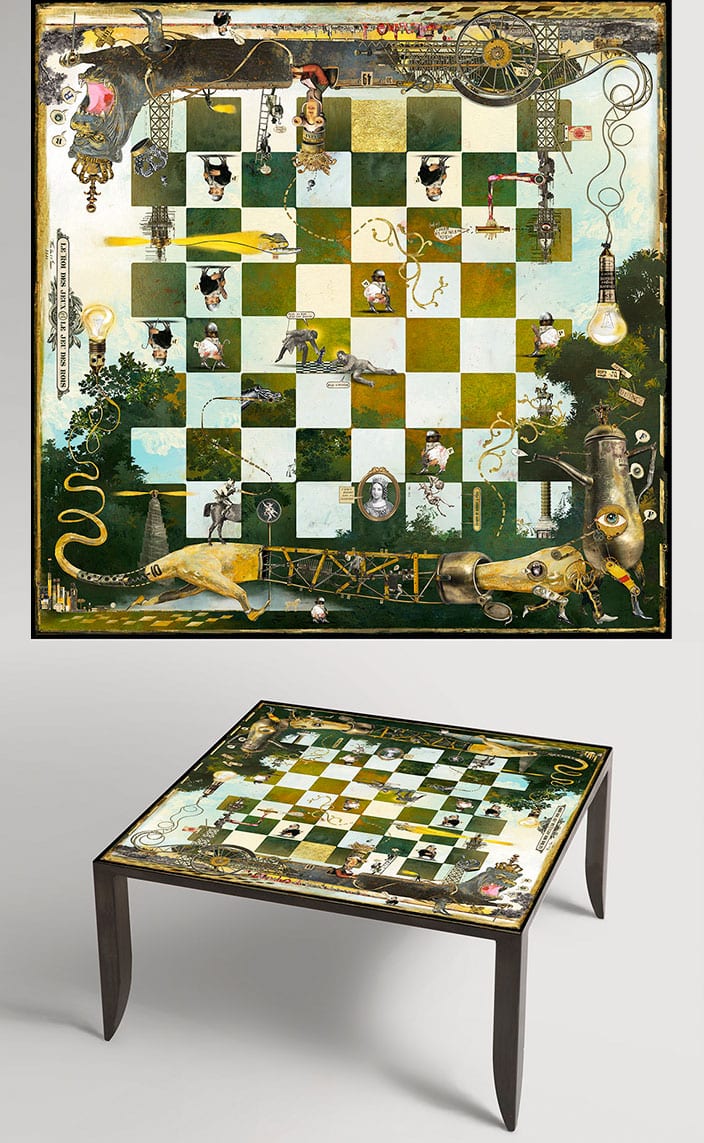
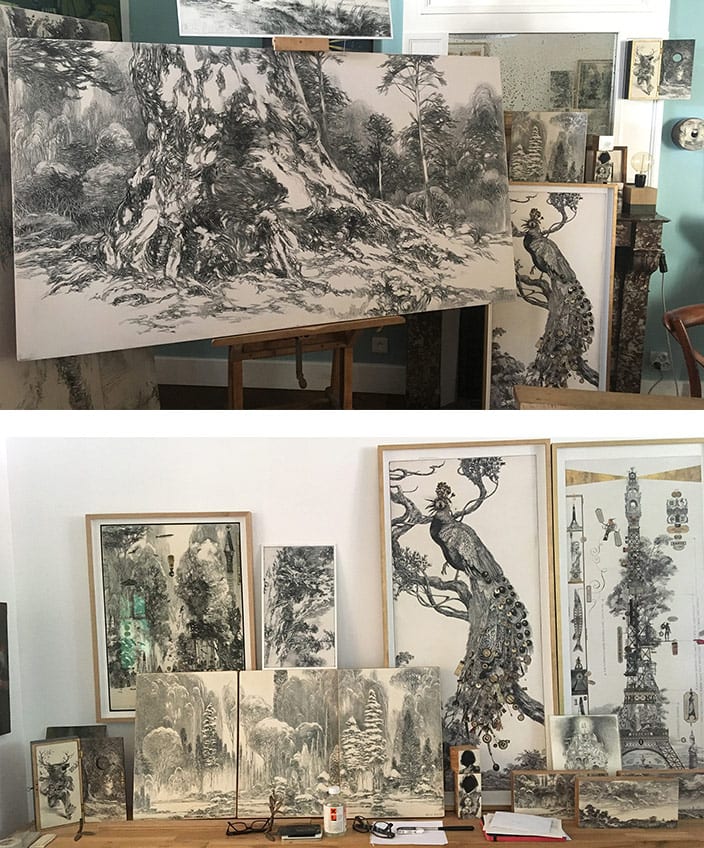
Phone: +33 (0)6 48 12 38
Bayart Gallery
17, rue des Beaux-Arts
75006 Paris
Phone: +33 (0)9 83 30 60 55
Share
Paris on my mind by Jennifer Gyr - Day 6
By Jennifer Gyr
I fell in love with Paris when as a teenager I was watching Audrey Hepburn swan through the ville lumière in the movie “Funny Face”. Over the years I have been so lucky to make many trips to this enchanted city with friends and family. My trip in late February was the first time I was in Paris by myself with my limited French vocabulary of “Bonjour”, “Merci” and “Au Revoir” (which even then I would speak in a whisper so that my Southern accent wouldn’t decimate the beauty of the language).
What a magical week it would be. As Audrey said so perfectly, “Paris is always a good idea”!
A beautiful morning at the Musée Jacquemart-André
I start my day off by visiting one of my favorite small museums – the Musée Jacquemart-André. There is a plethora of incredible house museums, museums devoted to an individual artist or a particular period, or style, and I always try to go to one or two of them whenever I am in Paris. I always enjoy my visit to the Jacquemart-André, which is located in the 8th arrondissement on Boulevard Haussmann. The museum was created in the private home of Edouard André and Nélie Jacquemart. It is located in an opulent Belle Epoque mansion that is worth a visit on its own, as it offers a chance to discover not only masterpieces of art but also the inside of one of the finest mansions of the 19th century. Edouard André was from a wealthy French banking family and he started collecting art at a young age. He was such a well-known collector that Napoleon III personally asked him to oversee the fine arts exhibit of the 1867 Exposition Universelle. In 1869, Edouard started building his personal mansion and it took 7 years to make. The house caused a sensation when it was finished as it was built on the newly-constructed Boulevard Haussmann, one of Paris’ grand boulevards. In 1872, he hired the artist Nélie Jacquemart to paint his portrait. In a lovely twist of fate, they fell in love, got married and traveled around the world creating one of the greatest private art collections.
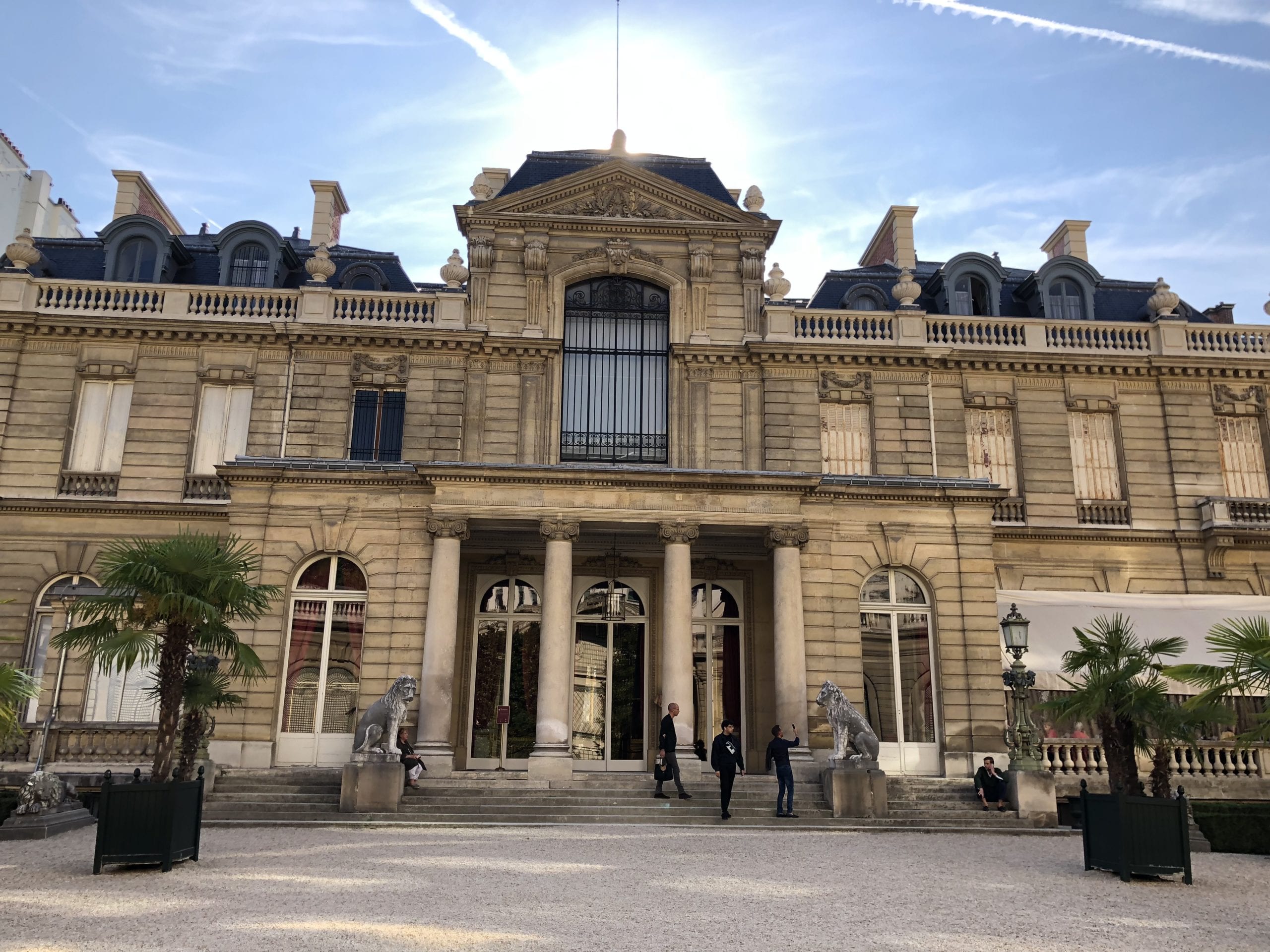
I spent the morning wandering through the salons, their private quarters and through the art galleries. I then took some time relaxing in their dining room, which is now a tearoom, and enjoyed a cup of coffee while looking out onto the courtyard and the garden. I started musing about the grand parties that took place here. Apparently, the Picture Gallery, the Grand Salon and the Music Room can be opened up into one large ballroom by removing the walls using a complex hydraulic system. They really thought this out when designing the mansion! They could then host lavish parties filled with 1,000 guests. Oh, how I would love to have been a guest at such an affair. I then visited the Winter Garden with its exotic plant collection and the most spectacular double helix staircase above which two large Venetian frescoes by Tiepolo, magnificently hung. This is a more intimate museum but it is packed with masterpieces. From Italian Renaissance art to still-lifes and landscapes by great artists such as Chardin, Boucher, Canaletto, Botticelli, Rembrandt and Frans Hals. There is also furniture, porcelain, sculptures, tapestries and frescoes. It reminds me a lot of one of my favorite museums in NYC, The Frick Collection. Sadly, Edouard died suddenly at age sixty. Nélie continued collecting and per her wishes, after her death in 1912, the private mansion became a museum open to the public and was inaugurated by the President of France in 1913. After a restorative morning, I then slipped out into the midday sun and headed to meet a friend for lunch.
A lunch date at Le Grand Véfour
Le Grand Véfour was the first grand restaurant in Paris. It opened in 1784, even before the revolution, and is nestled in the corner of the arcades of the Palais-Royal. For over 200 years it has attracted all the big names in French politics and culture, such as Victor Hugo, Colette and Jean Cocteau. In fact, rumor has it that Napoléon proposed to Joséphine while dining here. Most of the tables have brass plaques with the name of a famous diner. My friend and I were seated at Balzac’s table. The classic French dishes have such delicate flavors and are created by the star chef Guy Martin but the thing I remember most vividly is the heavenly strawberry and rhubarb dessert. With its early 19th century neoclassical interiors, Le Grand Véfour truly is one of the most beautiful restaurants in Paris. Intricately etched mirrors fill the space and with the gilded décor and the delicate hand-painted panels, the room glistens when the sunlight pours in and reflects all around us.
After saying adieu to my friend, I walk around the Palais-Royal. I always enjoy walking through the arcades with the endless rows of columns. At any time of day, the light streams between the columns and creates the most striking but fleeting patterns that dance at your footsteps. I pass by several shops along the way, including Didier Ludot, the famous vintage haute couture clothing store, as he always has a fashionable window display. I then grab a cup of coffee (yes, I love coffee) at Café Kitsuné and sit out in the garden of the Palais to have a quiet moment before my packed afternoon filled with lots of walking and window shopping and the occasional purchase.
“At any time of day, the light streams between the columns and creates the most striking but fleeting patterns that dance at your footsteps.”
A fun afternoon shopping
I then proceed to two of my favorite places I always visit when I am in Paris: Astier de Villatte (173 rue Saint-Honoré in the 1st), is like a cabinet of curiosities with their sought-after line of beautiful white ceramic pieces. They are a contemporary ceramics company but some of their shapes date from the 18th century. It is a wonderful combination of functionality and ancient beauty. Each piece is made by hand in their workshop in Paris. Even though the circles on a cup might not be perfect and can be a bit out of proportion, this imperfection shows that you will never get two pieces that are the same and each is unique in itself. Their signature white glaze has a slightly darker tone and you can see bits of the clay peeking through. There is a certain charm to their pieces as if they were passed down to you from your quirky but elegant great-aunt or you would find them in a still-life painting. The owners wanted their ceramics to be made in Paris as the city is a constant source of inspiration. They believe that a part of Paris is a dream and can be like a film or theater set and they are creating these fantasy pieces for these sets. In the shop, one can feel the remnants of the past as it is housed in an 18th century silversmithy where, apparently, Napoléon once visited (I seem to be following in his footsteps today).
After spending 20 minutes picking out a few pieces to buy (again, no piece is alike so you really take time thinking about which coffee cup or egg cup to buy as they are all slightly different), I walk down a short hallway and enter a back room. It feels like a secret chamber because the white ceramic pieces now burst with color with a collection done by the American découpage artist John Derian. Flowers, animals, seashells – the natural world is seen on plates, cups and vases. I am so happy to see this collaboration as John Derian has a shop in NYC that I visit as often as I can. His place is a destination for bohemian-chic shopping especially at Christmastime with hundreds of ornaments filling the store. It happens to be located a block away from our Par Excellence showroom at 6 East 2nd Street. And lucky for us New Yorkers, at this shop he sells pieces from Astier de Villatte (both his collection and the white ceramic pieces).
I then walk two blocks to visit Maison Sarah Lavoine at 9 rue Saint-Roch. Sarah is an interior designer and several years ago she opened this shop to sell items that are made in France by quality craftsmen. From furniture, tableware, stationery, decorative objects to even clothes I always find something to take home. The shop itself feels like walking into your cool French friend’s apartment with everything so perfectly arranged. Sarah has a line of tableware, stationery and fabrics with a bold sense of color combinations that I love (think teal with black). These bold color combos make you feel like you are spending summer eating outside in the countryside or by the sea.
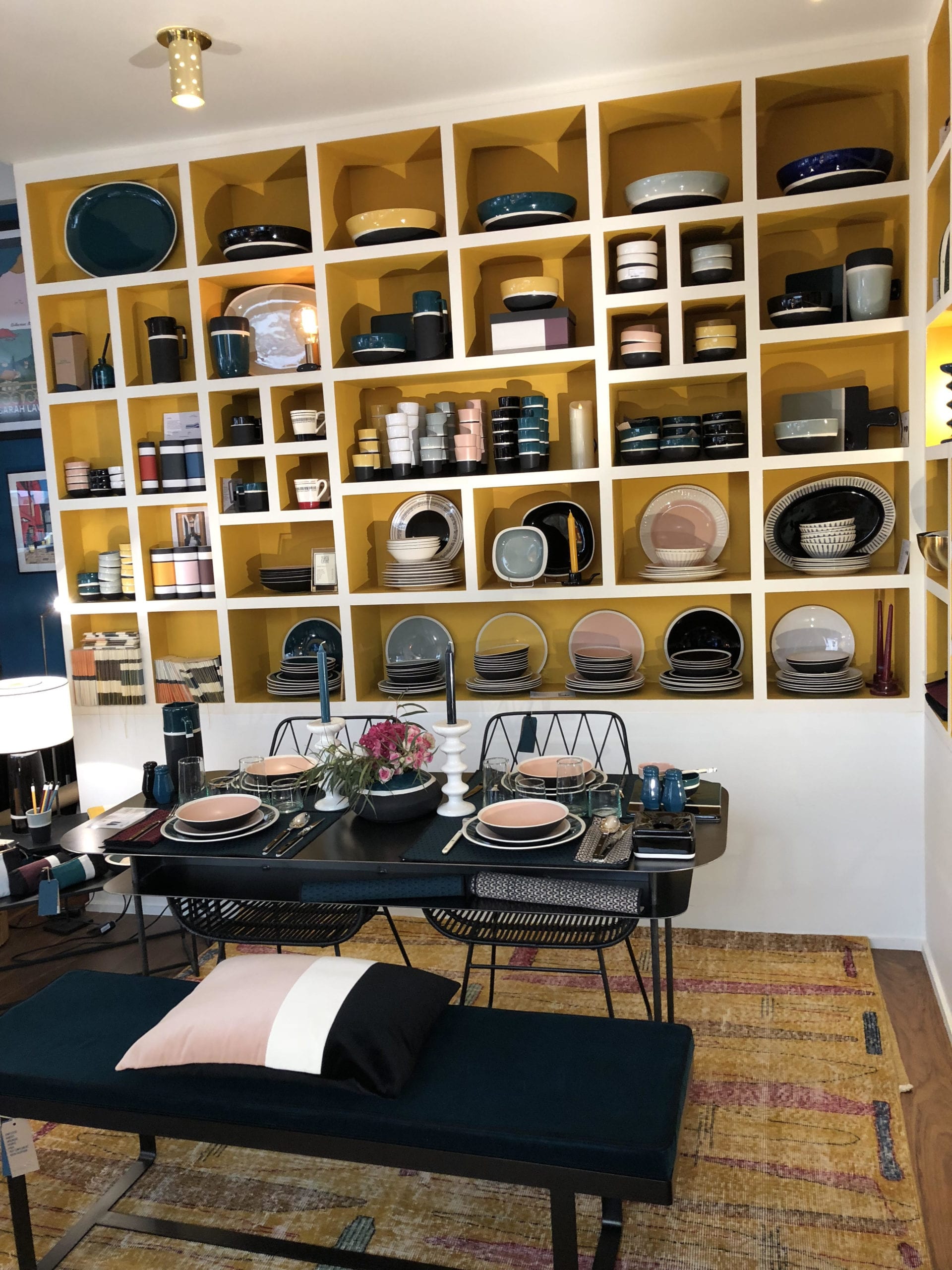
I then head a block over to the Tuileries and find a park bench to sit and rest before heading back to the Left Bank. I love the act of people watching in Paris. Either sitting in one of the many beautiful gardens dotting the city or whiling away time sitting outside a café somehow time seems to stand still and you get lost in your thoughts as you watch the flâneurs stroll past. Getting my second wind of the day, I cross the Seine and head back into the 7th. I am walking down rue de Varenne and notice a door to a building is open and I happen to glance in. It revealed the most beautiful entry way with a purple door (my favorite) that led to a courtyard surrounded by a group of lovely buildings. I love these enchanting surprises when you find something wonderful hidden behind a door. I continue on down the street and then I do a double take and have to stop. What I thought was a jewelry store was in fact a chocolate shop. Jacques Genin (27 rue de Varenne) is famous for its caramels, pâte de fruits and exquisite chocolates and with its pristine futuristic laboratory-like shop it makes one stop and take notice.
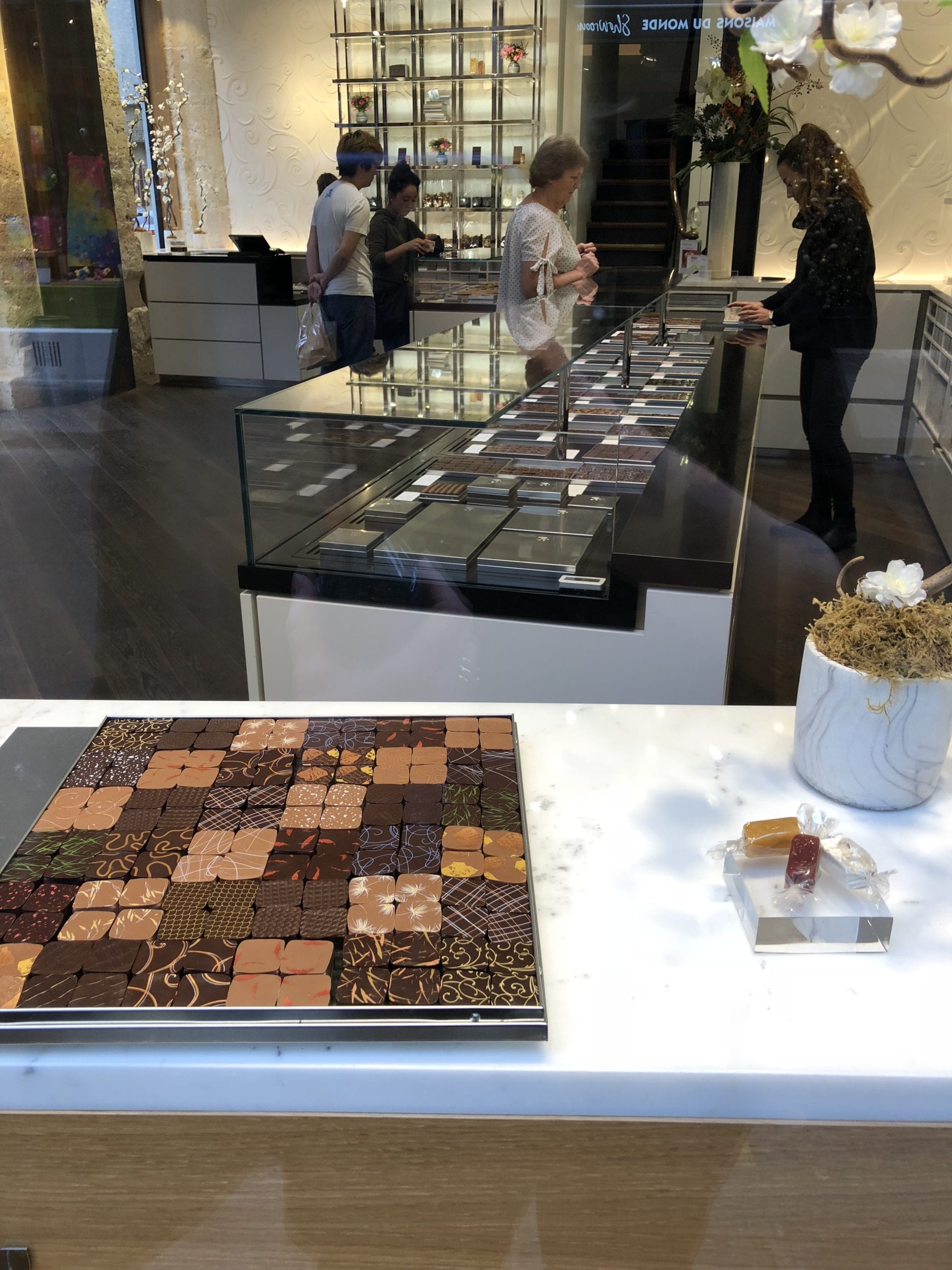
Unfortunately, I was running a bit late and couldn’t pop inside for a taste as I had something more urgent to buy – shoes! My chic French friend recommended Chatelles at 94 rue du Bac. It is a Parisian brand of slippers (flats, loafers, however you want to call them. I call them comfortable) that you can customize with color and fabric of the shoe to the tassels, initials and pompoms to accessorize the shoe to make it unique and your own. Inspired by English history, designed in Paris and made by hand using the best Italian leather in a workshop in Portugal. To add something extra secret, a Victor Hugo quote is engraved on the insole, “I cannot live…Far away from you any longer”. I can’t live without these shoes as they get me comfortably around the big cities. The hard part was what to pick – camo fabric or black leather? Tassel or initial? Hmmm….
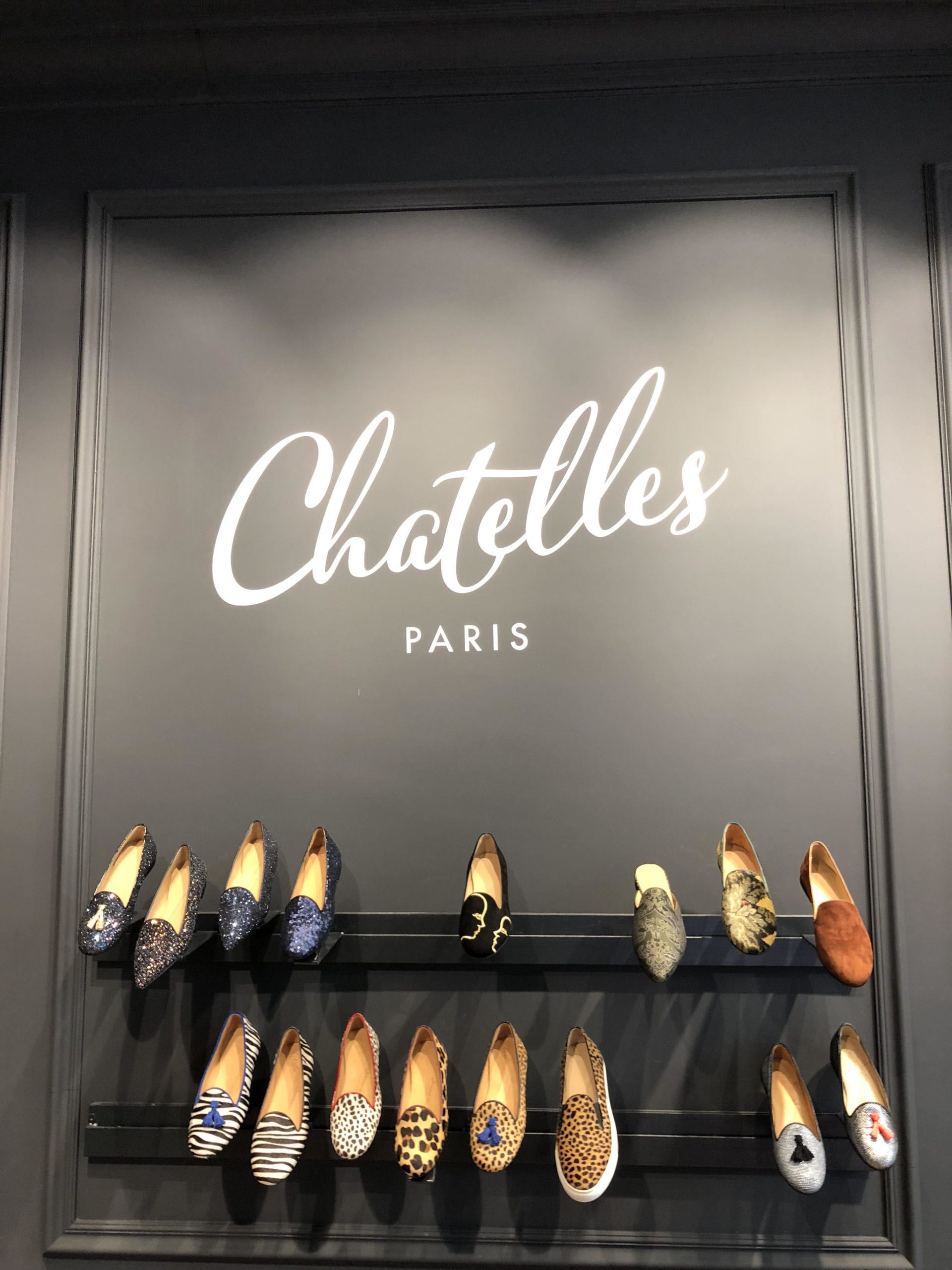
A dinner filled with the most amazing desserts
After dropping off a few small shopping parcels at my hotel, I jump in an Uber to meet a friend for dinner at La Poule au Pot (9 rue Vauvilliers, 1st arr.). What a treat I was in for. The small restaurant has a 1950s throwback feel with floral wallpaper, lace curtains and pink tablecloths. But don’t let that fool you as it turns out to be more like a “Haute Bistro”. The restaurant has been around for over 80 years but it was recently re-imagined by the new chef, Jean-Francois Piège. He is another star chef who used to be the head chef at the restaurant at the Hôtel de Crillon and now owns several restaurants around the city. This one is his favorite and he happened to be there that night cooking up a feast. It is traditional French cuisine but done in an old school way. All of the French classics were on the menu. I even had an omelet for dinner. Nothing beats a French omelet. Throughout our meal I kept seeing the waitress walking around holding a large glass baking dish and she would scoop out the most amazing looking dessert periodically to guests who all gleefully accepted. I couldn’t wait to try it but when the dessert menu arrived, I could not find it. I asked about it and as it turns out, it is their famous crème caramel that comes with your coffee order. Needless to say, I had two coffees that night. Absolutely delicious! It is a profoundly French restaurant full of Parisians tightly packed elbow to elbow but enjoying every moment of being there in the most convivial atmosphere. To top it off, I was fan geeking all night long as the French actor, Vincent Lindon, was sitting with a group of friends a few tables away. Oh, and they were playing 70s and 80s pop music. I was hooked.
After leaving the restaurant we decided to head to Le Meurice Hôtel for a night cap but I had ulterior motives as I wanted to try a special dessert (don’t judge – I am in France). Cédric Grolet is a genius pastry chef (he was named the World’s Best Pastry Chef in 2018). His desserts are something you have to see to believe. We settle into the leather chairs at the bar and I immediately order the lime dessert. When it arrived, I couldn’t believe my eyes, there was a lime in front of me, or was there? I used my spoon to break it in half, and deliciousness oozed out. Cédric reconstructed the lime out of the essence of the fruit. He is known for these legendary trompe-l’oeil sculpted fruit. He has 1.6 million followers on Instagram so that should give you a hint on how masterful his work is. The taste is pure essence. As Cedric so aptly says, “Beauty brings them in, but taste brings them back”. I will definitely be back!
As I say goodnight to my friend and wait for my Uber to arrive, I notice the shimmering lights all around me as I look into the window of the Le Meurice and then across the street to the Tuileries. It reminds me of my visit with Etienne yesterday at the Ozone atelier. Paris is always so beautifully lit as if a theatrical lighting expert worked his magic.
To be continued … à suivre….et à bientôt!
📸 by Jennifer Gyr

Jennifer Gyr is a Creative Consultant at Par Excellence. After obtaining a degree in Art History and Photography, she was a Helena Rubenstein Intern at MoMA in NYC and she completed the “Works of Art” course at Sotheby’s in London. She then worked for several years at the photography gallery Hamiltons Gallery in London and at Hyperion Press and Keith de Lellis Gallery in NYC. She was a private photography dealer for many years and served as an archivist and curator of a private photography collection in NYC. She also archived the estate of the photographer Horst P. Horst. She has curated several exhibitions and consulted on numerous photo books and exhibitions including with The National Portrait Gallery in London. When not seeking her next travel inspiration she lives in Brooklyn with her Swiss husband.
Share
Paris on my mind by Jennifer Gyr - Day 5
By Jennifer Gyr
I fell in love with Paris when as a teenager I was watching Audrey Hepburn swan through the ville lumière in the movie “Funny Face”. Over the years I have been so lucky to make many trips to this enchanted city with friends and family. My trip in late February was the first time I was in Paris by myself with my limited French vocabulary of “Bonjour”, “Merci” and “Au Revoir” (which even then I would speak in a whisper so that my Southern accent wouldn’t decimate the beauty of the language).
What a magical week it would be. As Audrey said so perfectly, “Paris is always a good idea”!
A visit to Ozone’s workshop:
It is a rainy morning and as my Uber slowly winds its way through the clogged streets of the morning rush hour, I make my way to the Marais. I was so looking forward to meeting Etienne Gounot and his team at Ozone, a contemporary lighting design company. As I walked through the narrow entryway that led me to an interior courtyard, I could see the workshop nestled in the back. I was warmly greeted by Etienne and he immediately offered me a homemade canelé that was made for a colleague’s birthday that day. Dessert at 9:30 am. I love France! We settled into a corner table and for the next hour we poured through their latest catalog. I was entranced by all of the beautiful lighting designs they made over the years. Etienne and his co-founder, Eric Jähnke, were industrial engineers and met while working together. A friendship quickly formed over their love of lighting design and in 2000 they created Ozone. They work closely with architects, interior designers and private clients to create the perfect lighting for each project. They combine traditional French high-end craftsmanship with the latest in LED technology. Their designs range from classic to modernist and minimal.
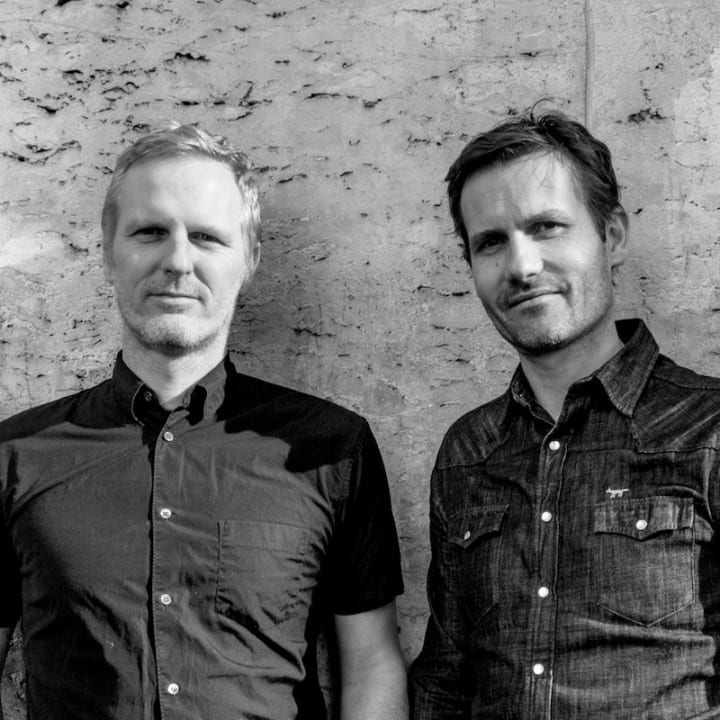
I am immediately struck by the “Parisienne Opéra” chandelier, which looked like the iconic Parisian streetlamps. Etienne smiled and said that the designer, the architect Régis Botta, was inspired by a nocturnal walk under the streetlights of Paris. The name of the collection was perfect. Paris was the world’s first city to use electric lighting on the avenue de l’Opéra in 1878. The glass domes resembled the lantern part of the streetlights, and the chandelier could feel like dots of lights floating above you reminding you of Paris, the City of Light.
The next project that stopped me dead in my tracks was a project they did for the Elie Saab flagship store in London. They created a dramatic three-story cubist metal structure with light boxes fitted throughout. This monumental light sculpture soars from the ground floor up through the center space of a grand circular staircase lighting one’s path along the way. They seem to sculpt with light. What is so astonishing is that you don’t see the light source. They seem to have harnessed the light and it glows from within. Etienne and Eric are engineers by training but their love of art shows through in their work. They are engineers and artisans combining science with art and creating a poetic universe.
Etienne loves taking photographs as it allows him to capture light in all its forms. Light creates a special atmosphere. One can see that shadow and light interactions are important, because a world without shadows is flat. Etienne thinks that the most beautiful light comes at sunrise. This shows through in Ozone’s work as all of their lighting is warm and diffused, never harsh. It feels as if they have captured the glow of the sun, as you can see so sublimely in their “Line L200” wall lamp that was designed by Etienne and Eric. Using an aluminum structure, they wrapped the light with a soft diffusion material evoking a Japanese design. This diffused light is meditative and serene, making the large light fixture appear weightless as if it could float into the air if it was not anchored to the wall. Etienne is inspired by Japanese aesthetics as he developed a deep love of this art when he lived in Asia for several years early in his career. Looking at this collection reminds me of a wonderful Victor Hugo quote, “To see beauty is to see light”.
“Light creates a special atmosphere. One can see that shadow and light interactions are important, because a world without shadows is flat.”
We then started discussing one of my favorite projects, the Monsieur Bleu restaurant at the Palais de Tokyo in Paris. In 2013, the French architect, Joseph Dirand, designed the space and collaborated with Ozone on the “Joseph Dirand Gelule Wall Lamp”. This oblong metal sconce looks like it is hovering in front of the wall, and it seems that the light emanating from behind is holding it in place, showing that light is powerful and strong. It has a futuristic quality about it. Joseph also included in the restaurant Ozone’s re-issued “Brasilia” chandeliers that were designed by Michel Boyer in the 1970s. This chandelier had been originally designed for the French Embassy in Brazil. These ethereal lamps seem to float in mid-air. All of the lighting used is indirect to avoid casting shadows and it creates an inviting and flattering atmosphere for the diners. I love the use of the vintage design of the Brasilia chandeliers with the contemporary design of the Gelule wall lamps to seamlessly combine the past with the present in a timeless interior.
We then take a tour around the workshop. All of Ozone’s lighting pieces are designed and made by hand in Paris and assembled in their intimate workshop (the metal pieces are manufactured in nearby metal workshops). Metal framework for a new design just arrived and I watched them open up the packages to see the design for the first time. Large, round metal circles of varying sizes appeared one after another. This is part of a chandelier design they created for a private residence in France. As it is for a private client, no photos were allowed but I did see the drawing and was awed by another creative way of showcasing light in a way I had never seen before. Etienne’s two colleagues started assembling the metal pieces and preparing them for the LED panels. I saw them but was sworn to secrecy as their lighting configuration was top secret (not that I could spill any secrets anyway, as it was beyond my comprehension). To me that is the magic of seeing this process. The end result is so beautiful that one forgets that there is masterful technology and extremely sophisticated engineering behind the creation. All of the electrical parts and tools are organized perfectly around the workshop and one can see that these magicians take great pride in their work.
As I am about to leave, Etienne surprises me with a sneak preview of their latest collection that will be released in a few weeks. Etienne and Eric design many of the pieces themselves but they also have a series where they collaborate on collections with architects and designers such as Joseph Dirand, Jean-Michel Wilmotte and Régis Botta. This newest collection is designed by Glenn Sestig and is called “Tennessee”. I told Etienne that it was such a wonderful coincidence that this was the title as my mother is from Tennessee. It is called Tennessee as a tribute to the great outdoors, cult American music and Tennessee Williams. This collection has a beautiful combination of architectural and decorative elements with the soft, round paper shades morphing into the strong metal framework. I love how a Belgian designer collaborates with a French company to produce a collection inspired by an American idea.
As I walk out into the courtyard and make my way back to the street, I think about how important light is in any architectural and interior projects. Light is one of the most important elements of any room. How wonderful that Ozone is based in the heart of the City of Light.
On a side note, I highly recommend looking at Ozone’s Instagram account. They are always including inspirational photos of the changing nature of light and capturing light in its infinite ways. I sent a thank you text to Etienne the next day and he responded with a lovely note that included a quick video of the Eiffel Tower’s shimmering light show just as the sun was setting. It was twinkling like stars and he captured the magic of light exactly how he imagines it with what he and his colleagues create at Ozone.
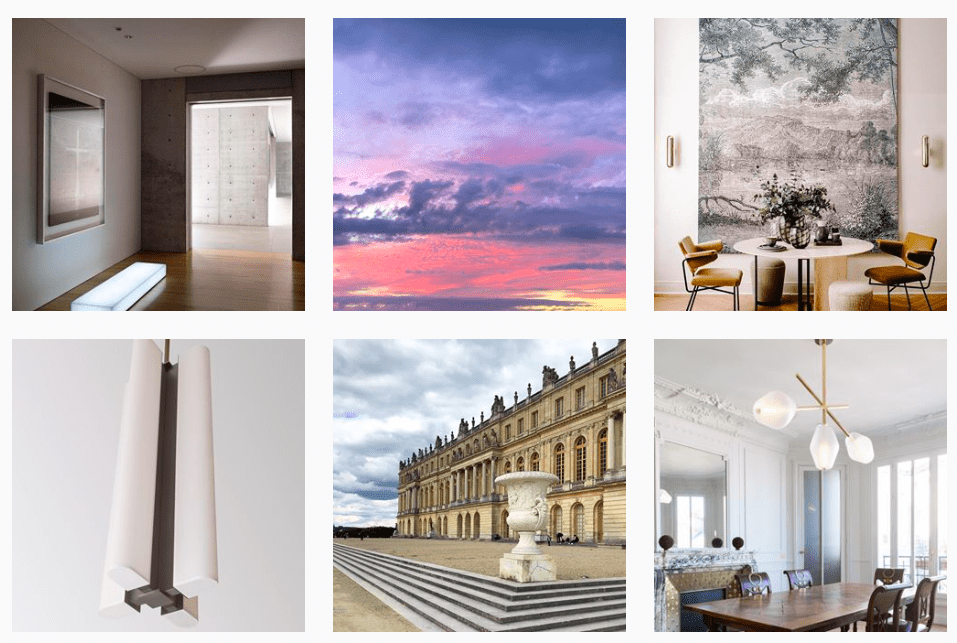
A stroll through the Marais:
I had the rest of the afternoon off, and I did what I love to do when traveling. Using Google Maps, I plugged in my final destination (an art gallery about 15 minutes away from Ozone) and started meandering through the streets, not knowing where I was going but discovering interesting things along the way. I would turn down a street on a whim knowing that Google Maps was watching over me and would never let me become entirely “lost”. I decided to take a skinny pedestrian street that connected two larger streets. I then saw something before me that for a moment made me feel like I was in “Les Misérables” (it was fresh in my mind as before my trip I watched my friend’s daughter perform in that play). Right in front of me and practically filling the entire width of the street was a large wooden “barricade”. I then thought that perhaps it was “street art” but I quickly noticed that it was actually holding up the bulging wall. I filled my exercise quota in 30 seconds by sprinting as fast as I could past the tension filled assemblage. This burst of adrenaline was soon replaced by a soothing ahhh as I turned onto a different street and could see that every doorway had flowering hearts and lovely sayings painted onto the wooden doors. I love these constant surprises. As someone who lives in a big city and when I see so many people walking around town with their noses buried in their phones, I always think to myself, “look up” as you will see so many inspiring things. Around the corner I passed a shop with the most beautiful shop window. At Muskhane, the windows were filled with whimsical items all made of felt. As a matter of fact, the entire store is filled only with decorative felt objects.
I then reached my final destination, the photography gallery, La Galerie de l’Instant on Rue de Poitou in the 3rd arrondissement. I wanted to see their current exhibition of photographs of Jane Birkin from the late 60s/early 70s. The photographs were taken by her brother Andrew Birkin and the photographer Tony Frank and they capture Jane in candid and unique moments in her life. I was especially drawn to those that included her great love Serge Gainsbourg especially after recently seeing the home they shared in the 7th. Downstairs in the stone basement they had an exhibition highlighting other photographers they represented and I saw beautiful images of Kate Moss and Marilyn Monroe among many others. I had the gallery to myself and I was able to quietly linger and enjoy seeing many classic images and discovering new ones.
I then headed back to Le Saint, my hotel on the Left Bank, and settled into the sofa in the living room of the hotel. In front of a roaring fire, I had a wonderful dinner and started planning my excursions for the next day. Halfway through my meal, an elegant elderly gentleman arrived and sat down in the chair next to the fireplace. He pulled out a cashmere blanket from his bag and wrapped it around his lap covering his legs. It was late February so sitting by the fire was a wonderful way to end the day. He pulled out a book and started reading and right on cue the waiter appeared with a cup of hot chocolate that he placed by his chair even though I never saw him place an order. We started chatting and it turns out he lives in the neighborhood but he is a regular at the hotel enjoying a few quiet moments relaxing by the fire and reading. I notice this in NYC too – so many hotels now are so comfortable and welcoming that they become an extension of one’s small apartment in the big city. I do that myself when I find time. The Bowery Hotel is located across the street from our offices at Par Excellence. Sometimes before or after a meeting I will venture down to the hotel for a cup of tea by the fire or will meet a friend to catch up. Suddenly, being at this hotel in Paris sitting by the fire felt a bit like home.
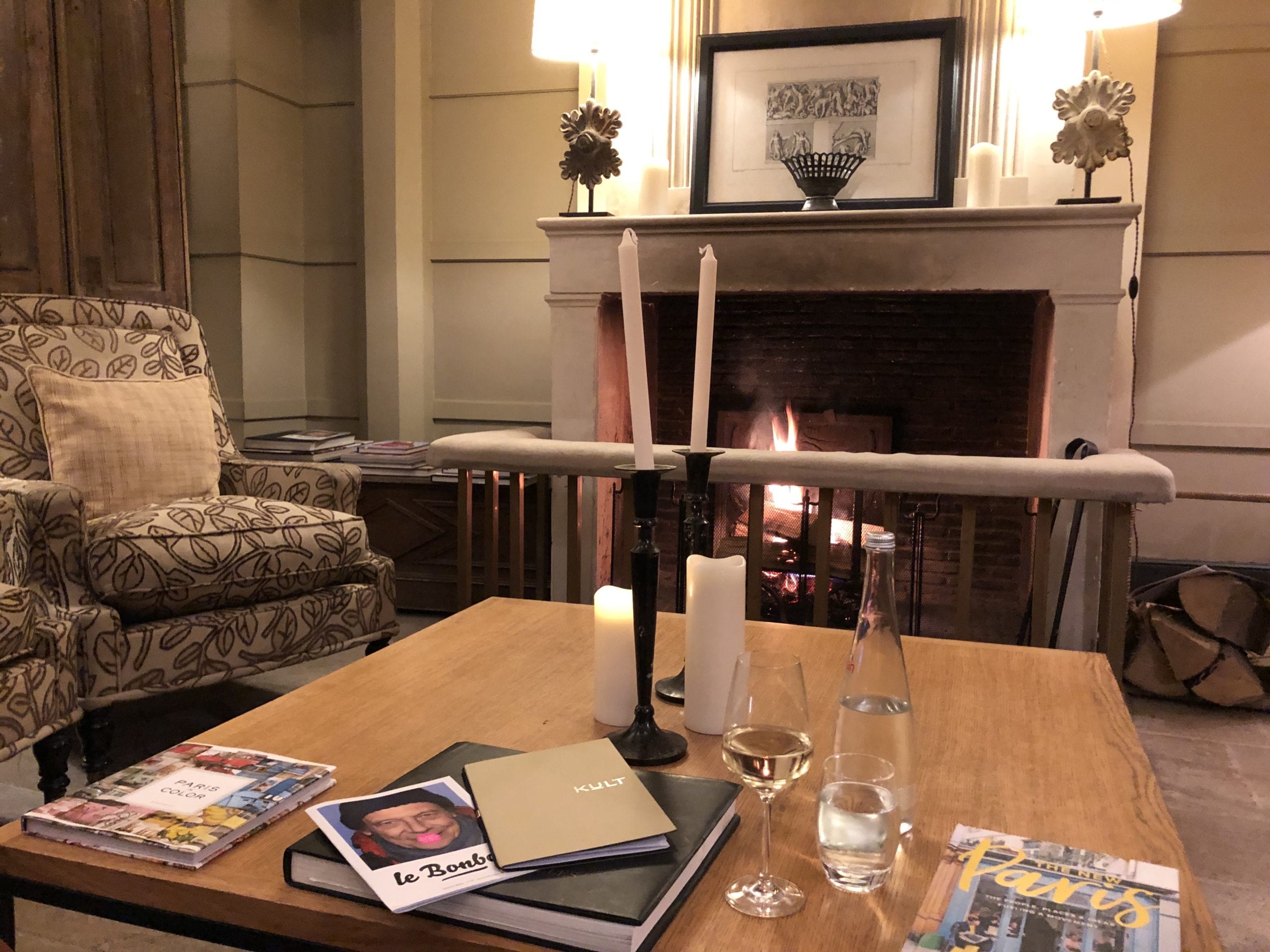
To be continued … à suivre….et à bientôt!
📸 by Jennifer Gyr

Jennifer Gyr is a Creative Consultant at Par Excellence. After obtaining a degree in Art History and Photography, she was a Helena Rubenstein Intern at MoMA in NYC and she completed the “Works of Art” course at Sotheby’s in London. She then worked for several years at the photography gallery Hamiltons Gallery in London and at Hyperion Press and Keith de Lellis Gallery in NYC. She was a private photography dealer for many years and served as an archivist and curator of a private photography collection in NYC. She also archived the estate of the photographer Horst P. Horst. She has curated several exhibitions and consulted on numerous photo books and exhibitions including with The National Portrait Gallery in London. When not seeking her next travel inspiration she lives in Brooklyn with her Swiss husband.
Share
"What Inspires Me" with Anna Beeber
At Par Excellence, we had the chance to interview the inspiring Anna Beeber, partner at Champalimaud Design firm. Here, she talks about the philosophy behind her creative process, her career at Champalimaud Design which she joined in 2010, her favorite architecture places and best tips in New York.
From product design, interior design to construction management, she has lead renowned projects such as New York’s iconic hotels The Carlyle and The Waldorf Astoria, the Su Casa in Puerto Rico, as well as a series of luxury residential projects, among them a Park Avenue residence where our partner Atelier Jouffre intervened.
Internally, Anna collaborates closely with founder Alexandra Champalimaud on the Champalimaud Collection including private label furniture, fabrics and trims available at Holland & Sherry and rugs for The Rug Company.
Could you tell us a bit about your path and career?
I studied Sociology at Georgetown University with the hopes of entering the non-profit world and working to enhance quality of life in America. But jobs were scarce, and I ended up working in real estate instead. While touring incredible homes in Washington, D.C., I realized that many people had no idea what they were doing with their interiors – everyone’s houses seemed a mess! I decided to trade my goal of enhancing people’s lives through policy for the shot at improving their lives through good design.
My boyfriend at the time (now my husband) was transferred from his job in New York to London and I desperately wanted to follow. I was fortunate to secure a spot at Inchbald School of Design in London where I studied Interior Architecture. Upon graduation I went to work at a small residential firm before moving back to New York in 2010 and joining Champalimaud Design.
Is your love for design related to your education or are you self-taught?
I love creating order and harmony and helping people sort through their priorities. This promotes a balanced environment that is reflective of one’s personal style. Thinking back, I realize I always practiced this – my sister Julia and I shared a room as young girls and we redecorated every Wednesday afternoon. As I got older, I found myself redecorating and reorganizing my friends’ bedrooms and later their apartments and houses.
Of course, I had no idea what I was doing until I went to design school. My education at Inchbald gave me the vocabulary to articulate the process and the confidence to pursue a career in the field.
What attracted you to join Champalimaud Design in 2010?
I am lucky to be friends with Alexandra Champalimaud’s family and had long admired her work and the reach of the studio. She is an extraordinarily charming and sophisticated woman with a magnetic personality. I love her sense of irreverence, natural style, and ambition. I wanted to work with her from the moment I met her; I knew I could learn an enormous amount about design and life in general.
What is the project you are the proudest of?
I am most proud of the projects that we complete successfully despite great challenge. There have been many that fit this category! And for so many different reasons – extreme climates, difficult access because of remote or distant locations, delays due to weather or natural disasters, and on and on.
Recently we completed the renovation of Su Casa, the magical Presidential Suite at the Ritz Reserve in Dorado Beach Puerto Rico. My first visit to the property was shortly after Hurricane Maria ravaged the island. I stayed in the only working hotel room on the shuttered yet sprawling resort. There was an incredible rain storm the first night of my arrival and I felt quite fearful listening to the pounding waves and howling wind. The following day I toured the property with the ownership group and got a glimpse of the overwhelming damage caused by the Hurricane. Hearts were breaking over the loss of beautiful trees, the loss of jobs, and the loss of life on the island.
But our client was incredibly resilient and optimistic and lovely to work with. Together, as a team, we came up with a beautiful design strategy to enhance the property within a very short timeline. Along with some of my colleagues, we had the opportunity to spend quite a bit of time on site and I found the entire process enormously fulfilling. To see the completed project a year later, sparkling in the sunshine with flowers and trees growing everywhere and our incredible furnishings installed in the renovated house was truly incredible.
Photos by Emily Andrews
Where do you find your inspiration? Is there a designer or era you are particularly fond of?
Each project presents a different set of ingredients and I love to dig into these particularities to find inspiration. Our clients are all incredibly complex and interesting and each location is diverse. Because we work on a plethora of projects in many different regions, I find the program of each space to be energizing. From a private family retreat on a ski mountain to a 5-star boutique hotel on a beach, we get to work through the logistics and particularities associated with each space. I love listening to our client’s initial dreams for the property and using those desires to launch the search for inspiration.
What is your relation with craftsmanship? How does it blend into your projects?
Our job would not be possible without the incredible craftspeople that we work with on a daily basis; it is the relationship with these experts that continually inspires me. In many ways, our job as designer is simply a connector: we are connecting our clients to the people who will execute their projects. And along the way we try to elevate the vision and harmonize the various elements of the project to create a beautiful outcome.
“We are lucky to work all over the world and it is such a joy to meet people with unique talents in each part of the globe. Often we will take our initial sketches and drawings to the craftspeople and have detailed conversations about how to improve the concept. We are very open to the advice they are willing to share and we return to many over and over again because of their incredible skills. I have learned so much through these conversations and continually seek them out.” – Anna Beeber
We saw that back in 2016 you transformed with the help of Drew Lang a raw loft space into your new inspired modern home. What was the process like? Did you follow the same methodology as when you’re at work?
We lived in our loft for 4 years before renovating. During this time, I drew countless floor plans and layouts. But I always had a clear vision for what the space should look like from the day we bought it. I tend to think that the most successful projects are those that have strict design rules. They help build a rhythm in the space that enriches the overall feeling. Sometimes that means I am quite strict with clients to enforce the rules. And in the same way, I was strict with myself during the design process. There are so many beautiful choices when selecting materials, finishes and details. But they cannot all live within the same apartment!
“The experience of renovating my own properties including our loft in NYC has made me a much better design partner for our clients at Champalimaud Design. Inherent to the process of construction are great revelations and joyful moments, but there are many more moments of frustration, never-ending delays, and extraordinary costs. Because of my own experiences, I understand how my clients feel during the emotional process and I have a bit more patience and sympathy as a result.” – Anna Beeber
What is your favorite color or material of the moment?
There are so many exotic materials that we get to use and we are lucky to have clients who allow us to source incredible textiles made from metal threads, rare stones like Grand Antique (one of my favorites!), cast bronze, mirrored stainless steel and on and on.
But I personally cannot help but be continually drawn to the humblest materials: cotton, linen, and wool. They are timeless, they drape beautifully, they upholster perfectly.
Which city do you like best in terms of architecture? Or one building that strikes you every time?
This is a hard question! One of my favorite places is Barcelona. There are several distinct architectural styles ranging from Gothic to Modern and everything in between. It’s organized but simultaneously full of surprises, vibrant and colorful. There is an energy and grit in the streets that somehow compliments the buildings, most of which show a patina. It isn’t manicured and as a result the character oozes our of each neighborhood.
For the same reasons I love Istanbul. There is a sense of culture revealed through the architecture that is transportive. It’s almost as if the buildings are whispering their secrets and the layers are rich. I love that the buildings are all jumbled up with Byzantine, Medieval and Avant-Guarde structures living together on the same street. The history of the city is as complex as the architecture and I love the chaos.
Can you disclose something about yourself that might surprise us?
You would probably be surprised to know that I was born in a farm truck on the side of the road in central Alaska in the middle of winter. Luckily, my mother is a midwife and is incredibly resourceful, so she was perfectly equipped to handle the ordeal. I, however, needed to spend a few days in an incubator warming up.
Your favorite Blog/Instagram/Podcast?
After living in Washington, D.C. for 8 years, I’m afraid I carry the burden of the typical political junkie. My favorite Podcast is Preet Bharara’s “Stay Tuned with Preet.” It’s informative and educational and helps me understand the legal side of politics.

I love the instagram account @tinyheartsfarm. They are a flower farm near my house upstate in the Hudson Valley and a source of inspiration for my gardening efforts.
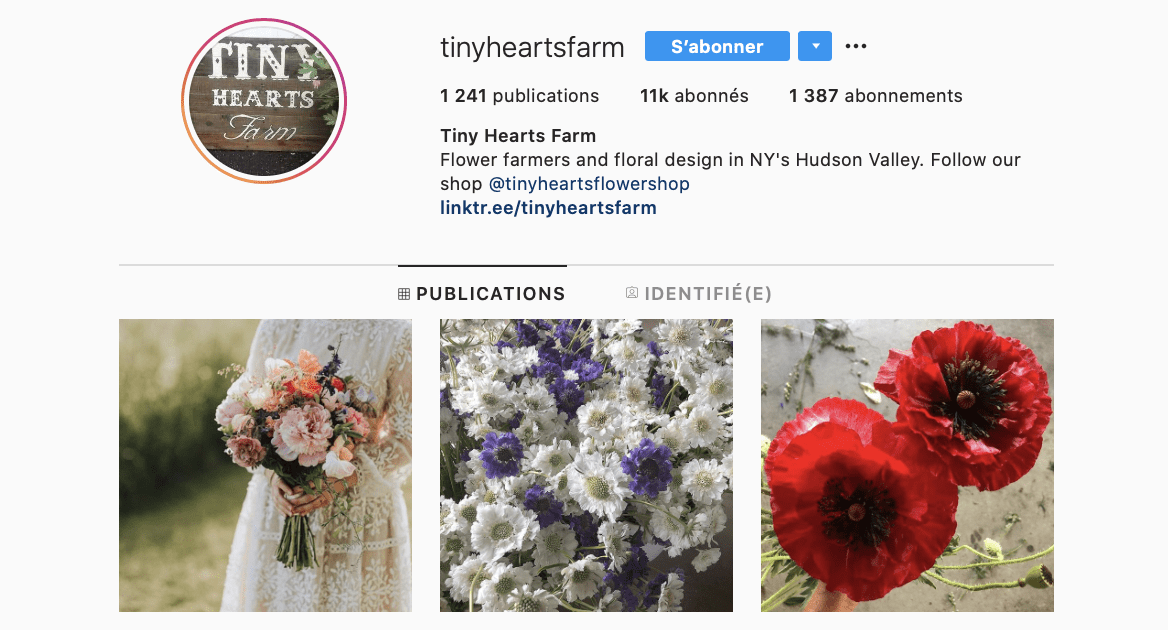
NEW YORK TIPS!
Favorite museums/galleries
I love the galleries on 10th Street & University – Bernd Goeckler, Hostler Burrows and Maison Gerard. The Future Perfect is just a few blocks away on Great Jones Street.
Favorite restaurants
I am lucky to live in a neighborhood with incredible restaurants and love that I can walk a few blocks and enjoy many different cuisines. My perennial favorite is Indochine which is across the street from my house and has never been out of style since the moment it opened in the mid-80s.
“And Atla, just down the street on Lafayette, is my favorite newcomer. The contemporary Mexican menu changes regularly but thankfully their cocktails remain consistent. I have grown quite addicted the “E.S.L.” – Anna Beeber
Favorite place
The Public Theater is my favorite place in Manhattan. Home of the former Astor Library, the Romanesque revival building was purchased by the Hebrew Immigrant Aid Society in the 1920s and provided aid for Jewish refugees until it fell into disuse. In the 60s it was turned into a theater and eventually became one of the first landmarked buildings in New York City. The Public Theater undertook a massive restoration recently and it is now a beautiful cornerstone of my neighborhood. The performances in the theater and Joe’s Pub are legendary and we will often catch a couple in one evening. Drinks in the Library provide a nice intermission.
Dive into Anna Beeber’ universe through her Instagram account
Discover Champalimaud Design’ projects here and their Instagram account
Share
William Amor, up-cycling creator of artificial flowers
Recycled plastic floral metaphors
Plastic artist William Amor transforms plastic waste into graceful flower bouquet. Jewelry, interior decorations, monumental installations… The founder of Créations Messagères transforms discarded materials into many beauty pieces, always combined with messages committed to nature.
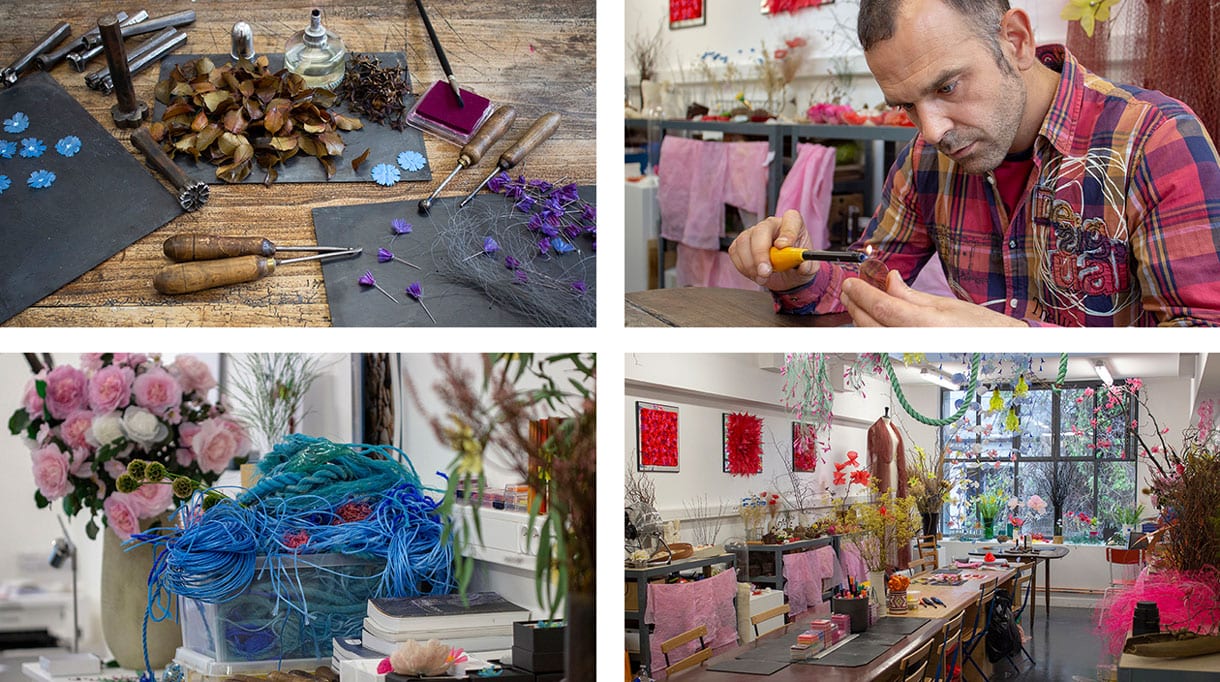
An ode to love and nature
Last October, a vast field of 250 poppies arose in the Palais Brongniart in Paris. This bucolic installation illustrated Kenzo Parfums’ values of love and sharing. These artificial poppies also showcased William Amor’s up-cycling expertise. Created by the French artist, each of the giant flowers was in fact made from an assembly of recycled plastic waste. William Amor has already been at the origin of such monumental installations. A “poetic flight” of fake flowers enchanted the Révelations fine craft and creation fair last year. Similarly, an artificial plant cascade sprang from a spectacular wall lamp in the heart of a luxury mall in Hong Kong. This seemingly floral effervescence is in fact the work of the “neglected materials’ ennobler” William Amor. To do this, this magician borrows processes from craftsmen such as jewelers, embroiderers and plumassiers.
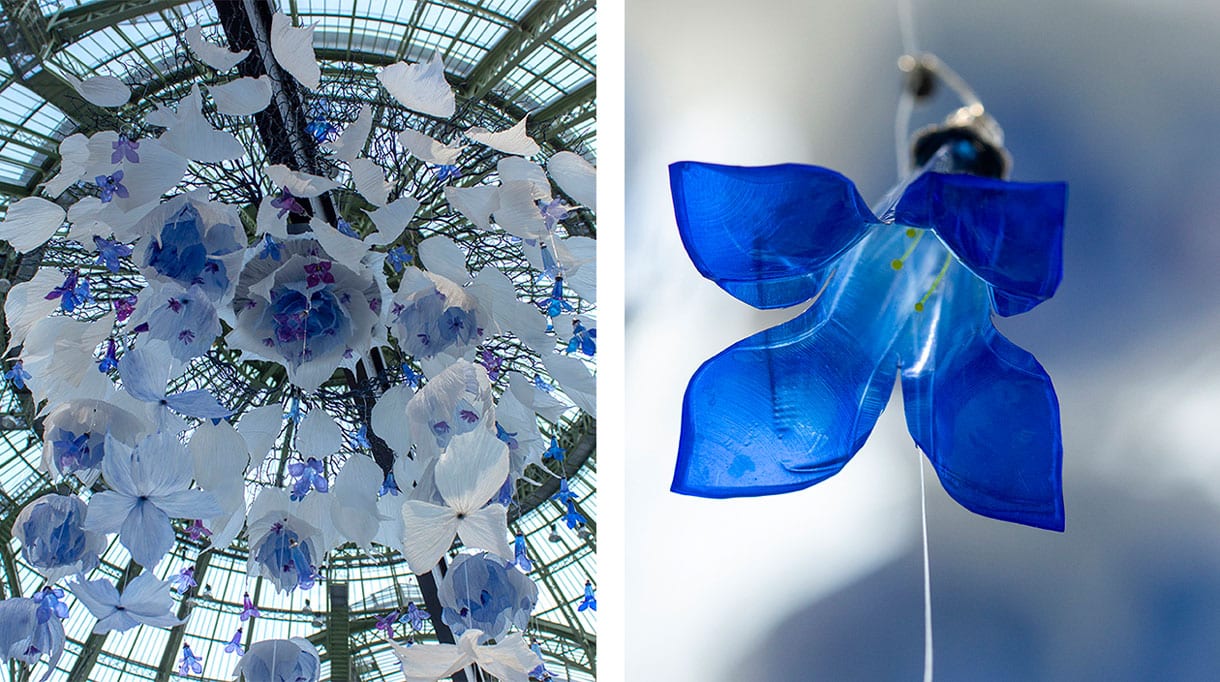
An up-cycling botanical creator
Former resident of the Ateliers de Paris and botanical enthusiast, William Amor defines himself as an “ennobler of neglected materials”. Indeed, this plastic artist creates works exclusively from plastic abandoned in nature. The result consists in hours of meticulous work to metamorphose shapeless ends into petals, stamens and colored stems. William Amor has thus implemented special cutting, shaping and dyeing processes. This up-cycling creator also revisits in his own way the gestures of traditional floral decorators and plumassiers. The outcome: a series of techniques to transform the smallest piece of discarded plastic into floral detail. Pieces of plastic bottles and bags are transformed into camellias, blueberries, poppies and other graceful flowers. In addition to these exceptional compositions’ beauty, these colorful nuanced flowers carry a committed message in favor of the environment.
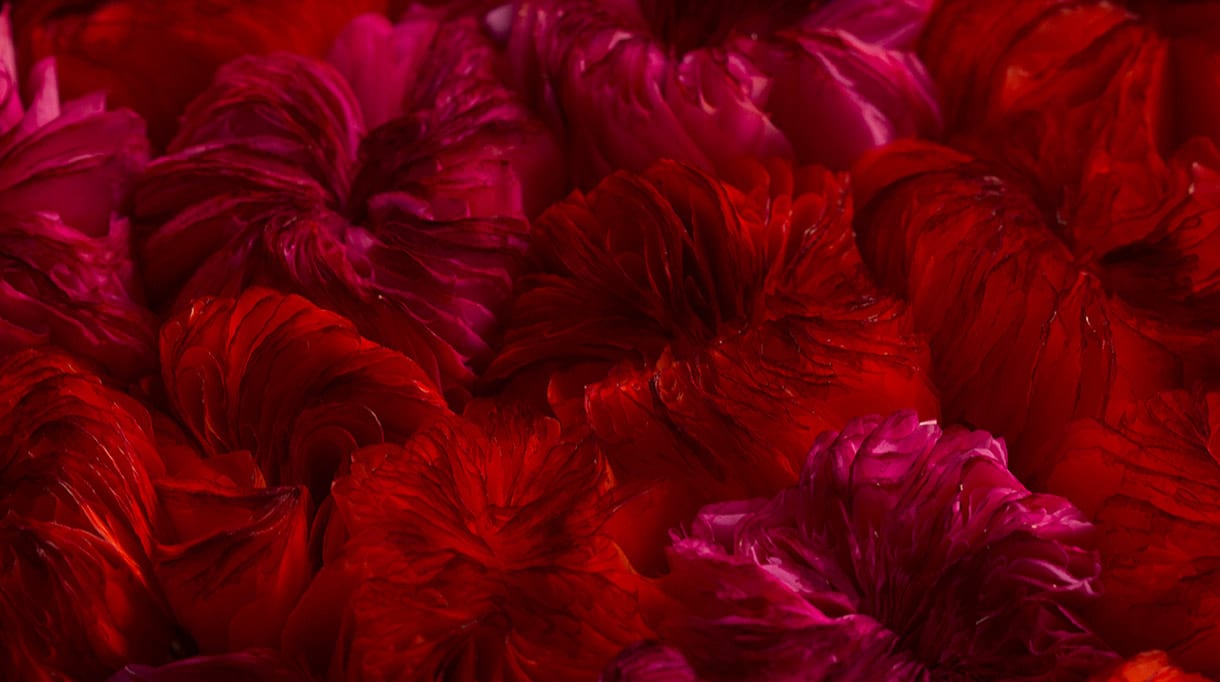
An engaged floral art
Not only does William Amor create works of art, but he also changes our outlook on waste. An old crumpled plastic bag thus becomes matter to create beauty following the example of precious stones. These wastes that clutter up nature begin a new life after being embellished. To that extent, William Amor tells us, in his own way, poetic stories about the preservation of the living.
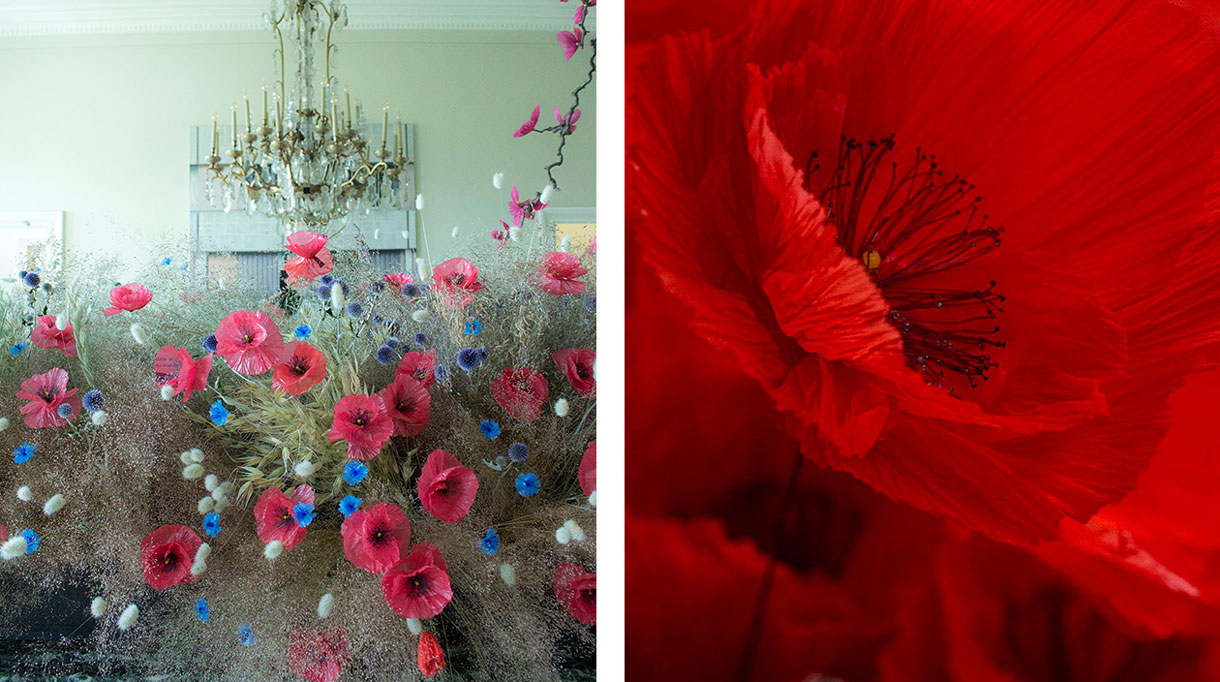
Founder of Créations Messagères, the artist also has a social and solidarity fiber. Since 2018, he has been calling on disabled collaborators in partnership with specialized structures such as ESAT (French settlement and work assistance service). Trained with William Amor’s know-how, the team works on the artist’s projects. In addition to interior design decors, the up-cycler designer creates small, delicate compositions such as a jewelry series. An opportunity to adorn oneself with pretty floral messages!
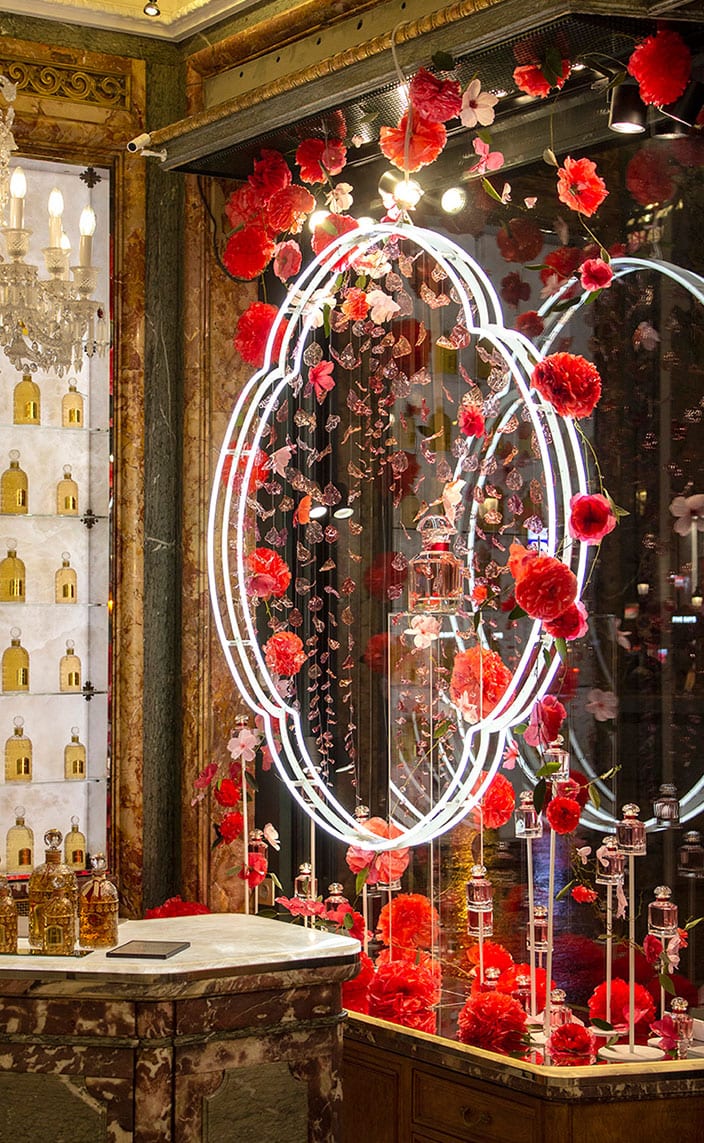
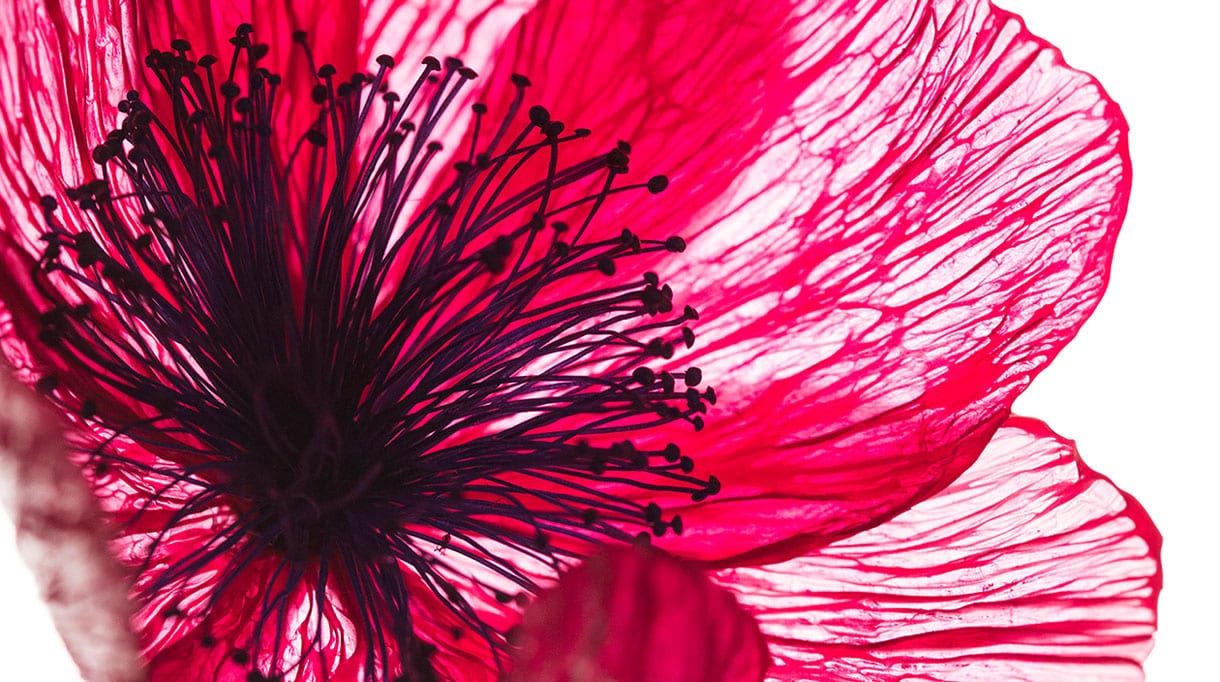
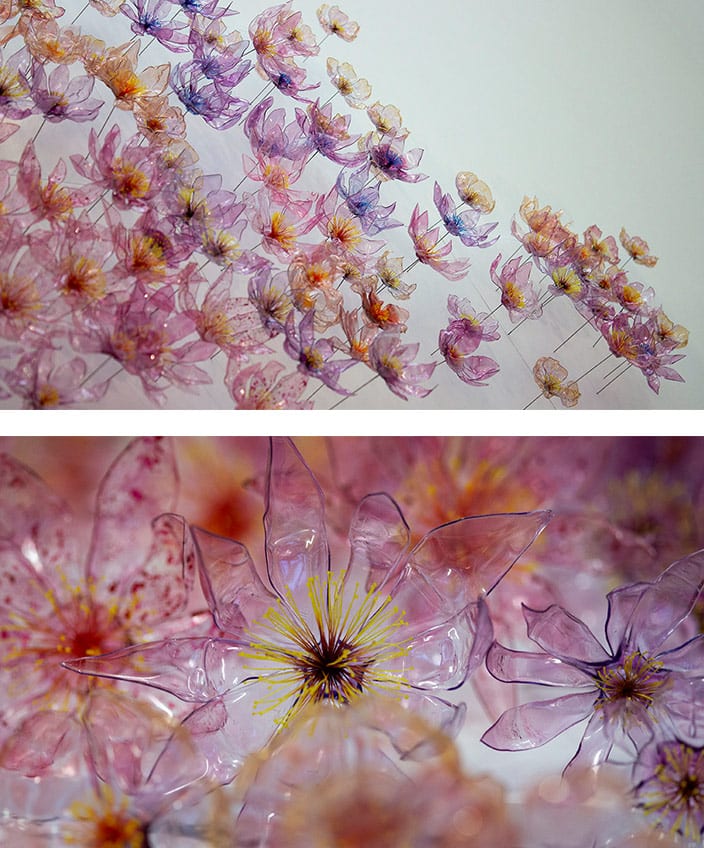
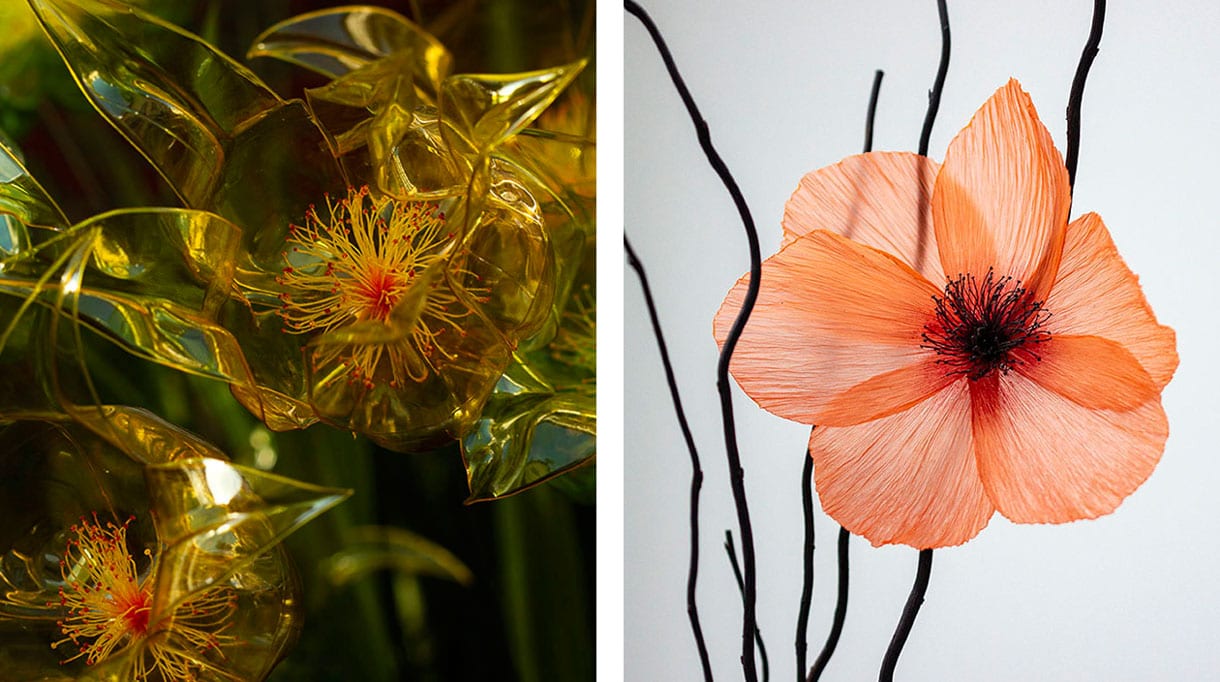
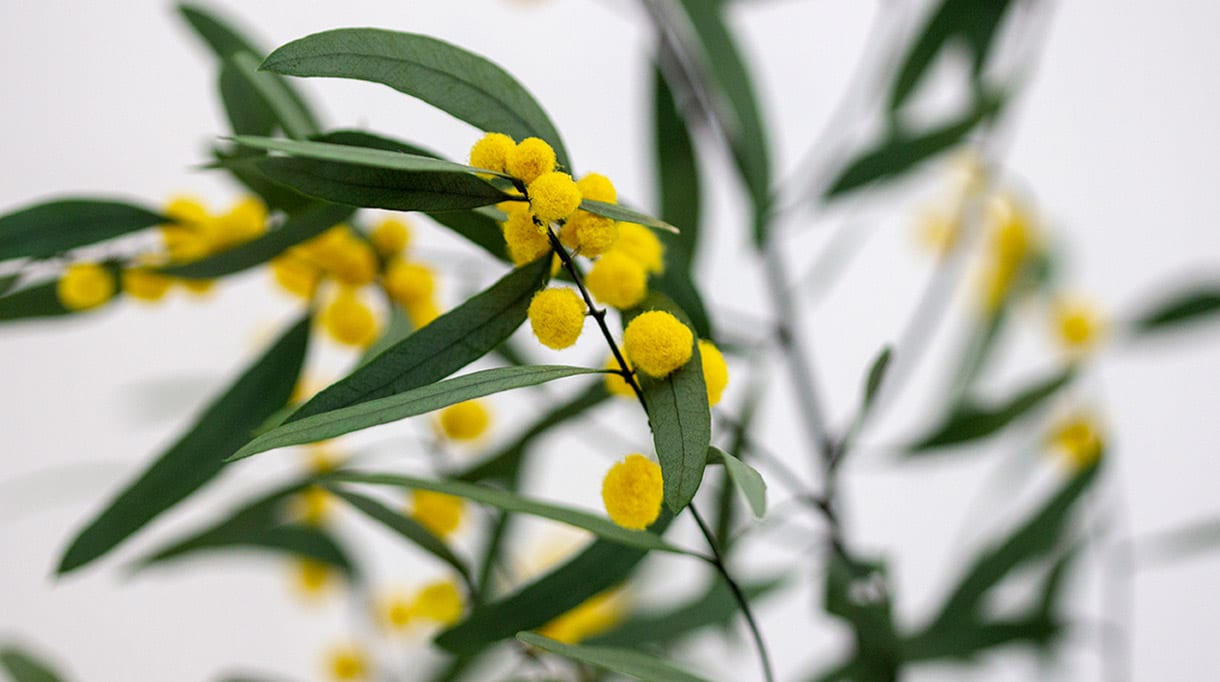
Créations Messagères
William Amor
4 A, Villa du Lavoir
75010 Paris
Share
NYC X DESIGN AWARD 2020
BIG CONGRATS TO MATHIEU LEHANNEUR AND ALL PAR EXCELLENCE’S CRAFTSMEN!
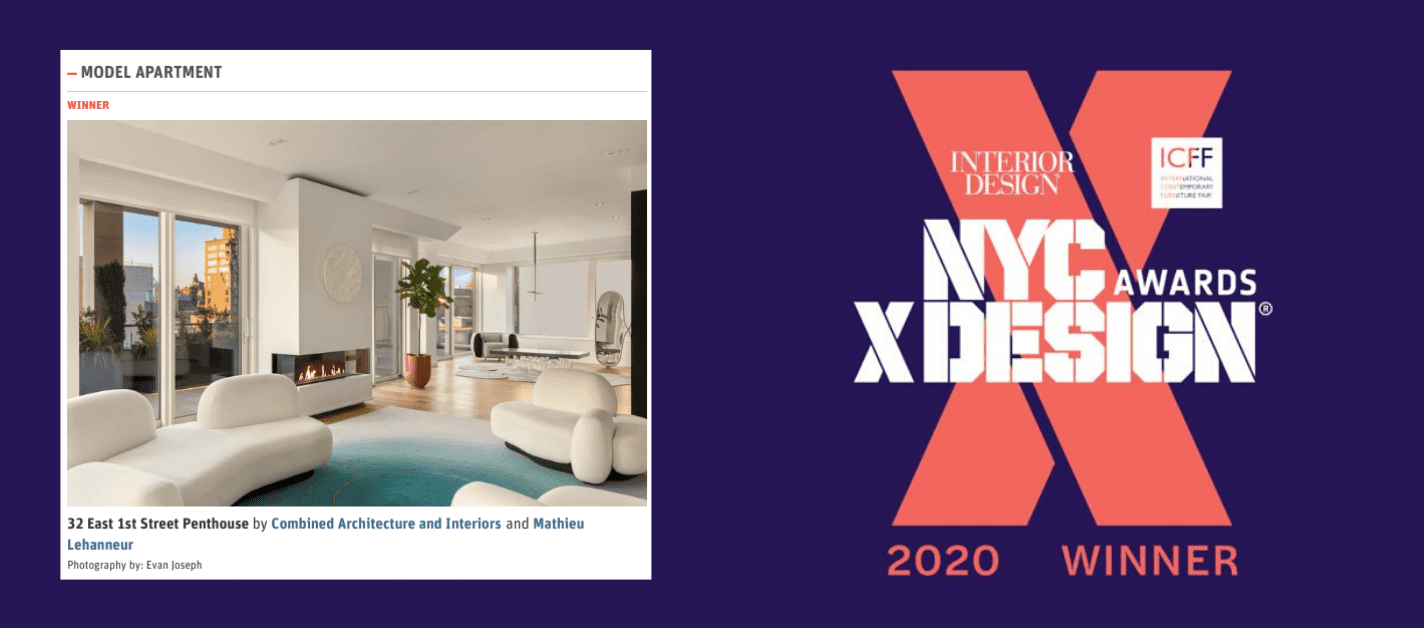
Penthouse of the 32 East First Street New York designed by the renowned interior designer Mathieu Lehanneur has been awarded Model Apartment of the year by the NYCxDESIGN Awards that honors outstanding projects and products in categories that span major areas of design.
Most of the furnitures were featured at the “AD Intérieurs” exhibition in Paris, France in 2018.
Mathieu Lehanneur collaborated and invited Par Excellence craftsmen to conceive the pieces for an immaculate meditation room. For the very first time the French designer entrusted all our partners to fabricate a collection of furniture, that we can admire now at the penthouse! Each of our partners has made an incredible contribution.
Endless Knot wall lamp by Ateliers Saint-Jacques and Ozone
Shape of Silence Sideboard by Jouffre and Ateliers Saint-Jacques
Siamese Mirrors by Ateliers Saint-Jacques
Twisted Infinity suspension by Declercq Passementiers and Ozone
Flat Hole Rug by La Manufacture de Tapis de Bourgogne
Straw Marquetry Table by Lison de Caunes
Photos by Evan Joseph
